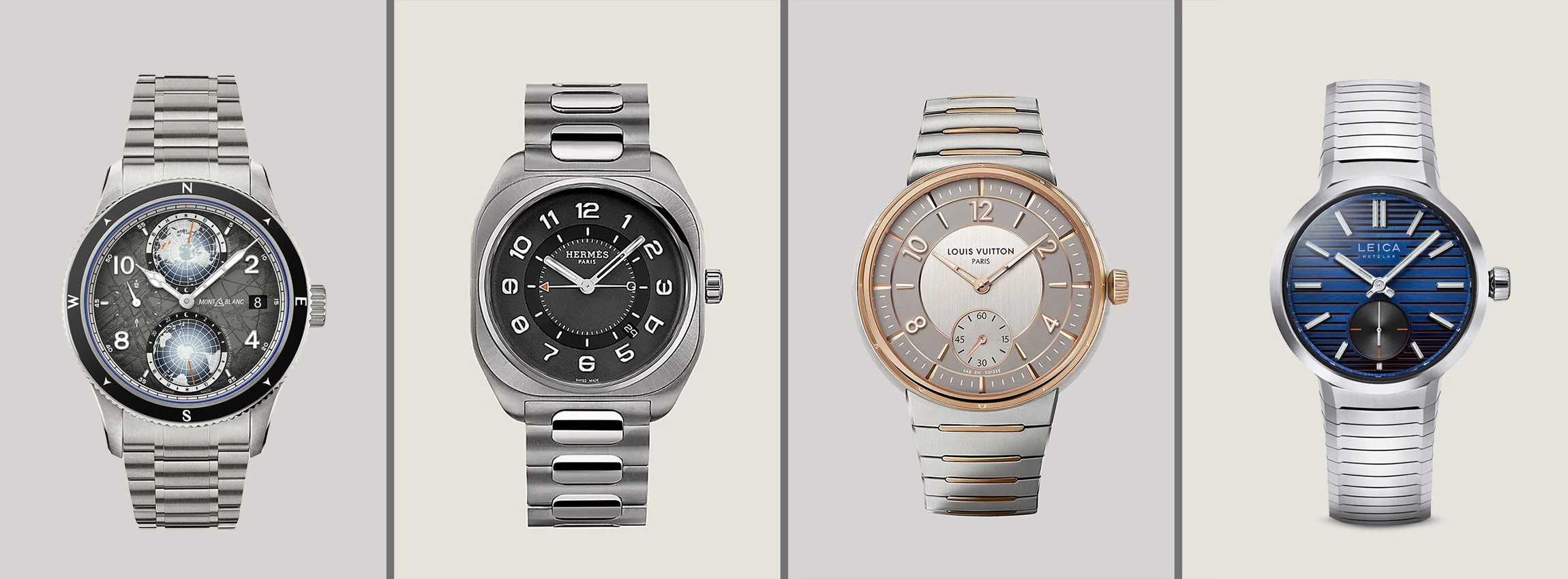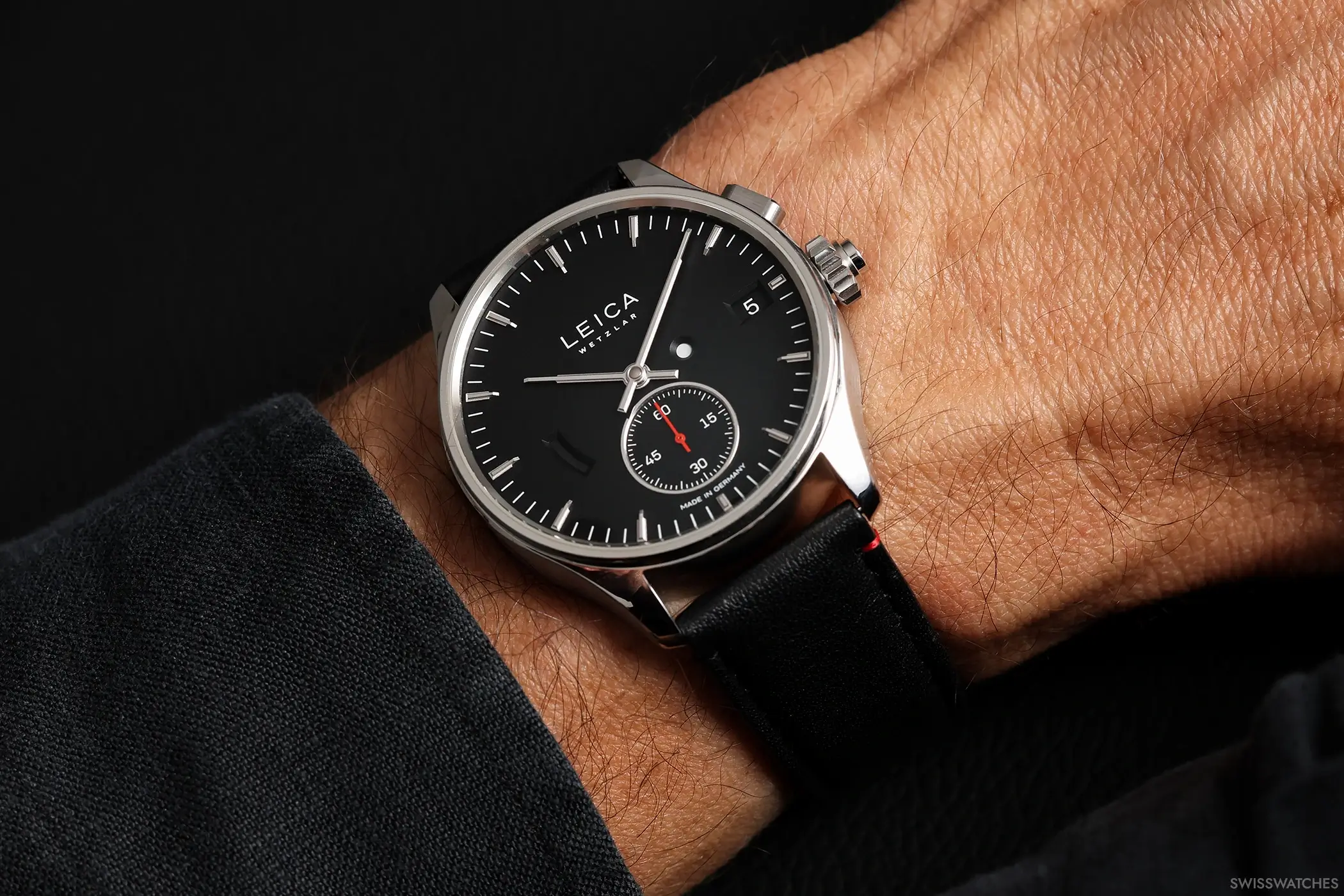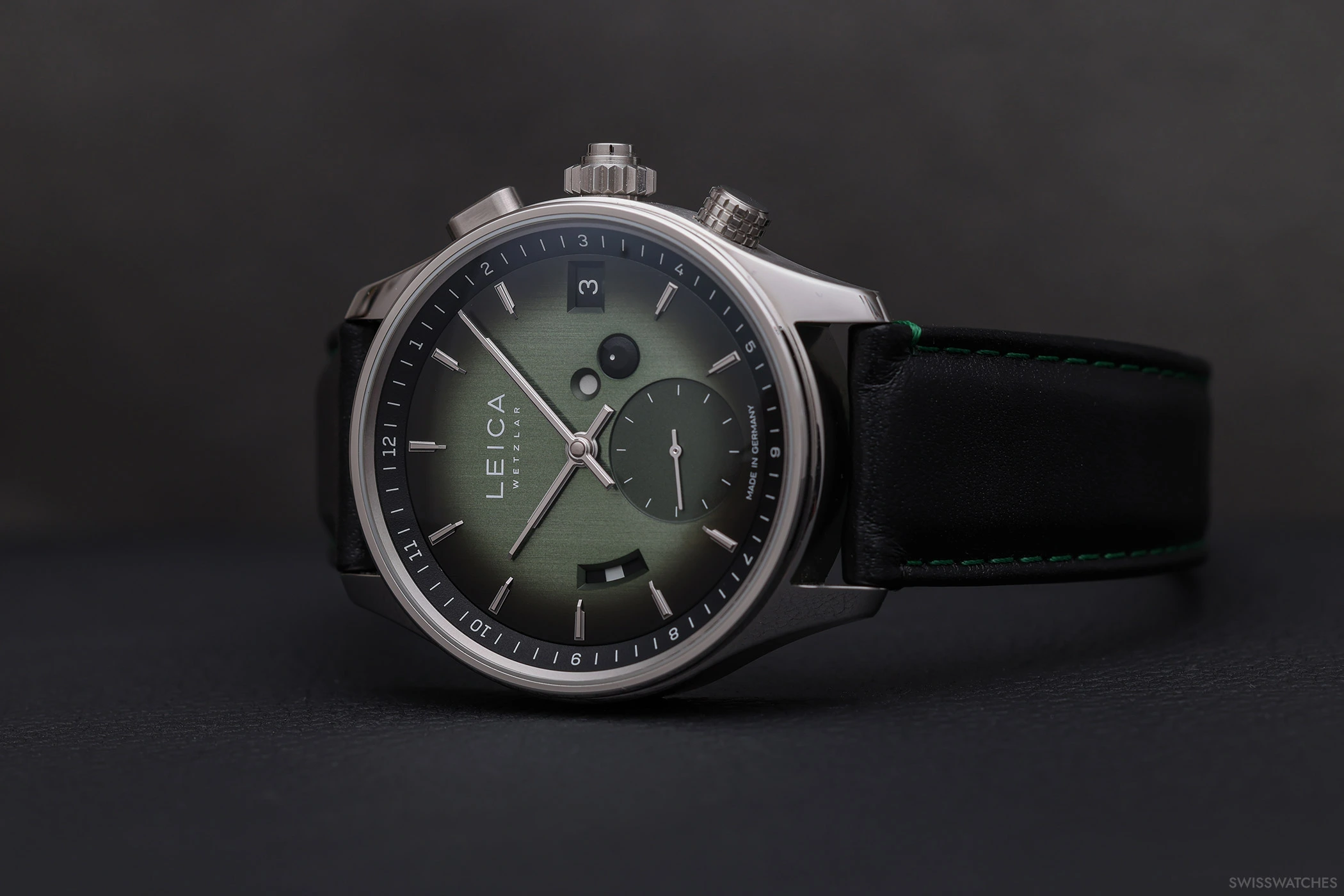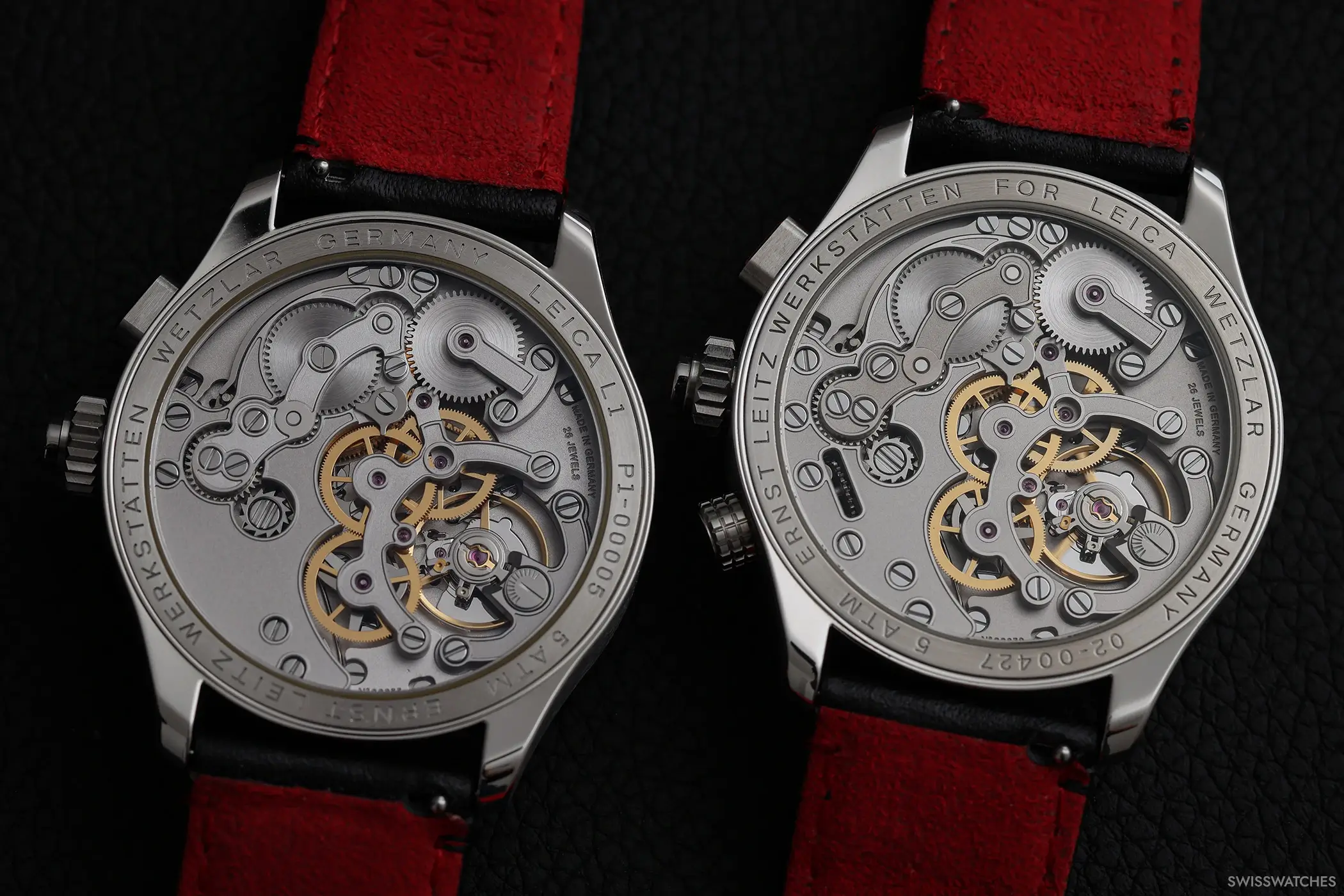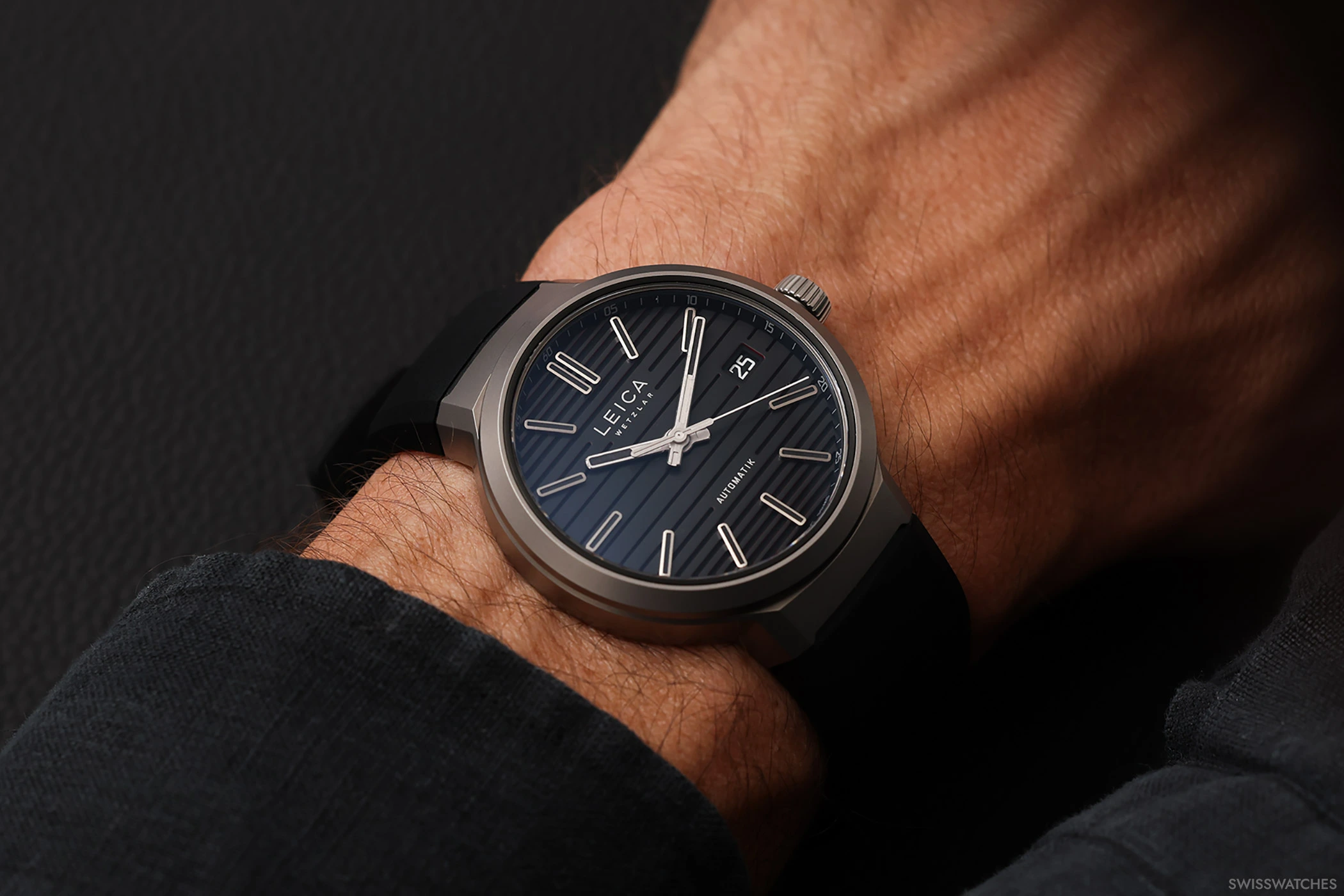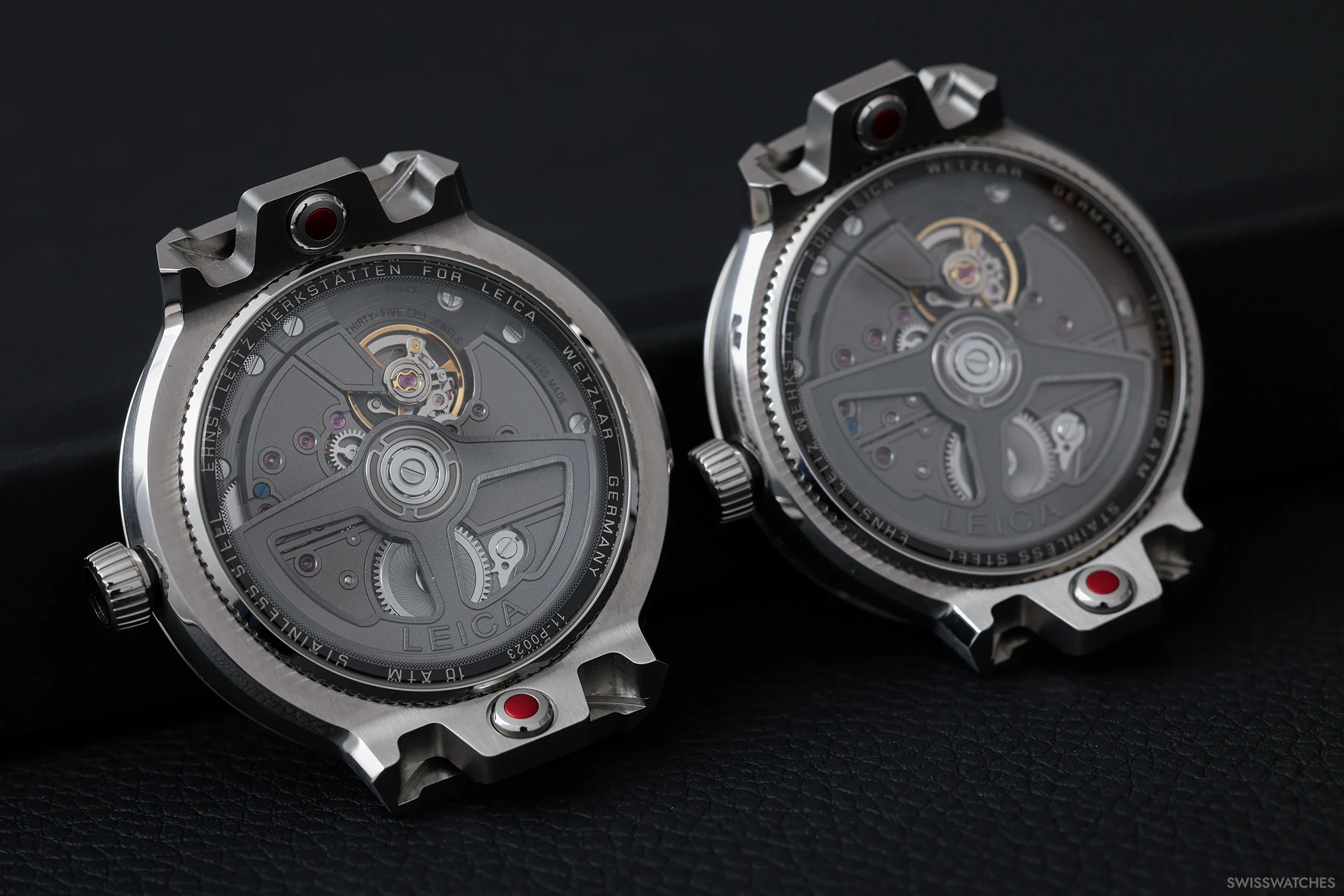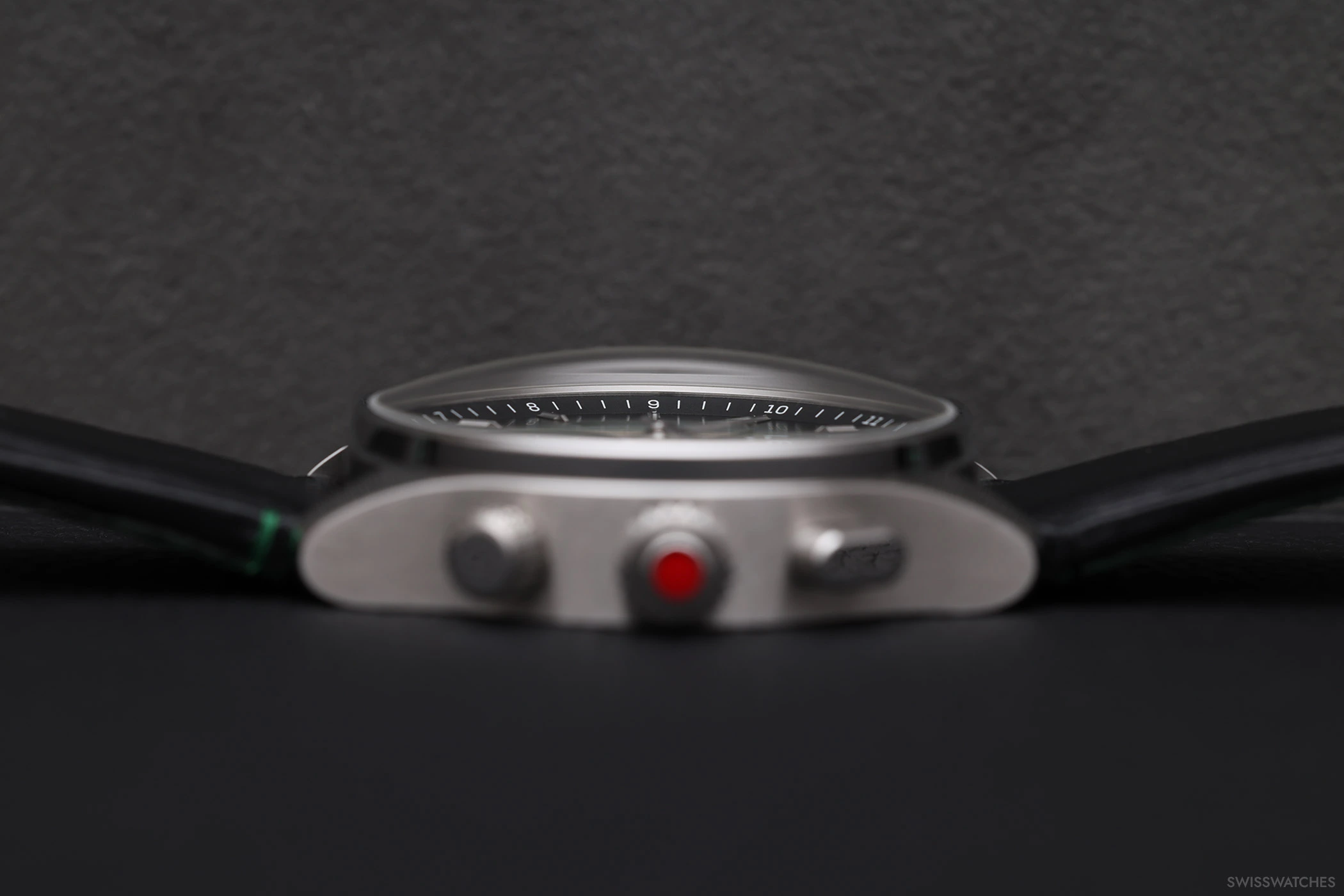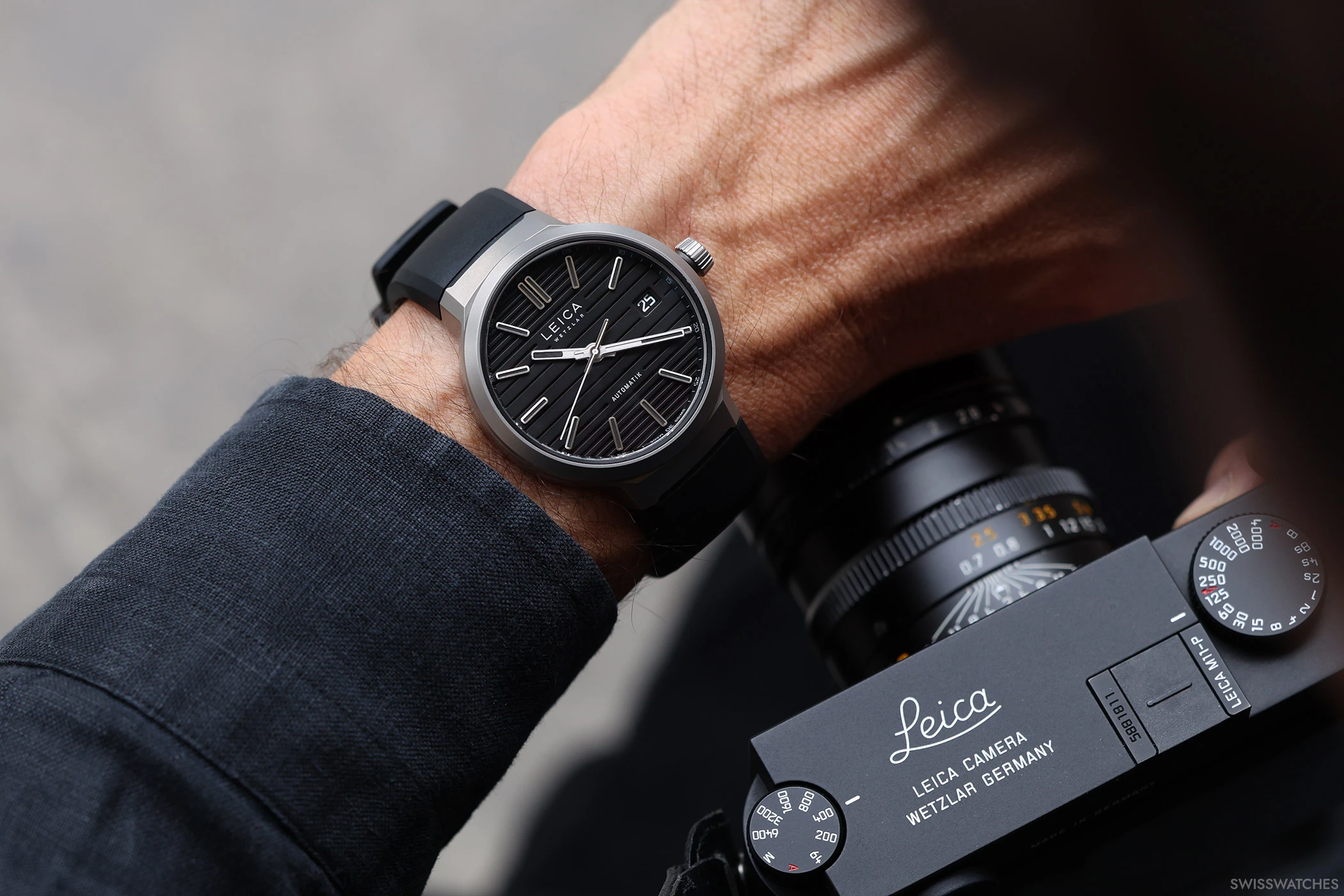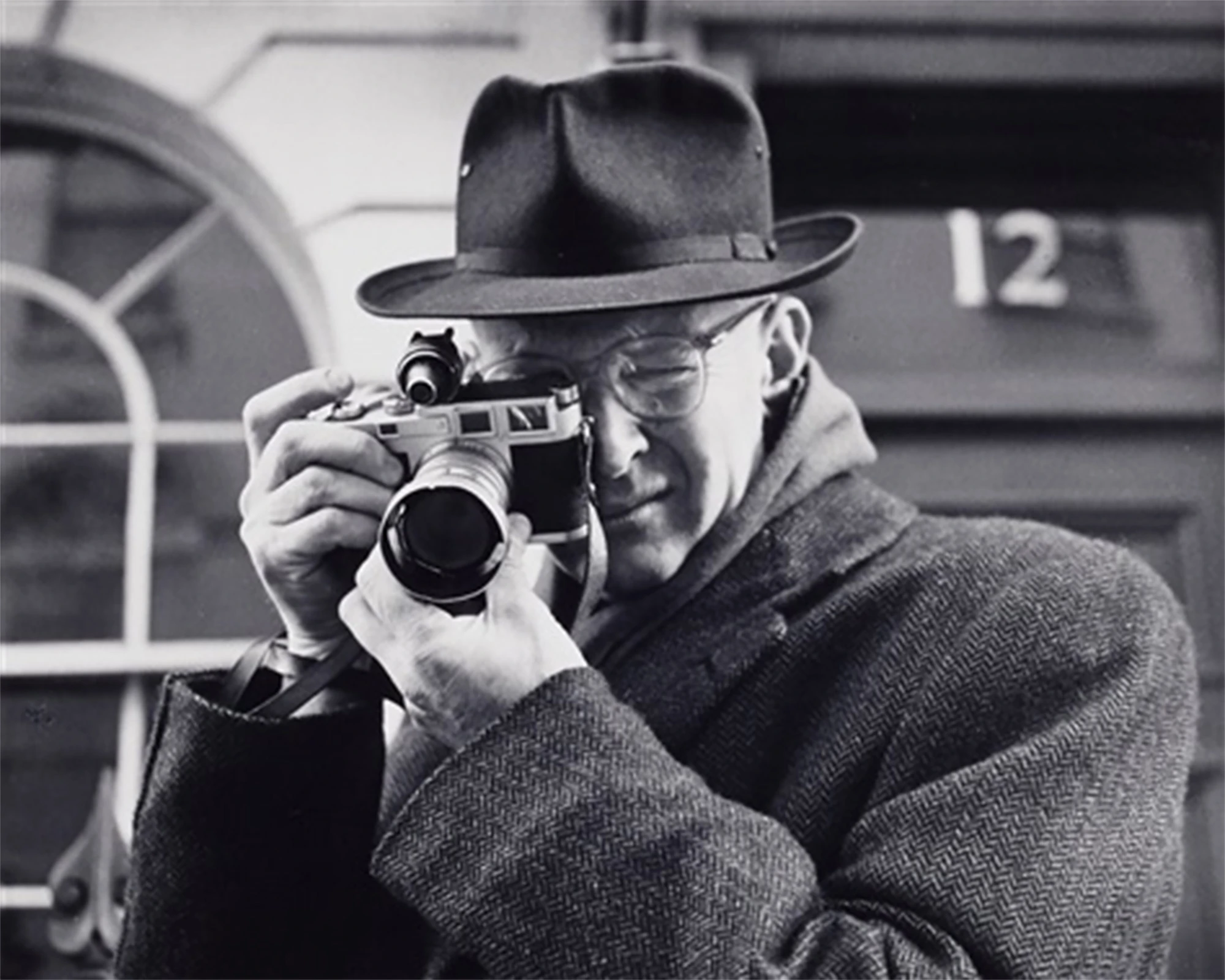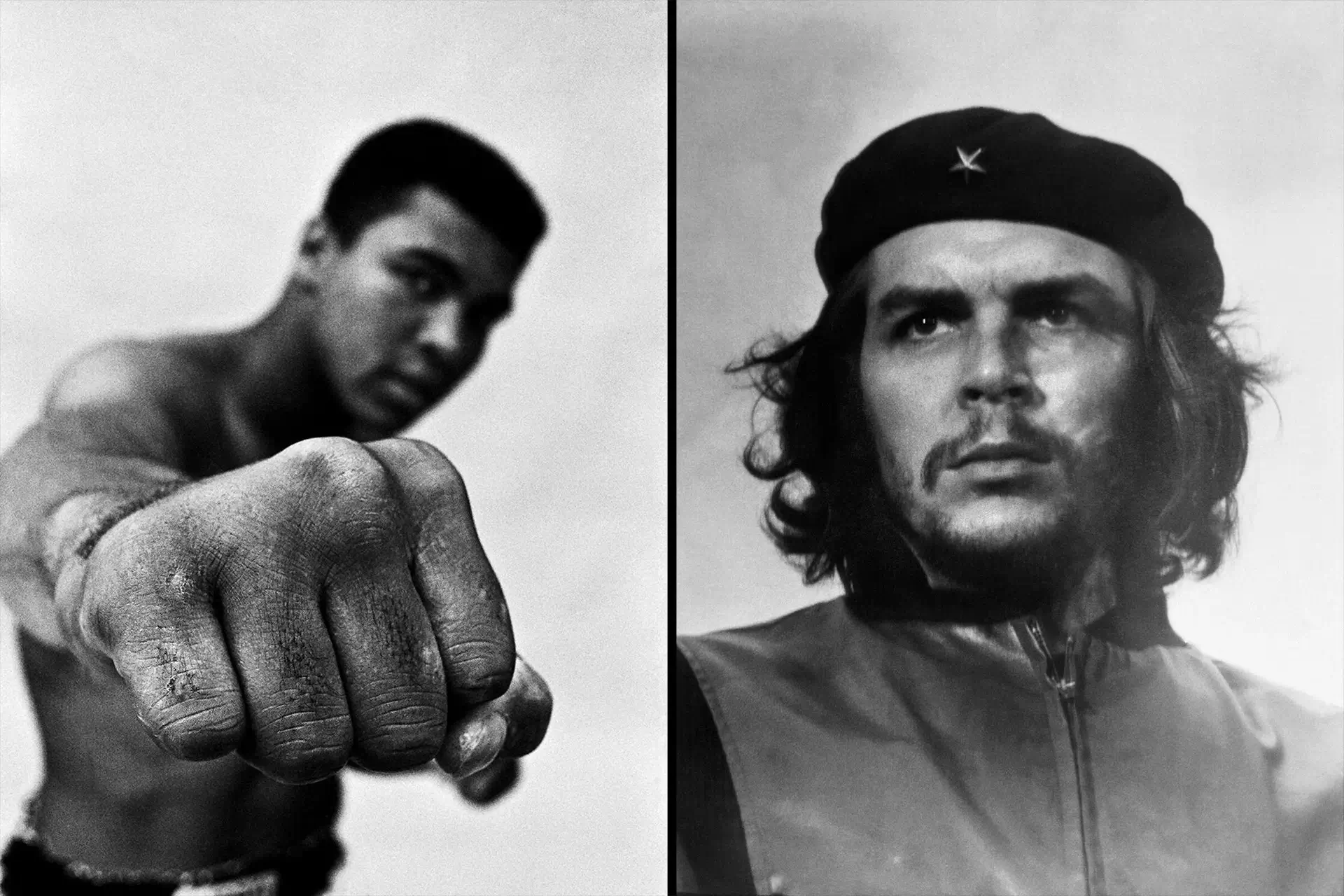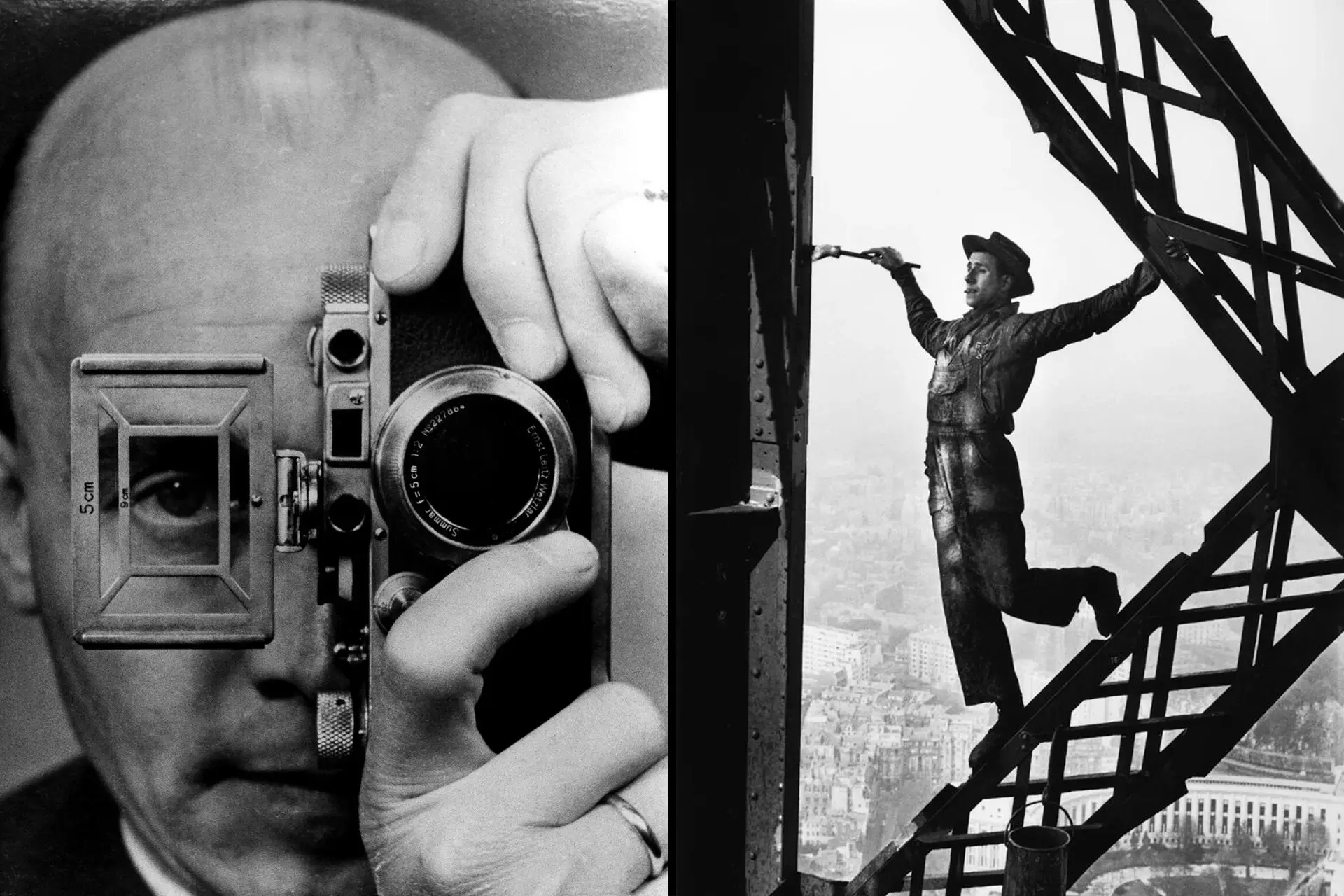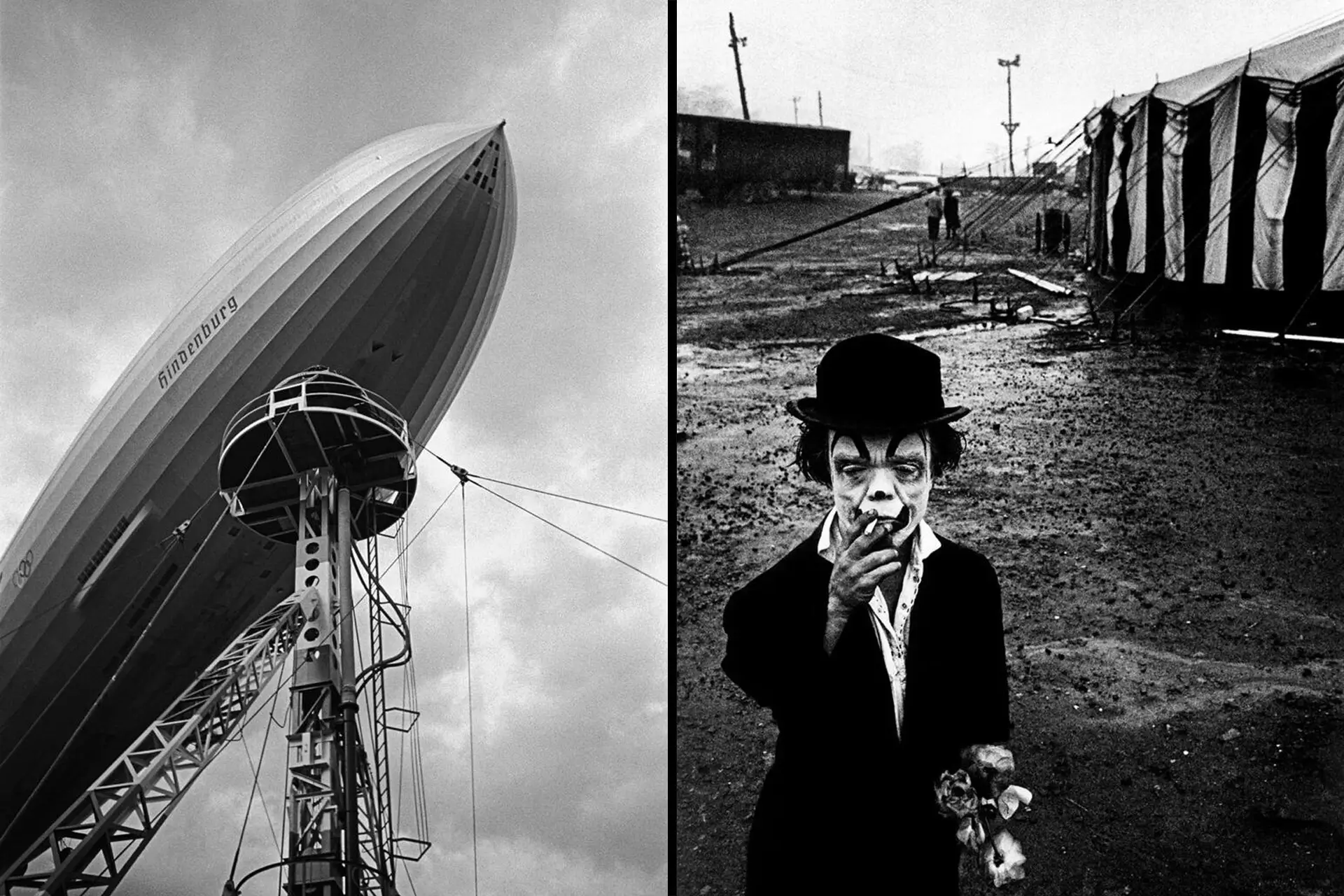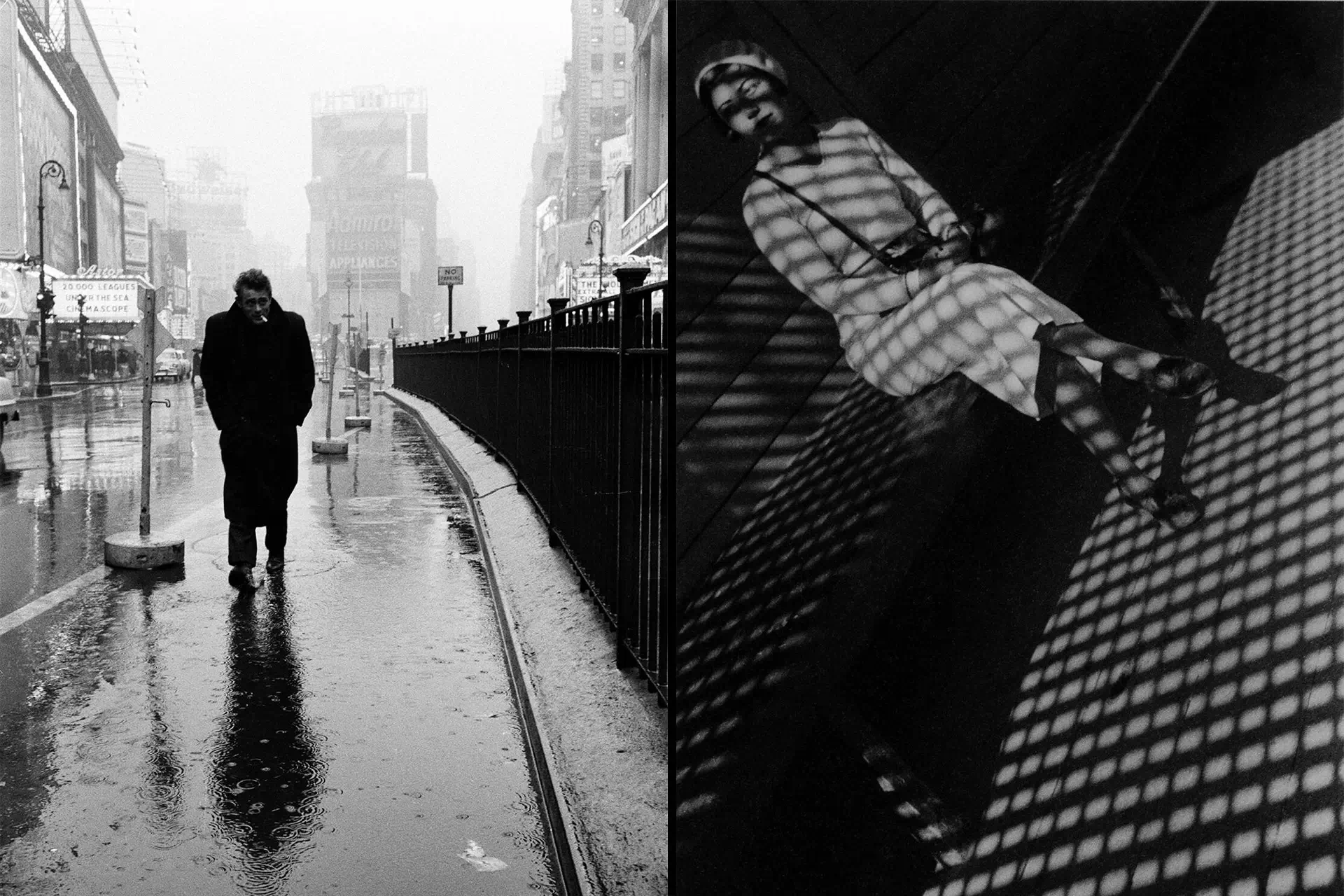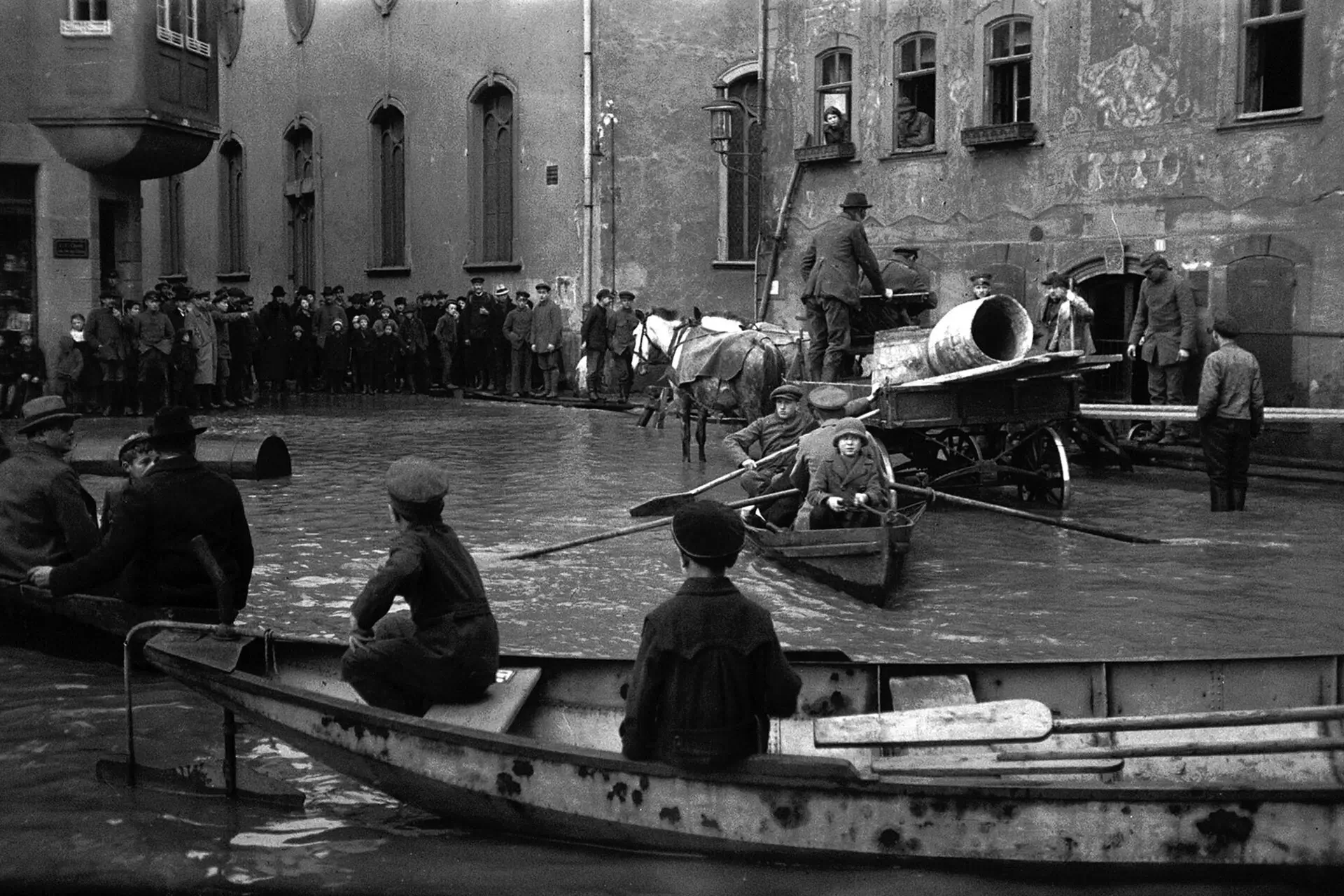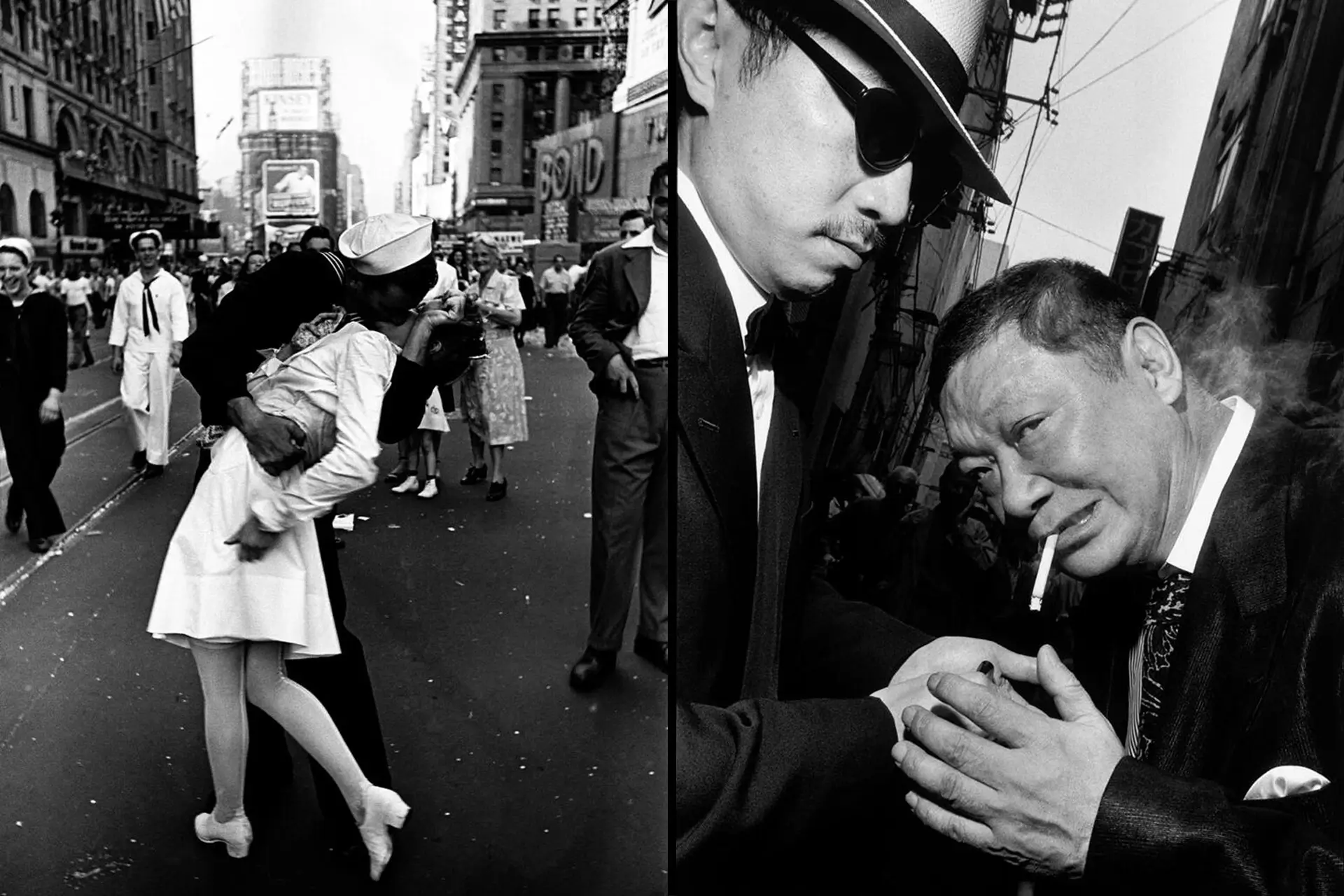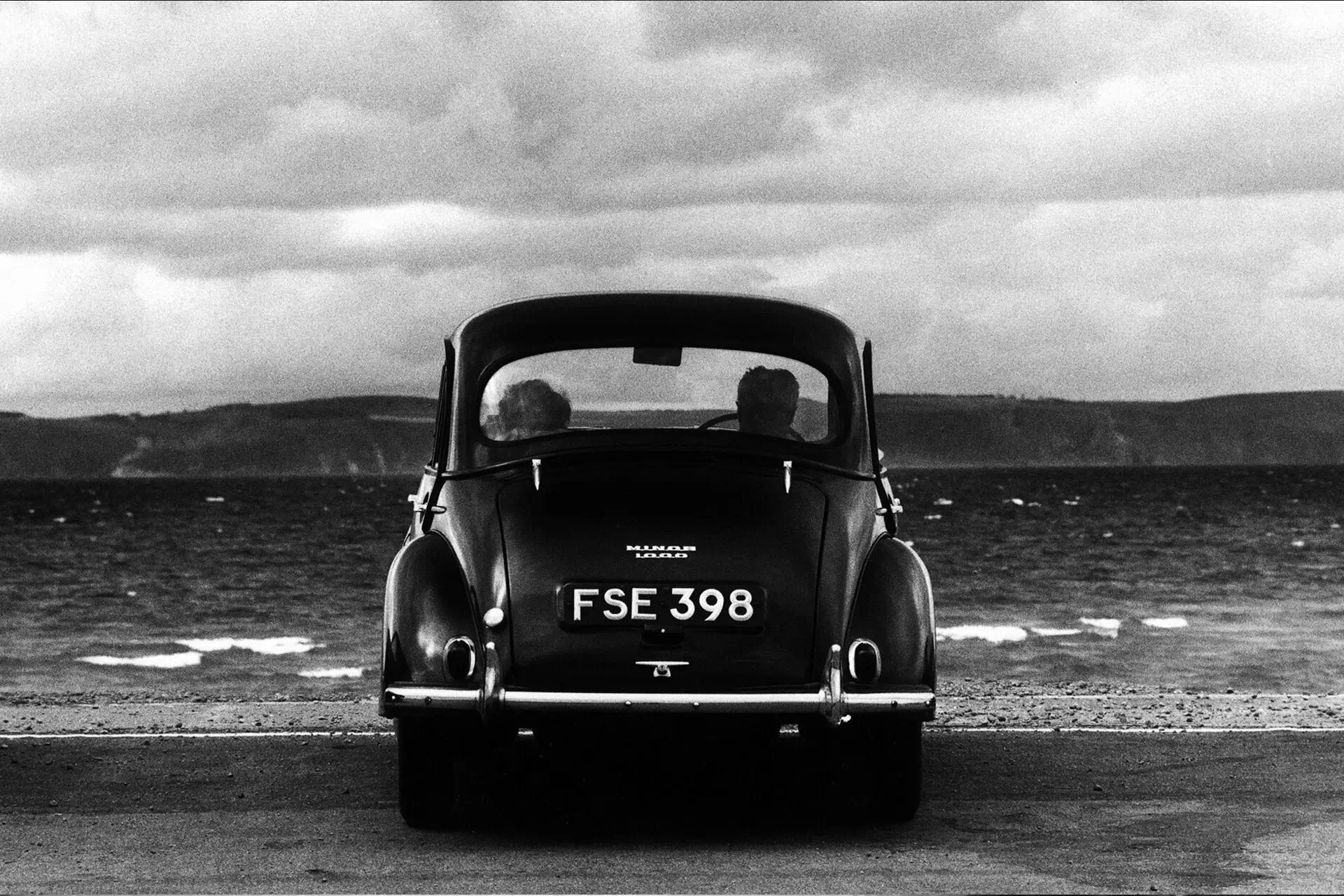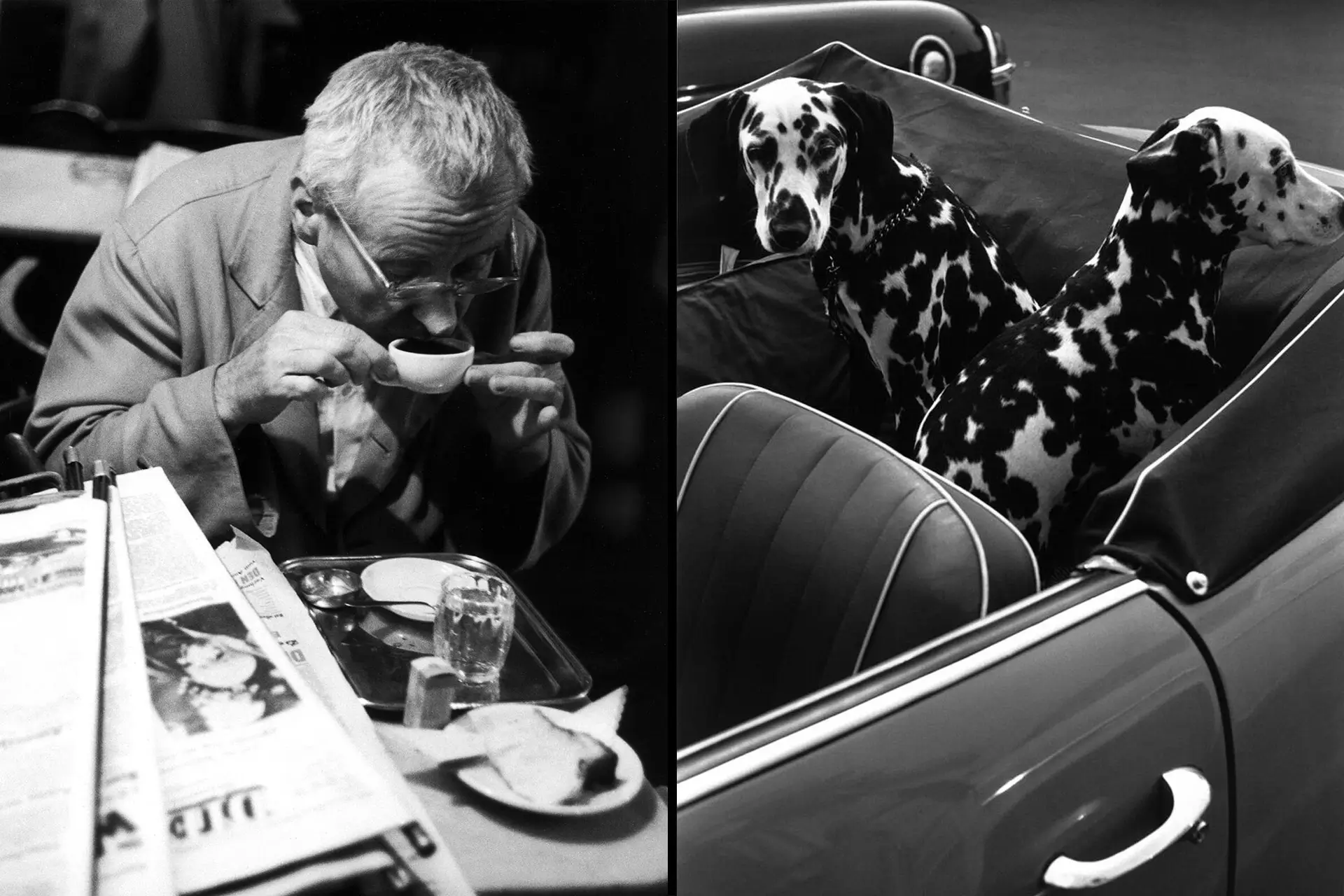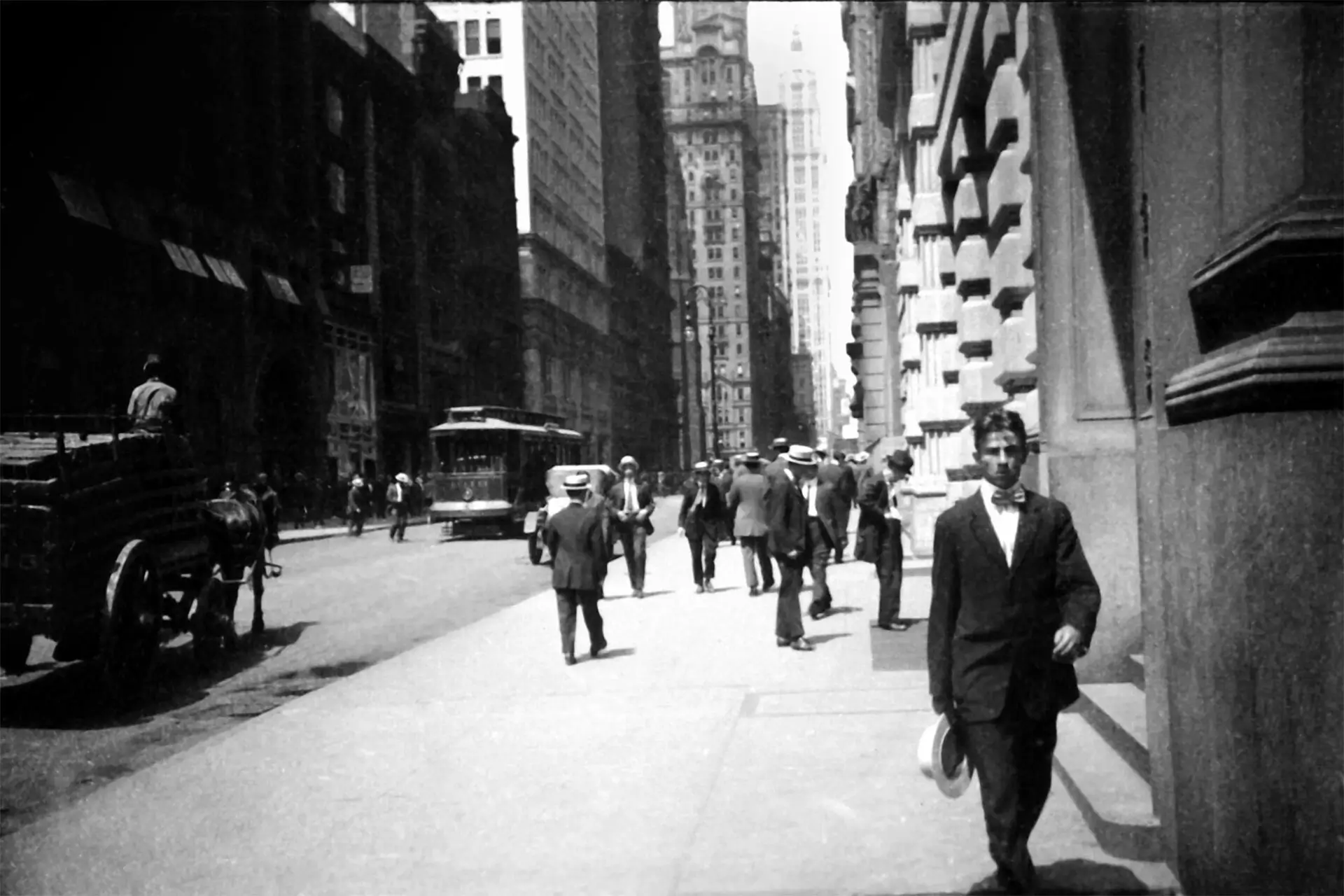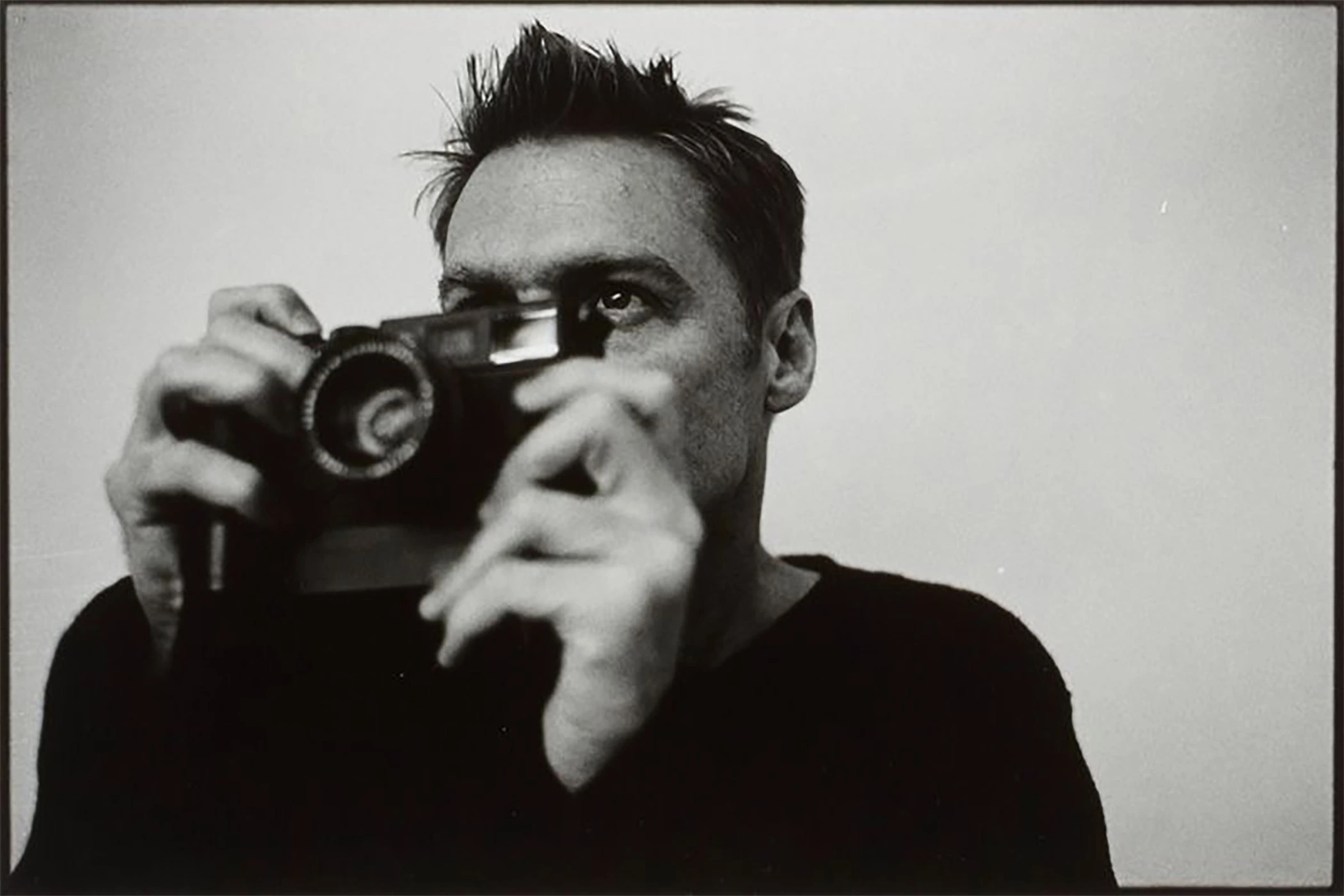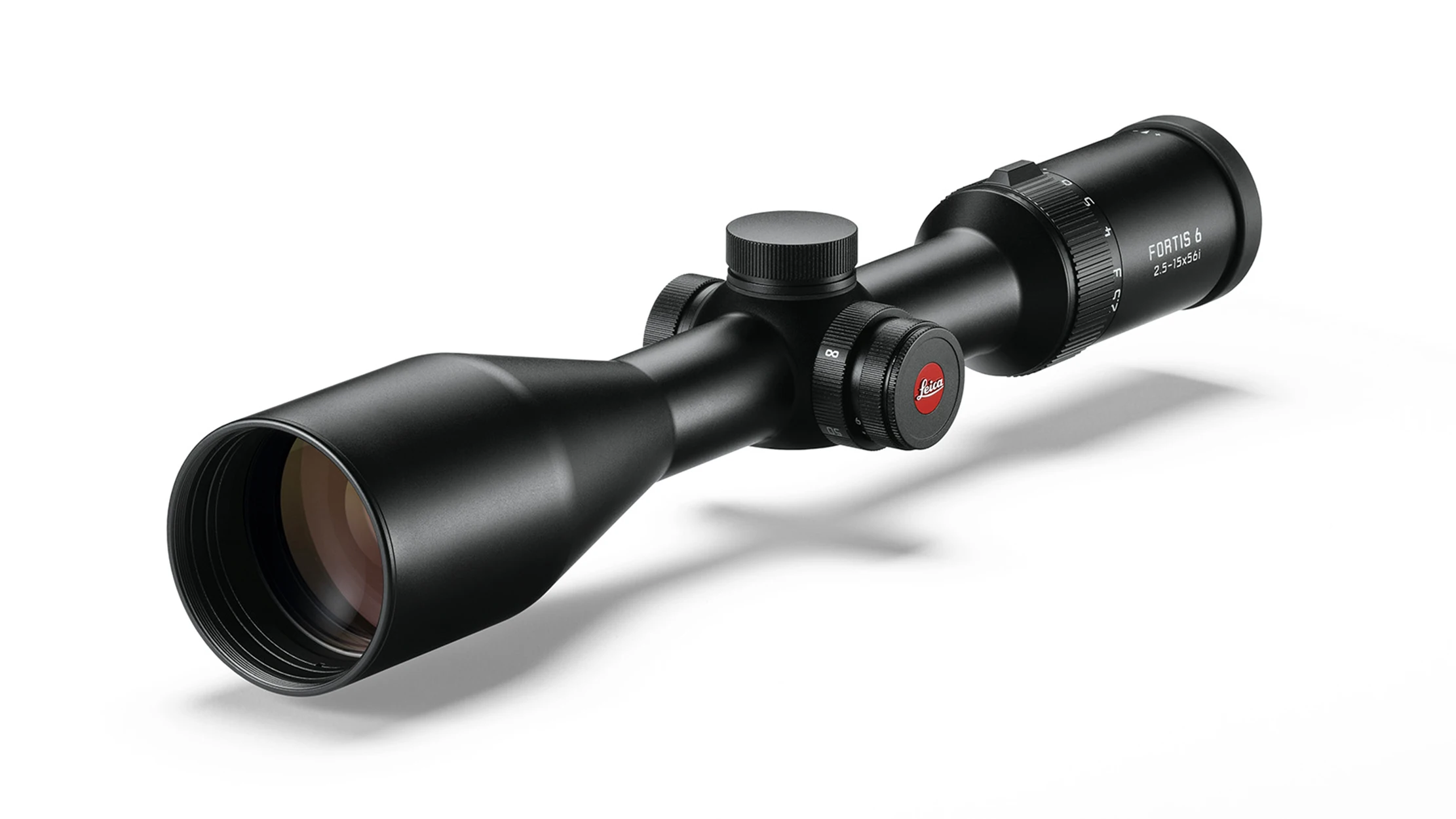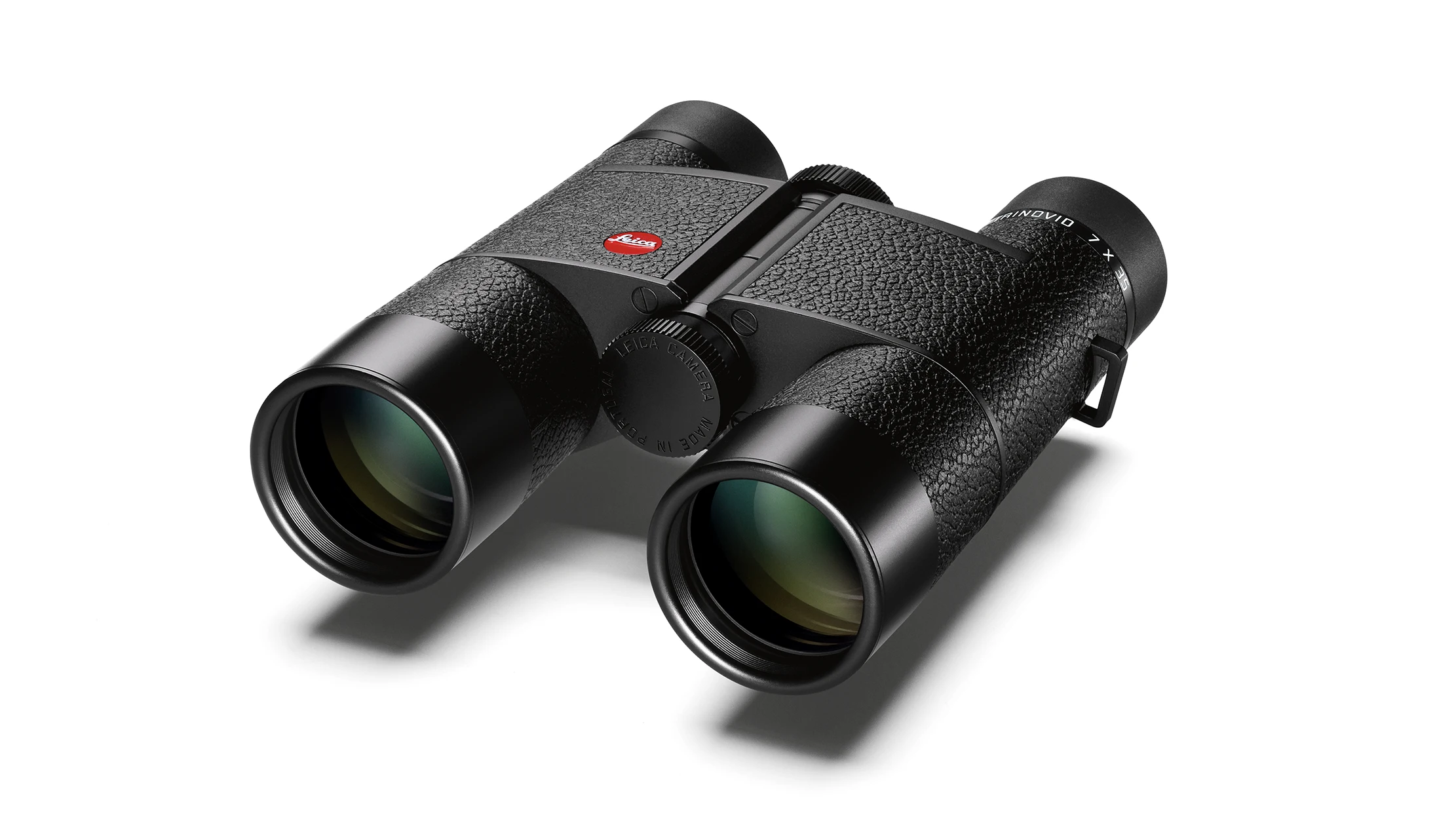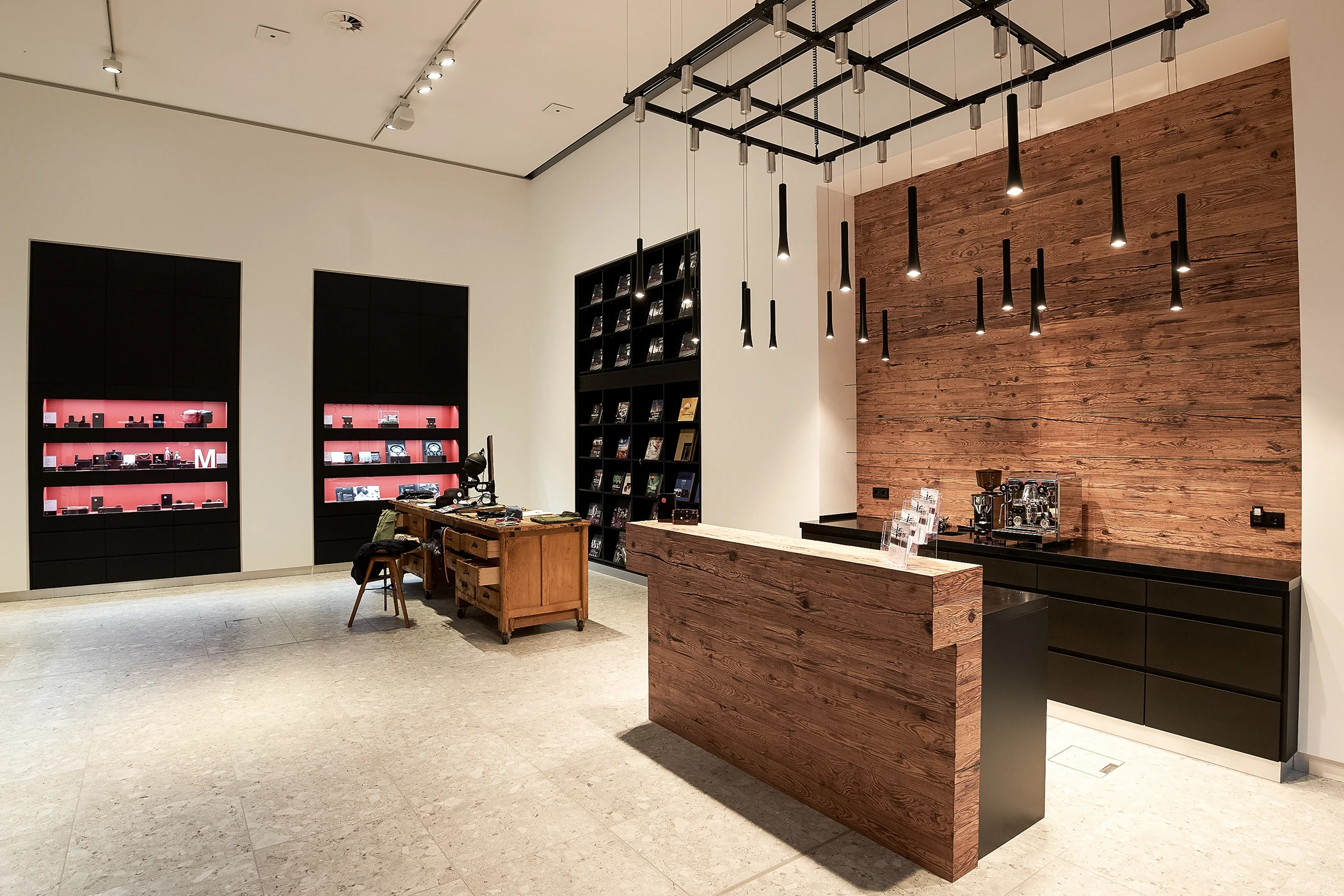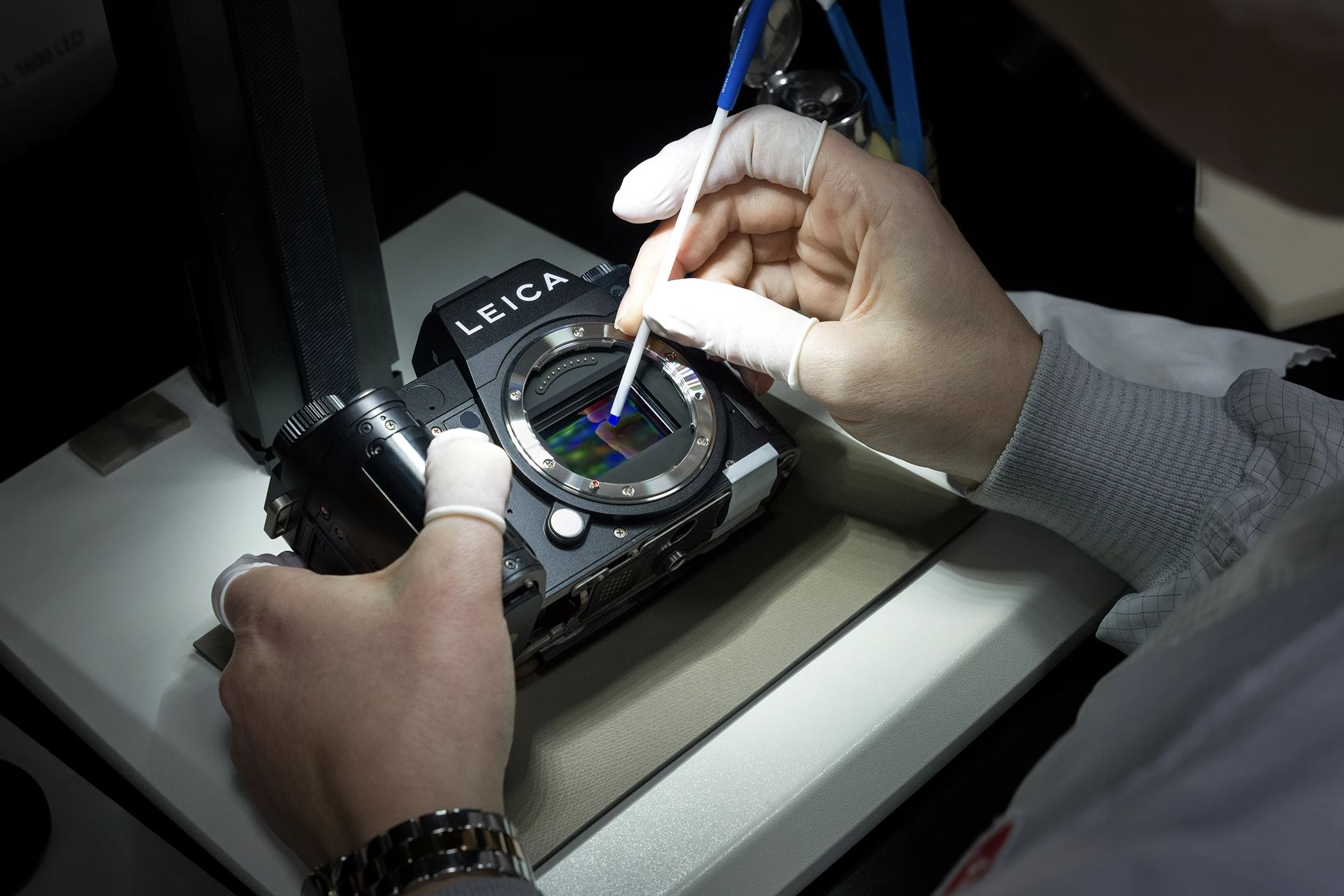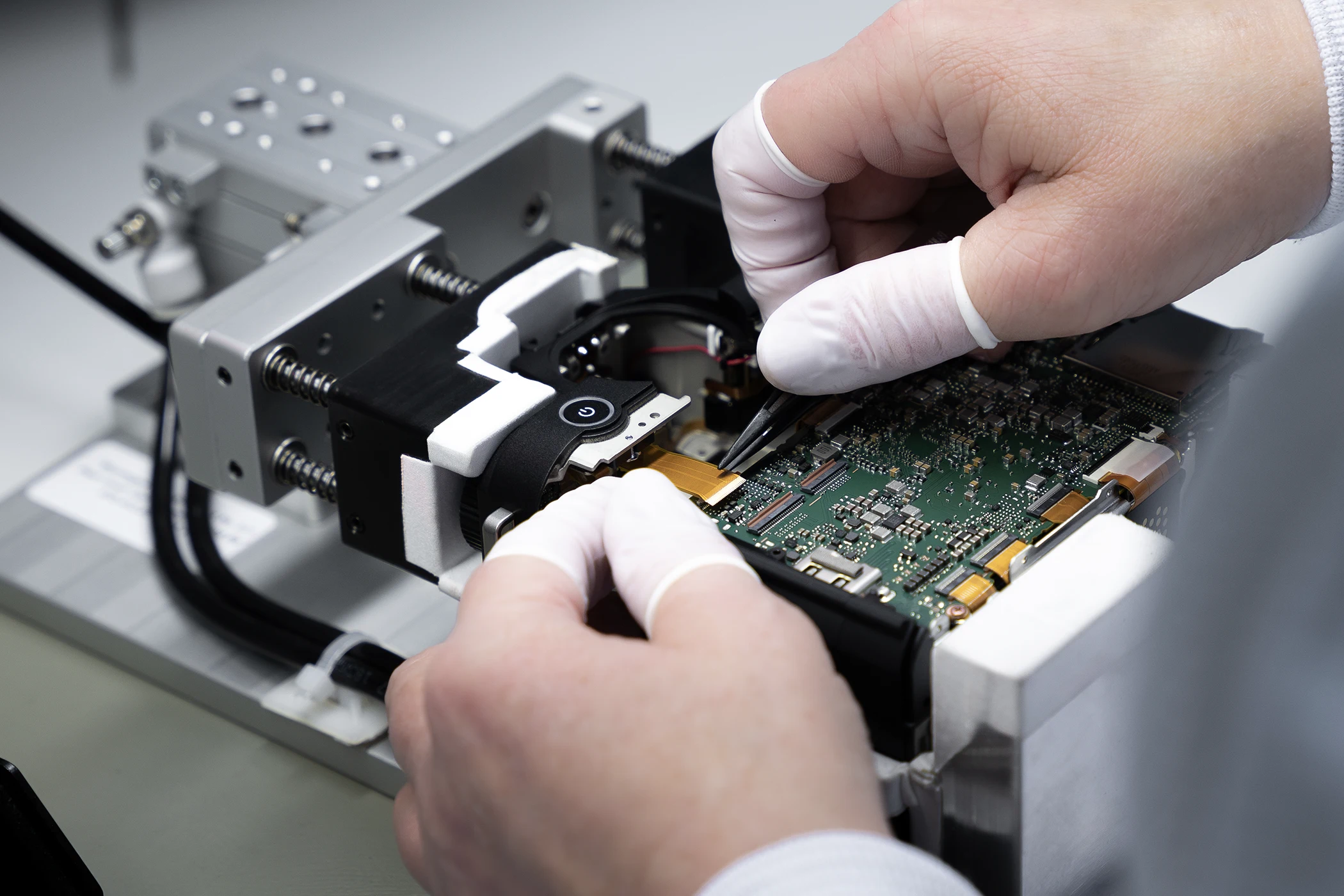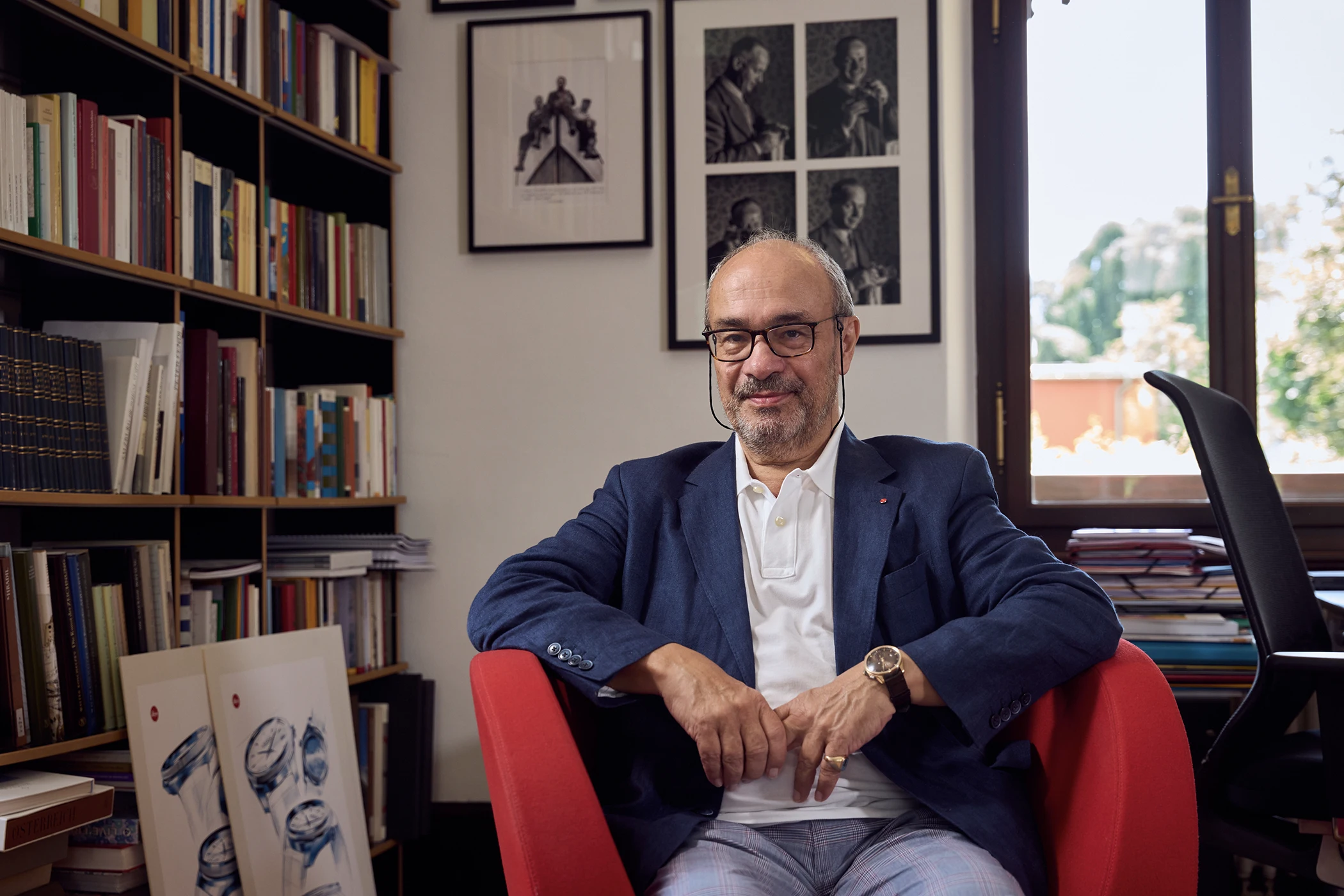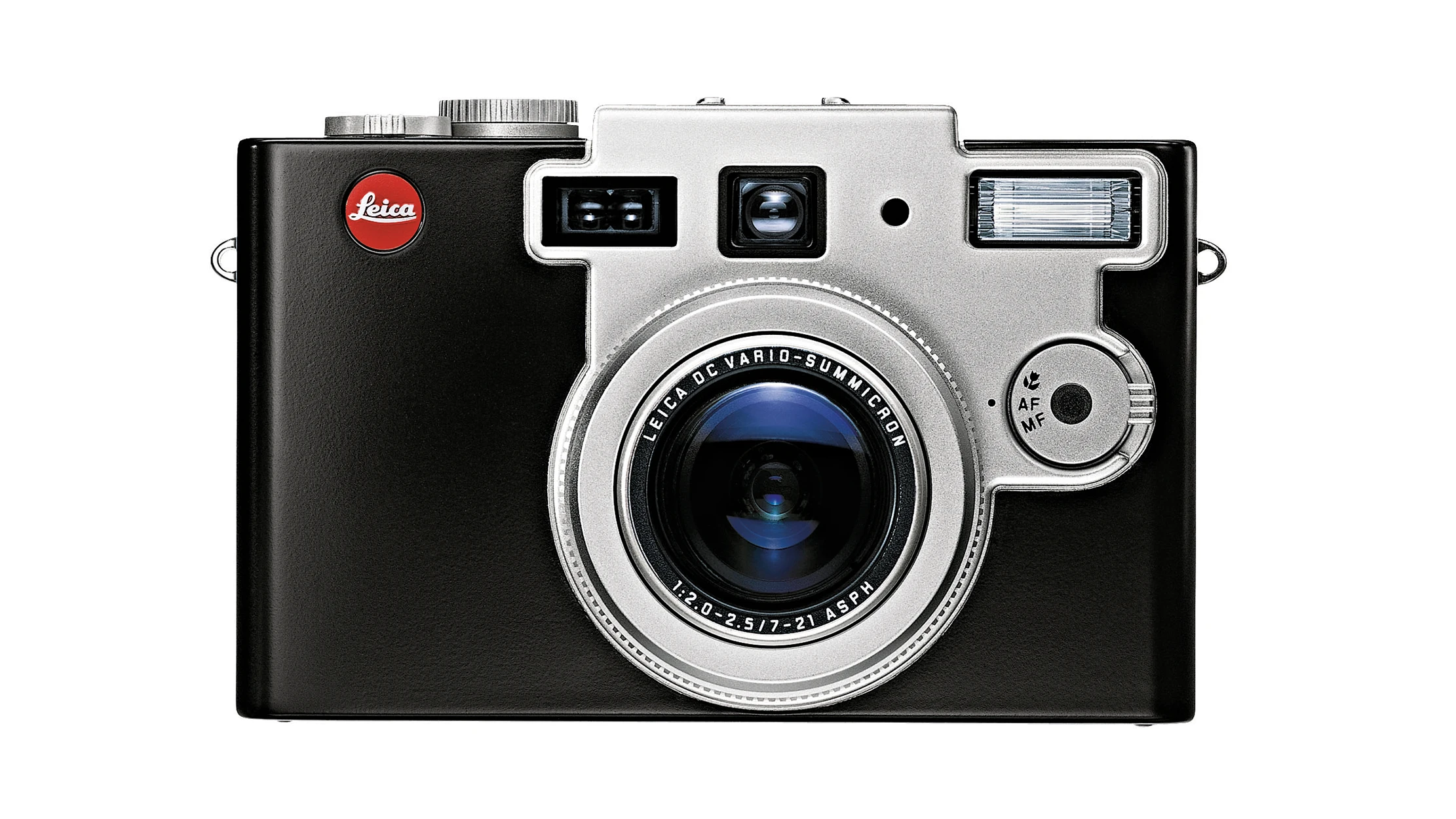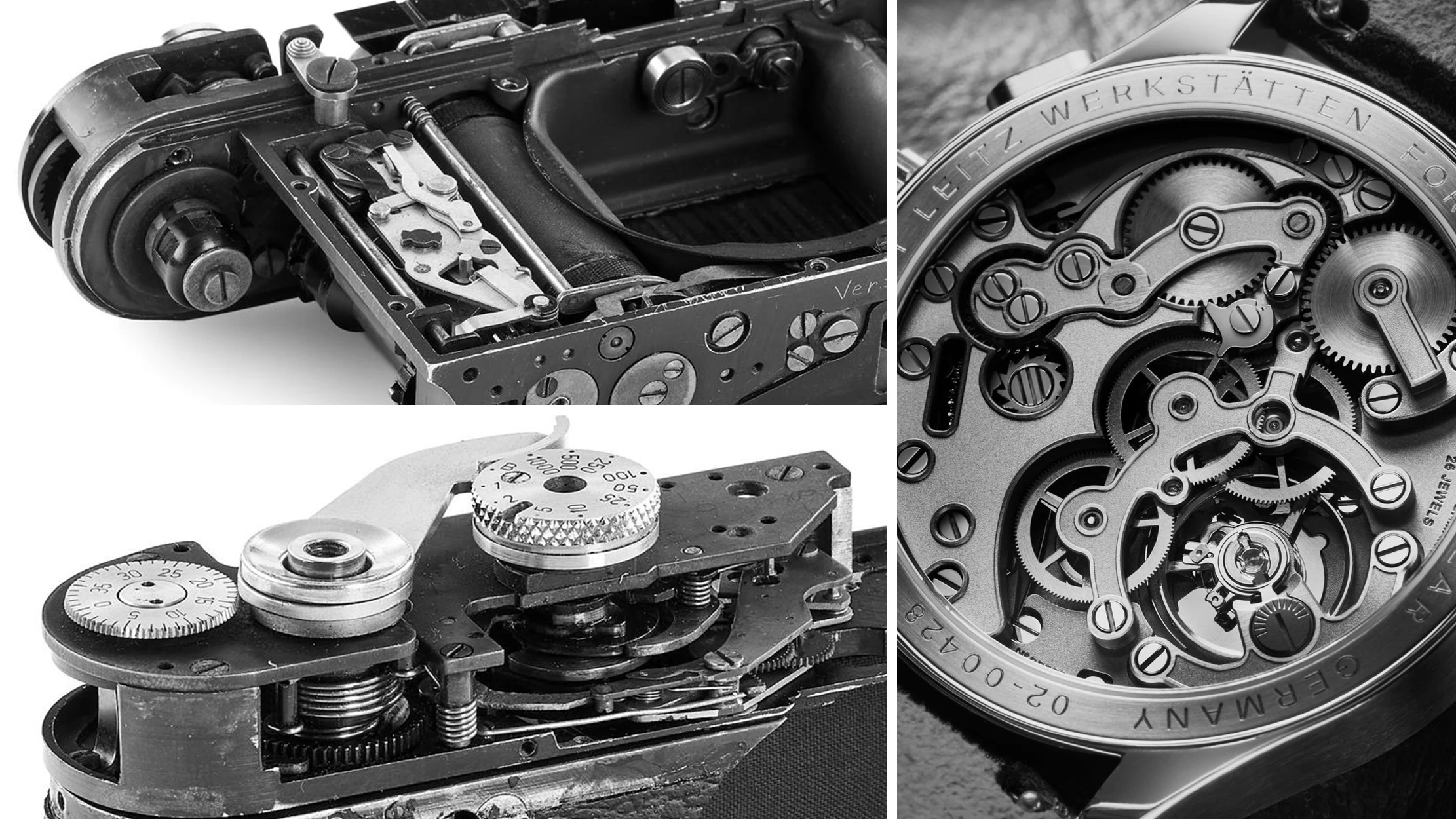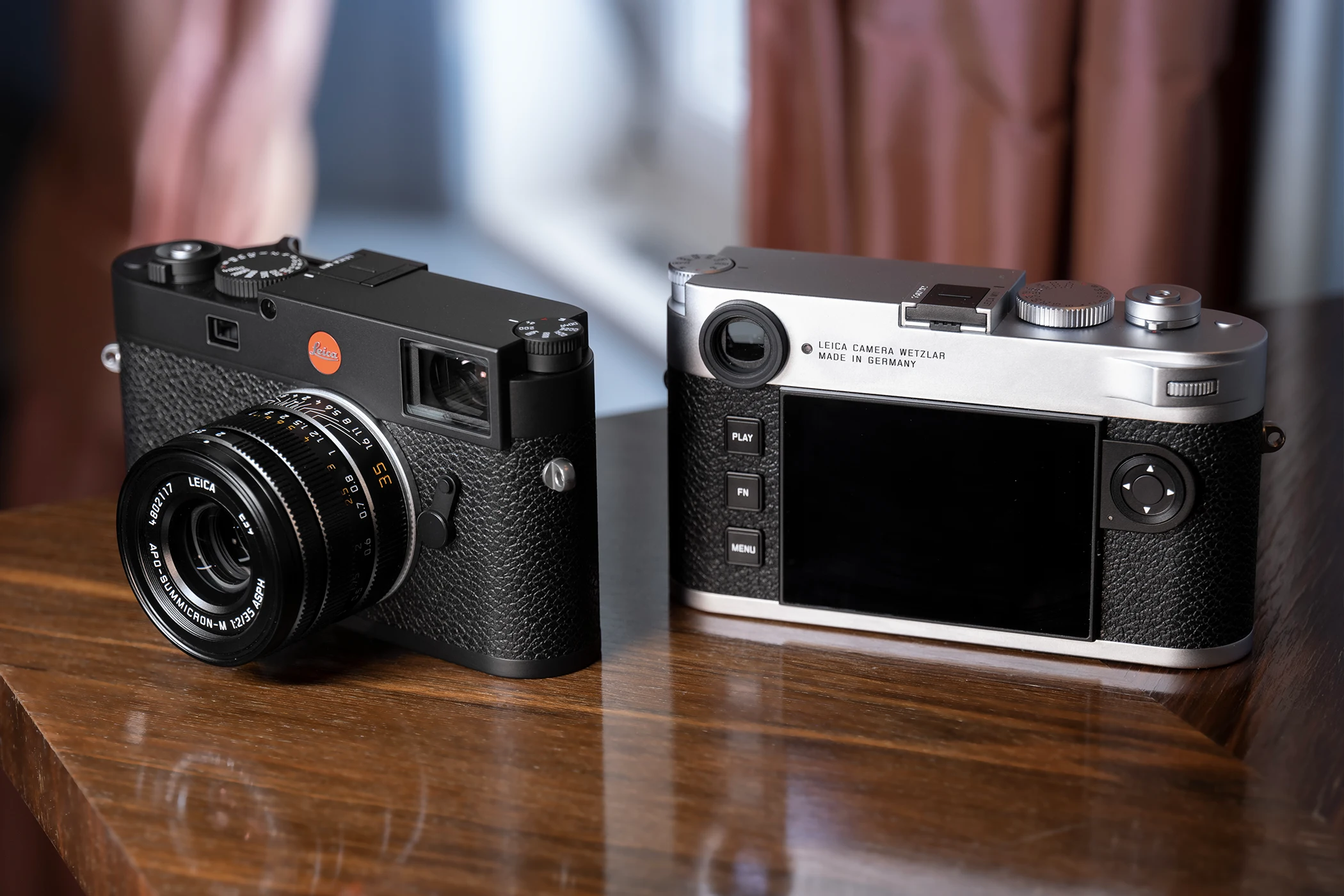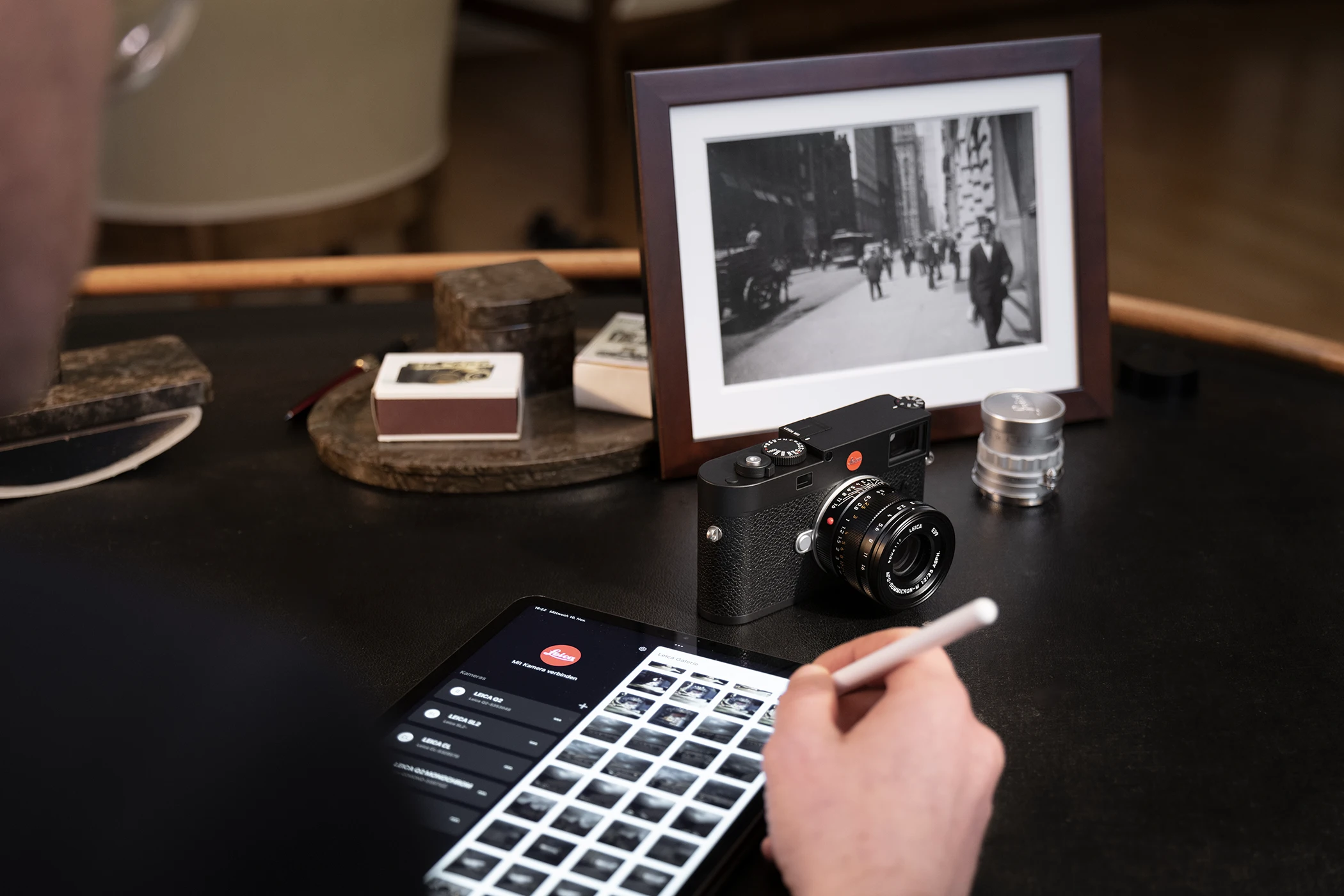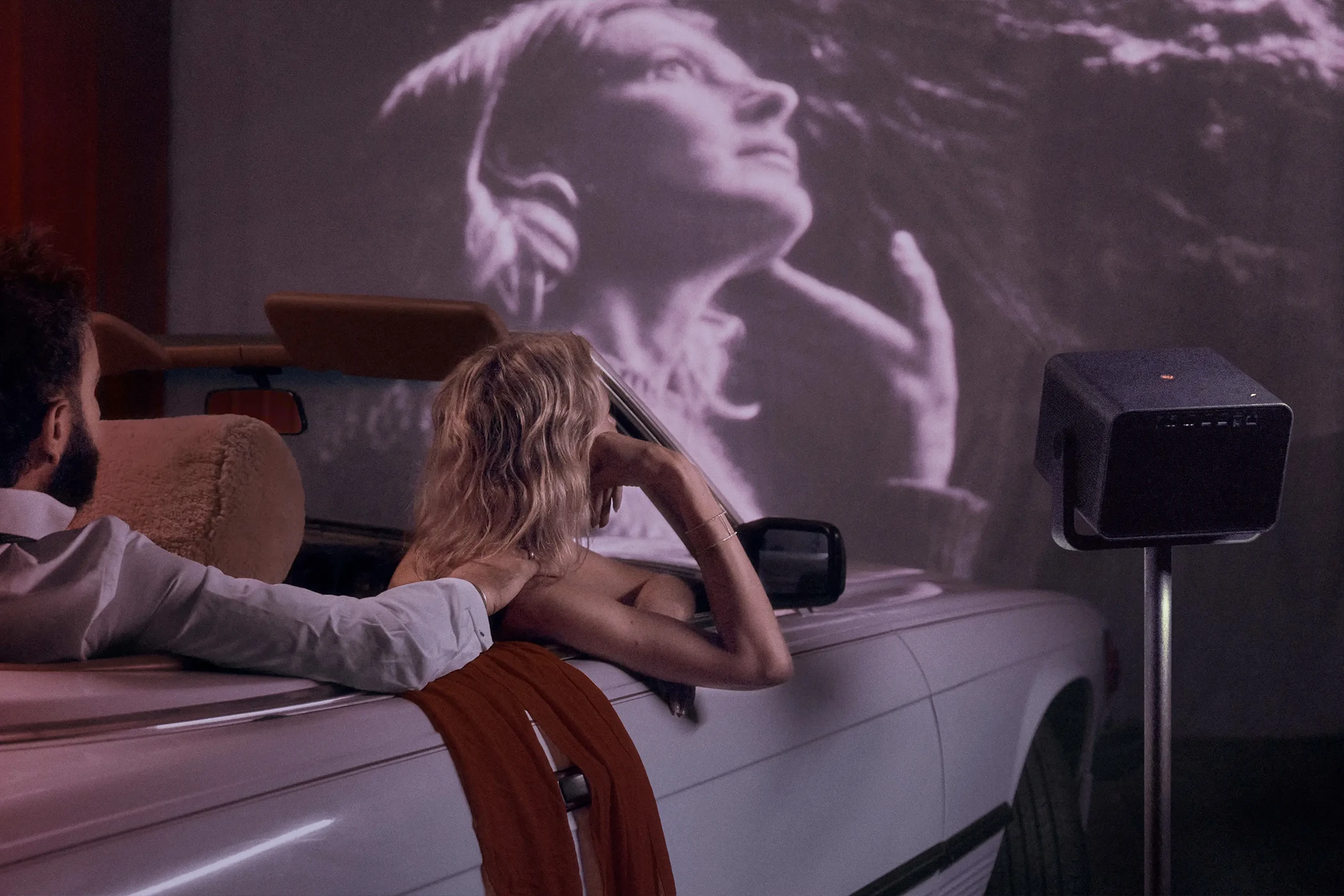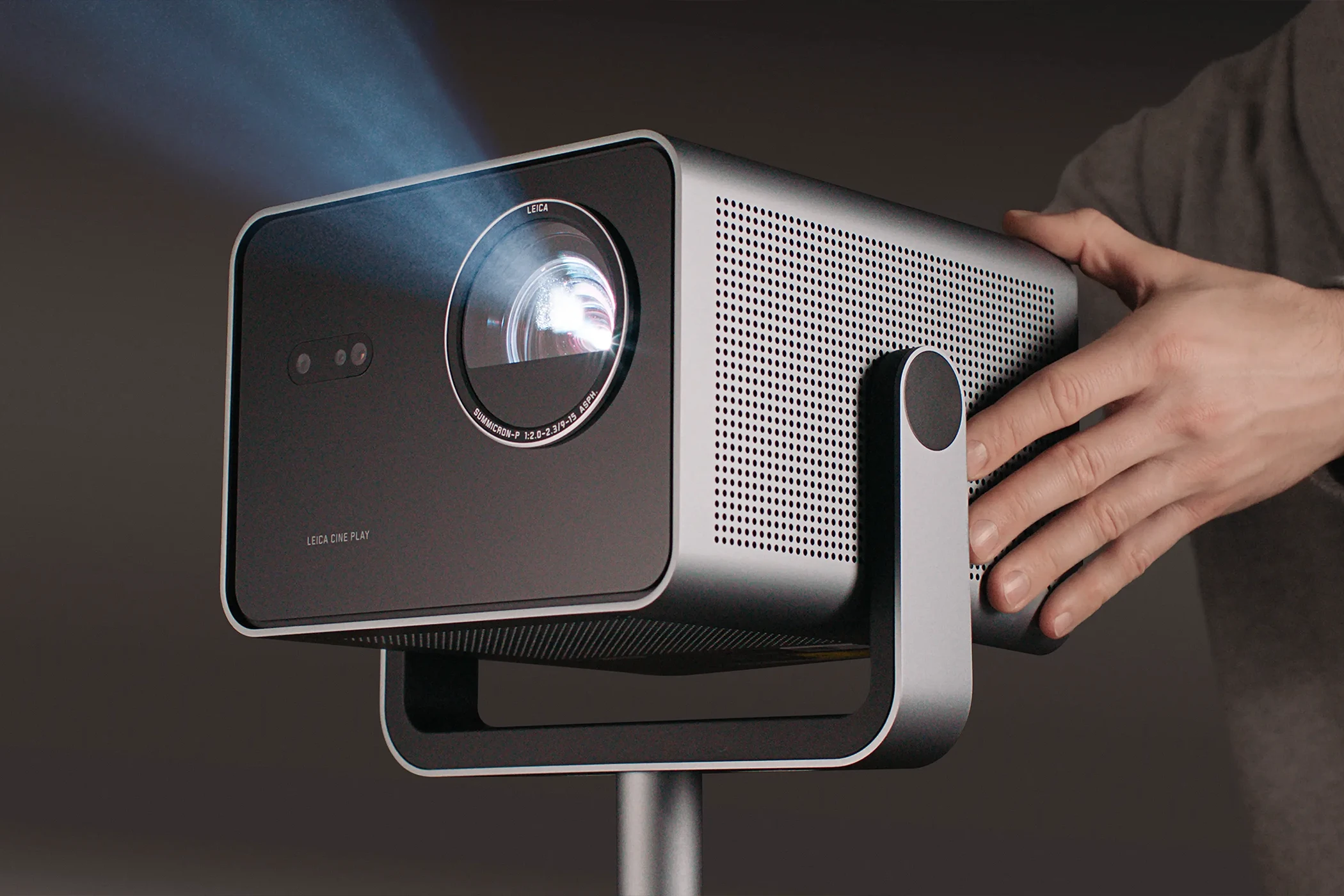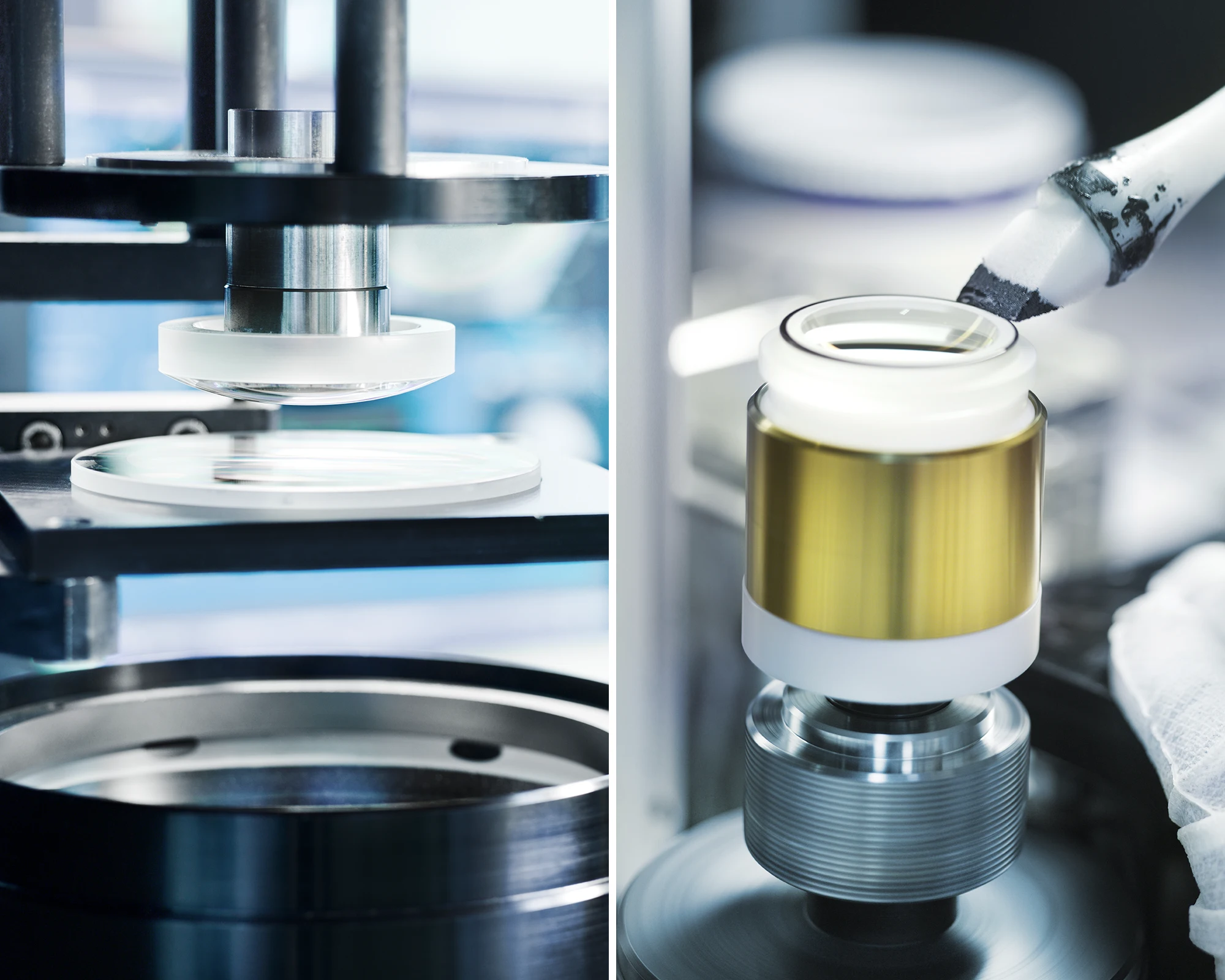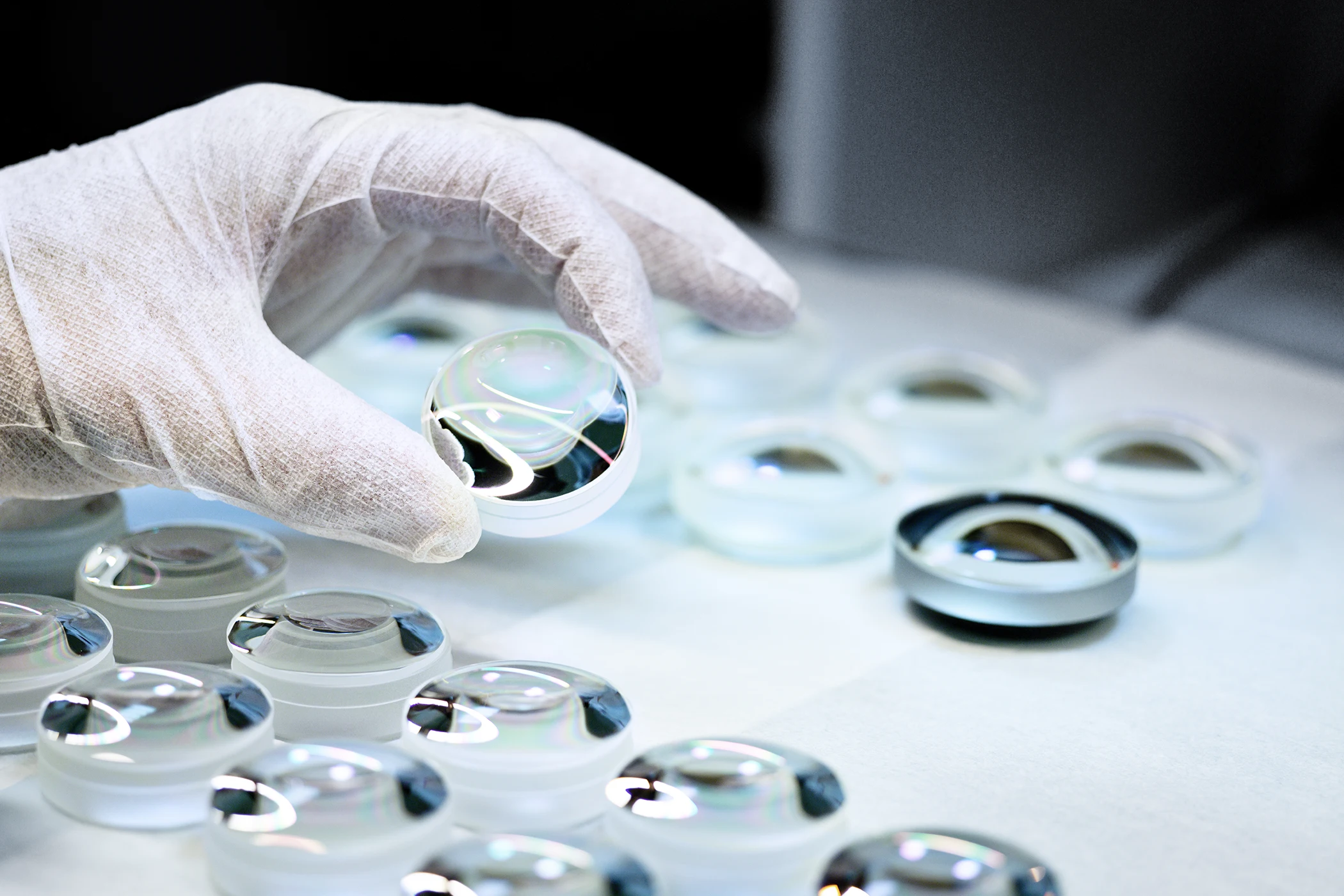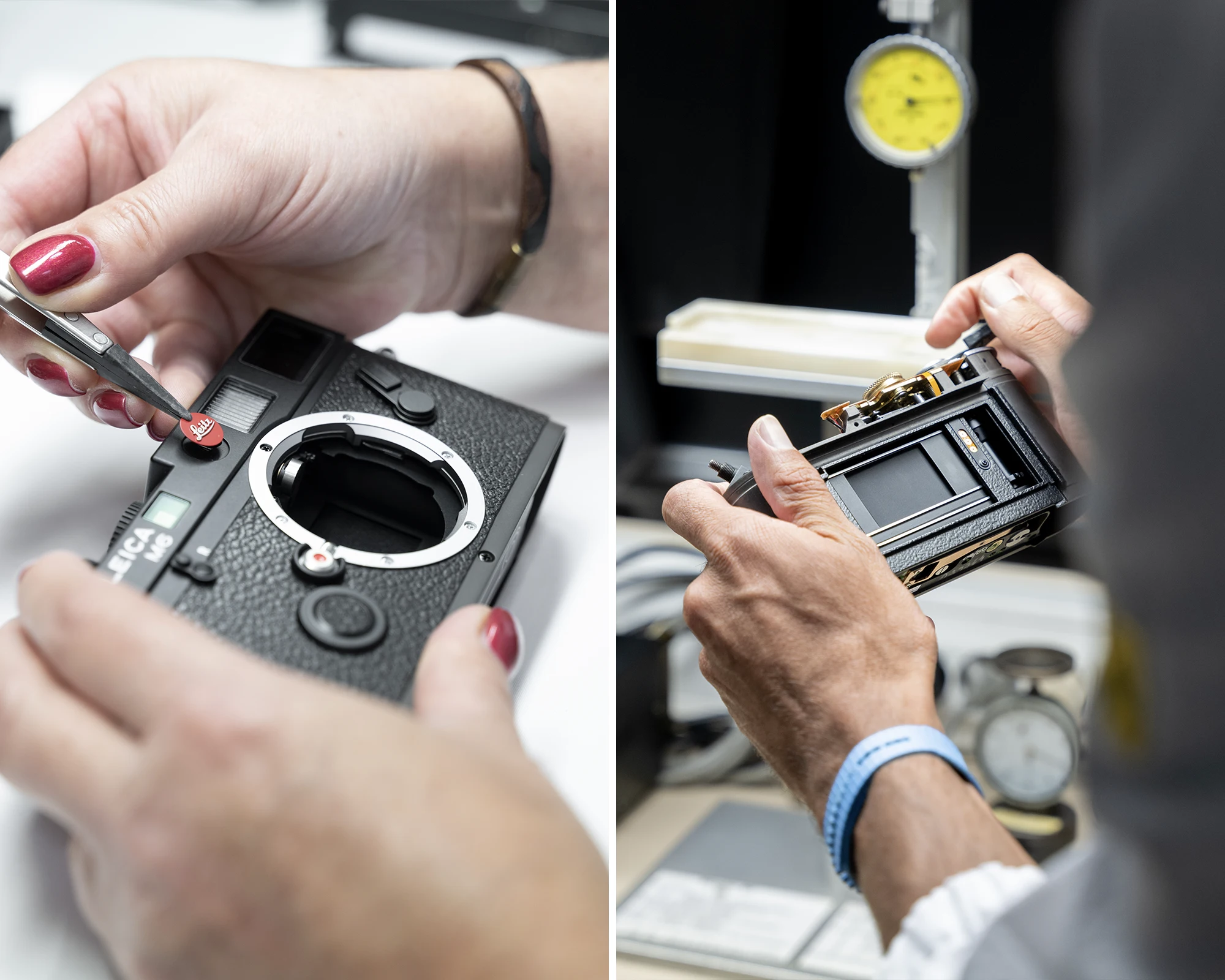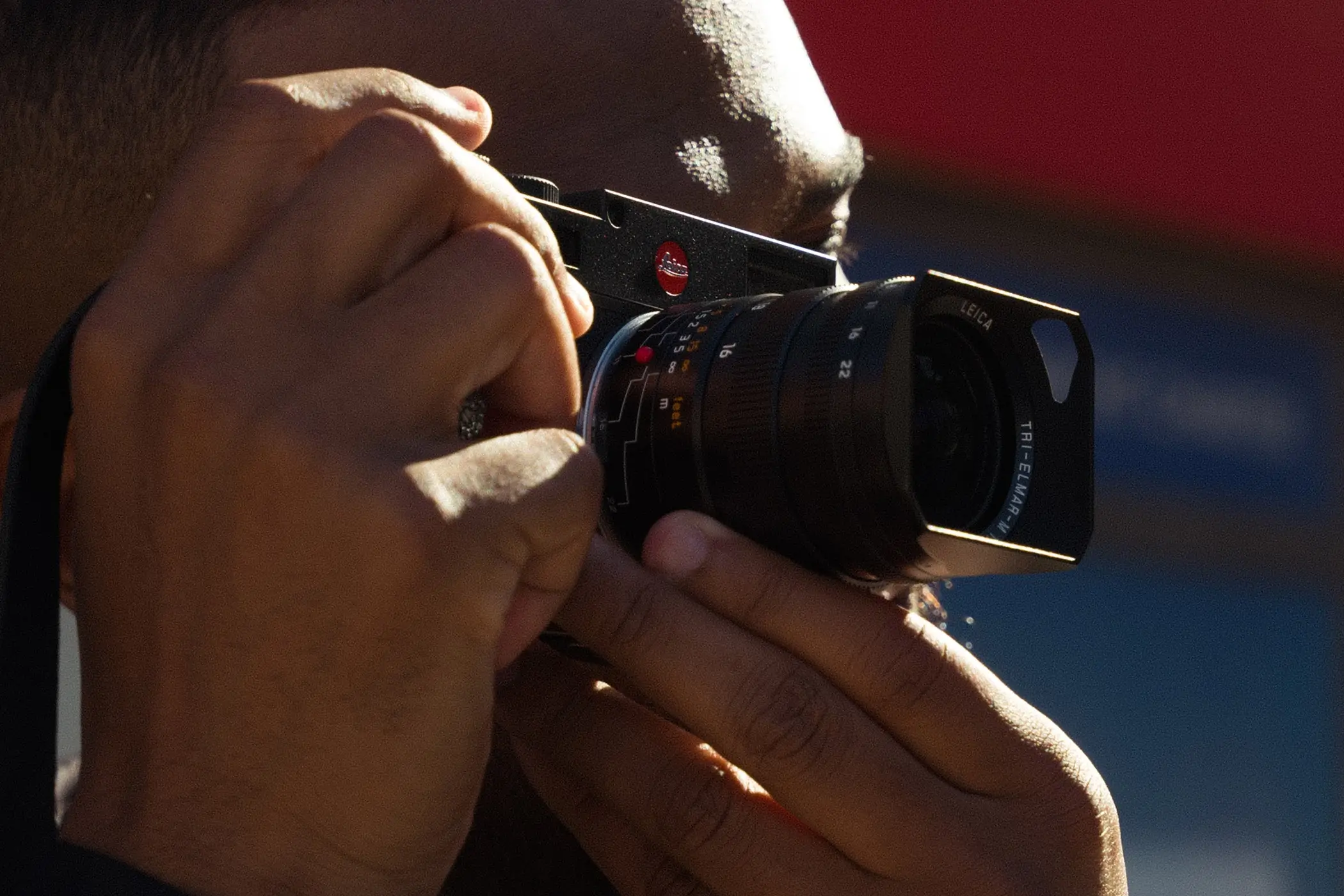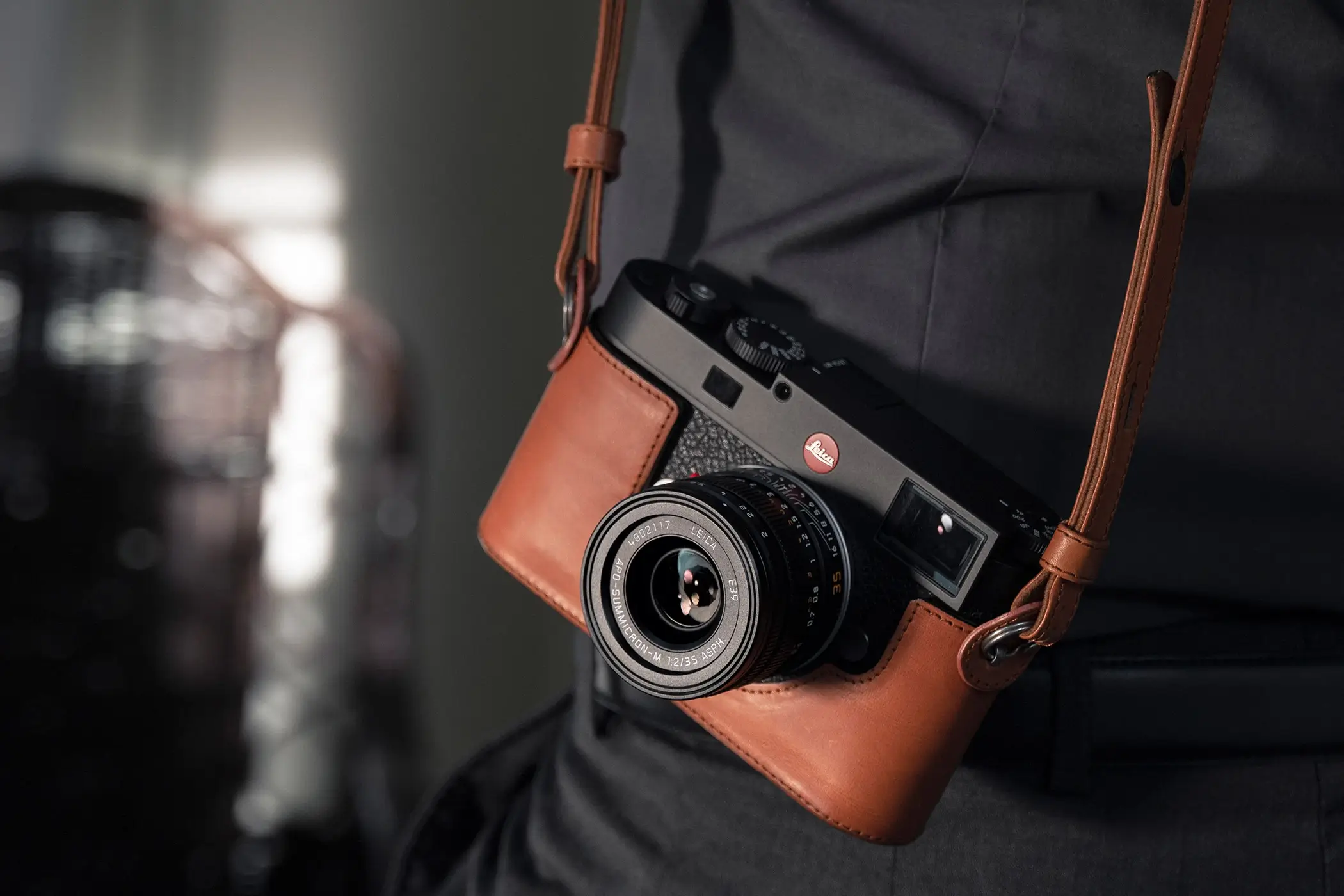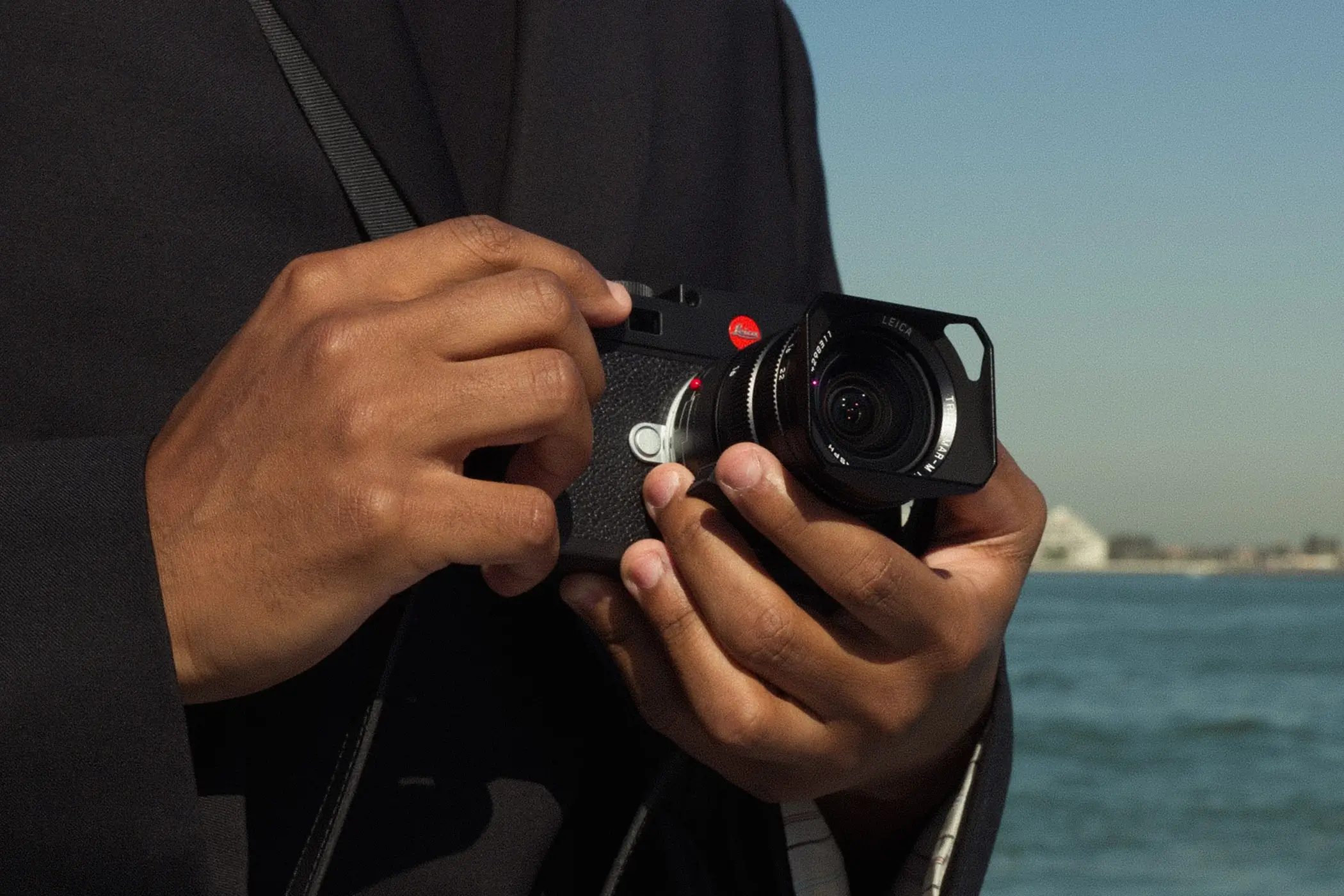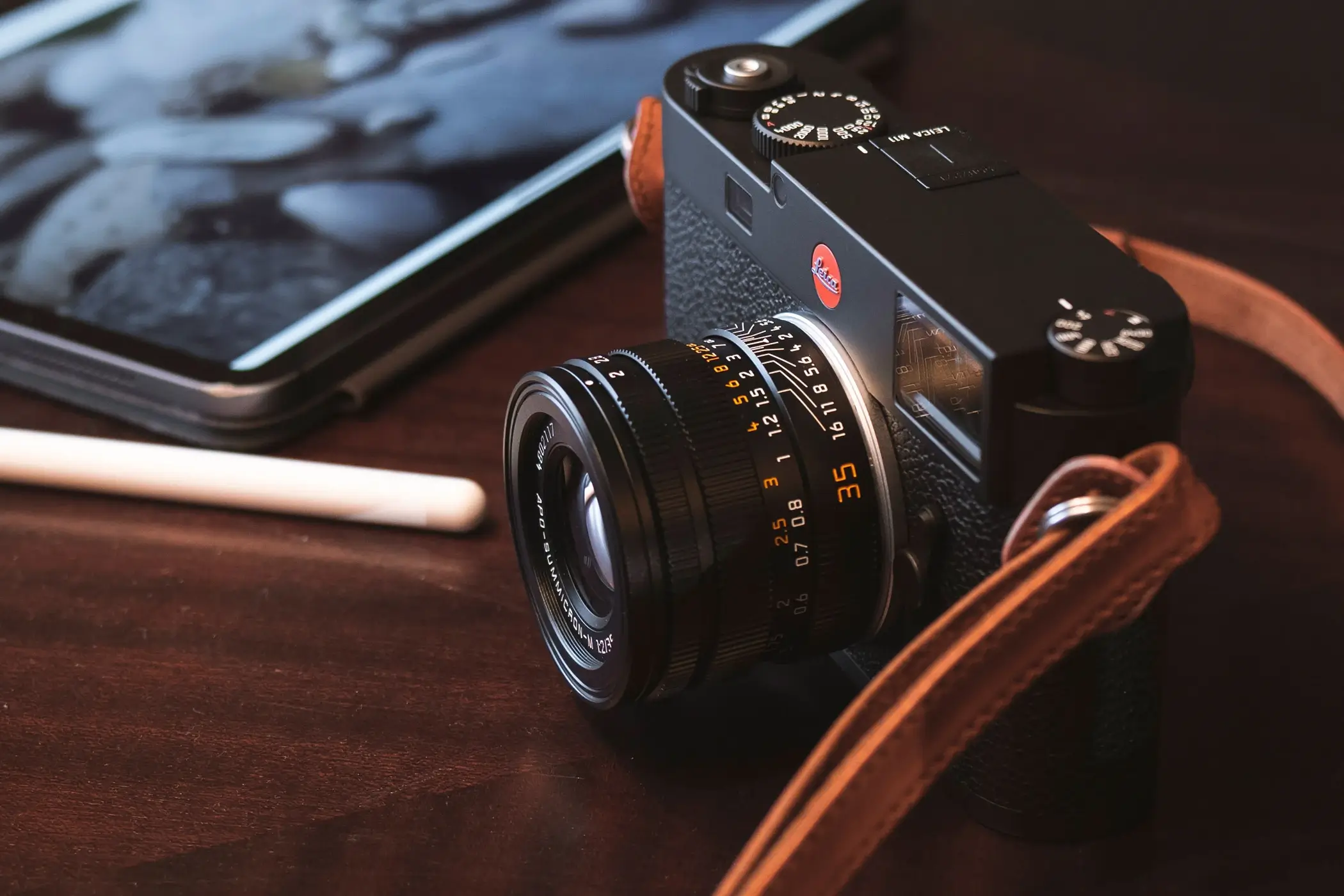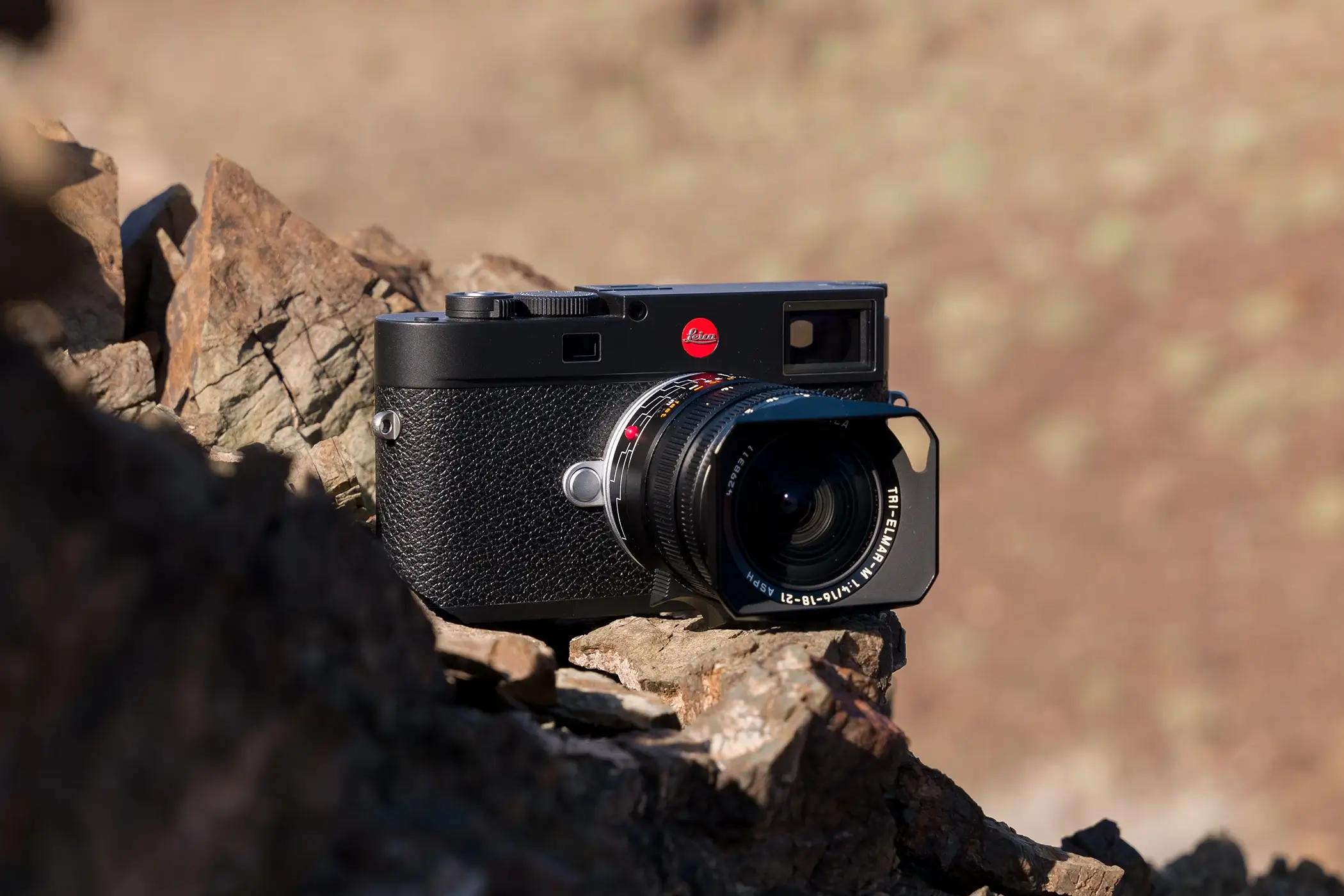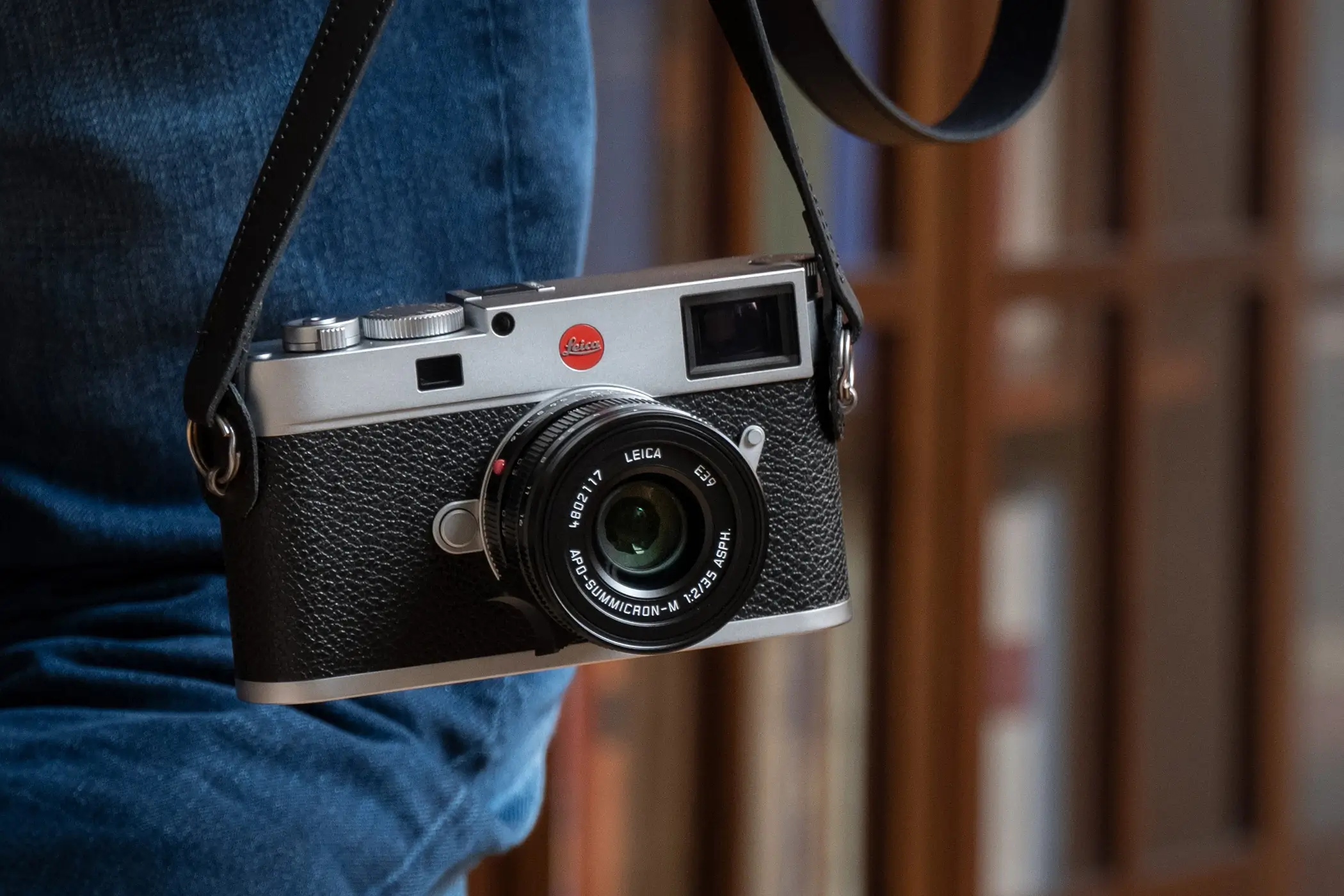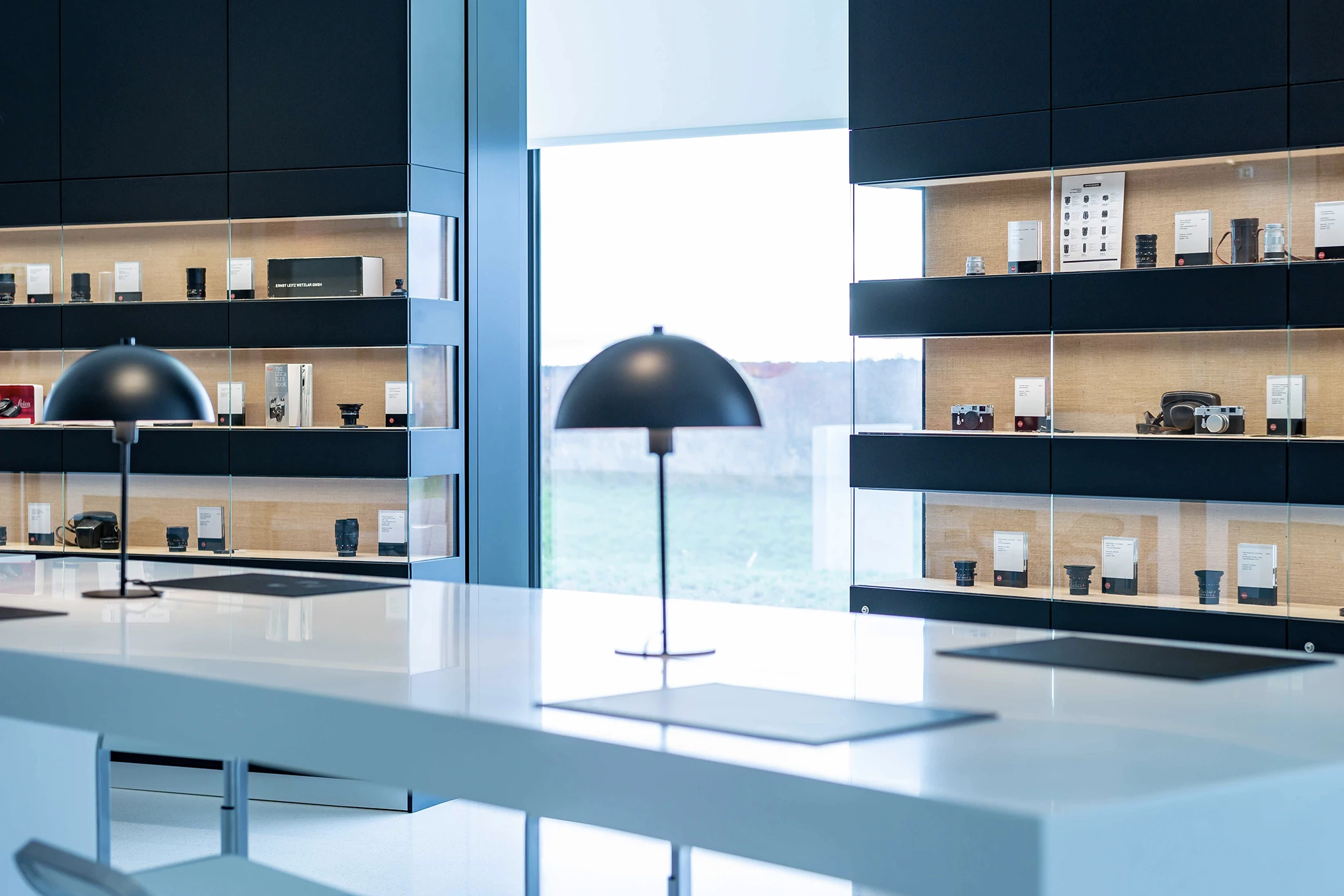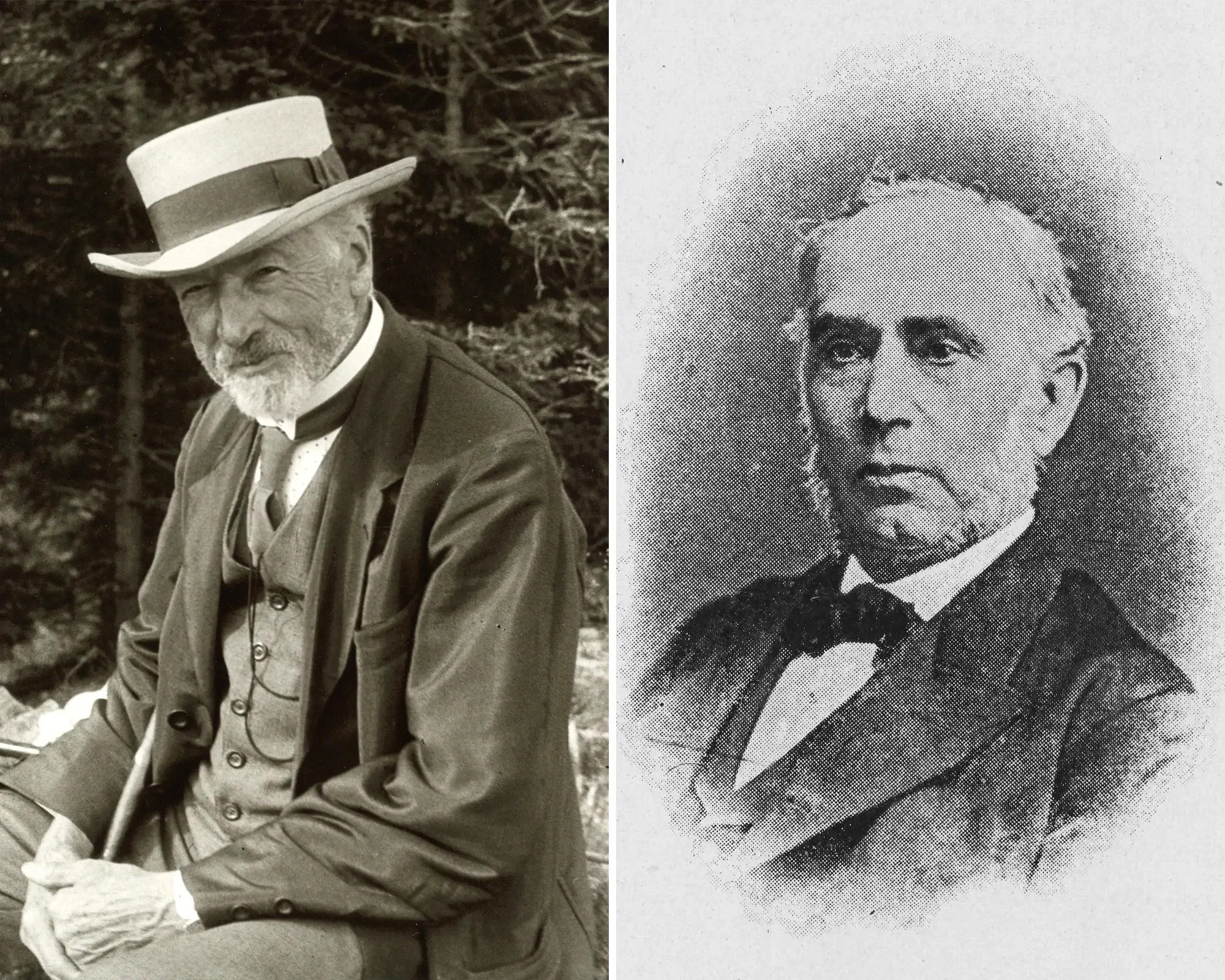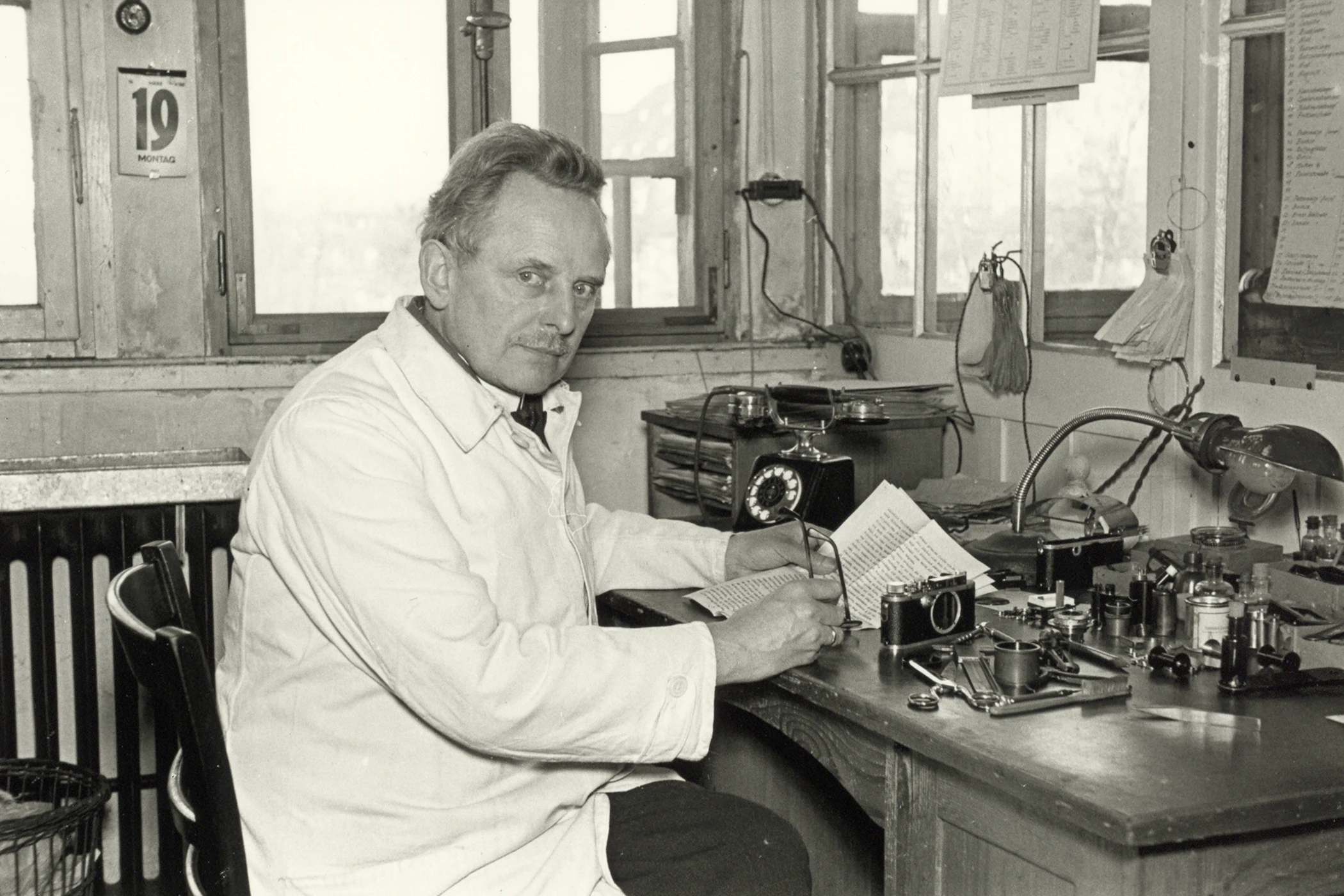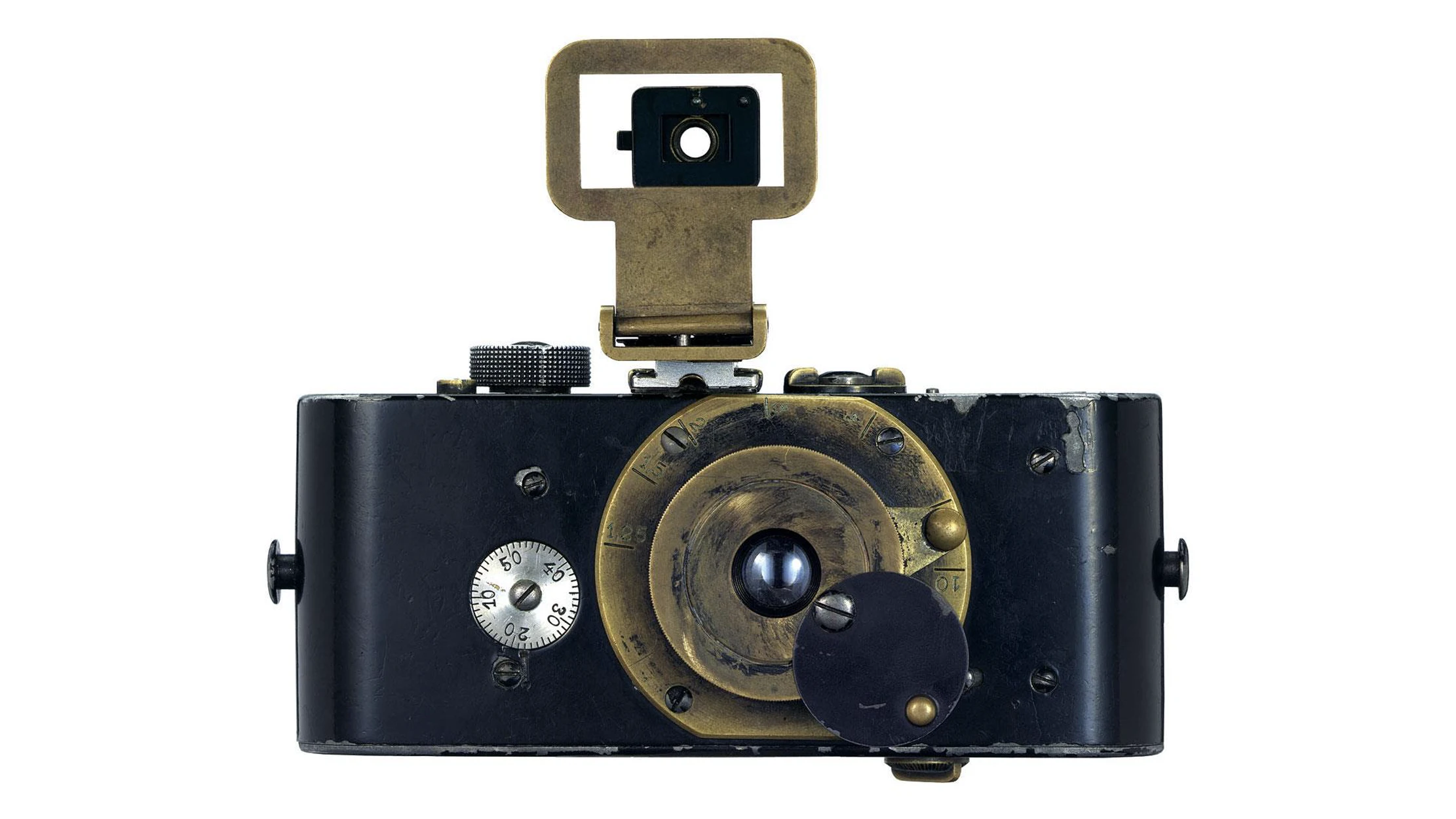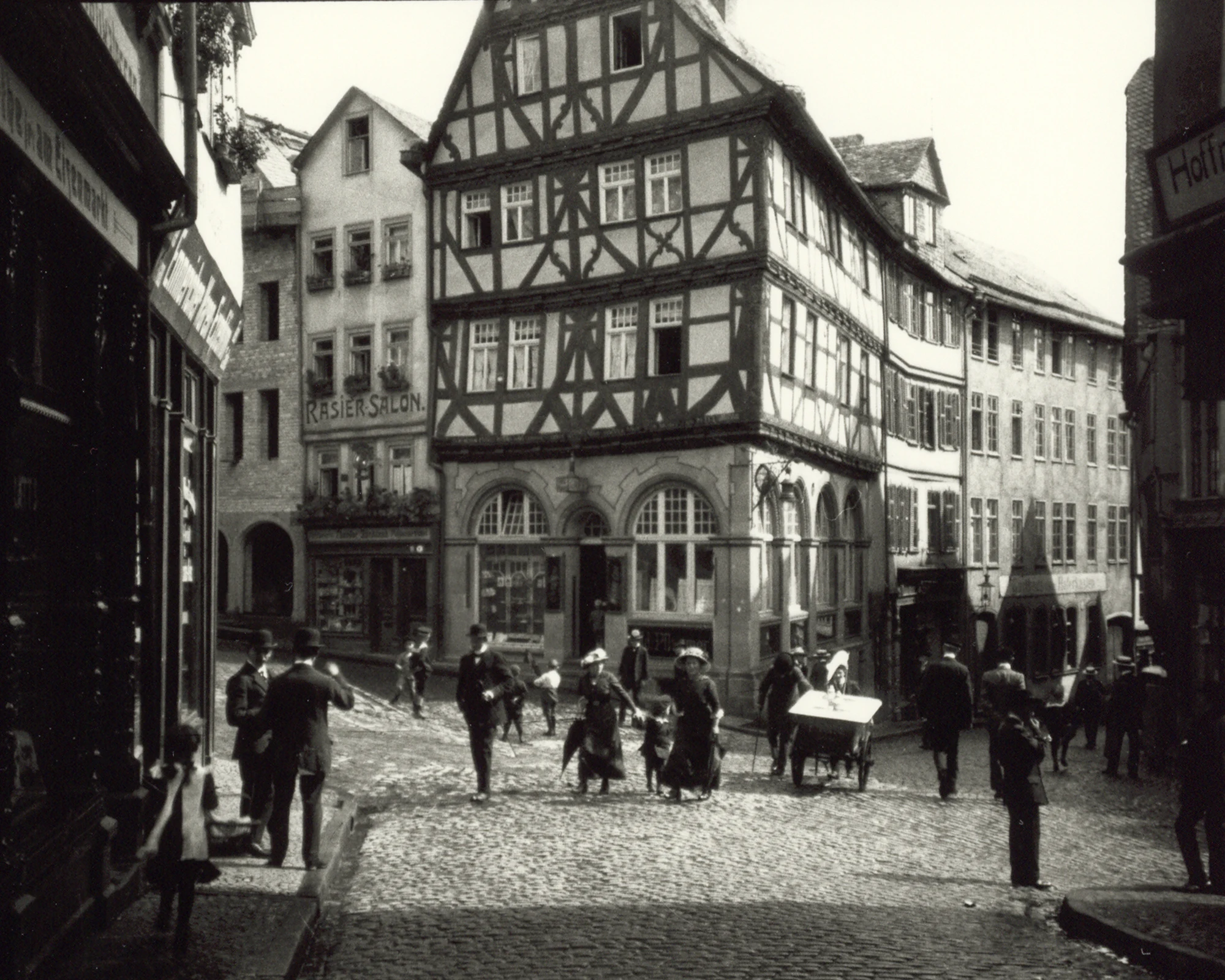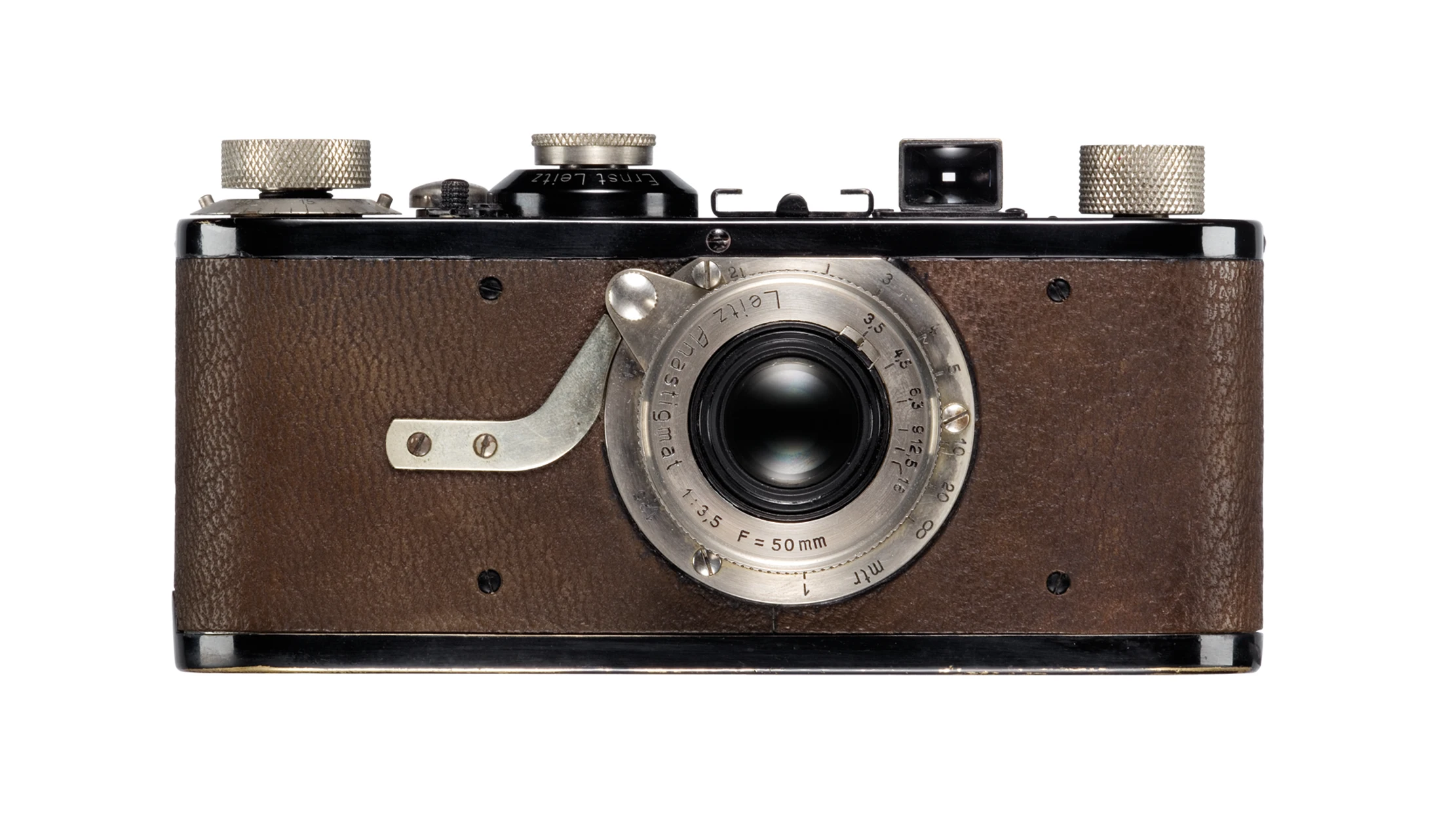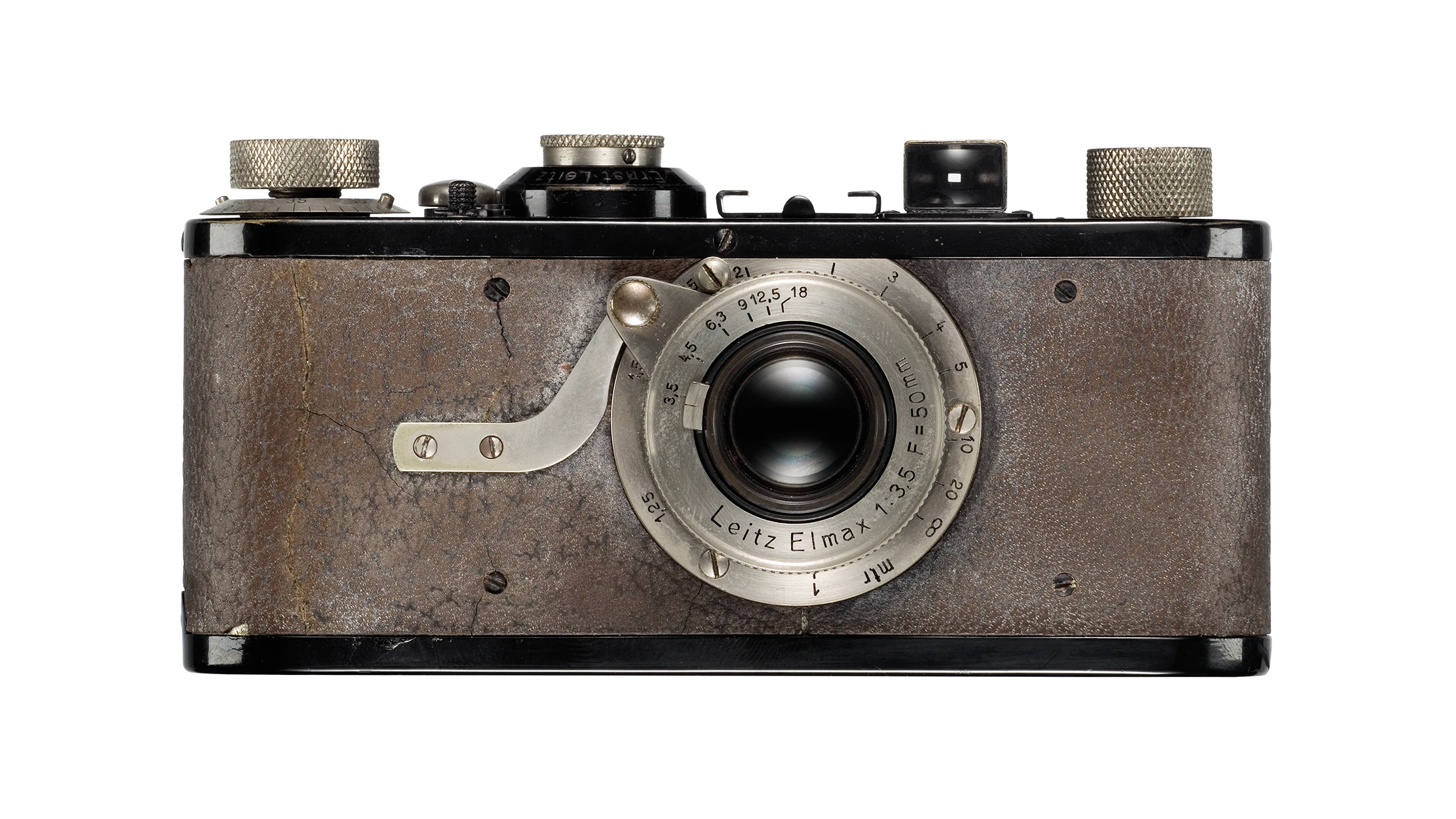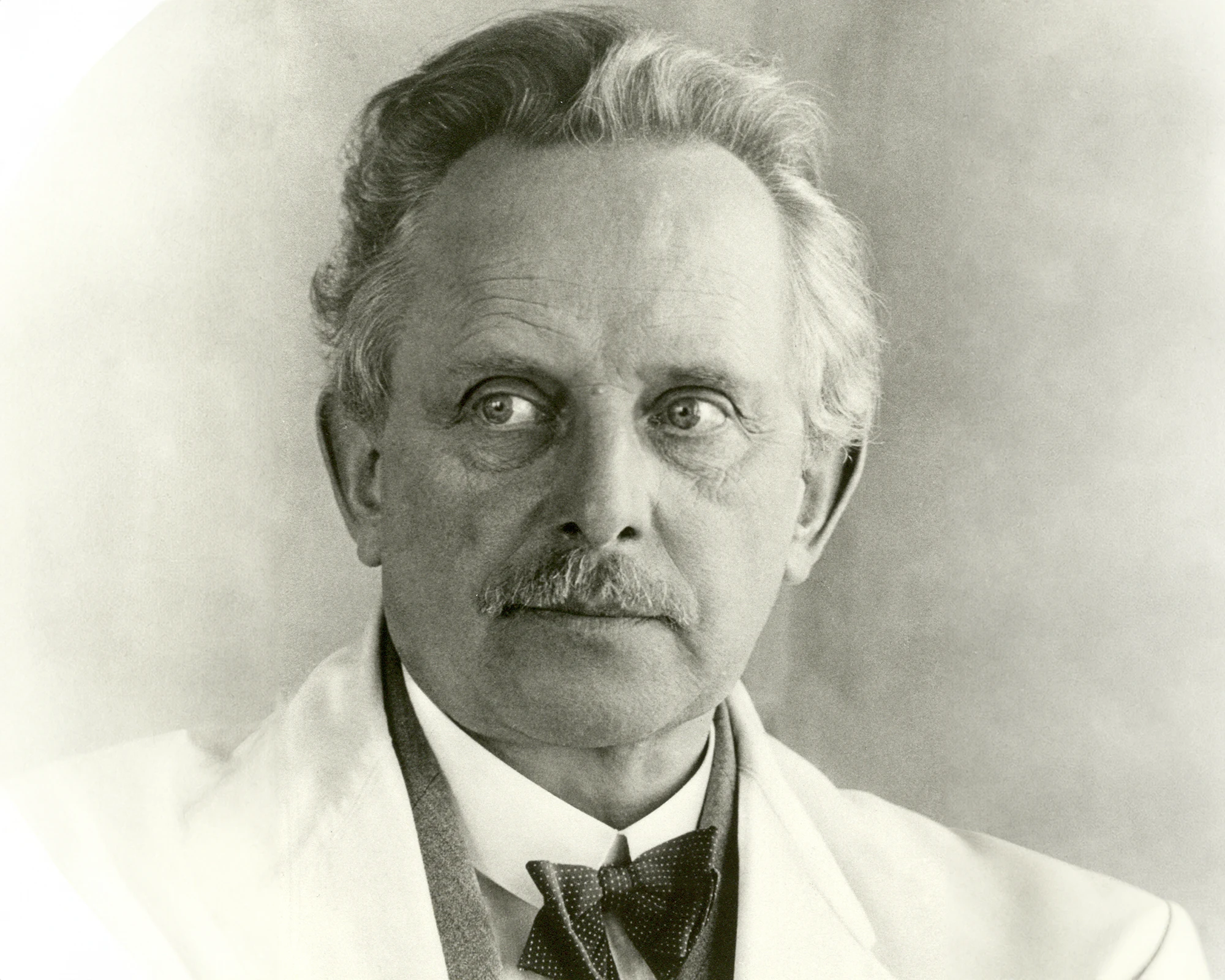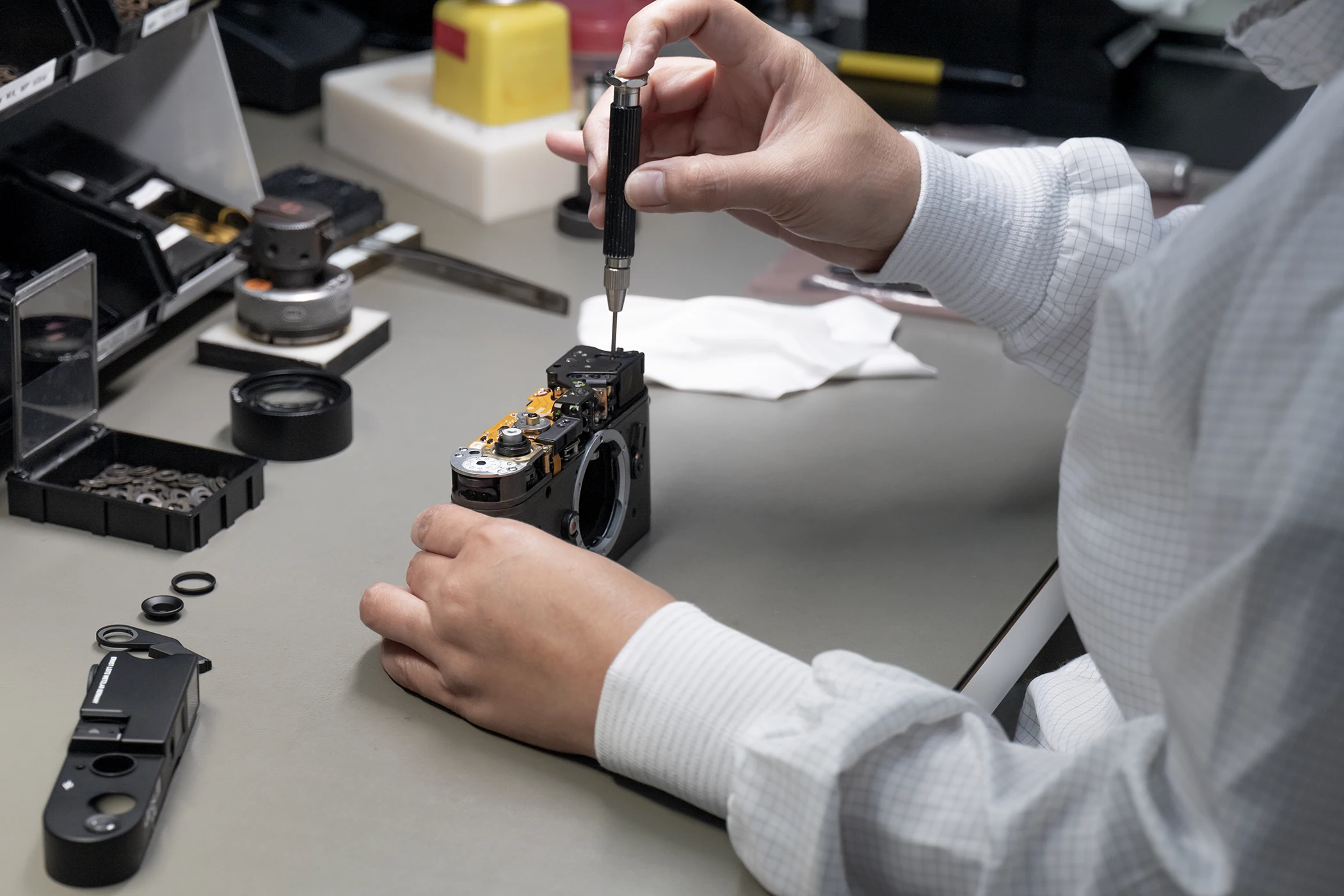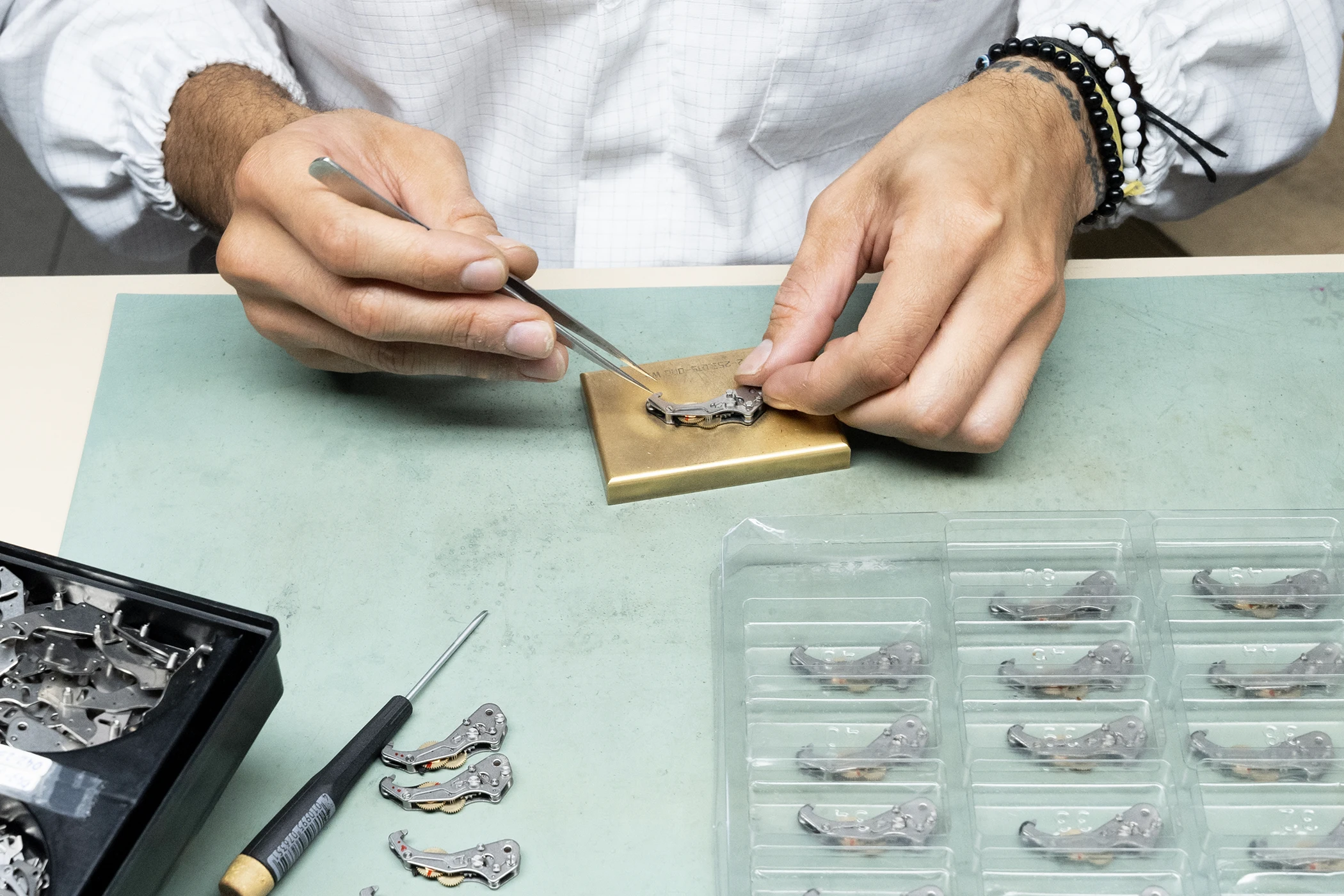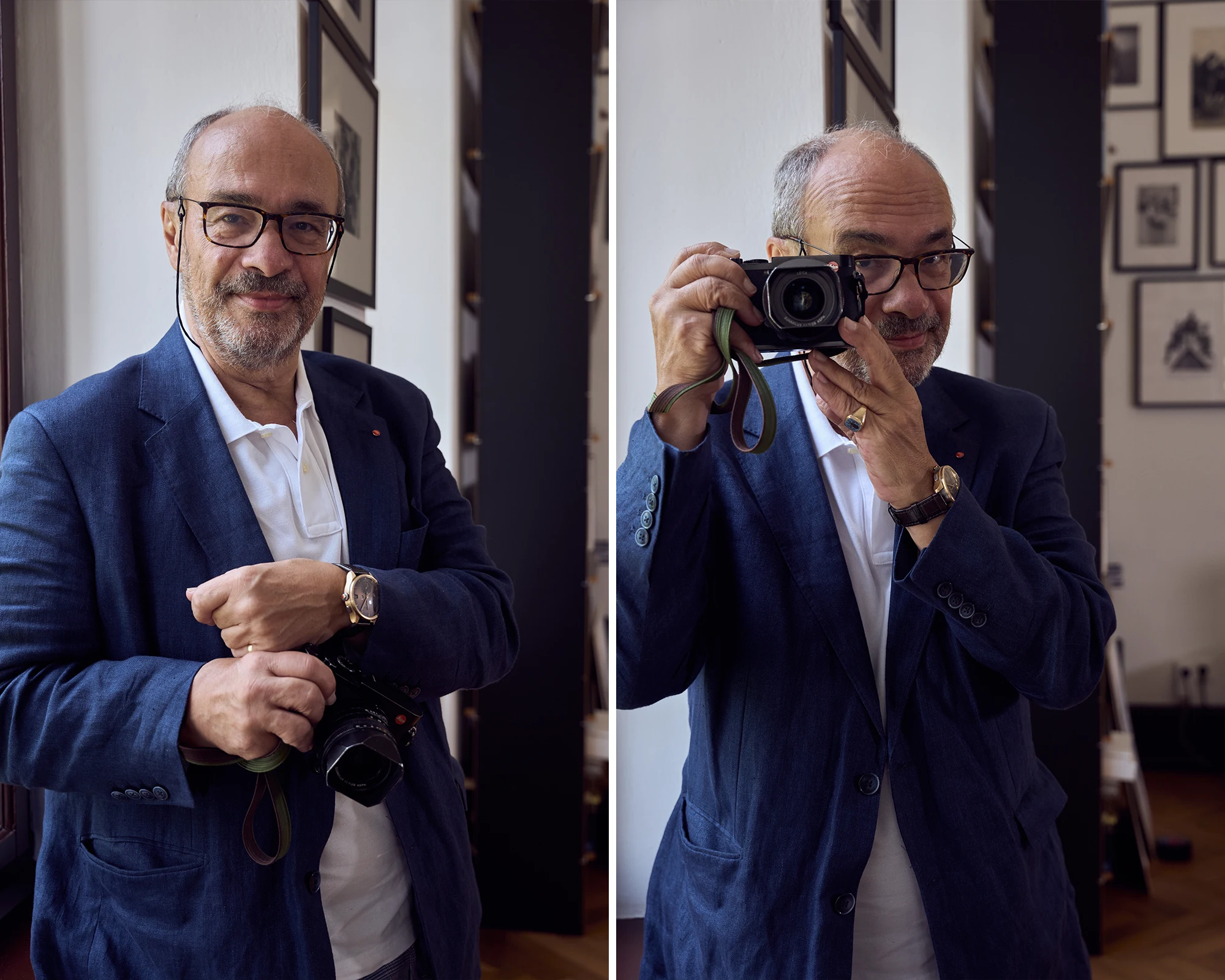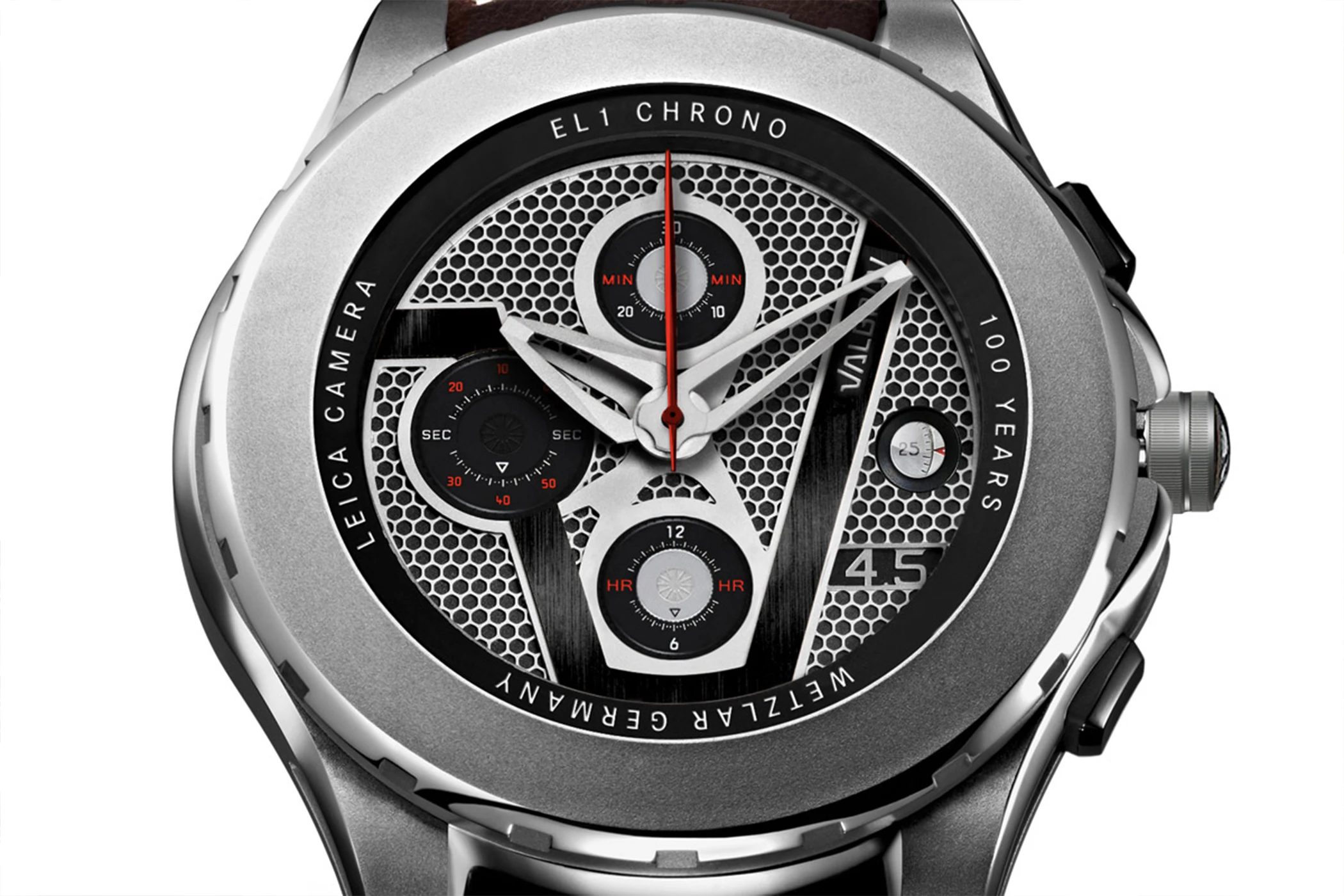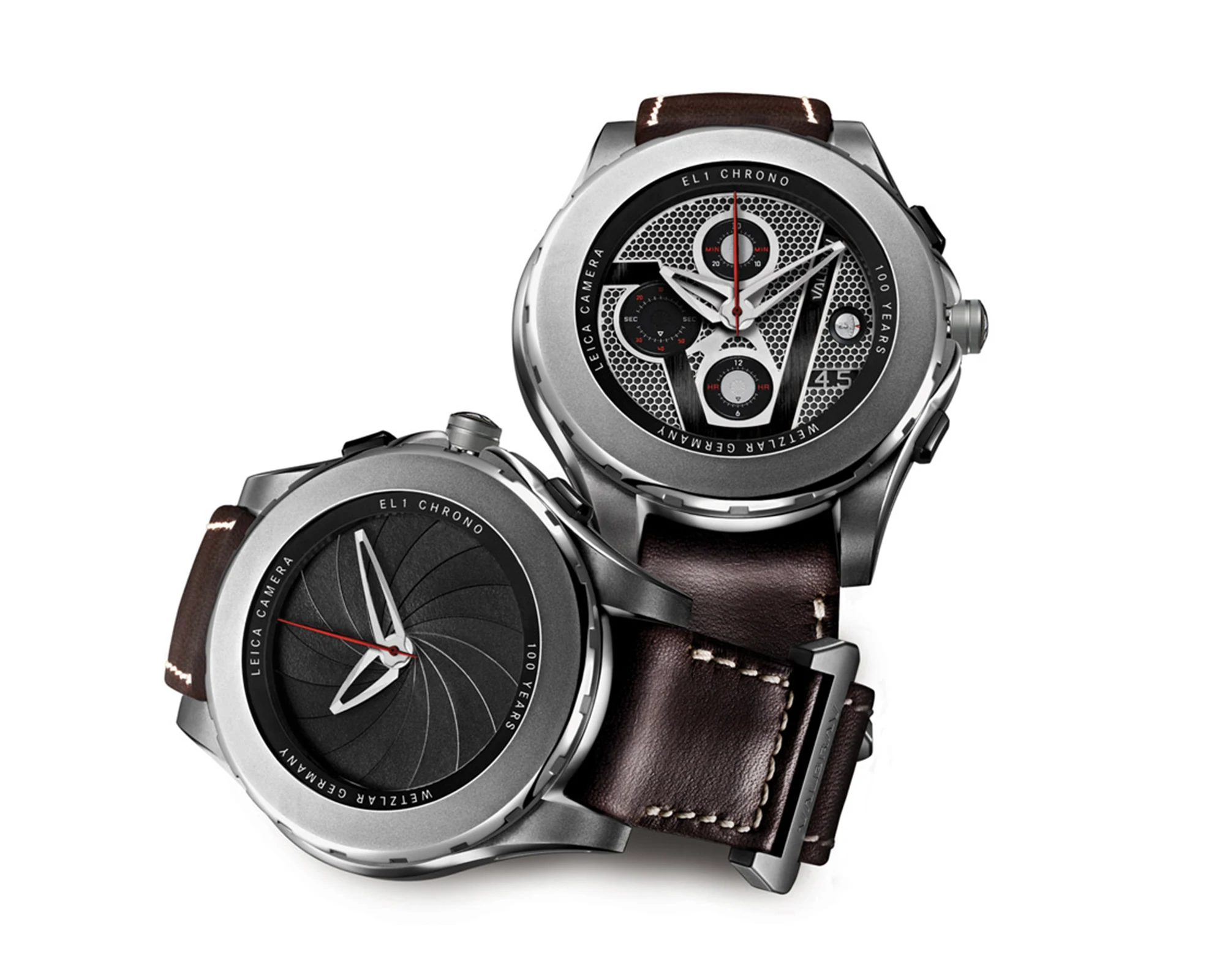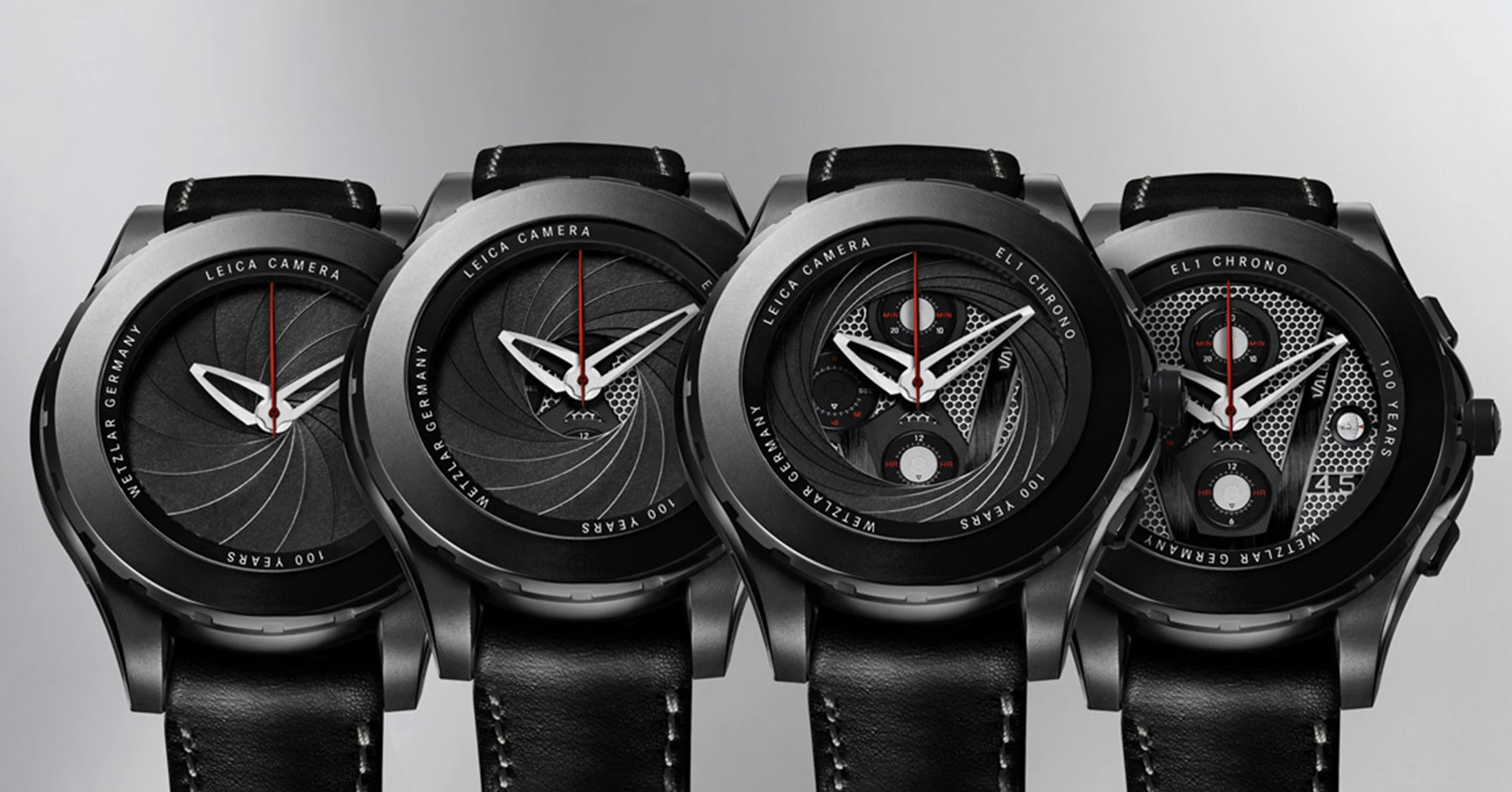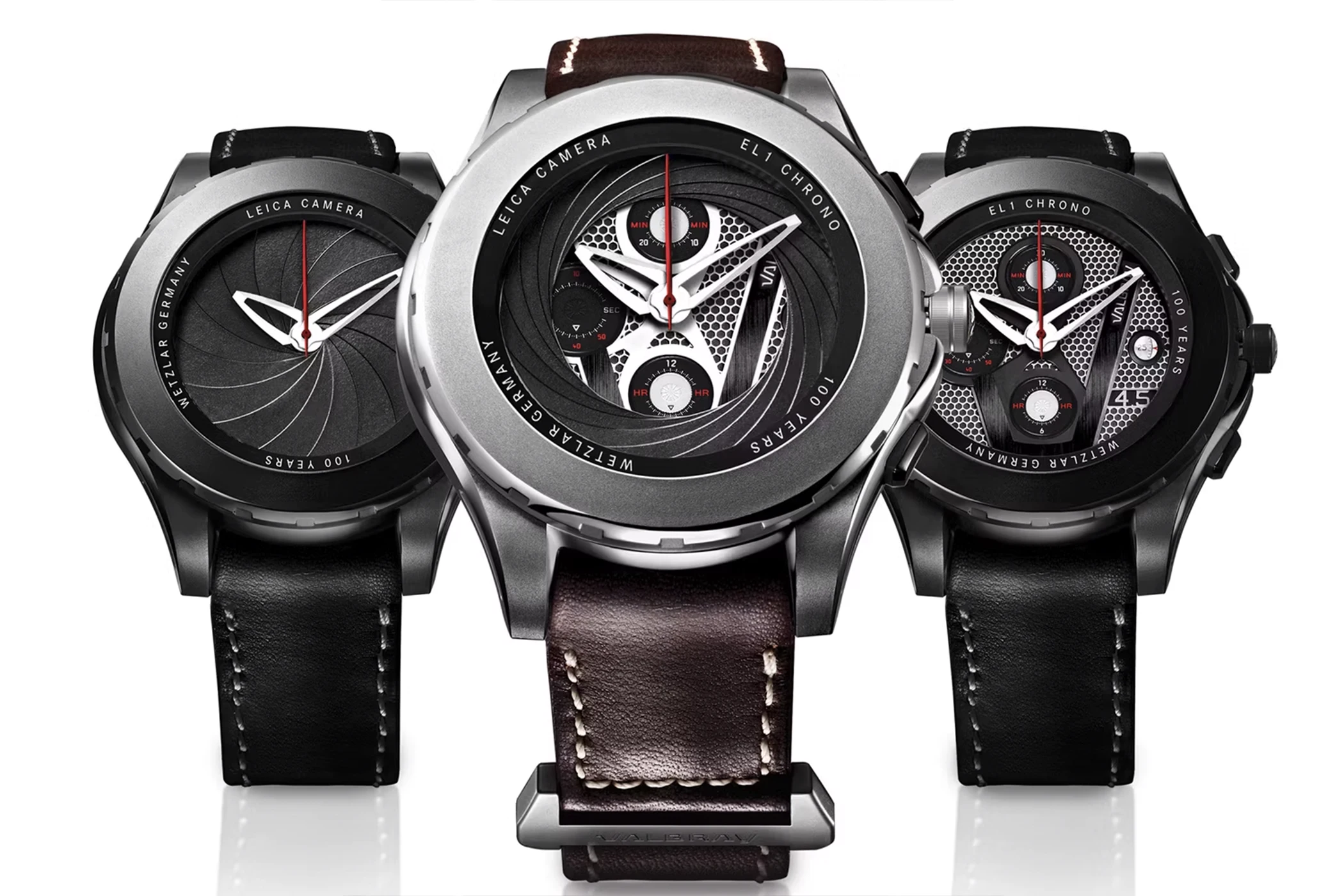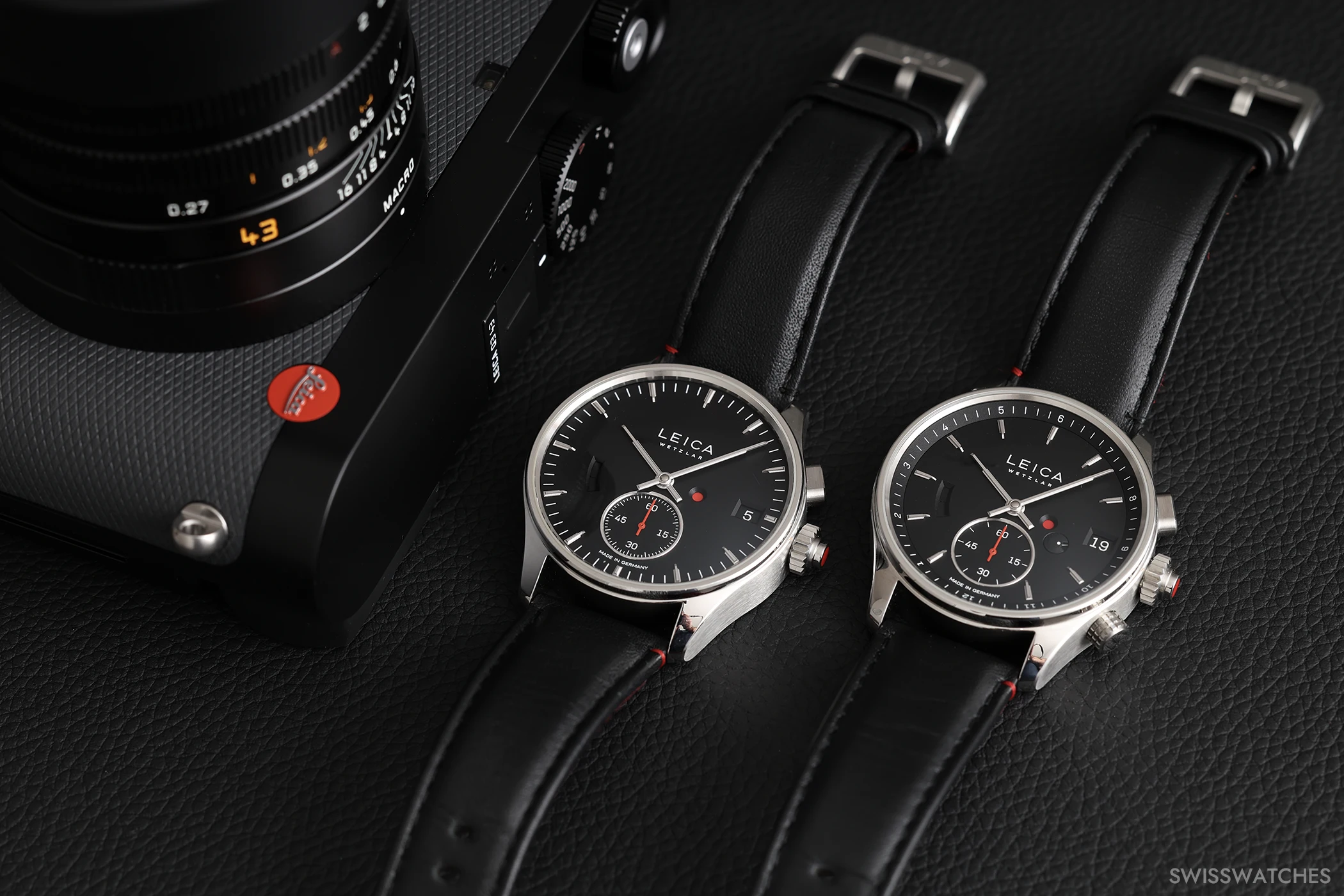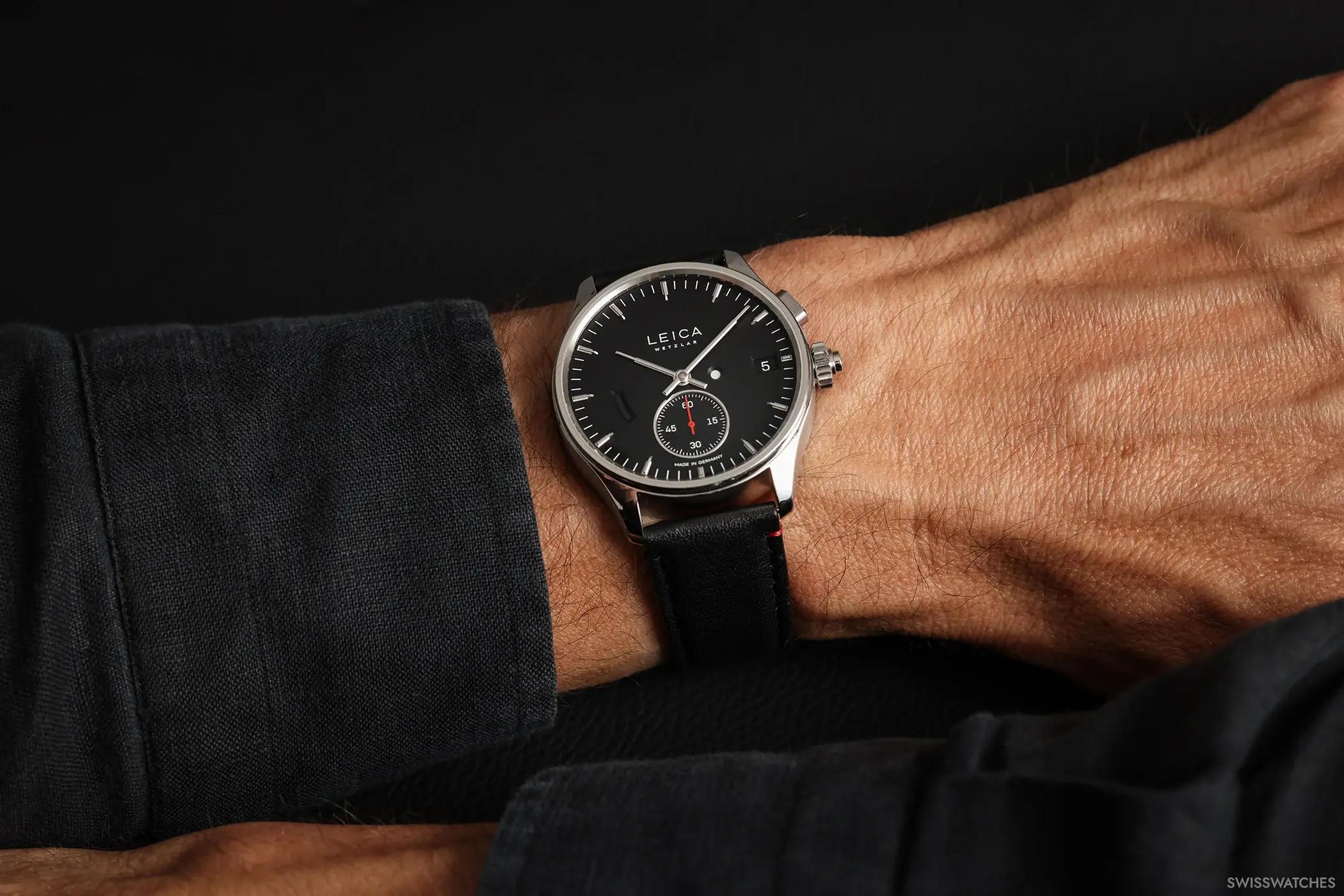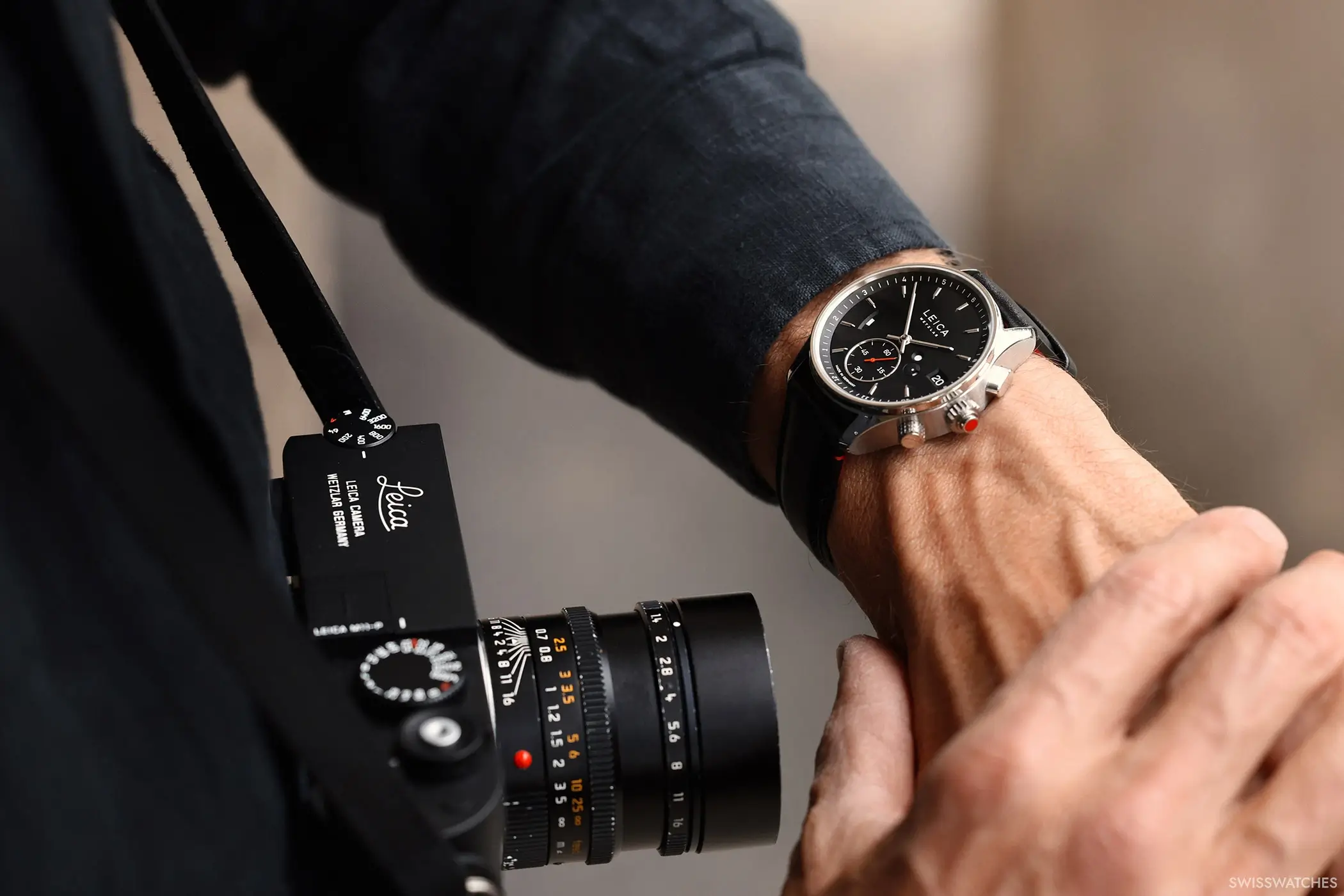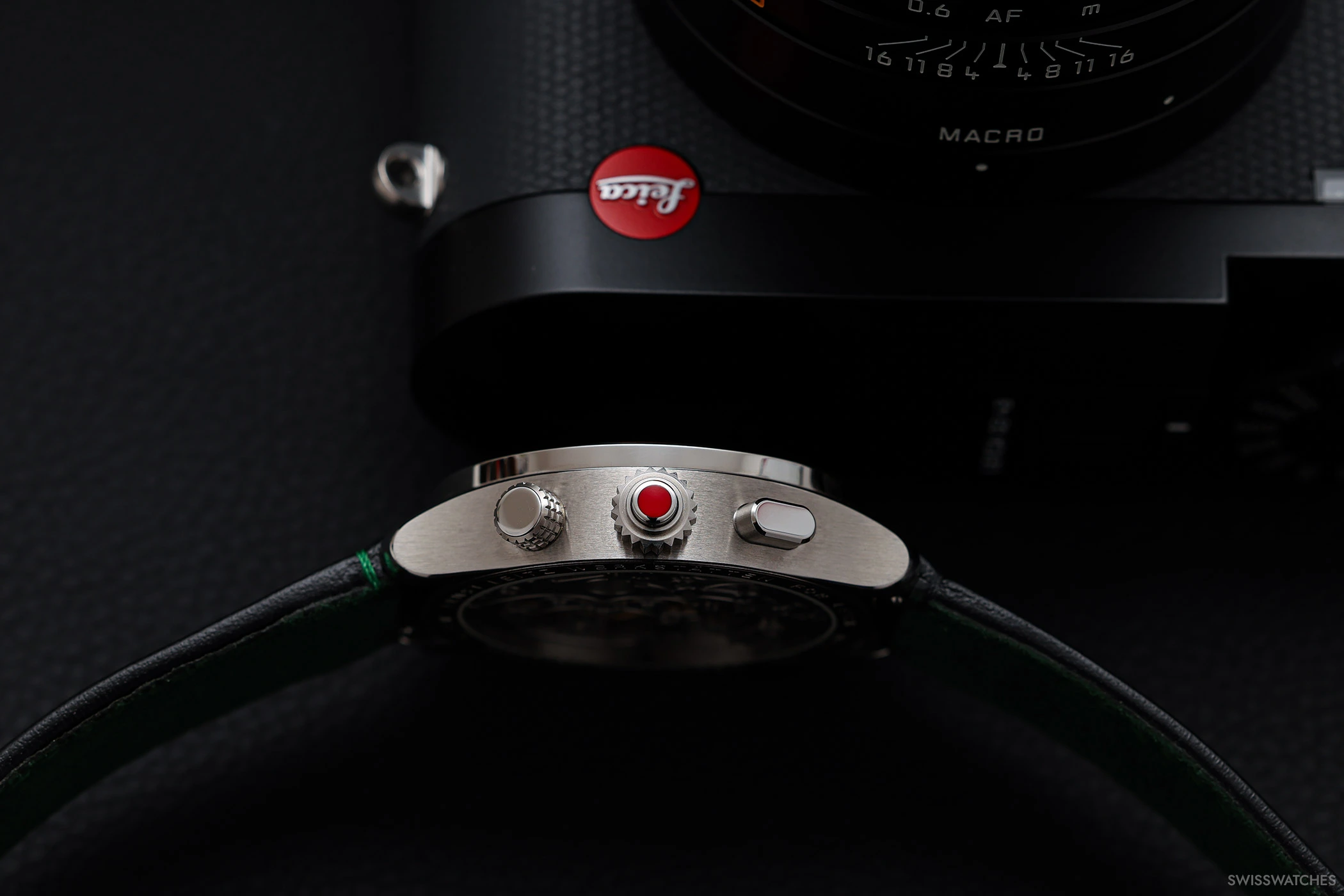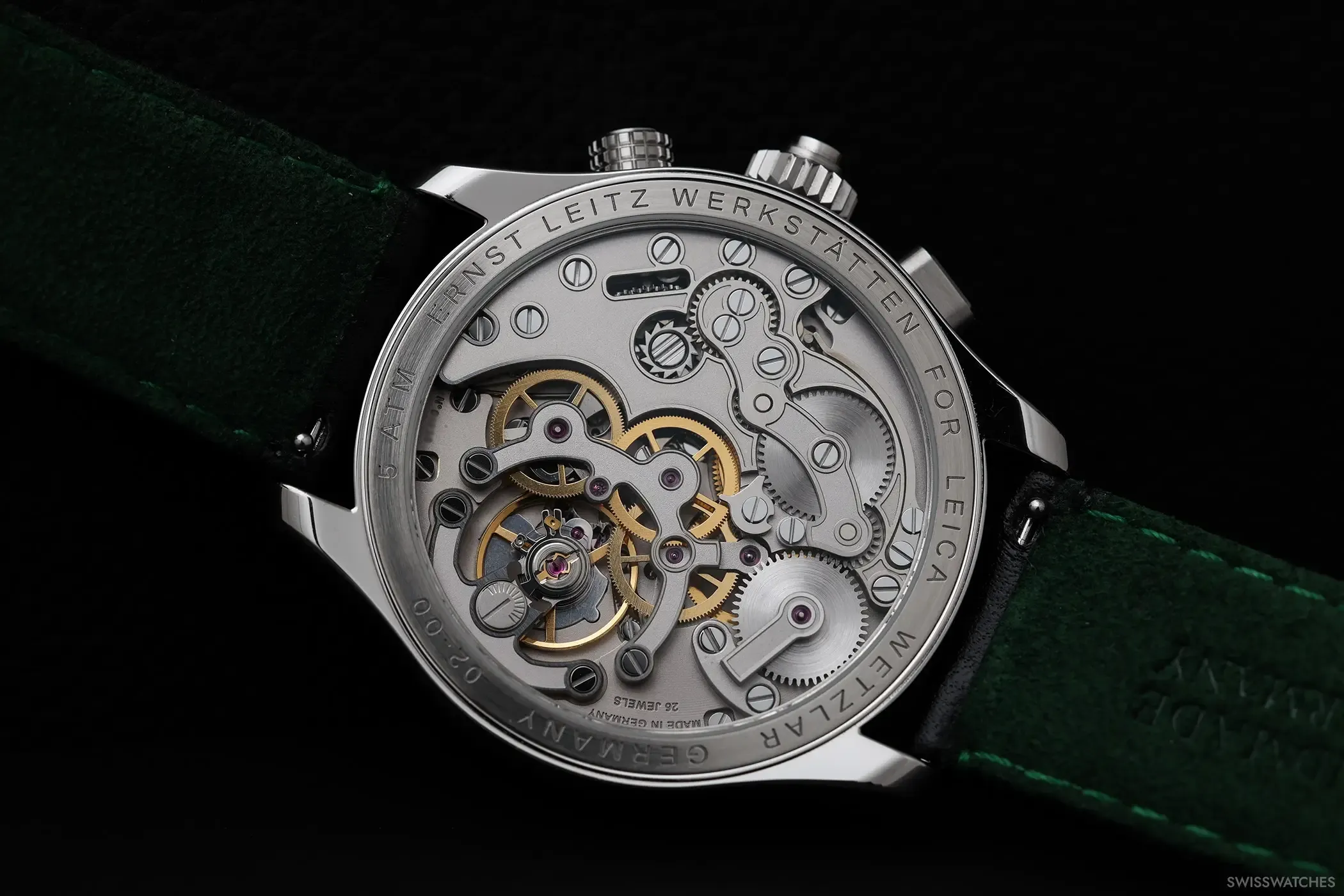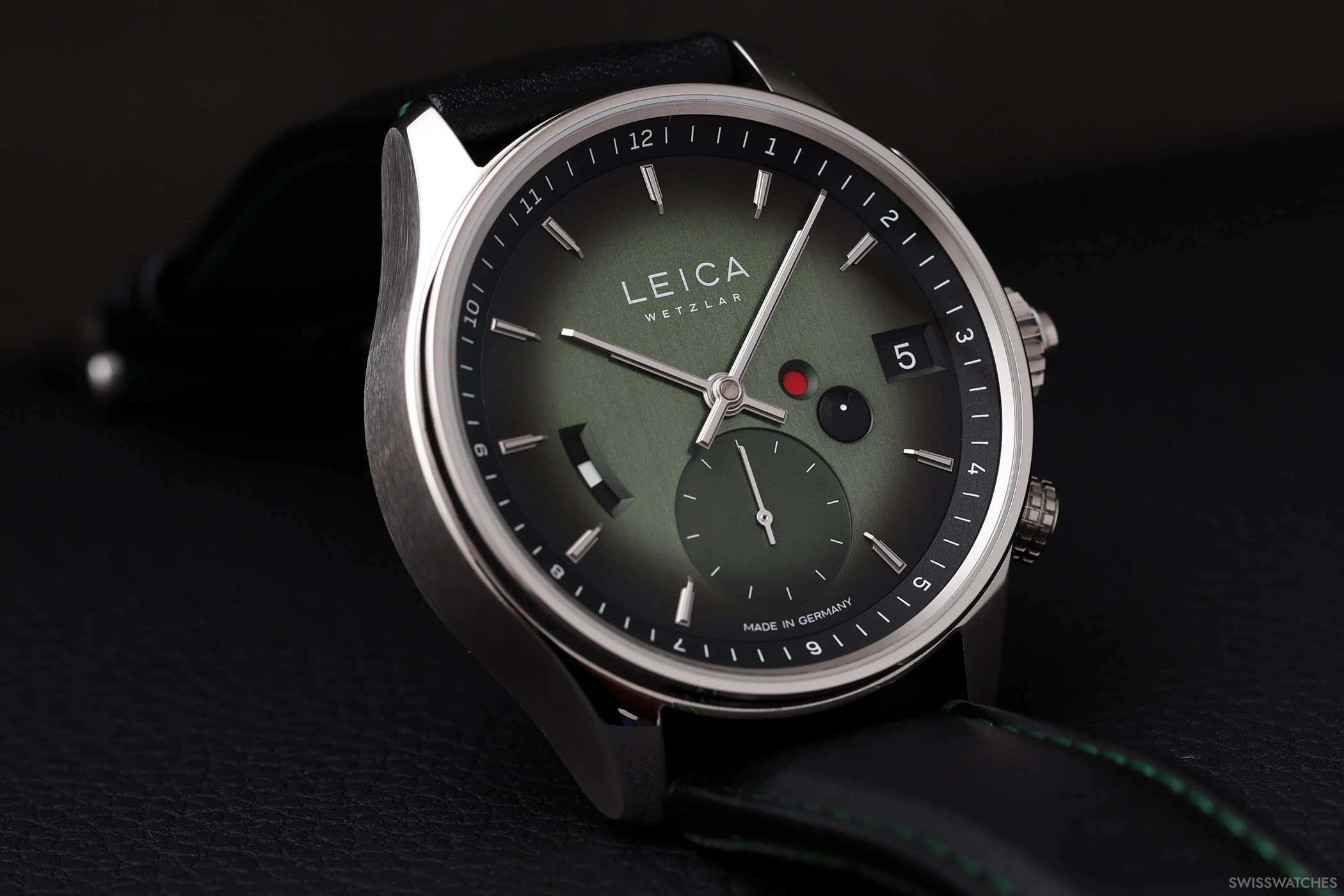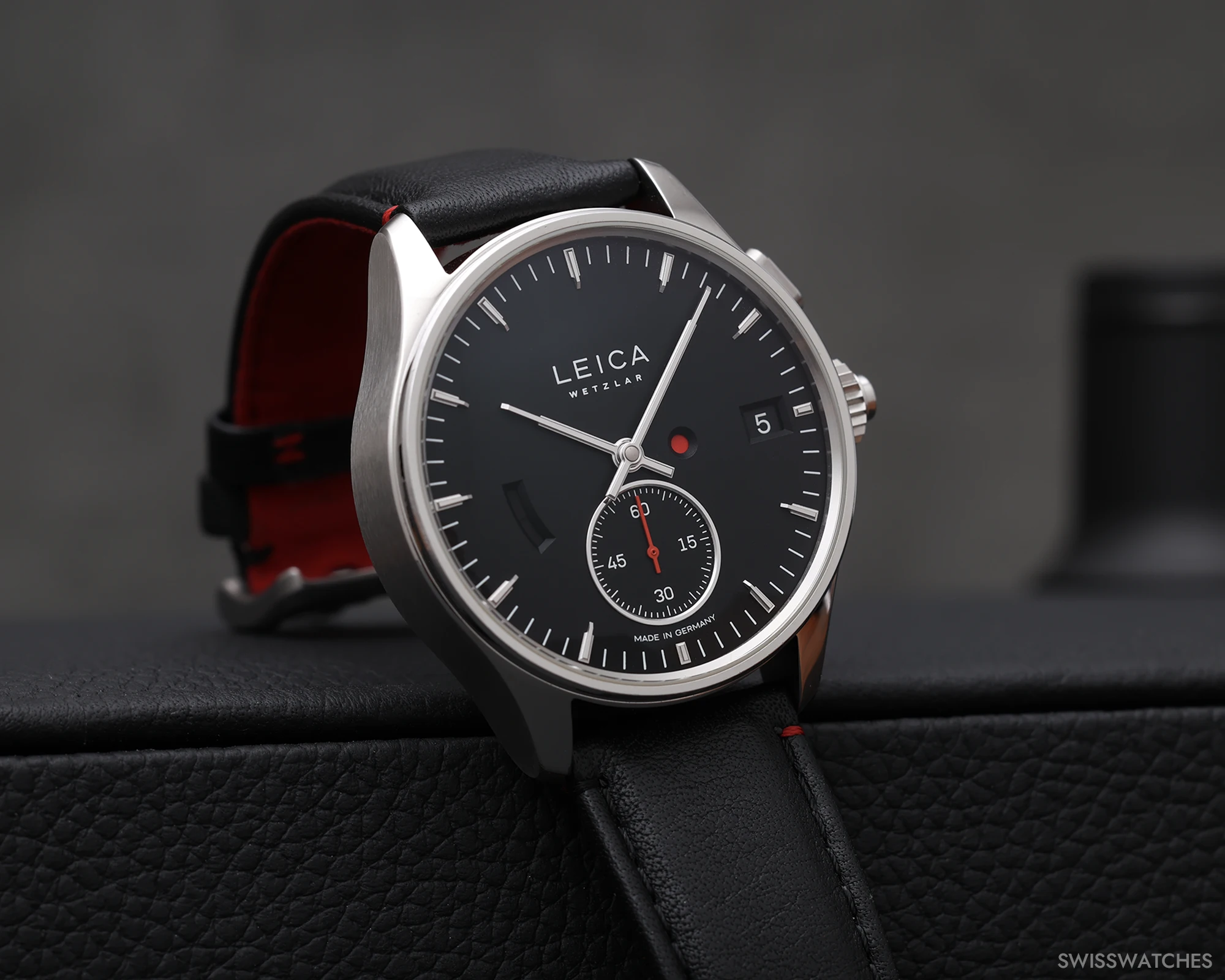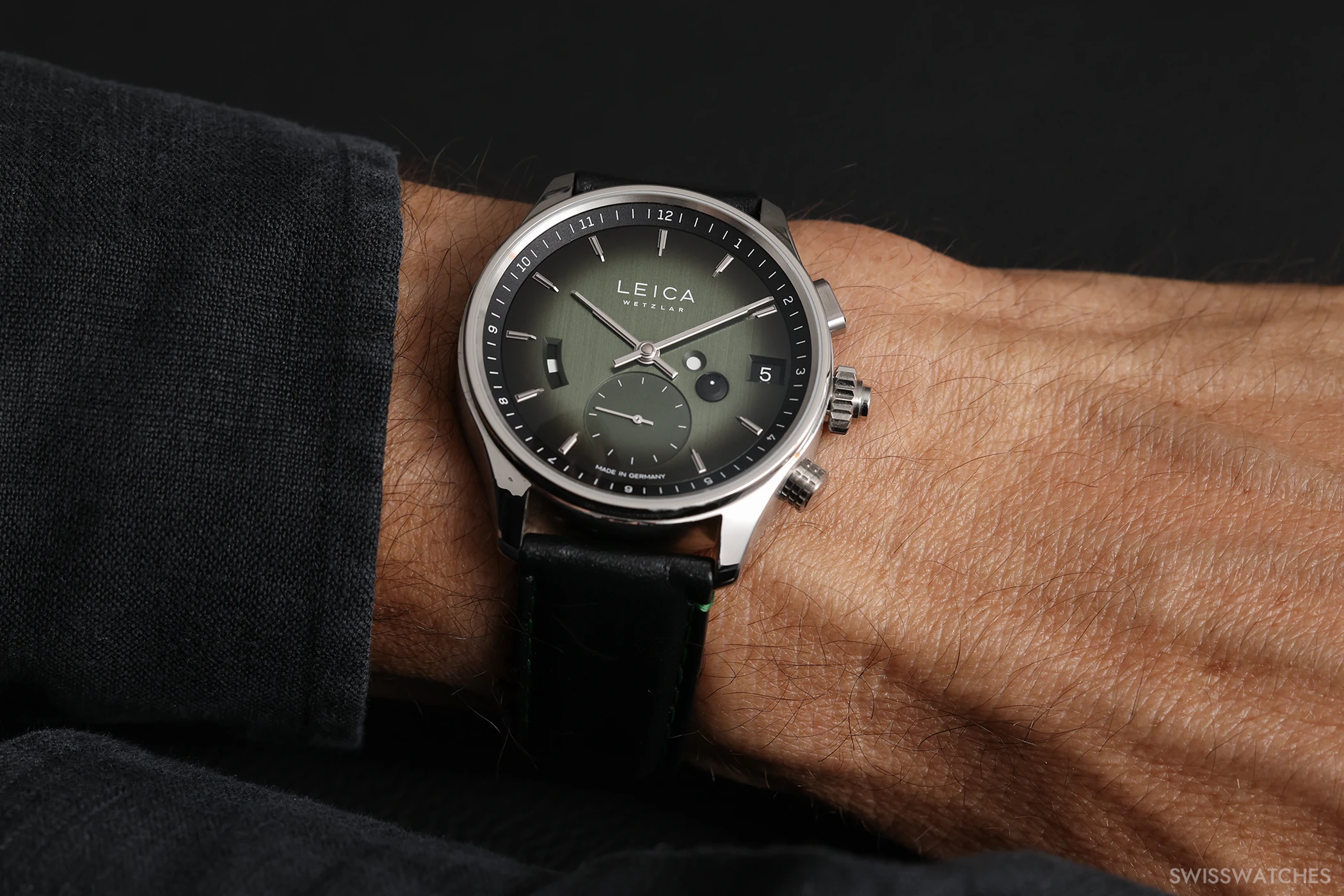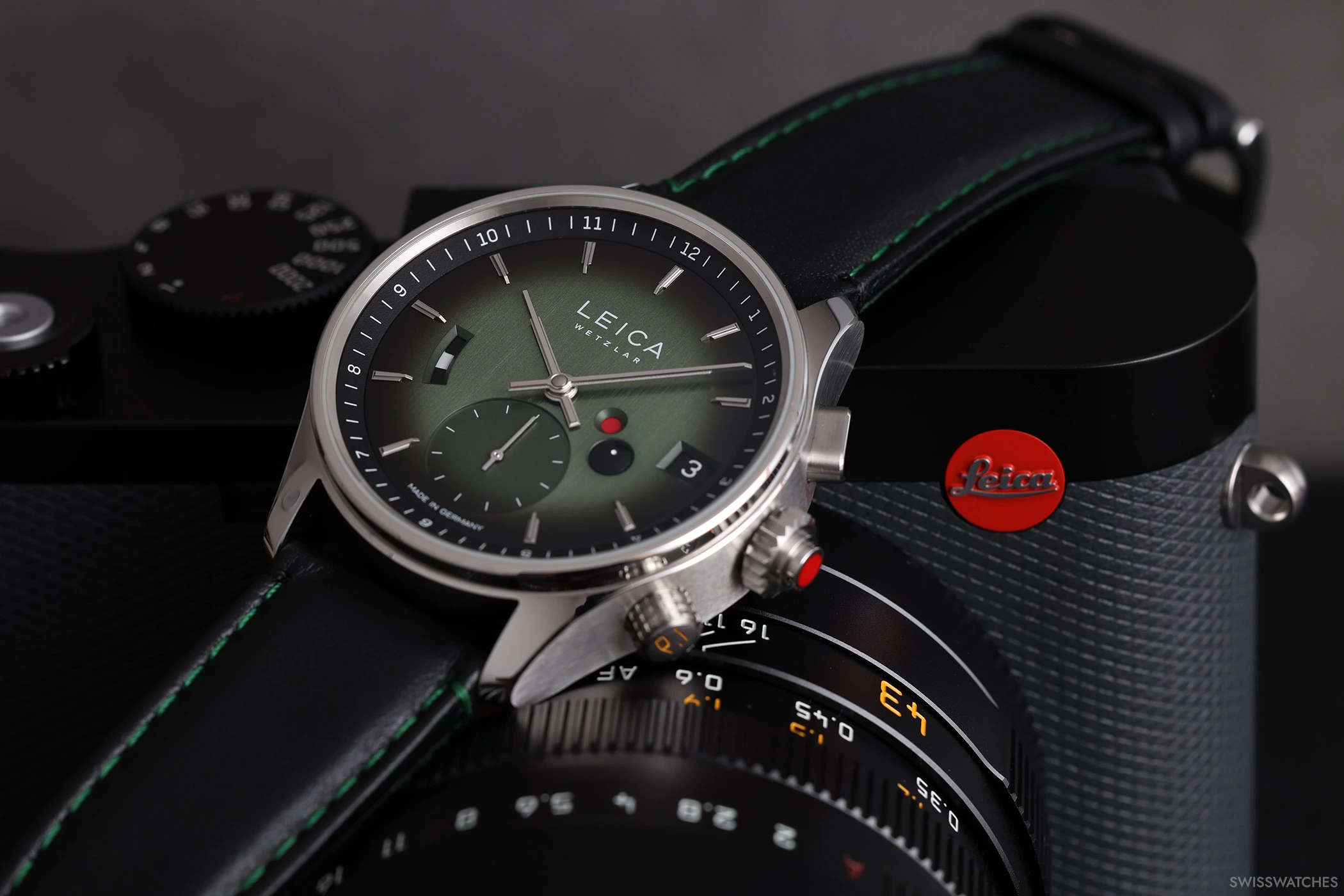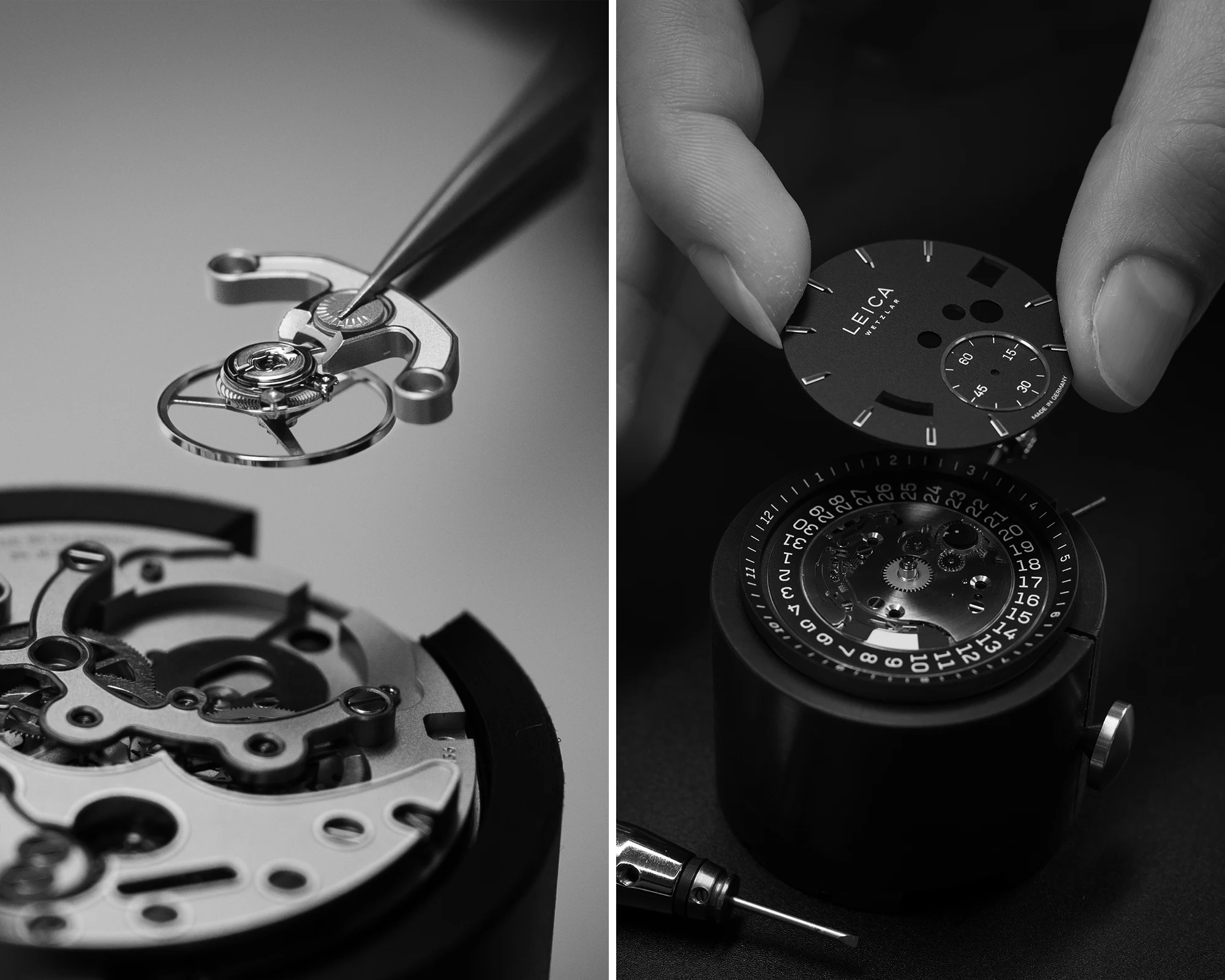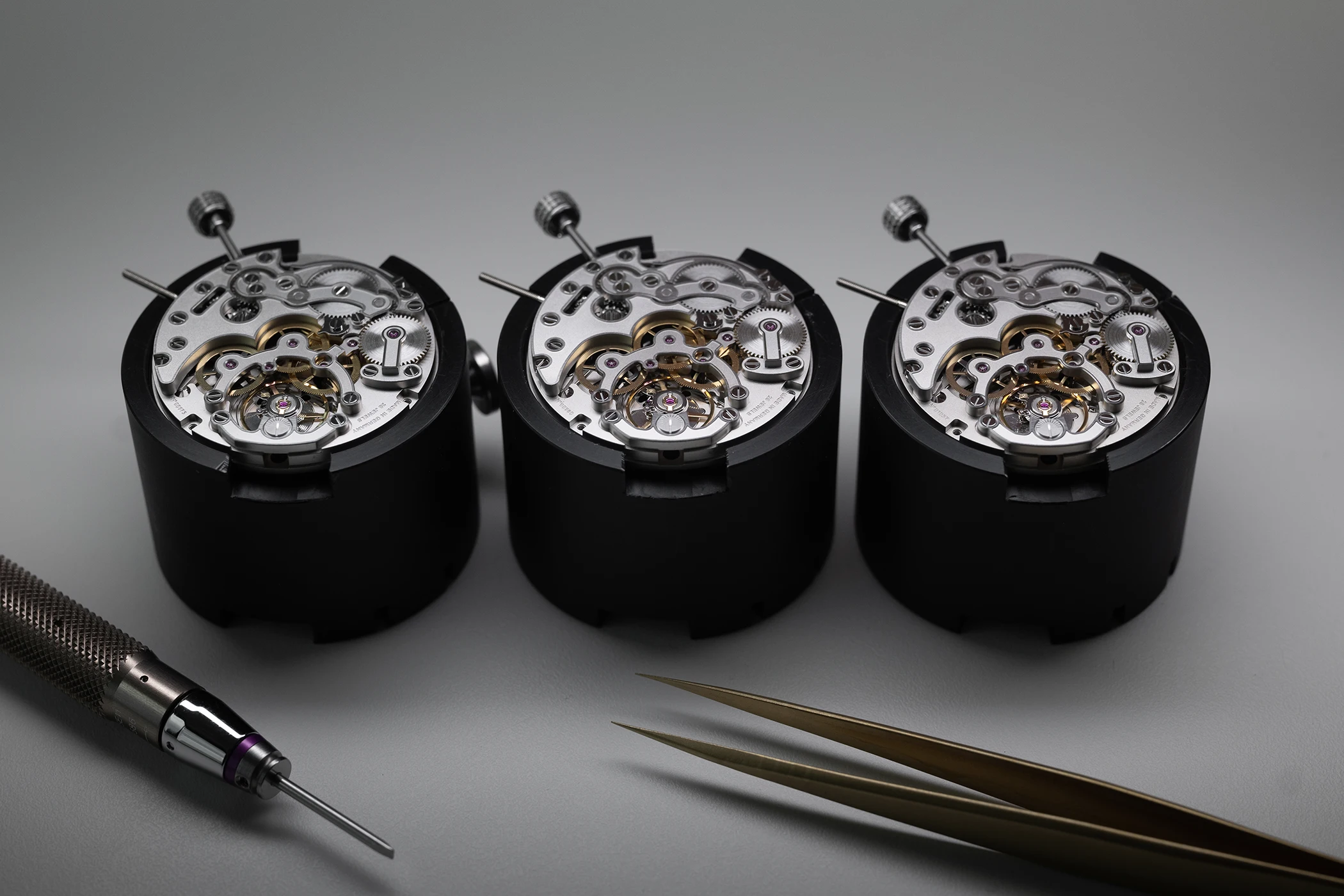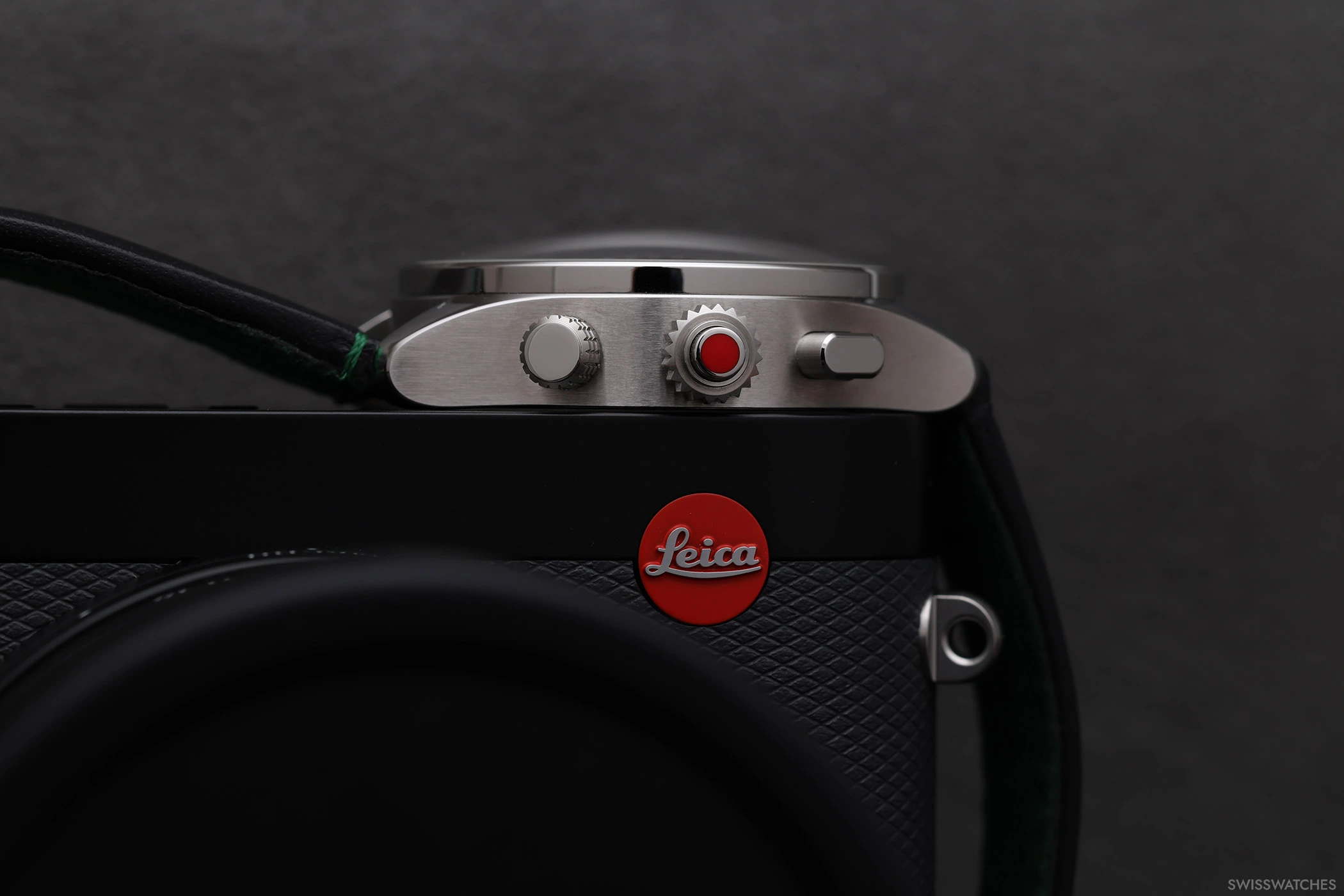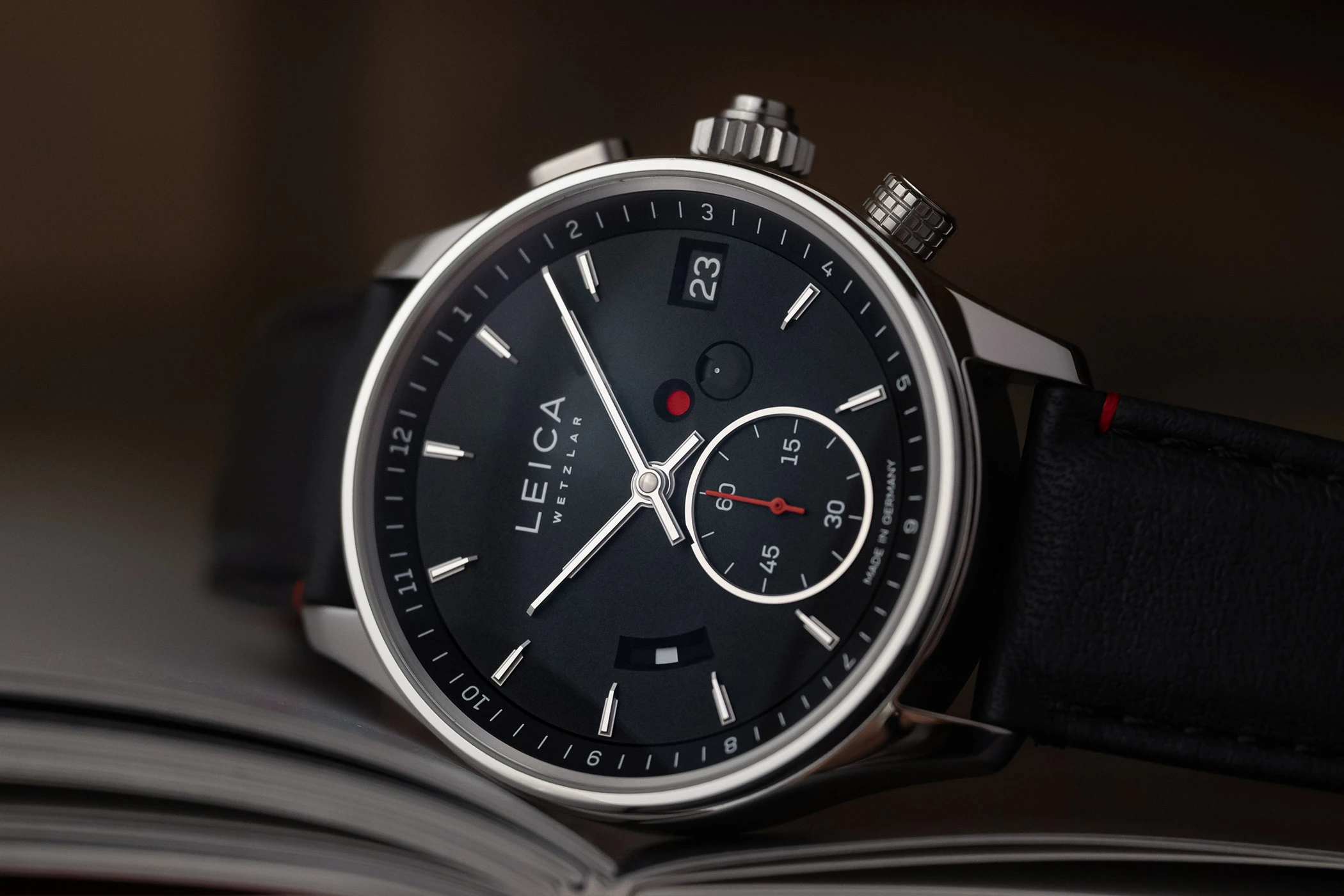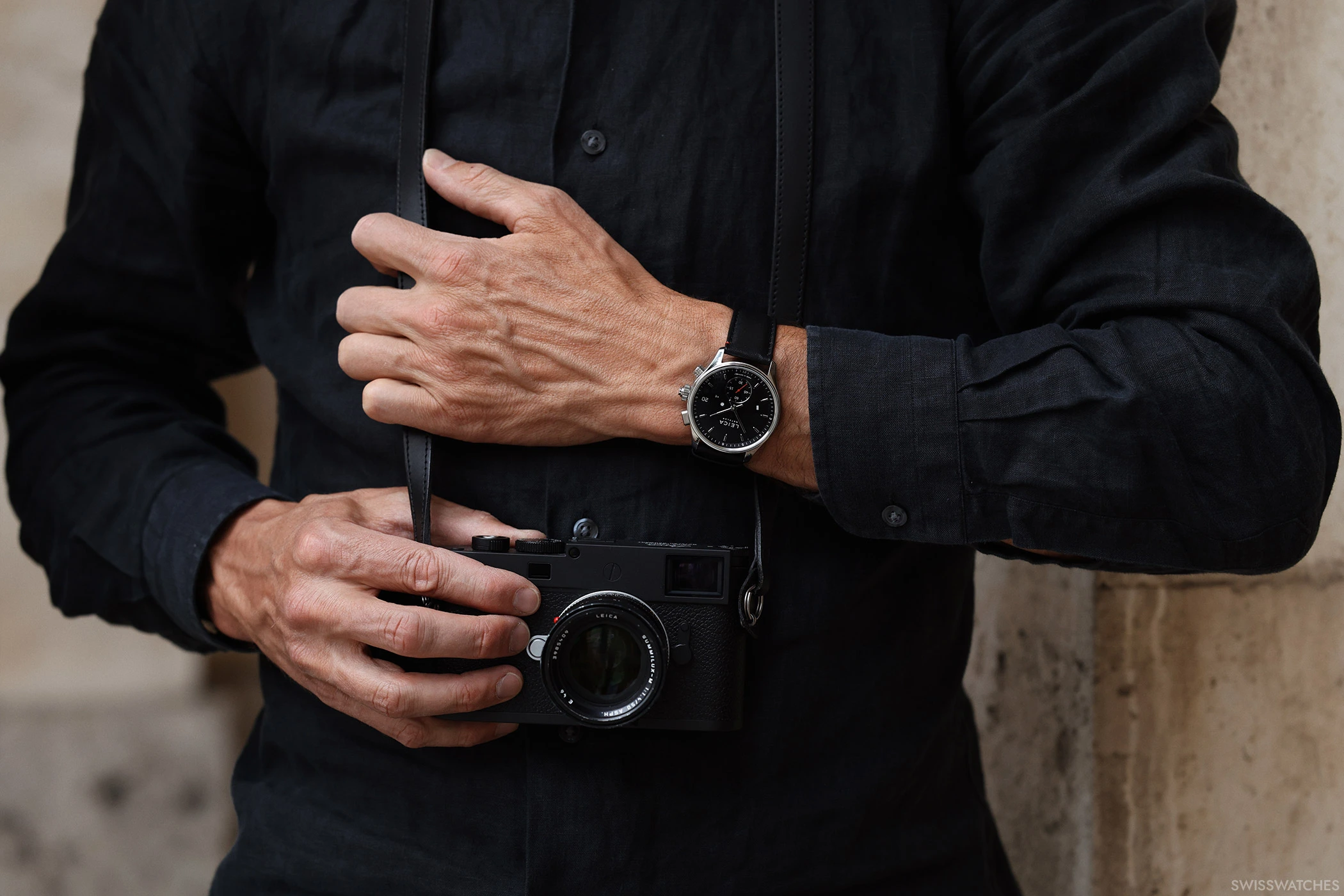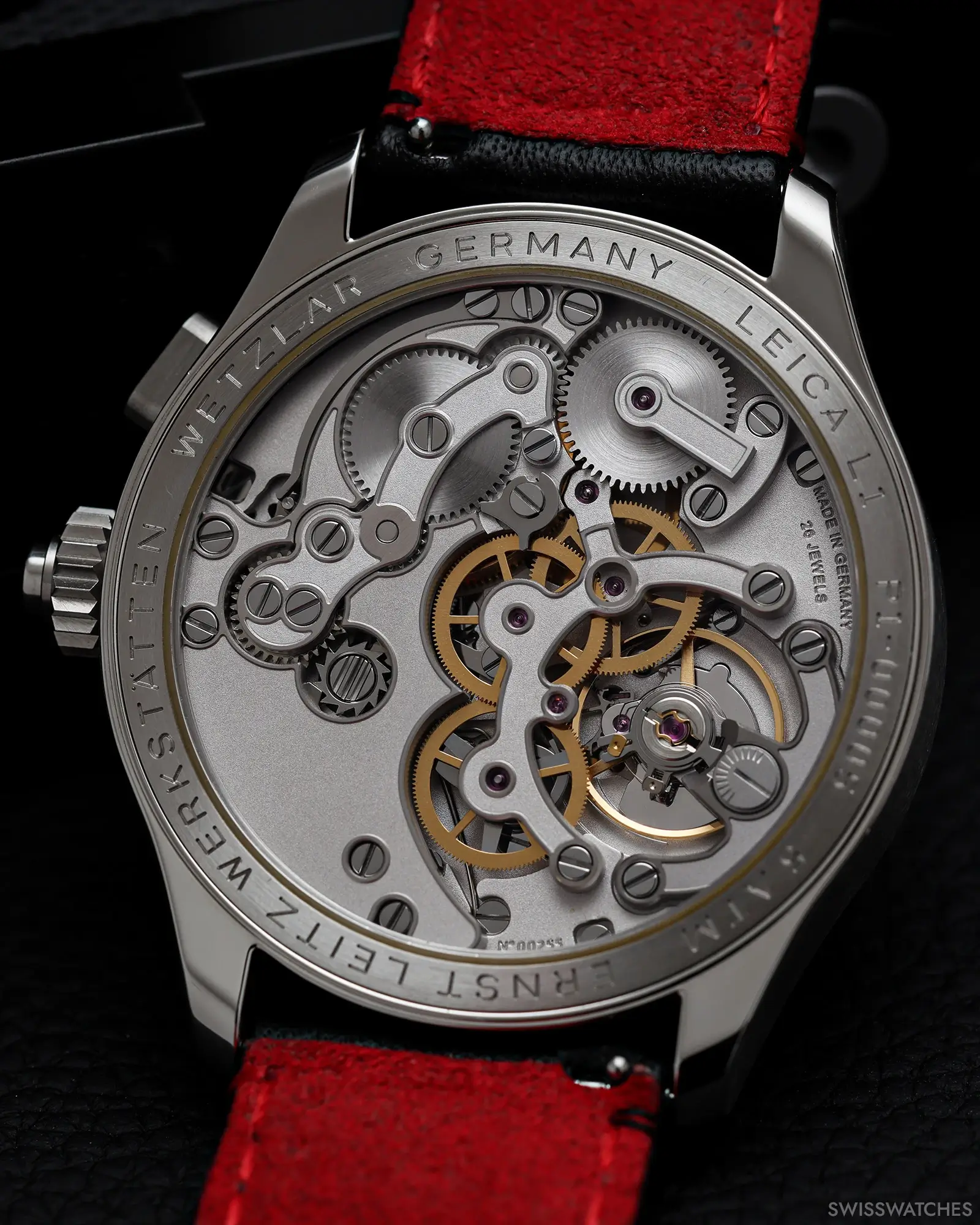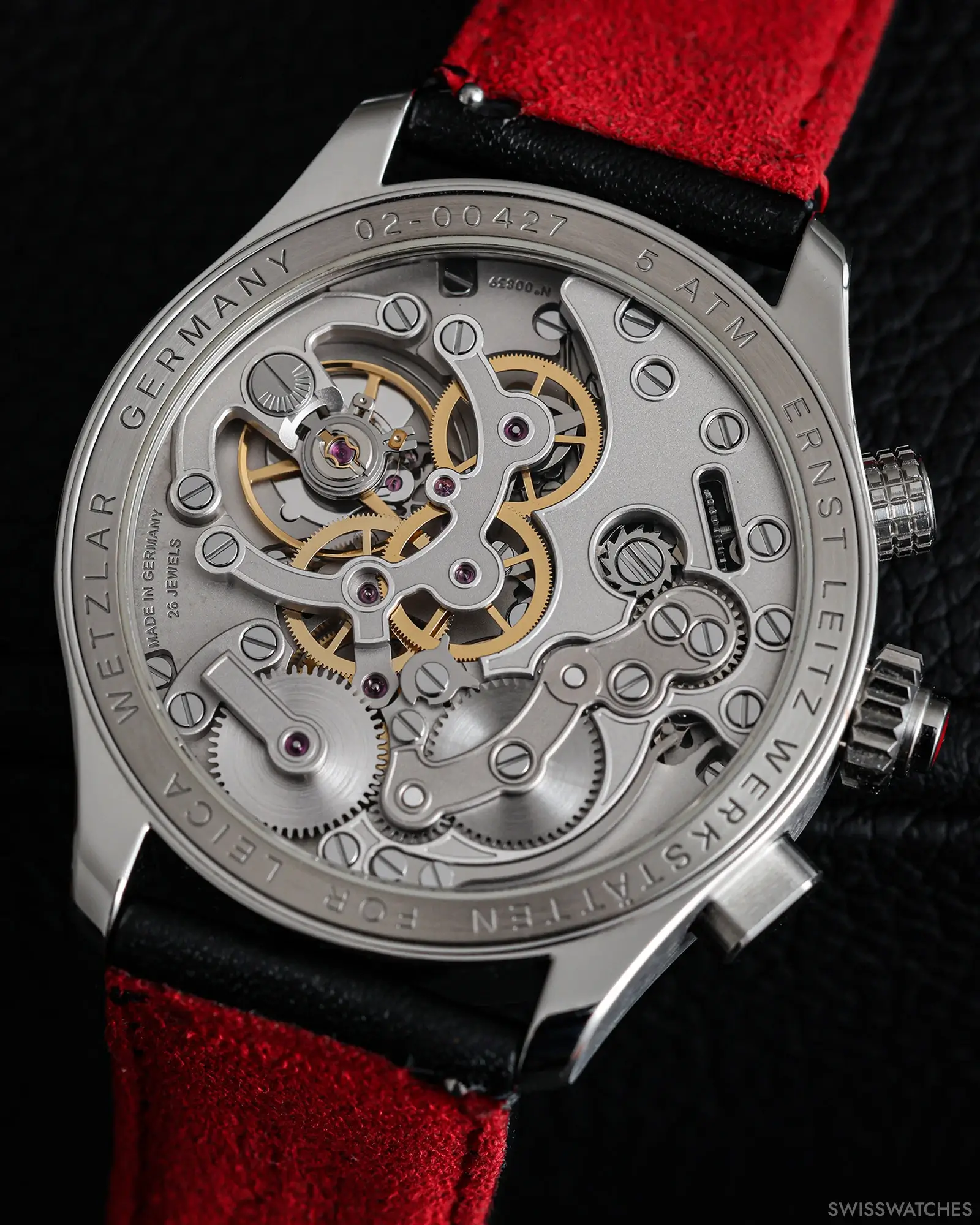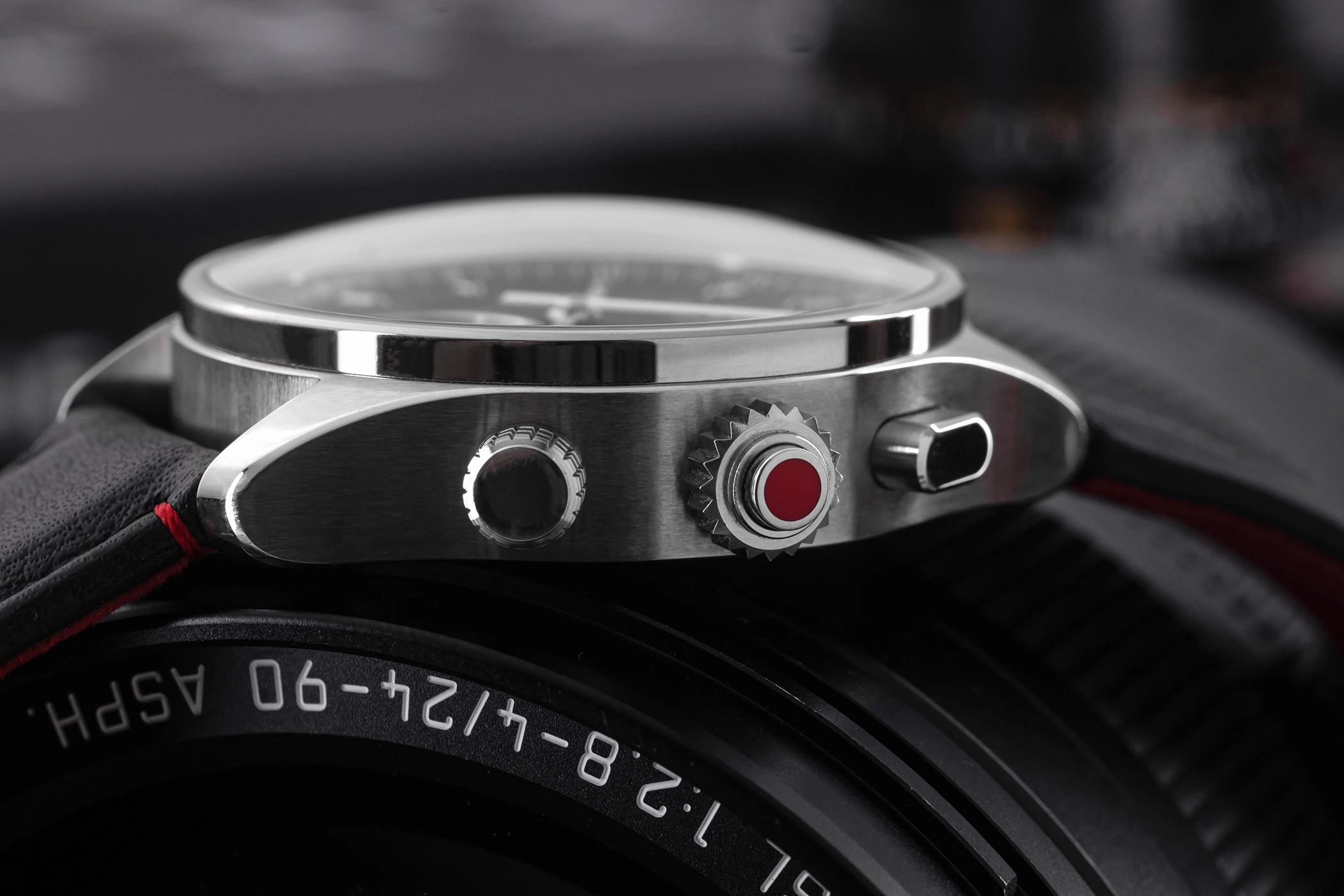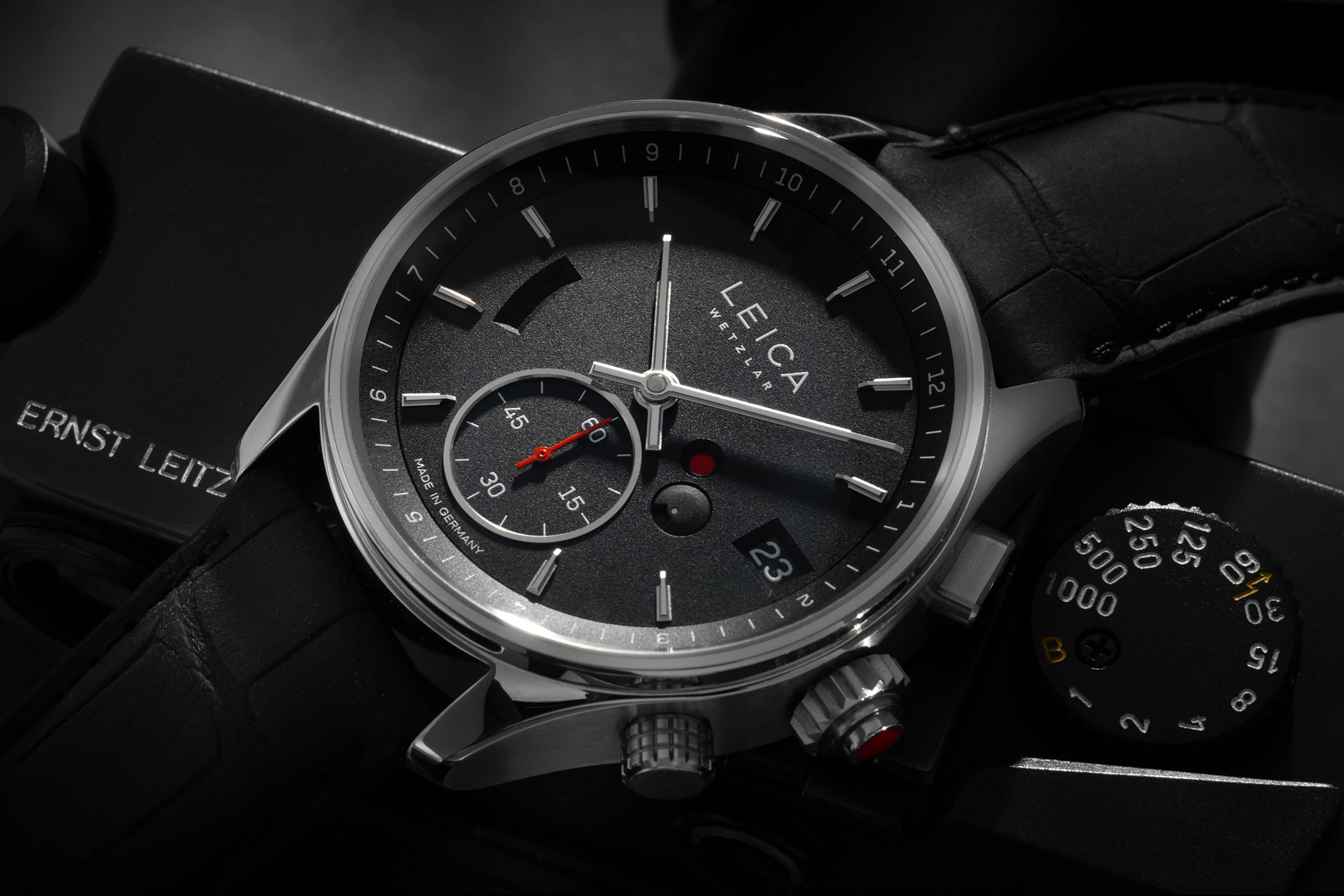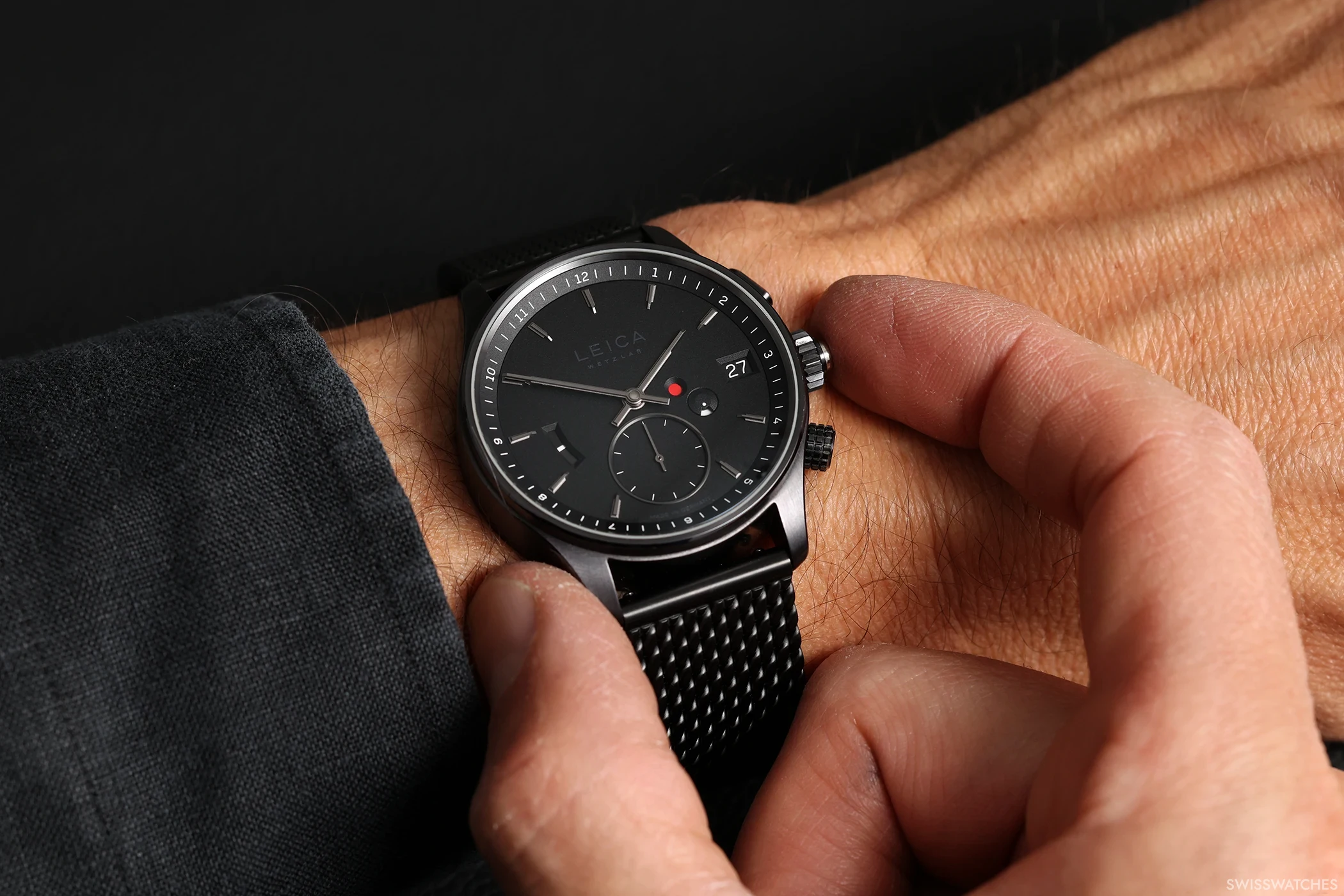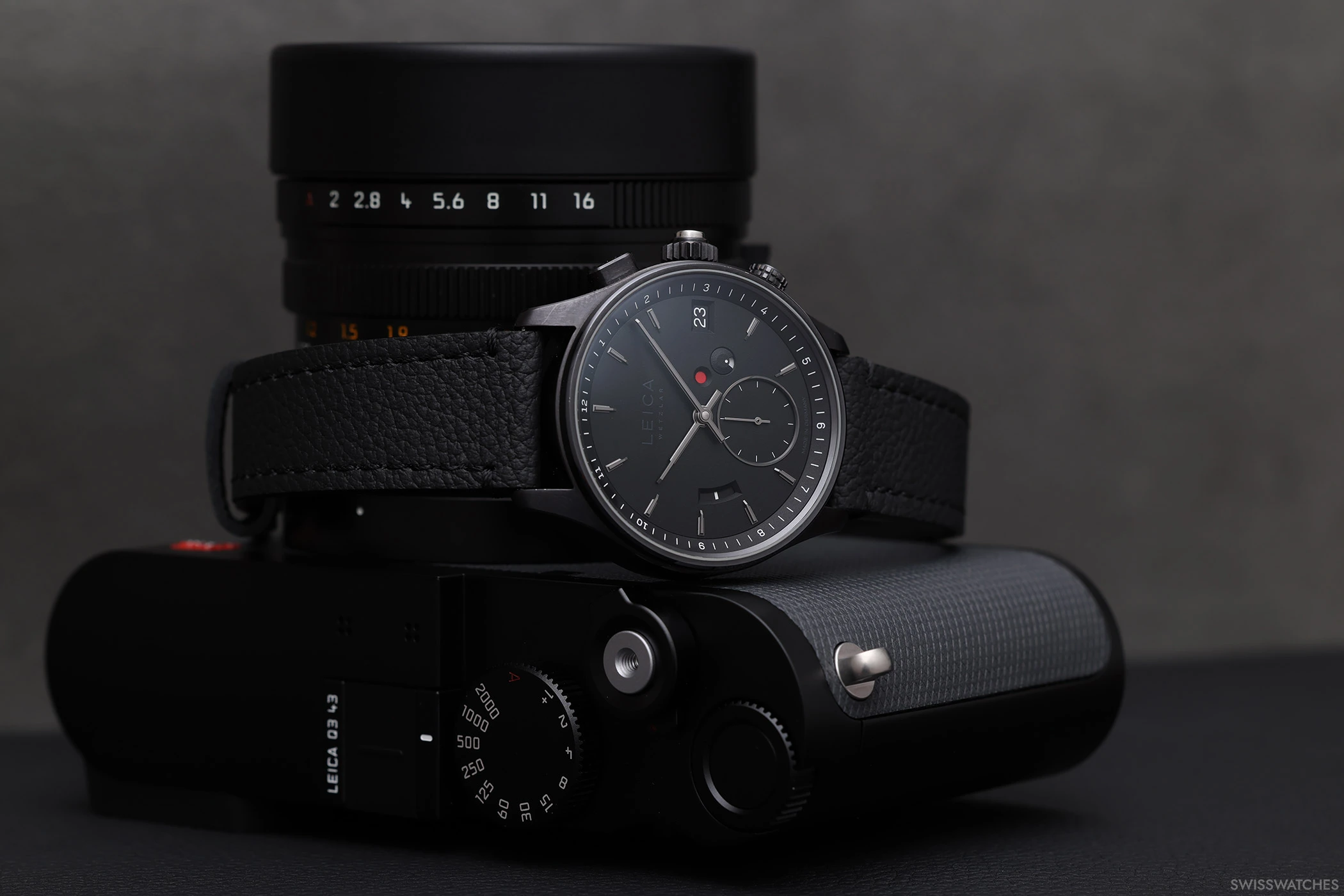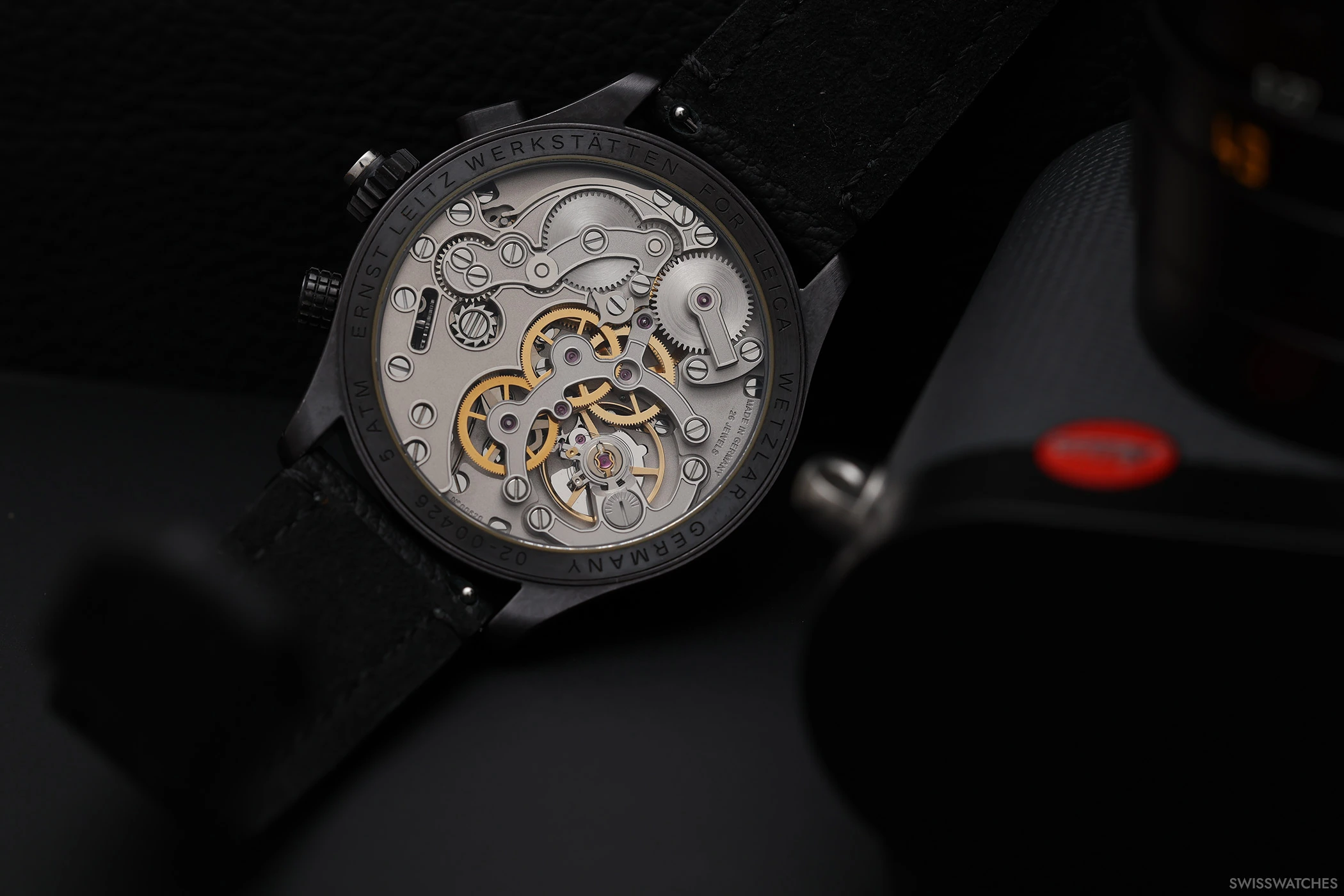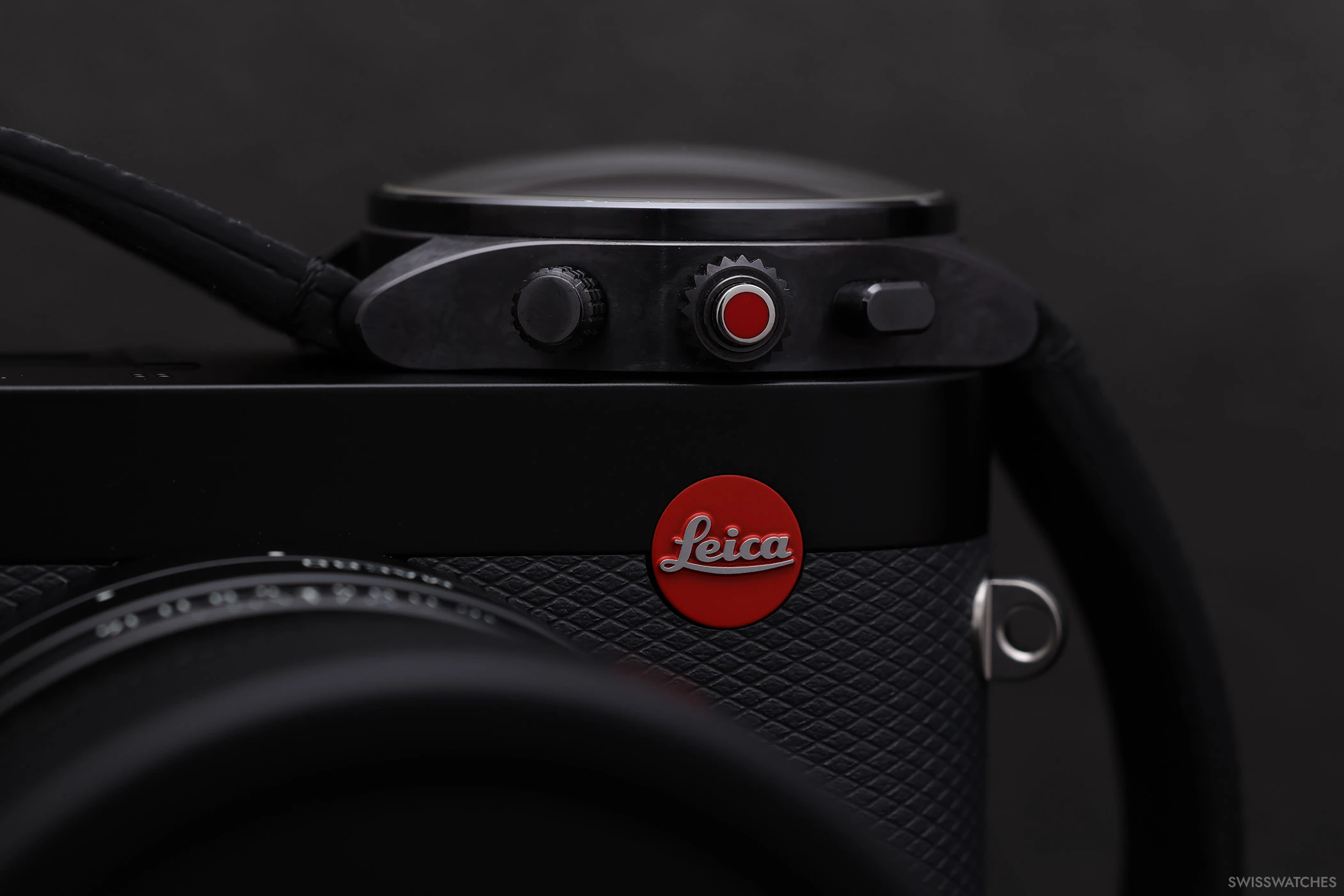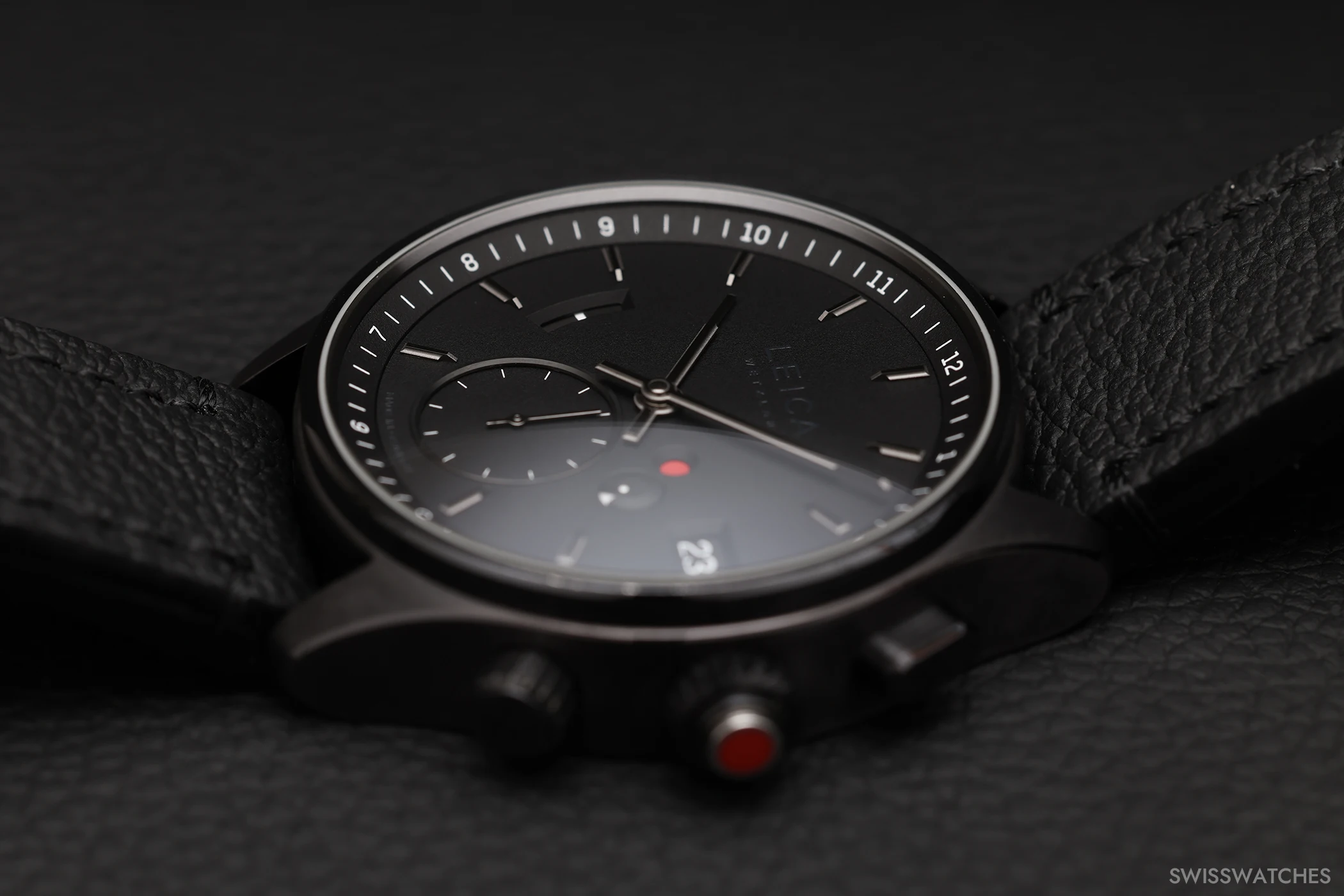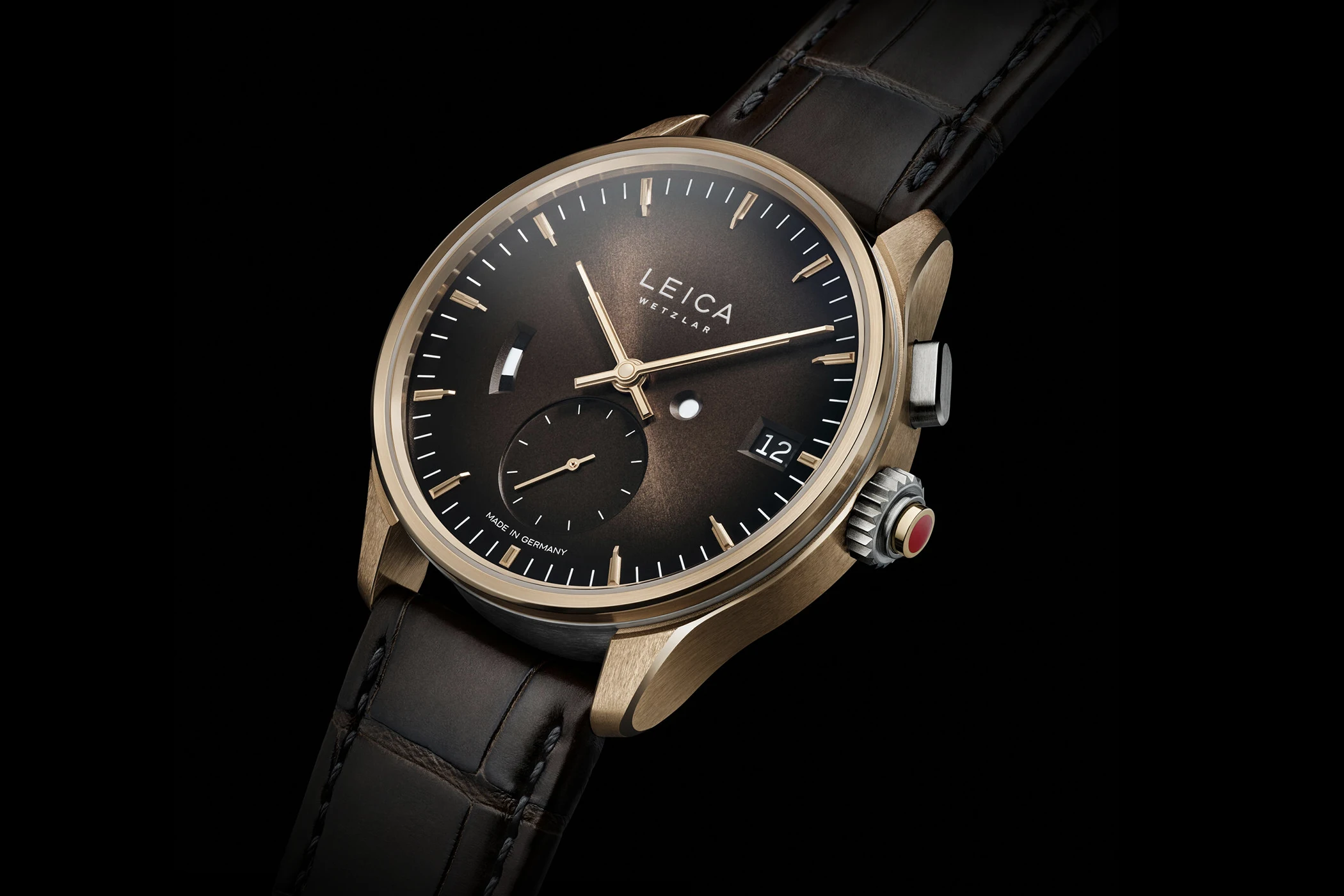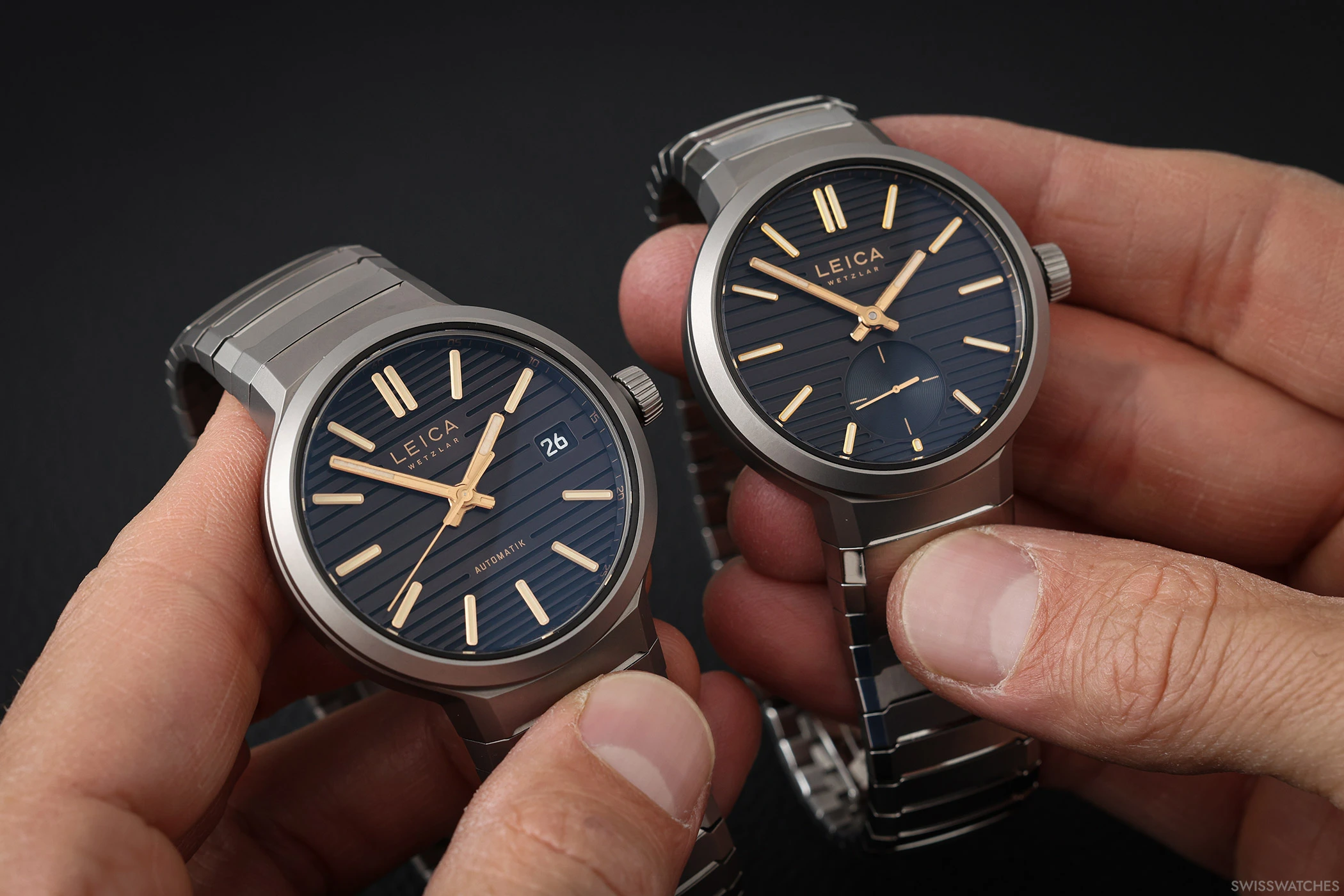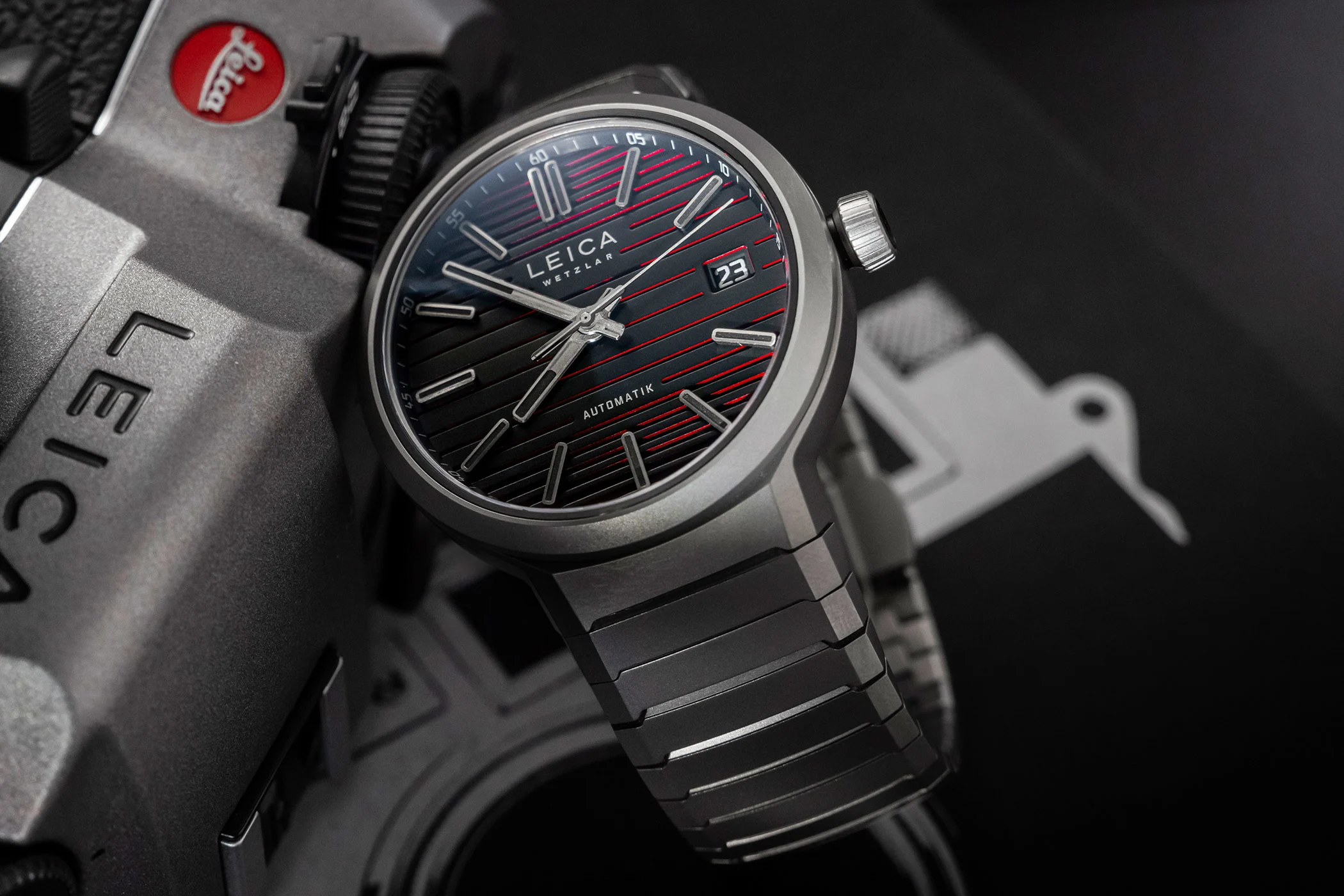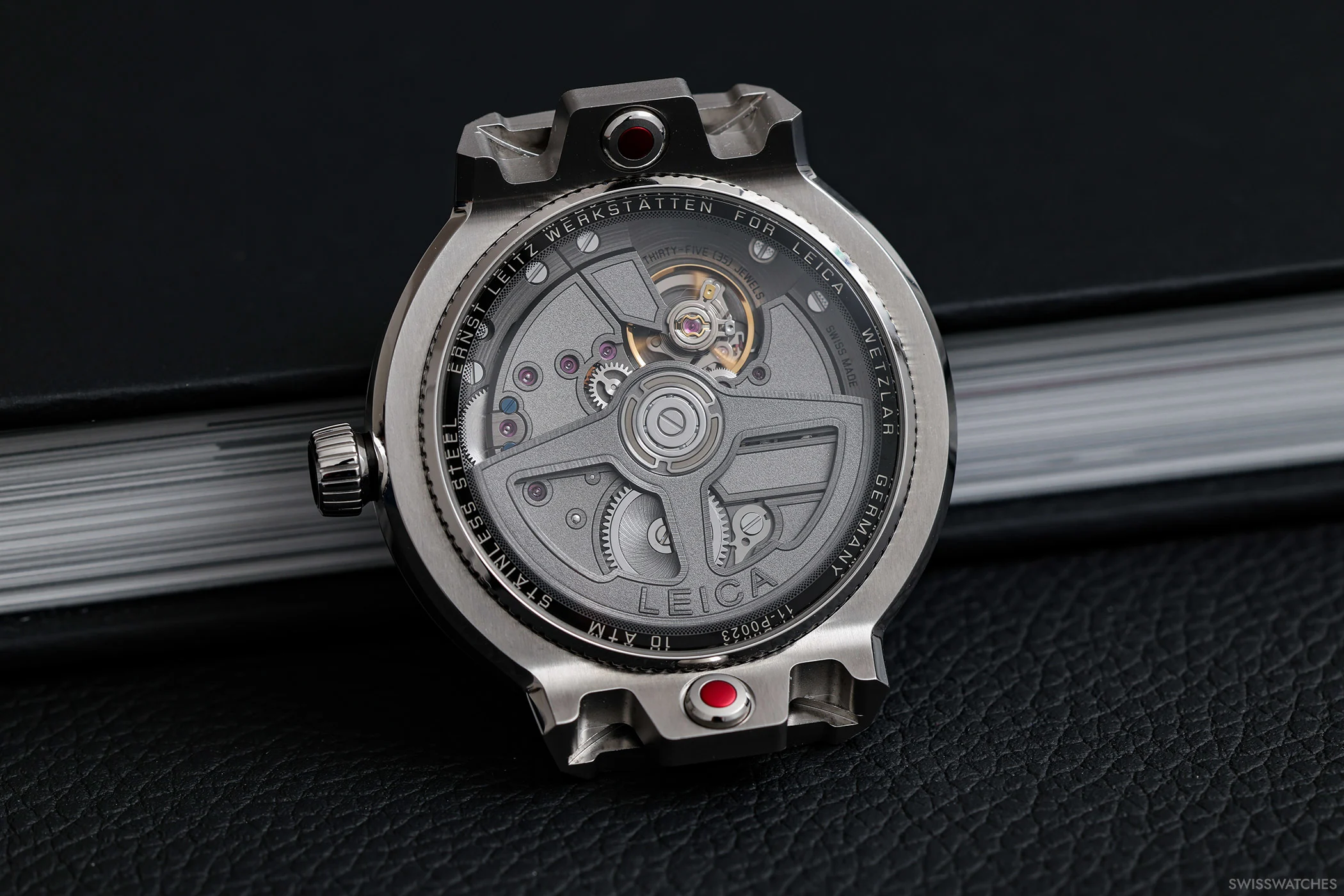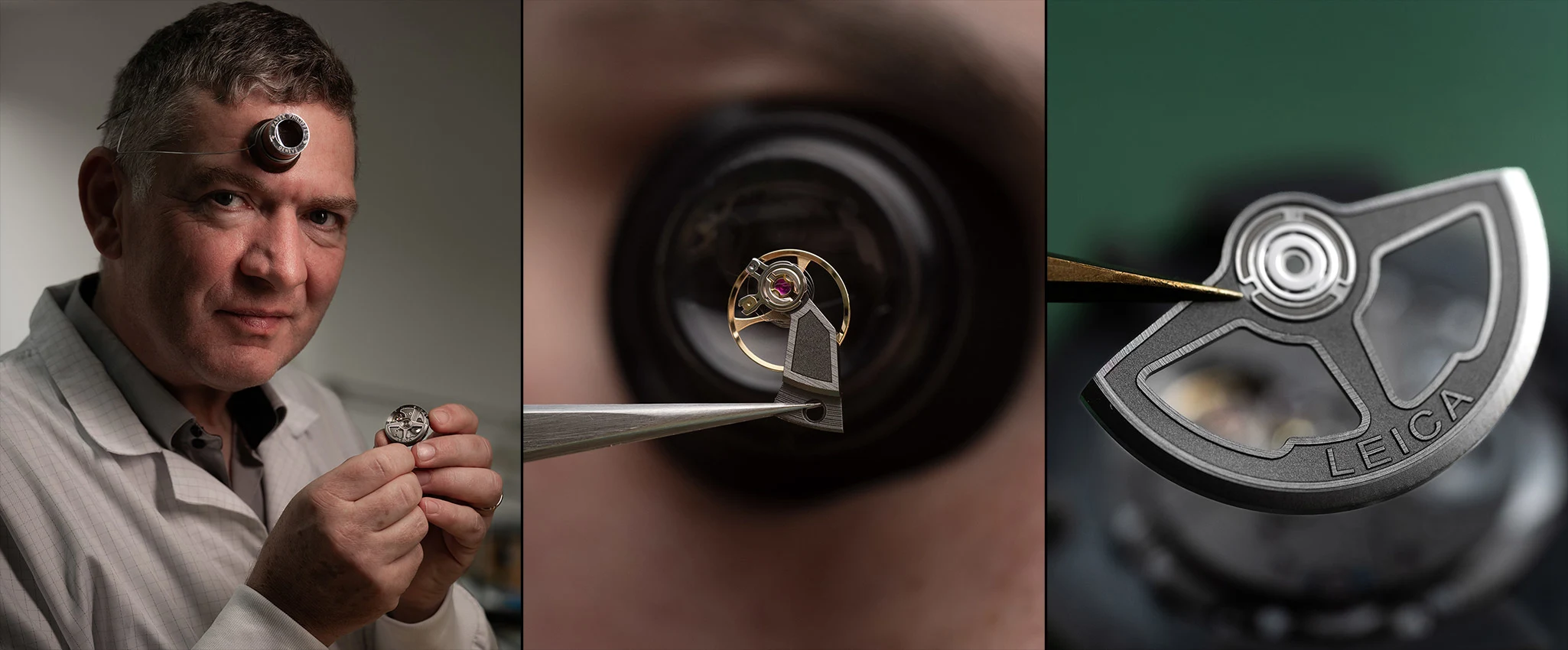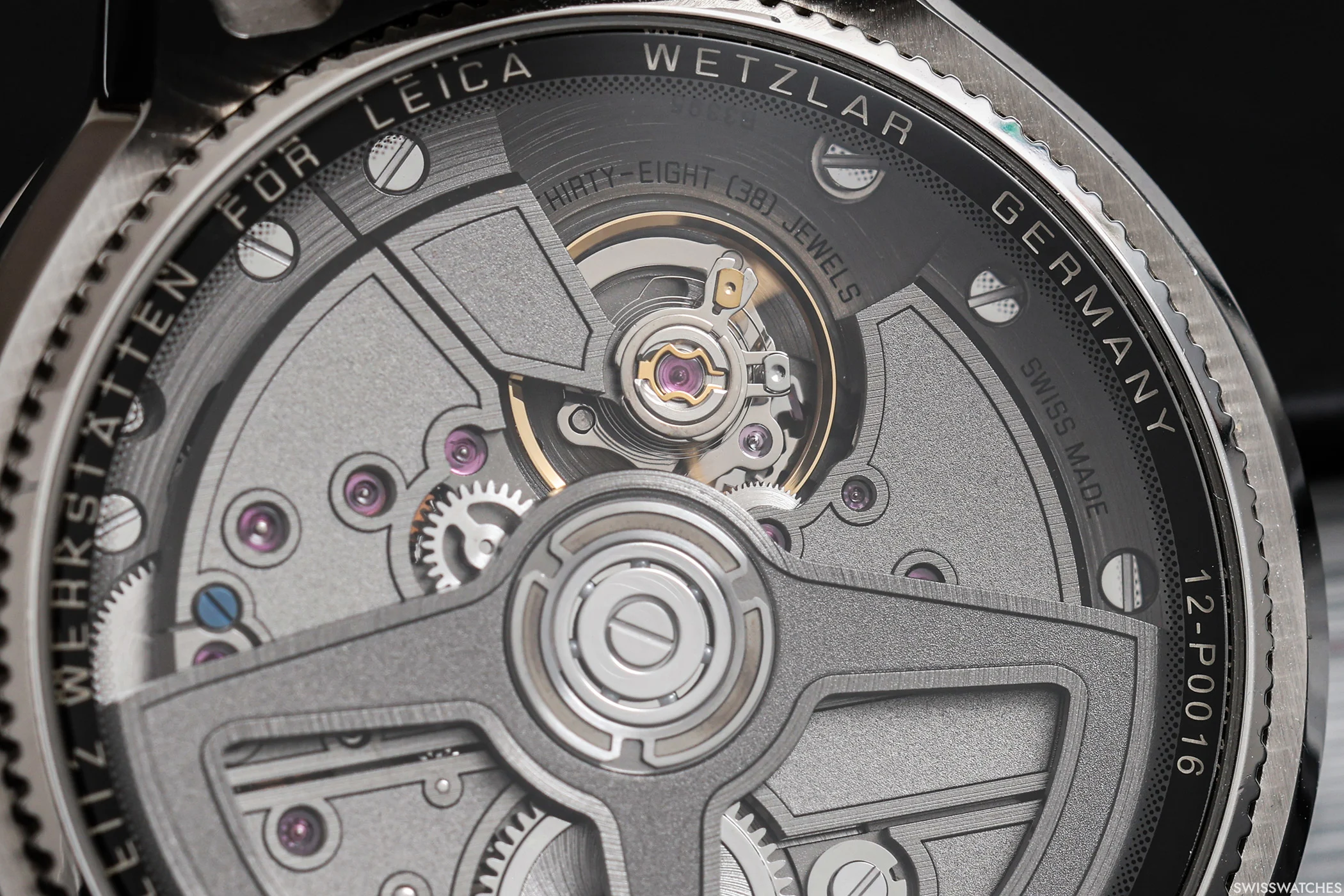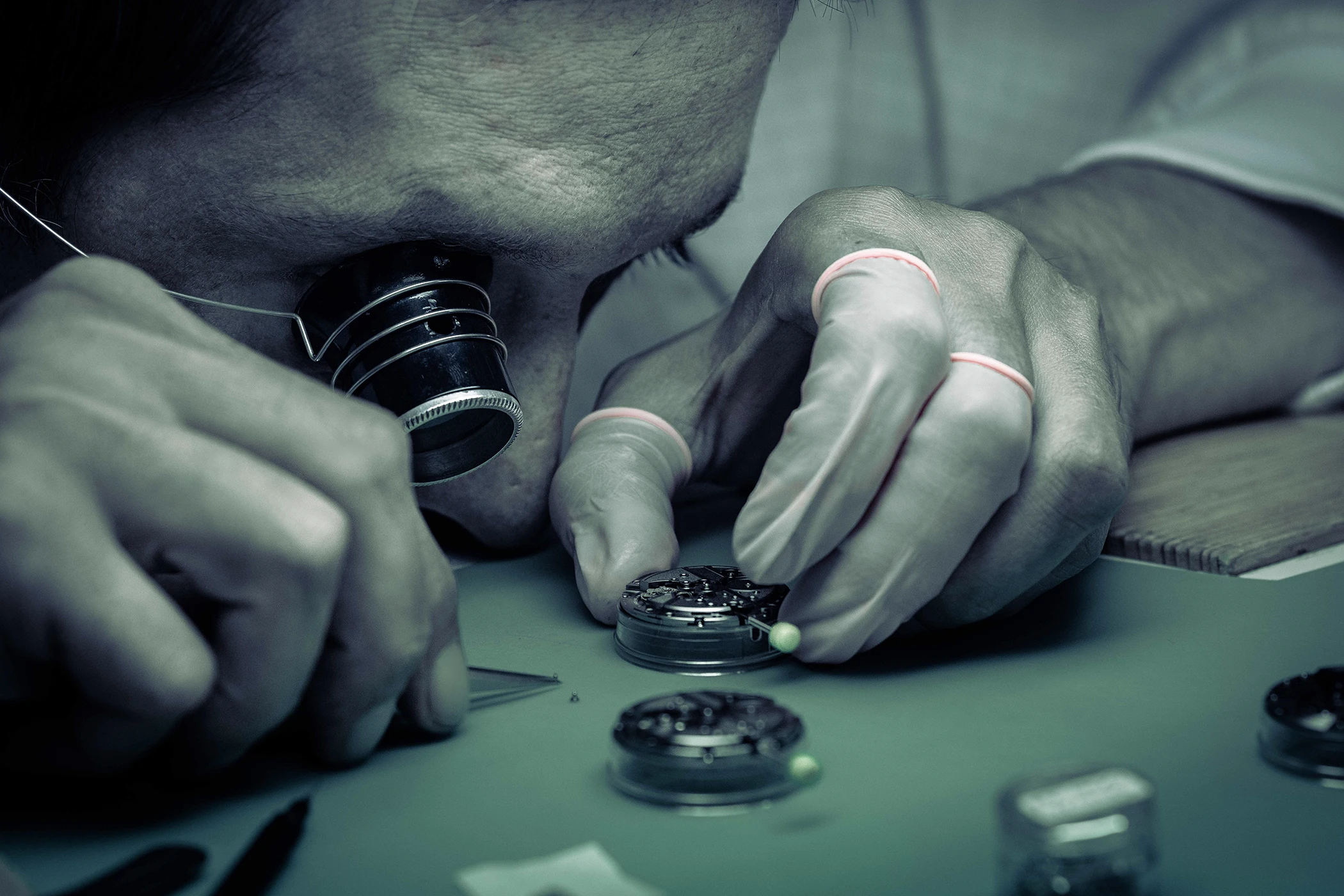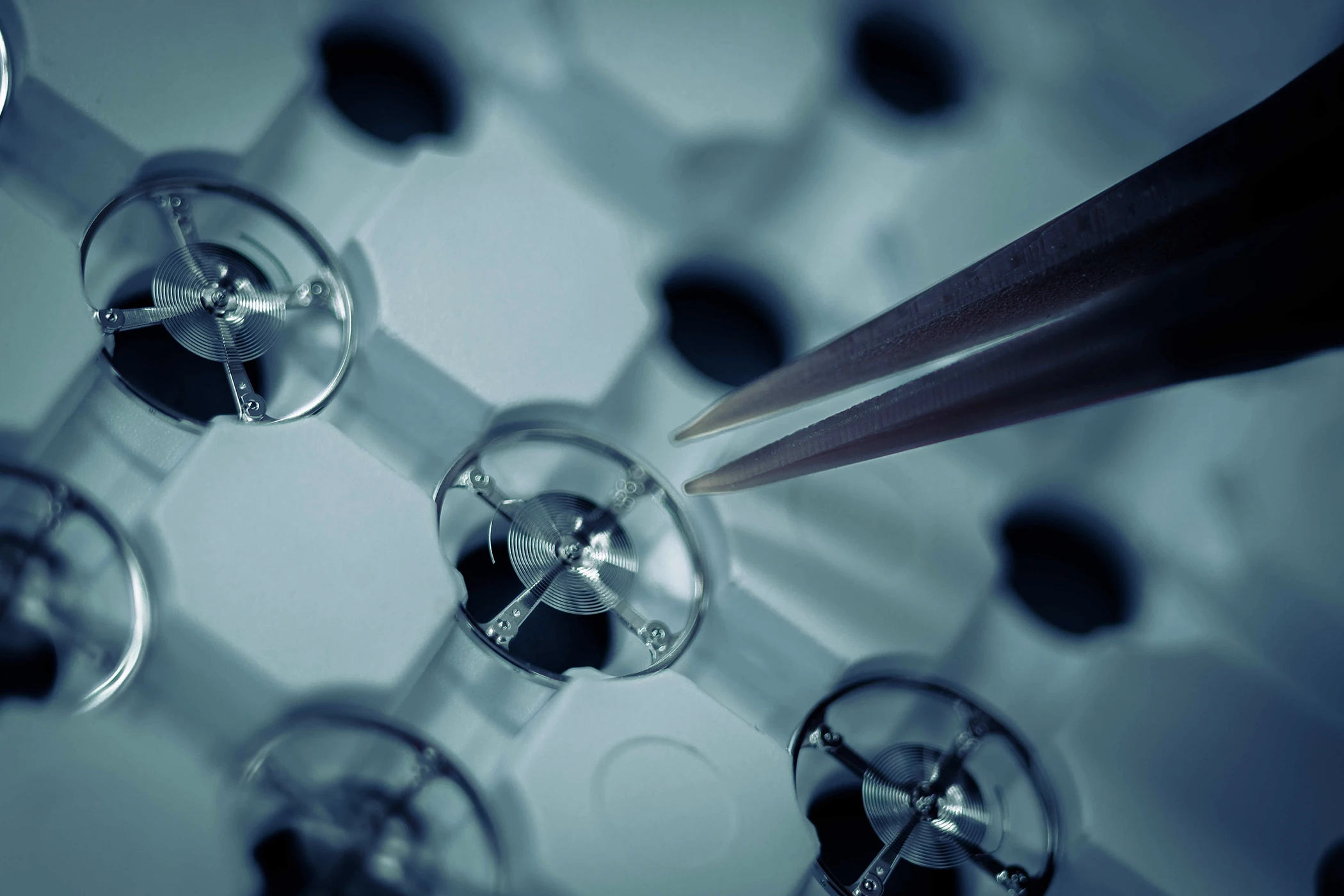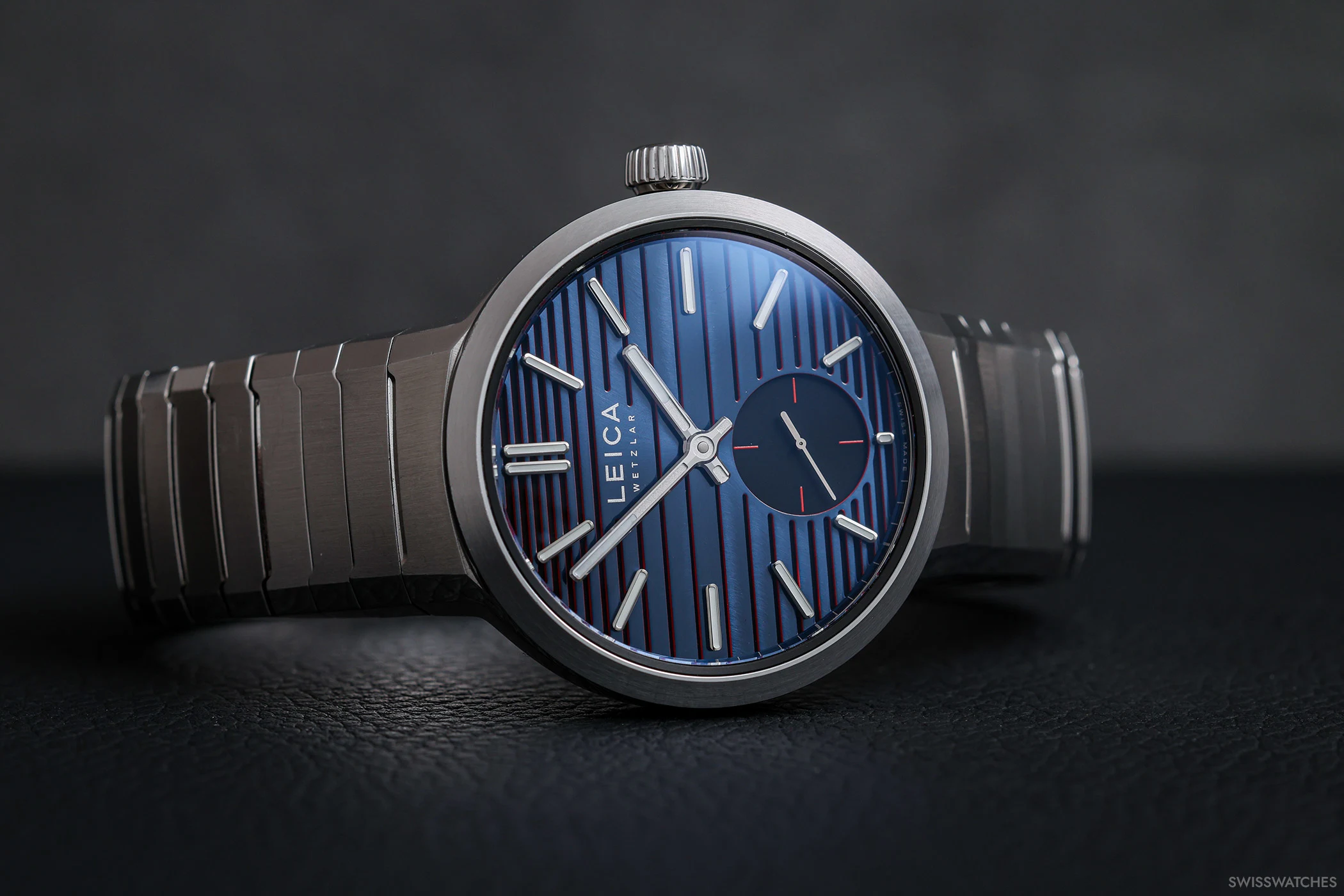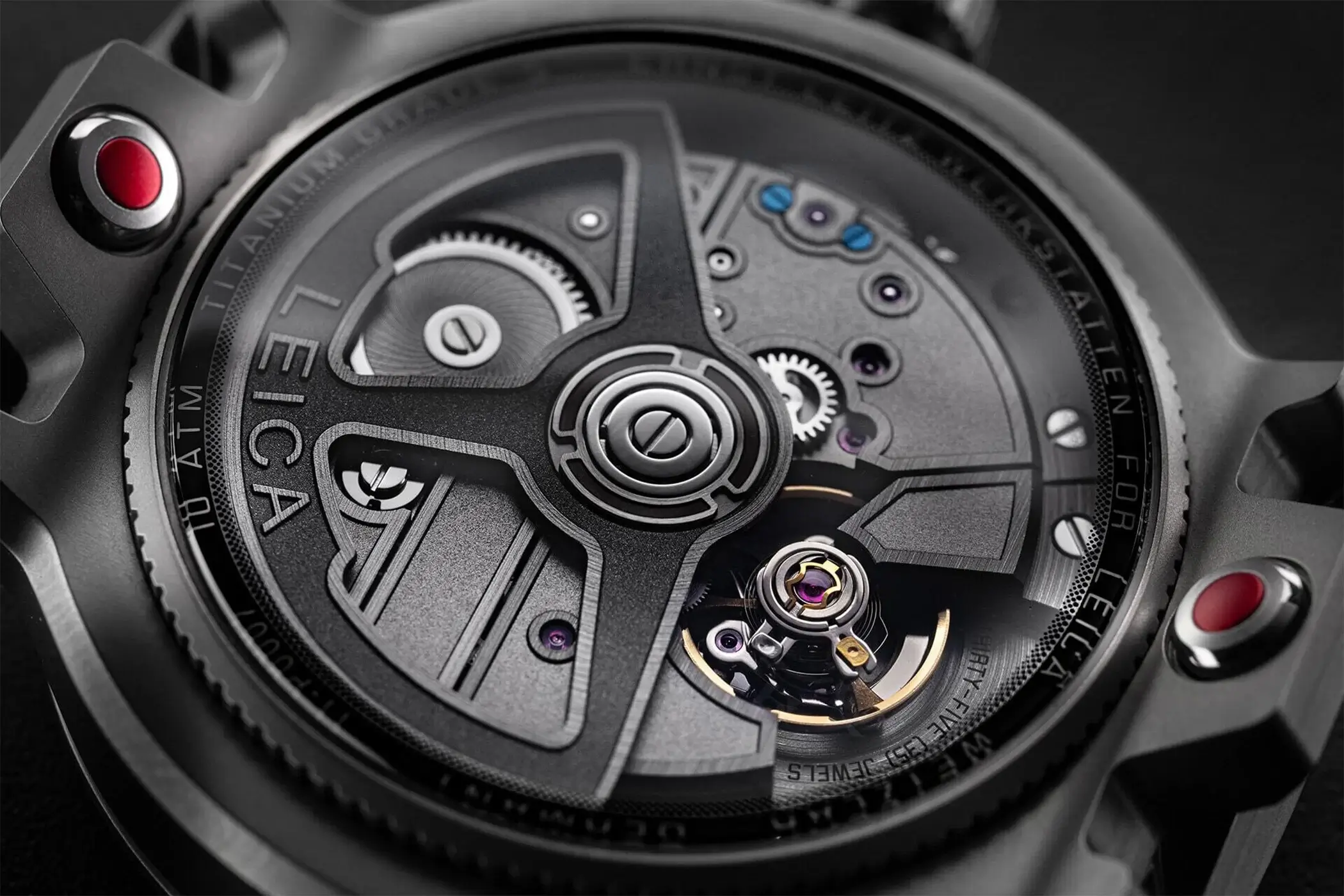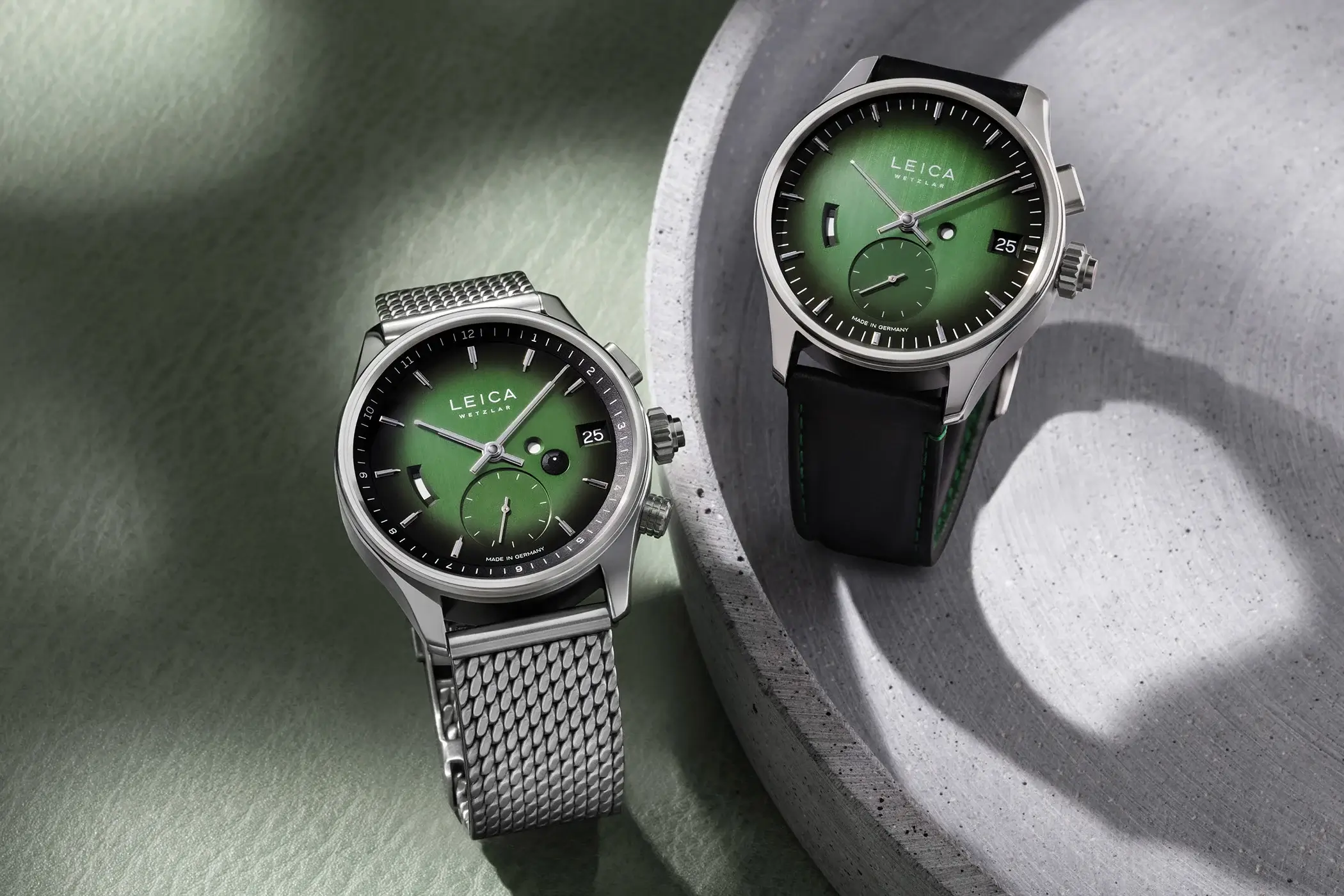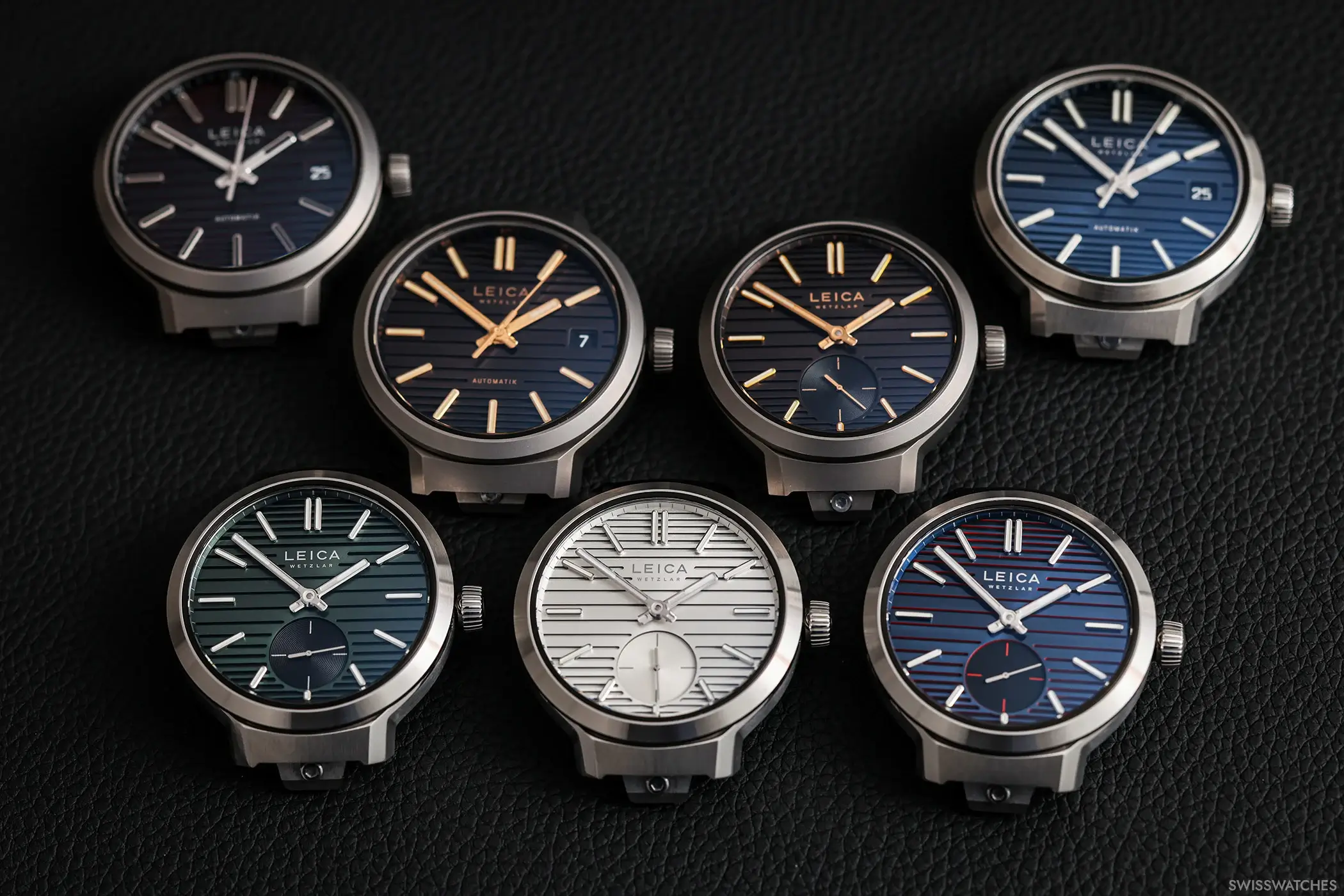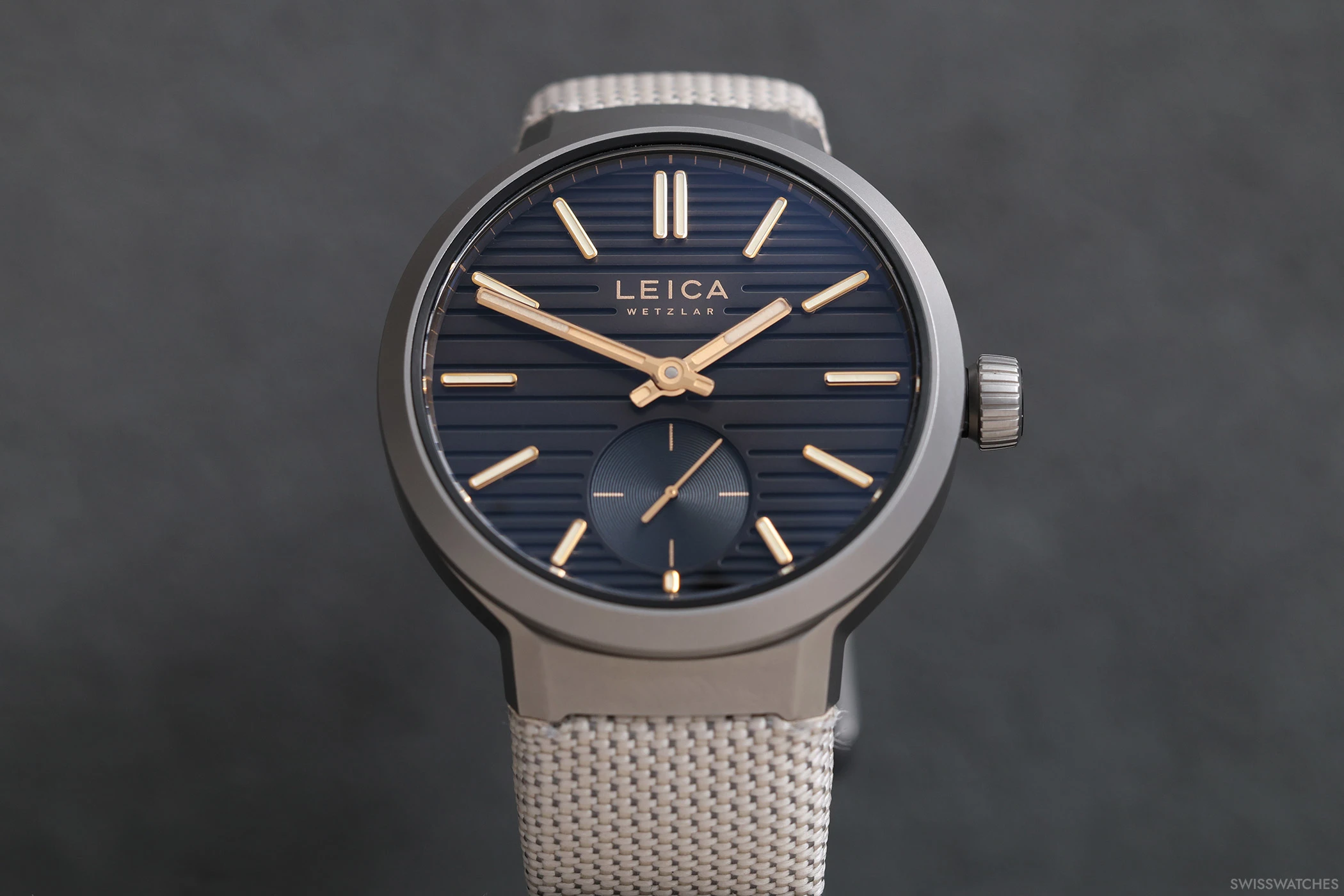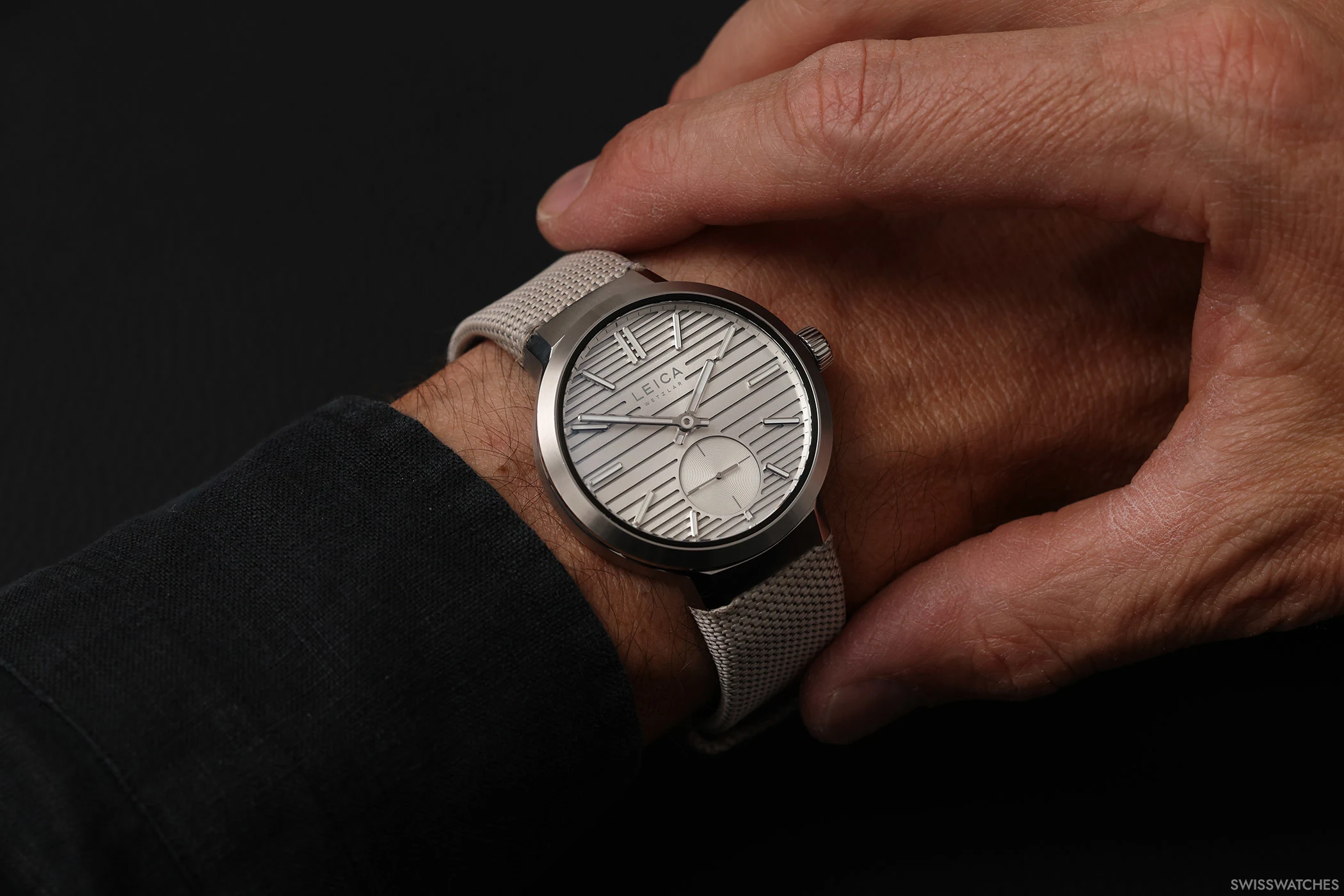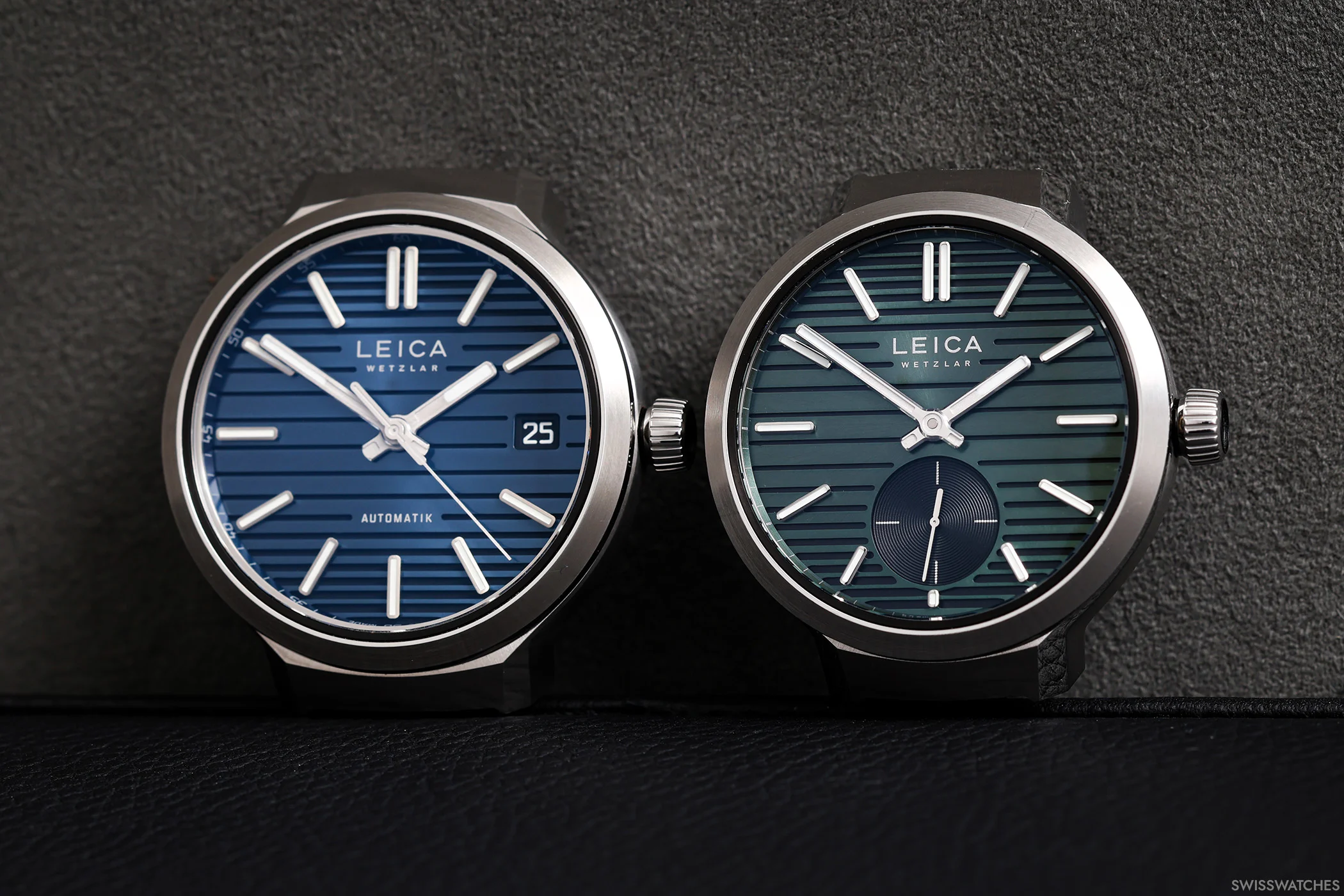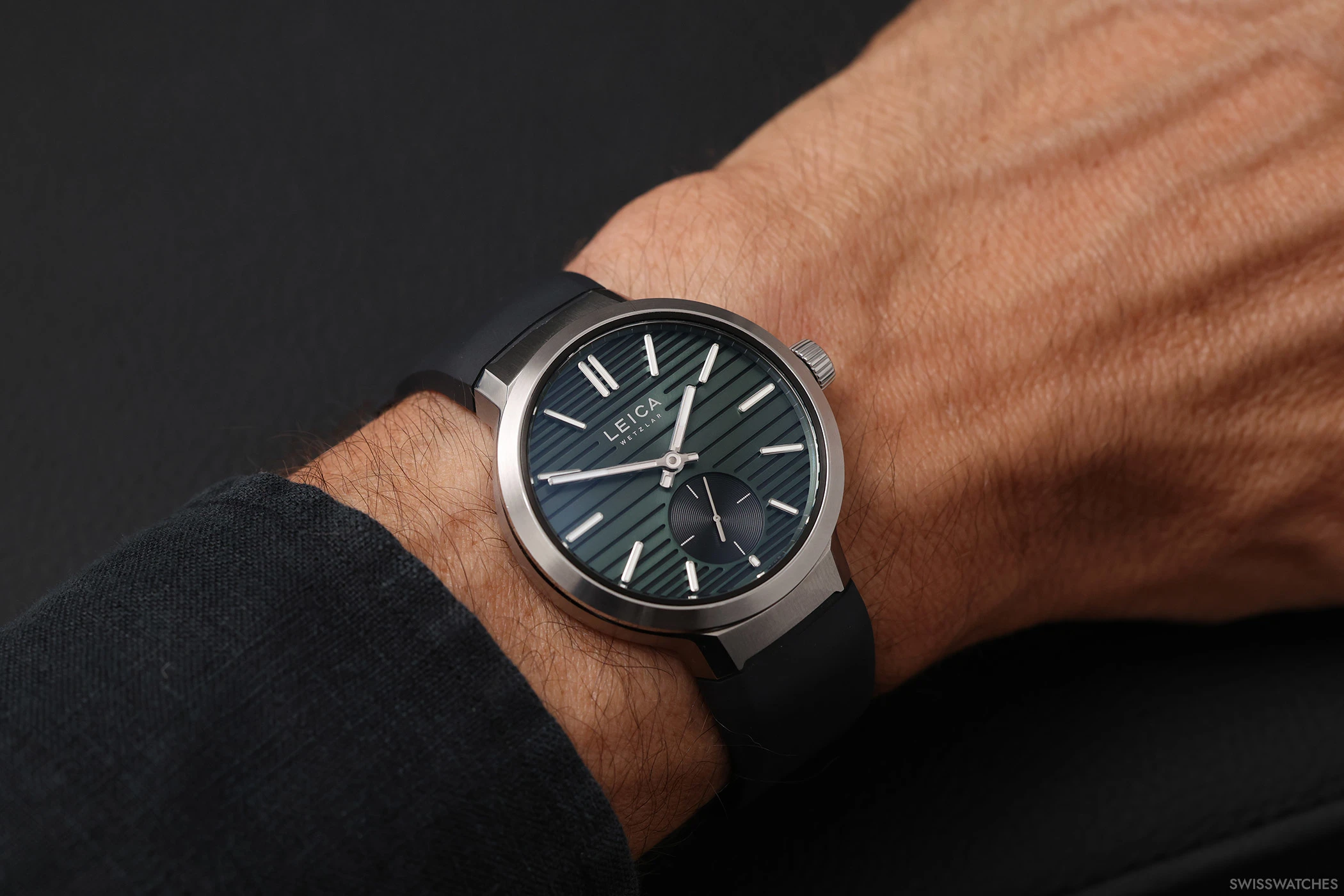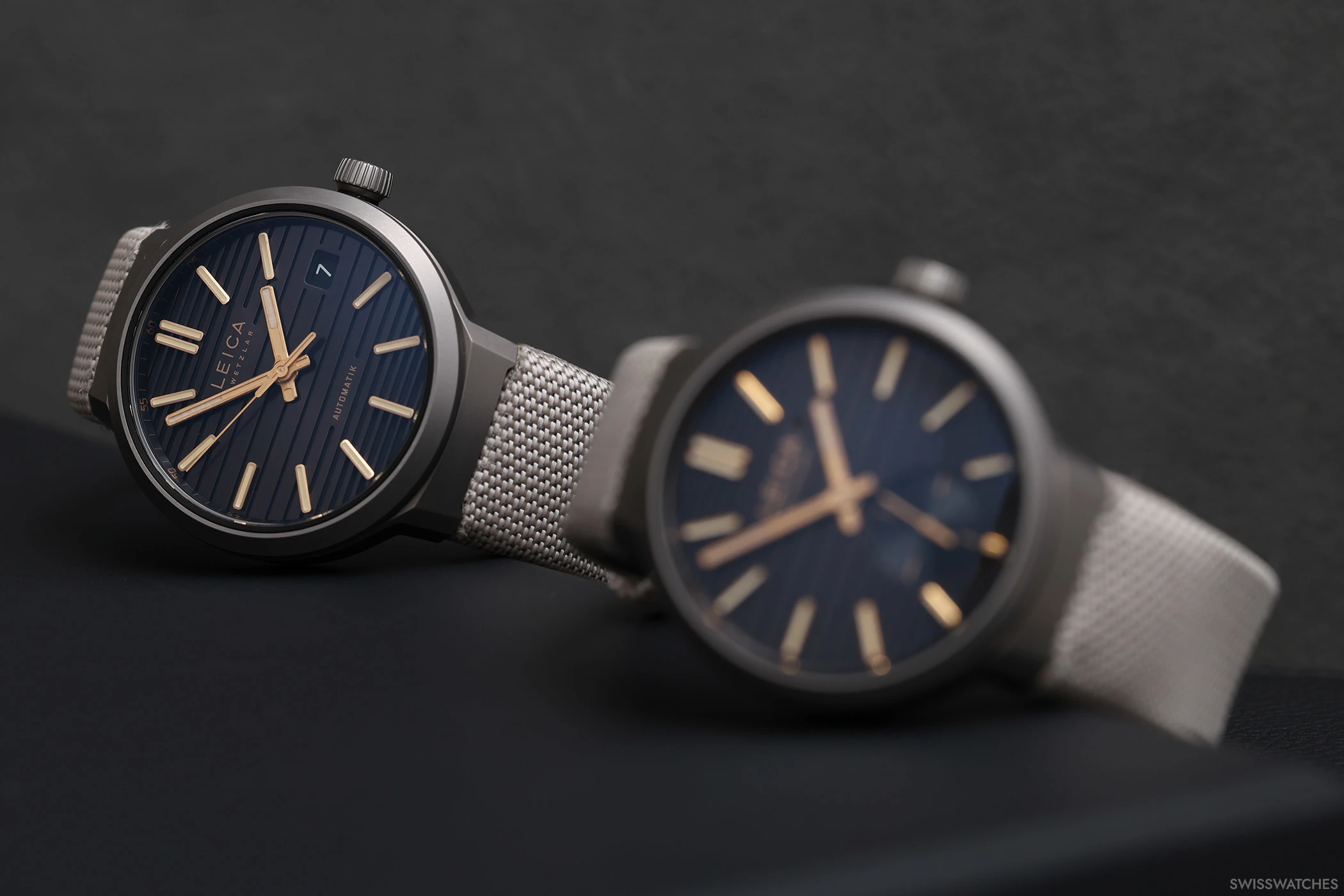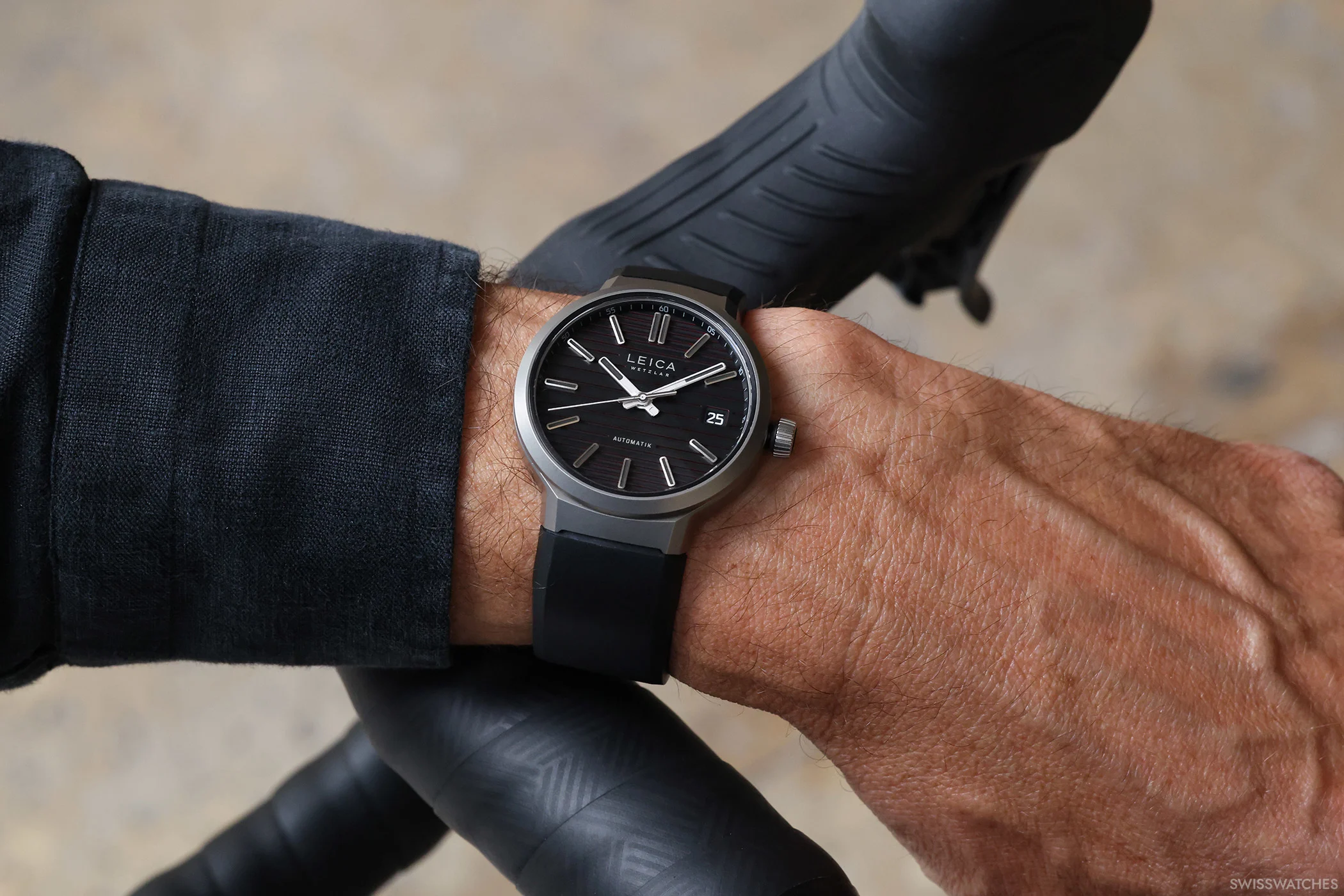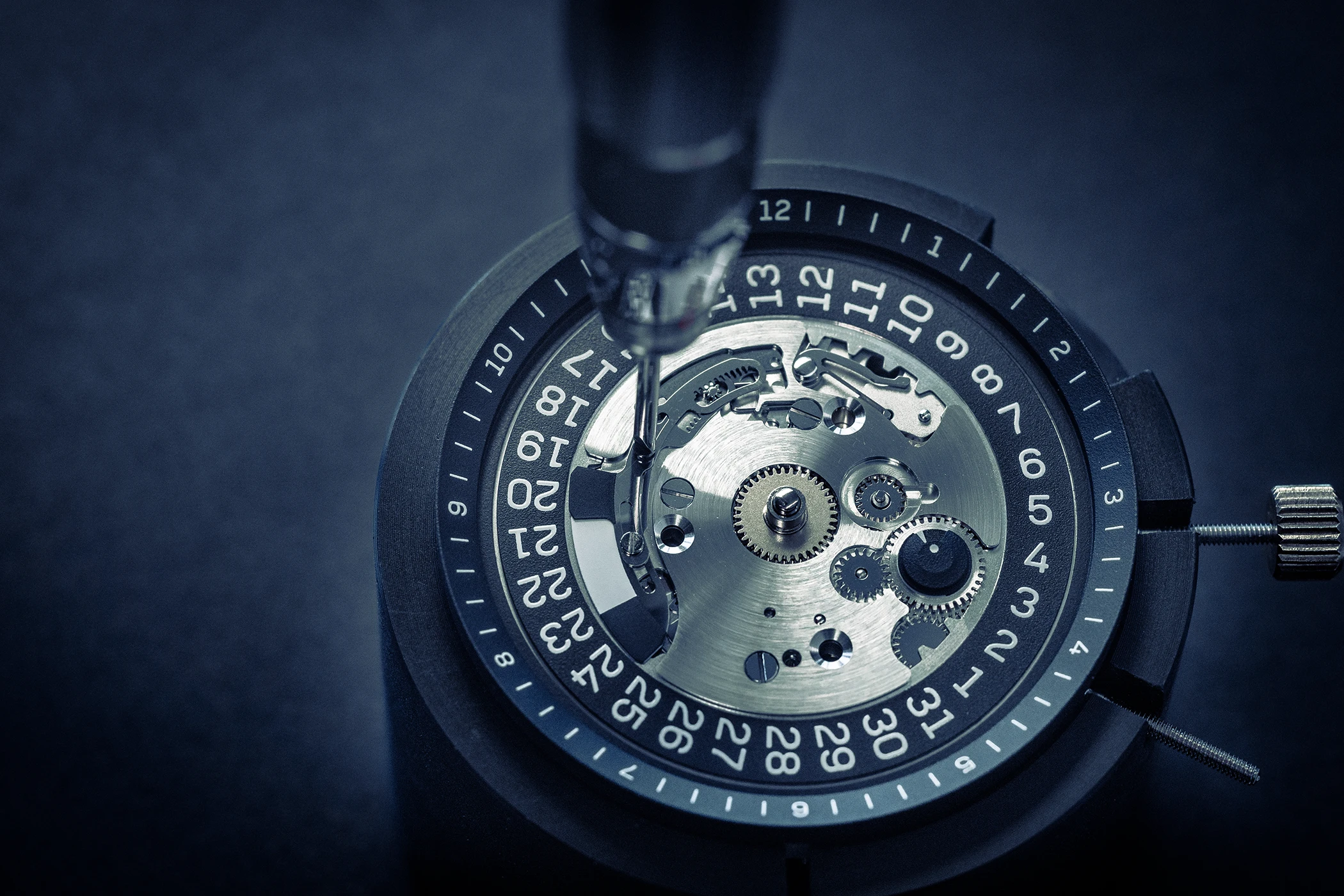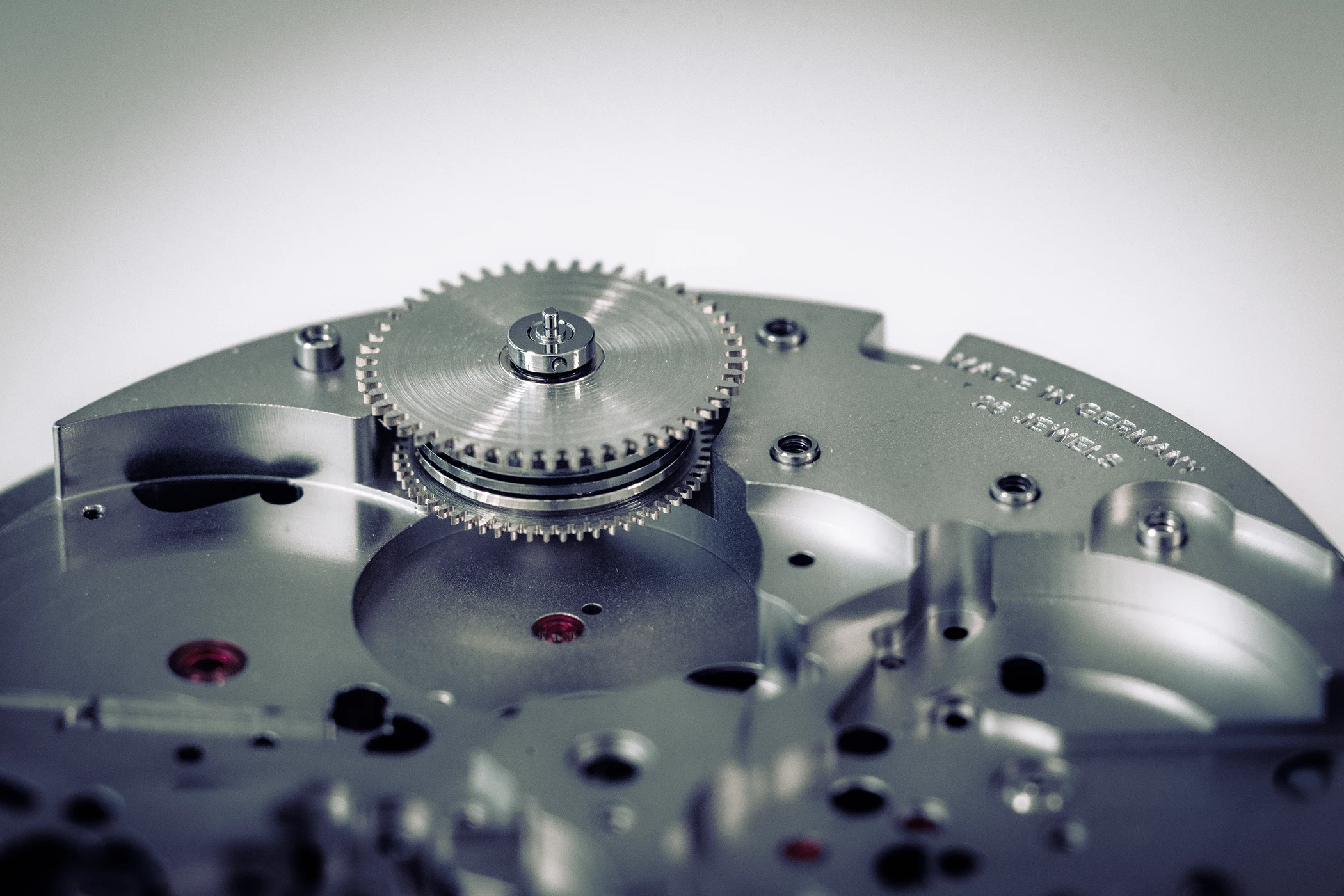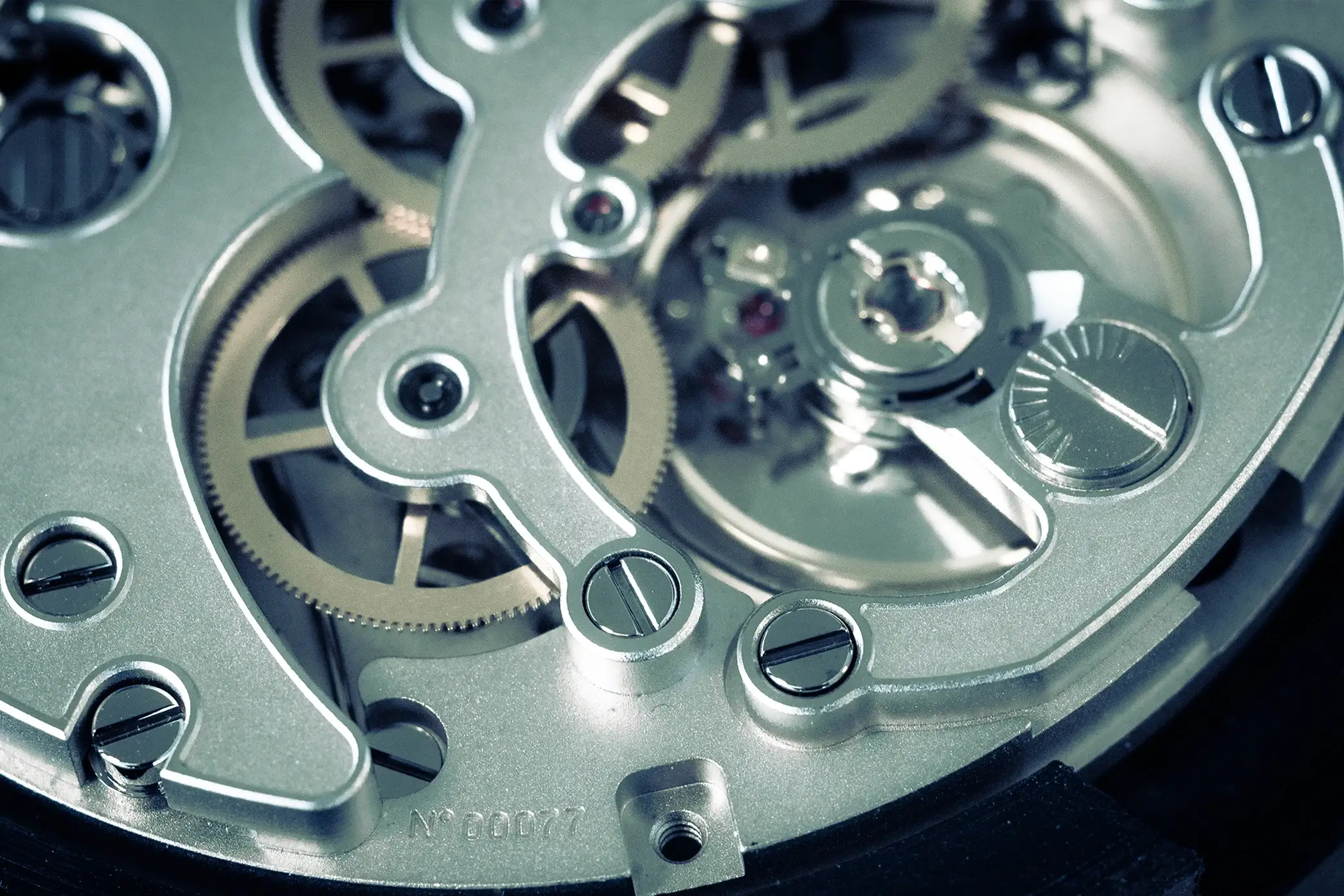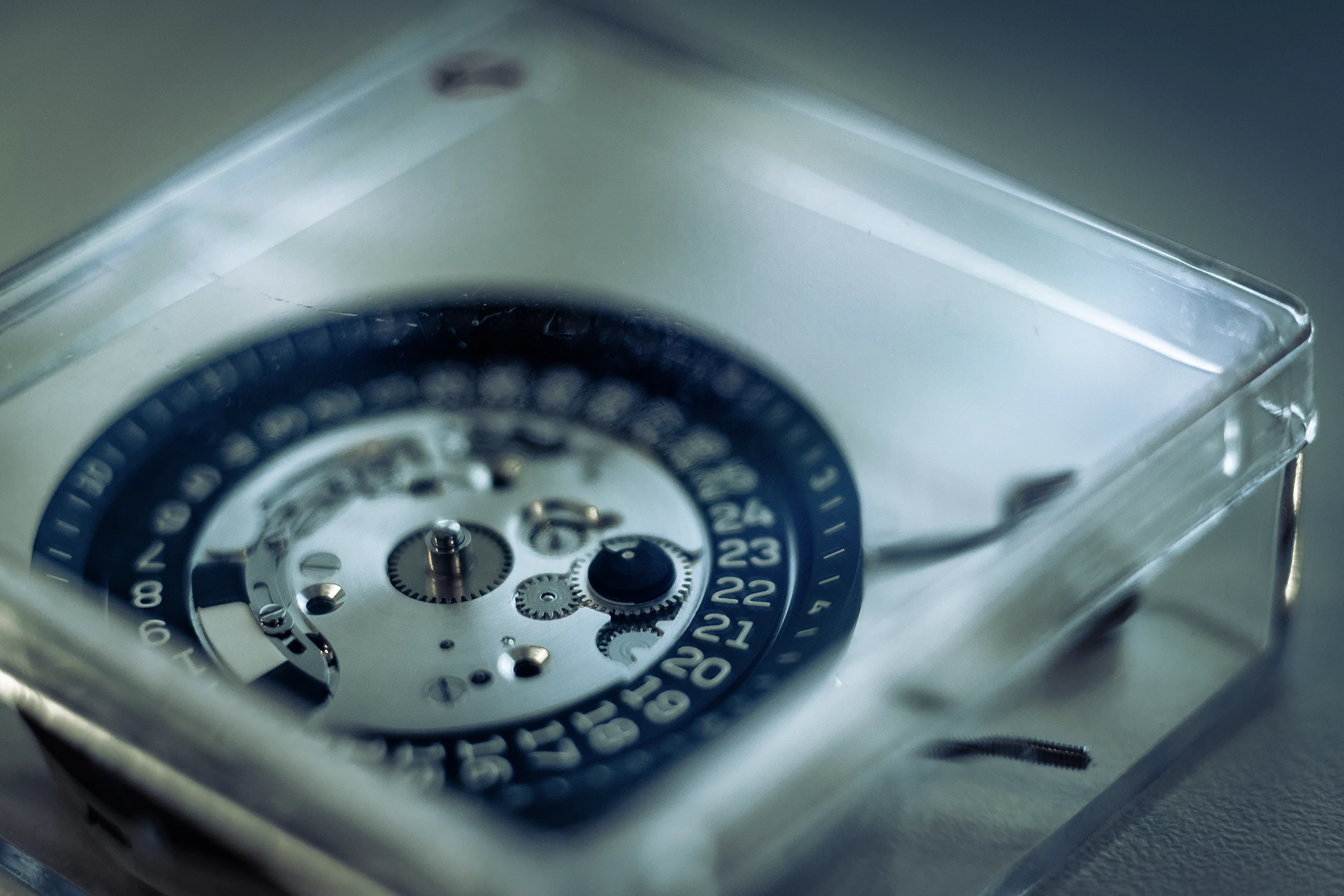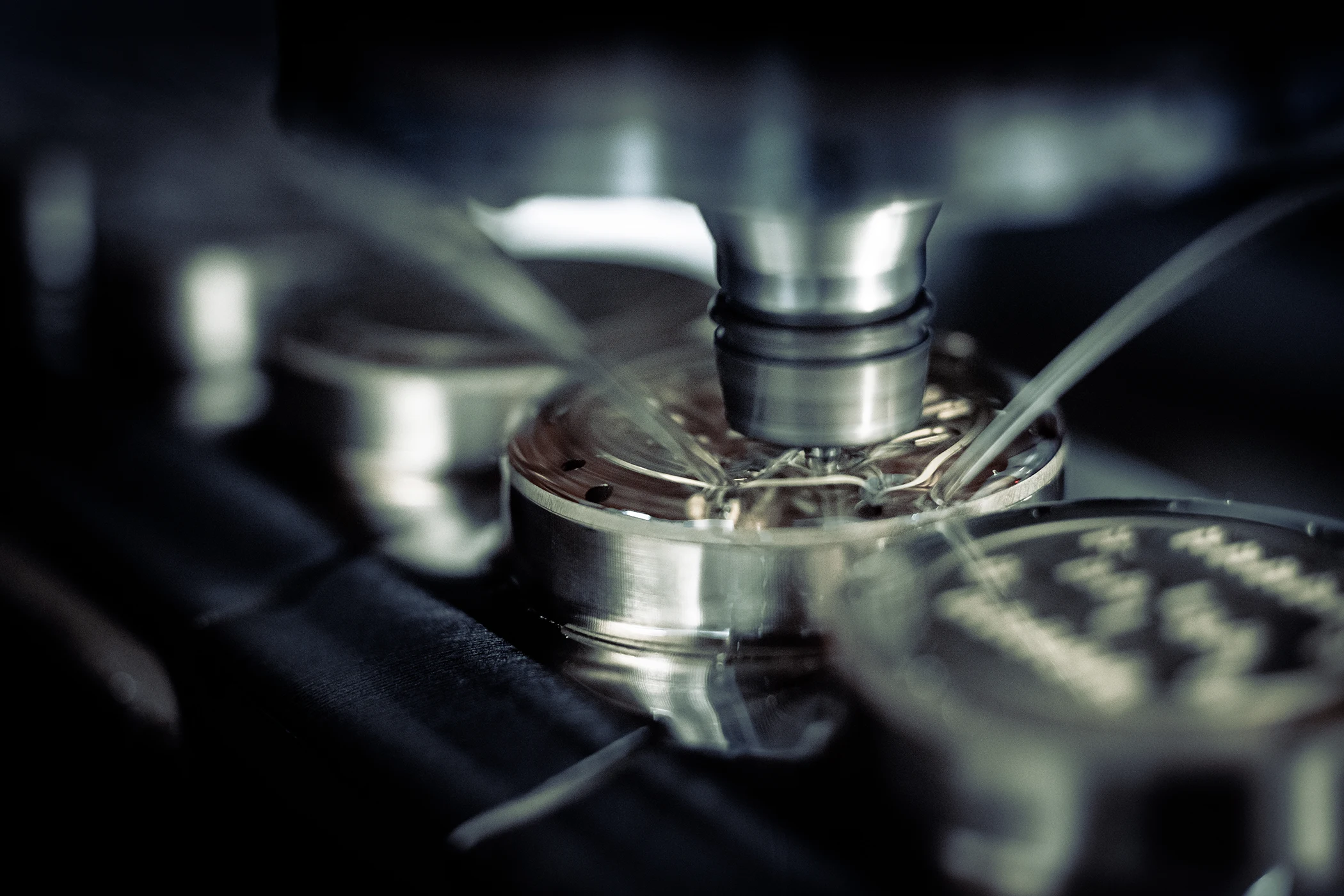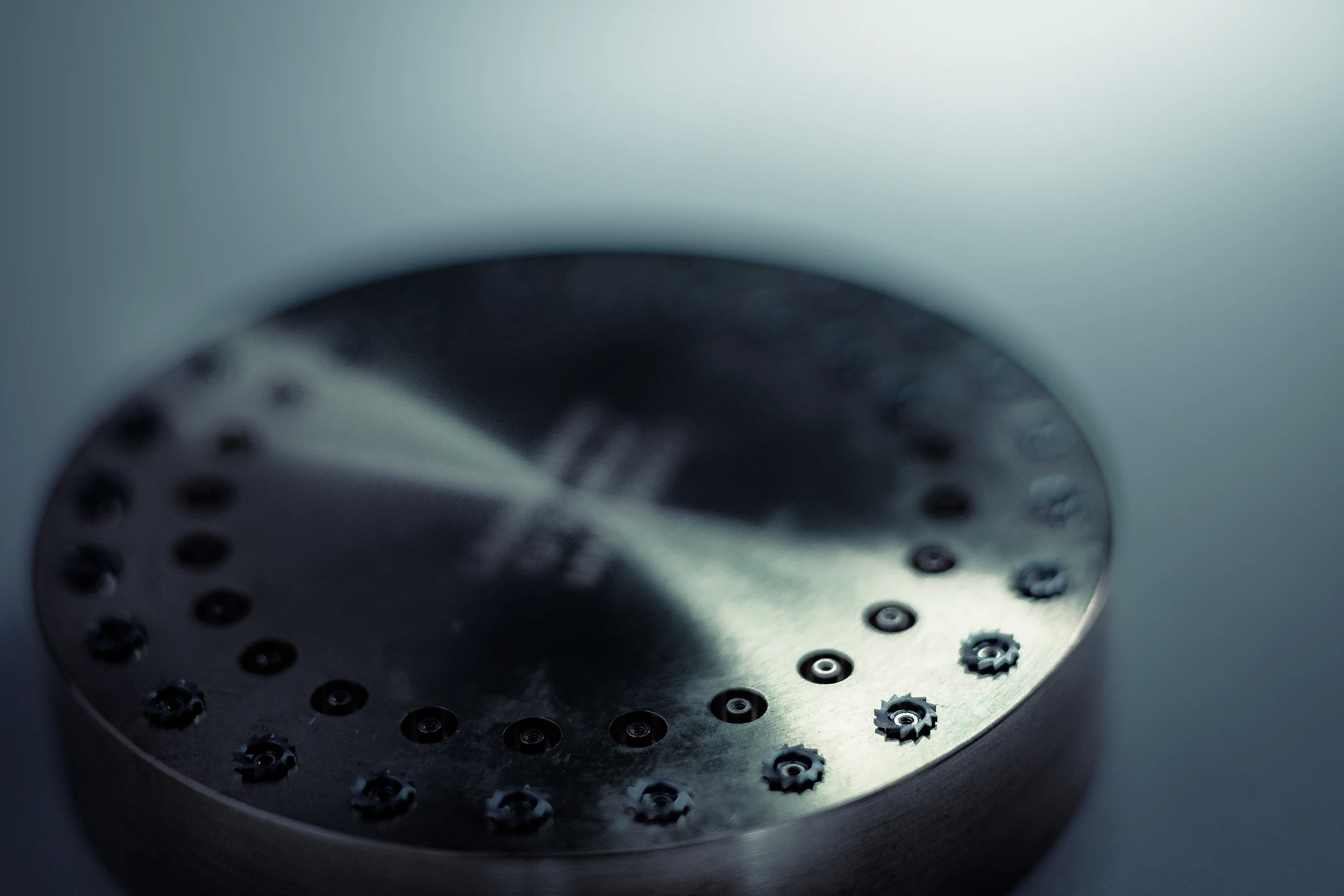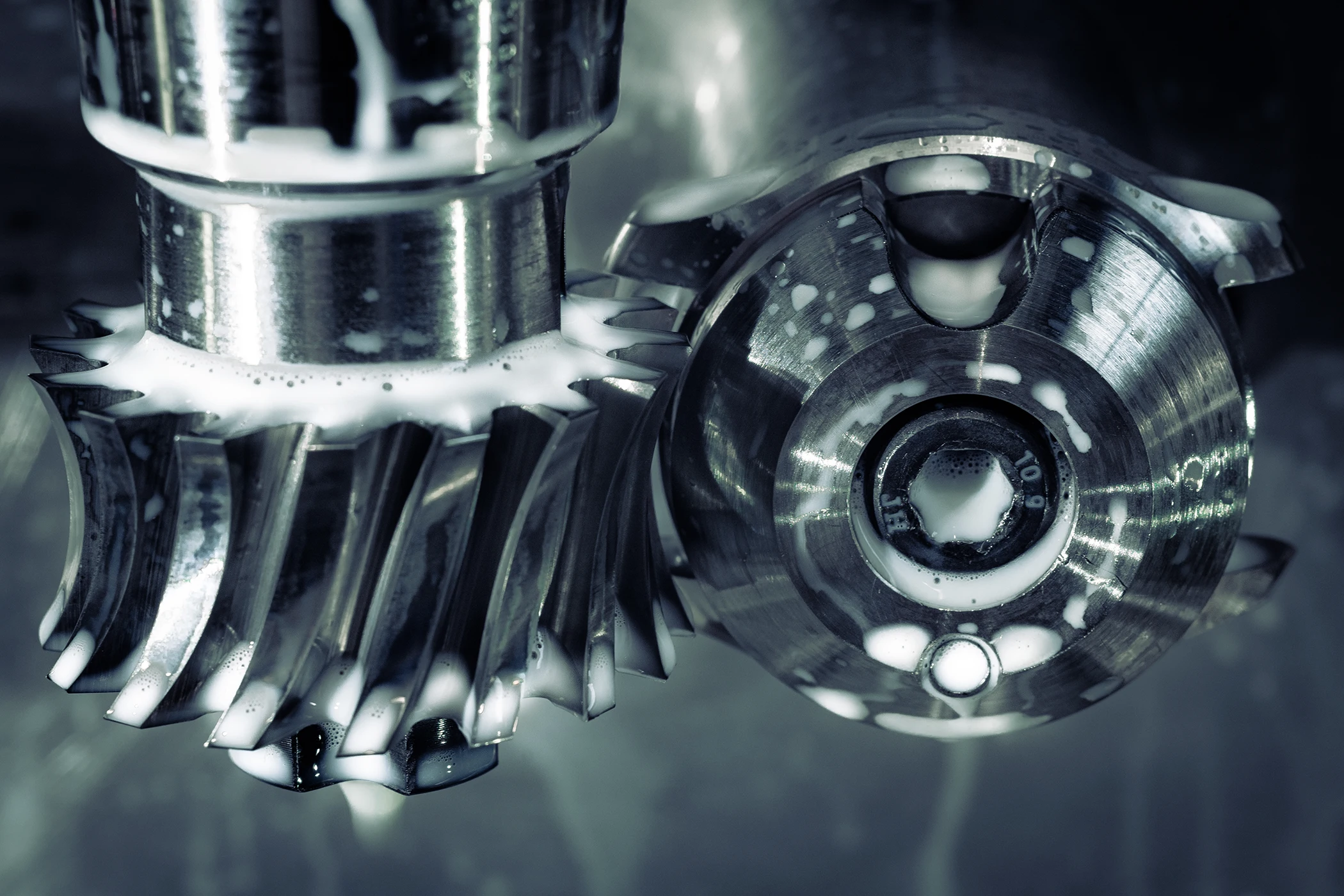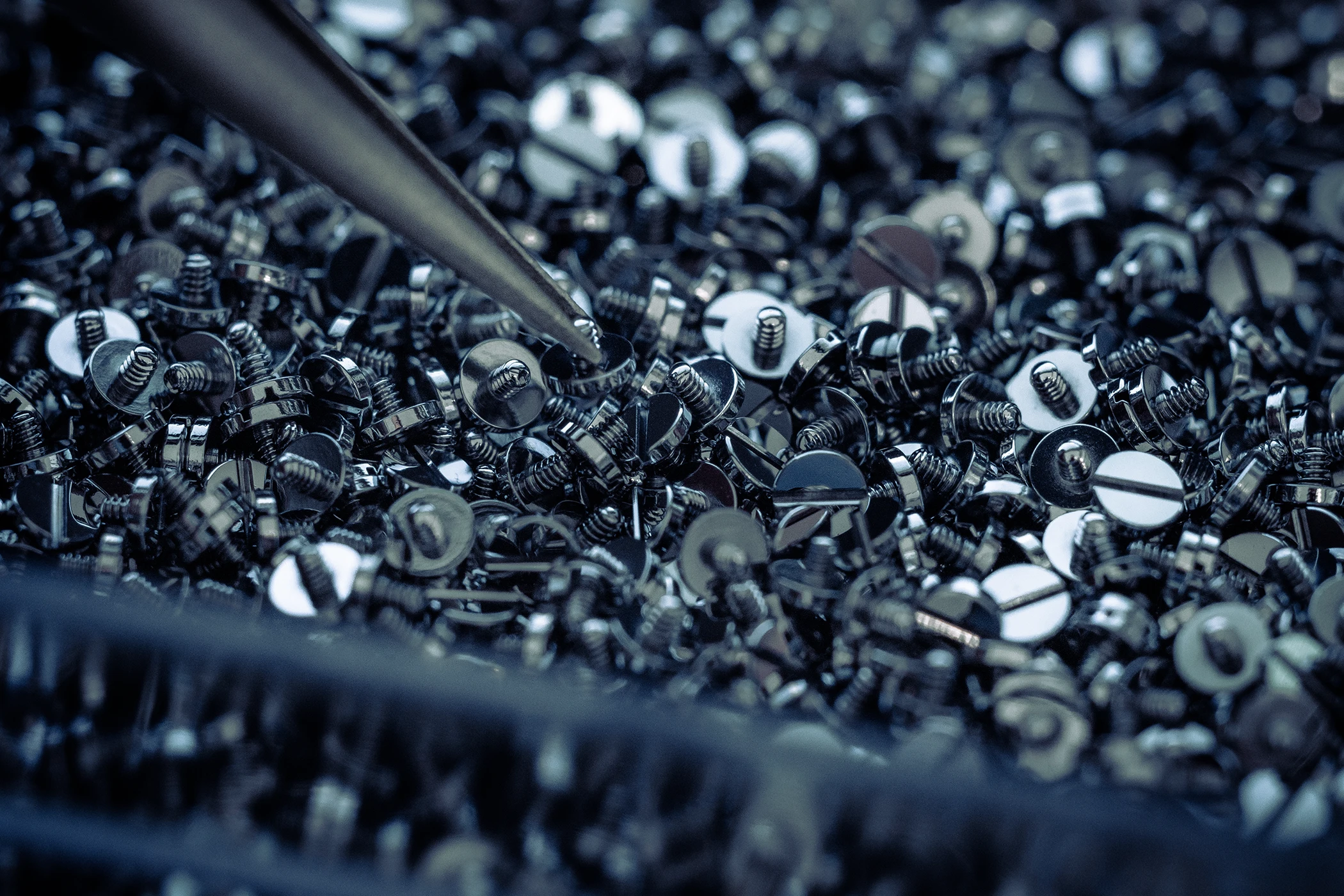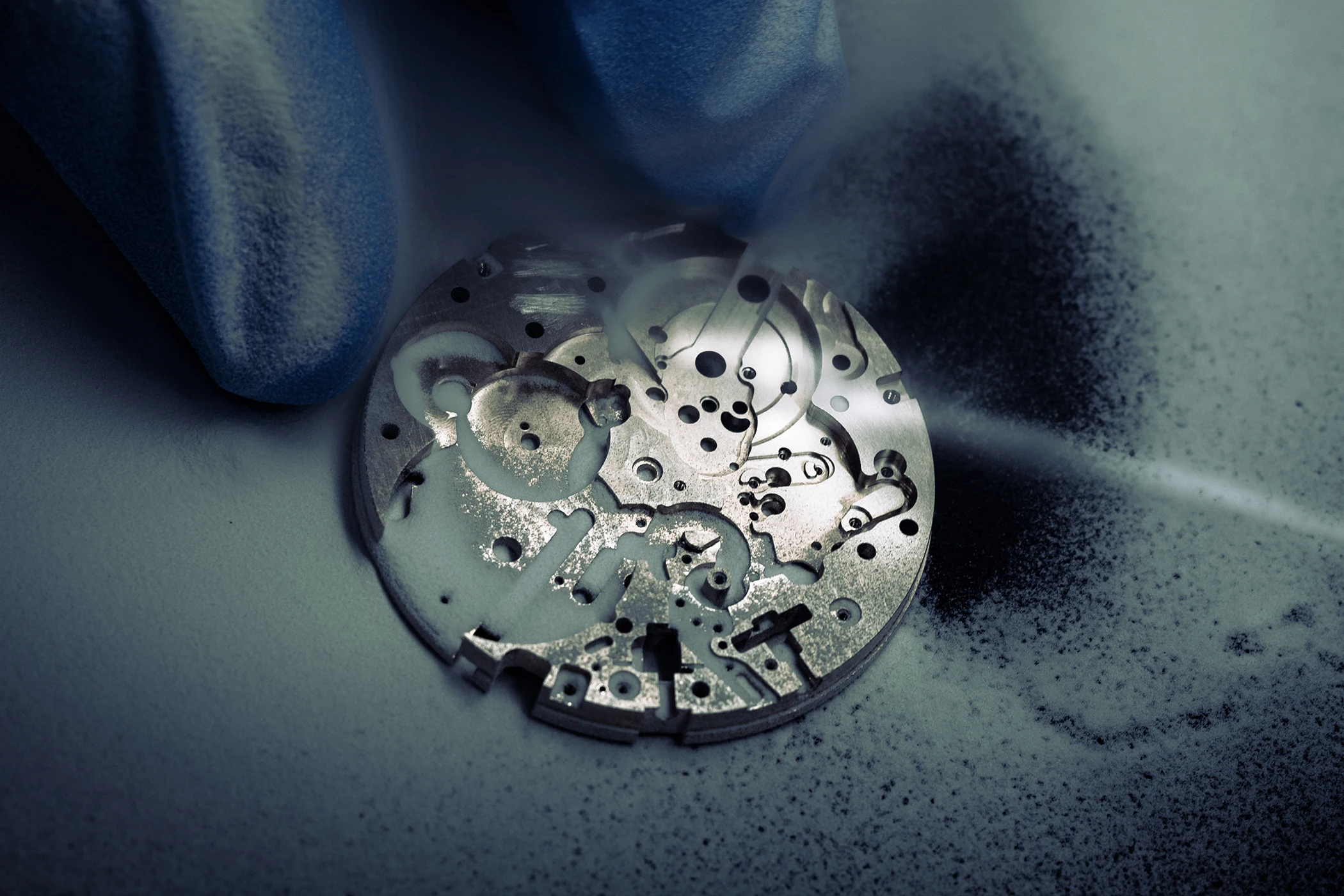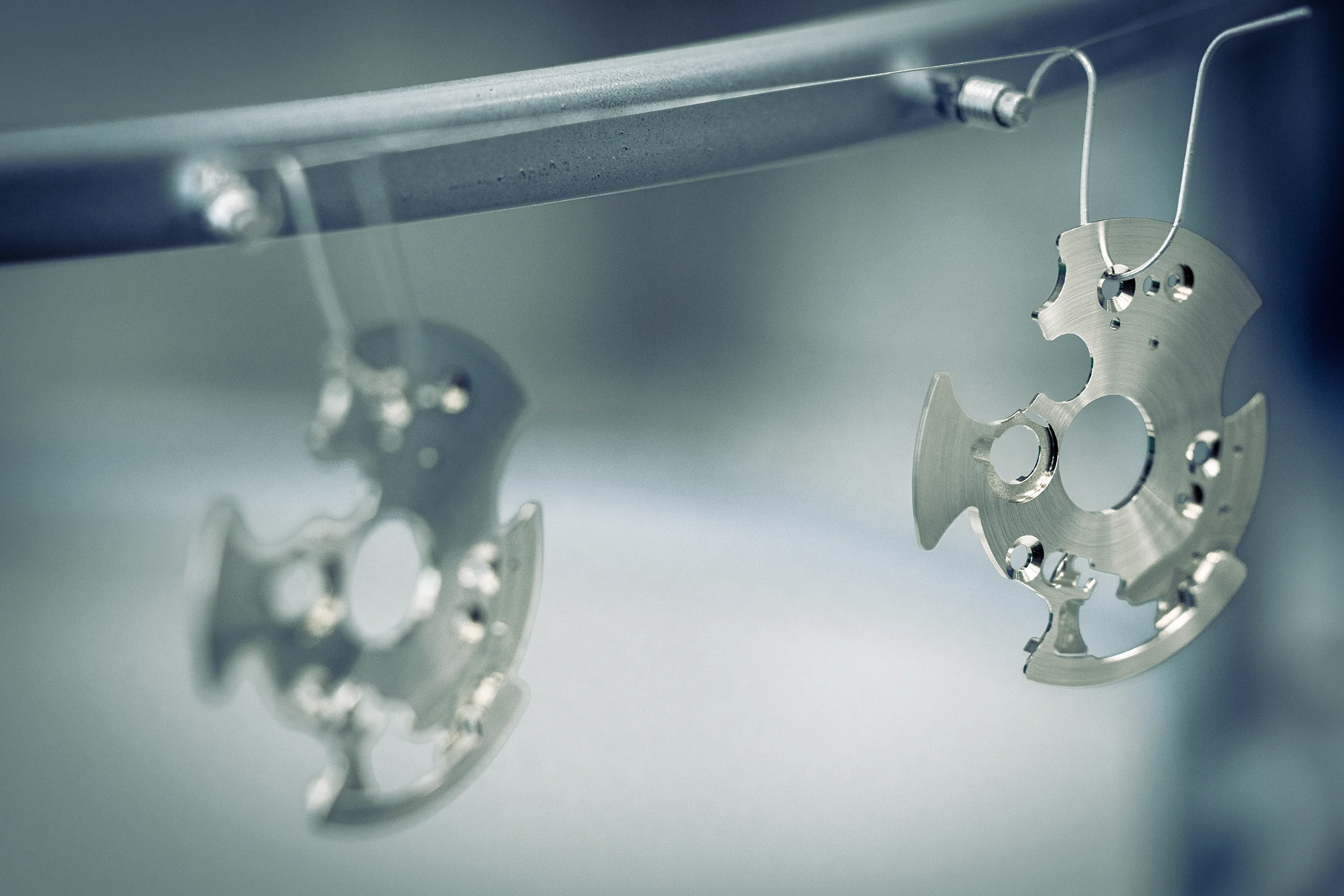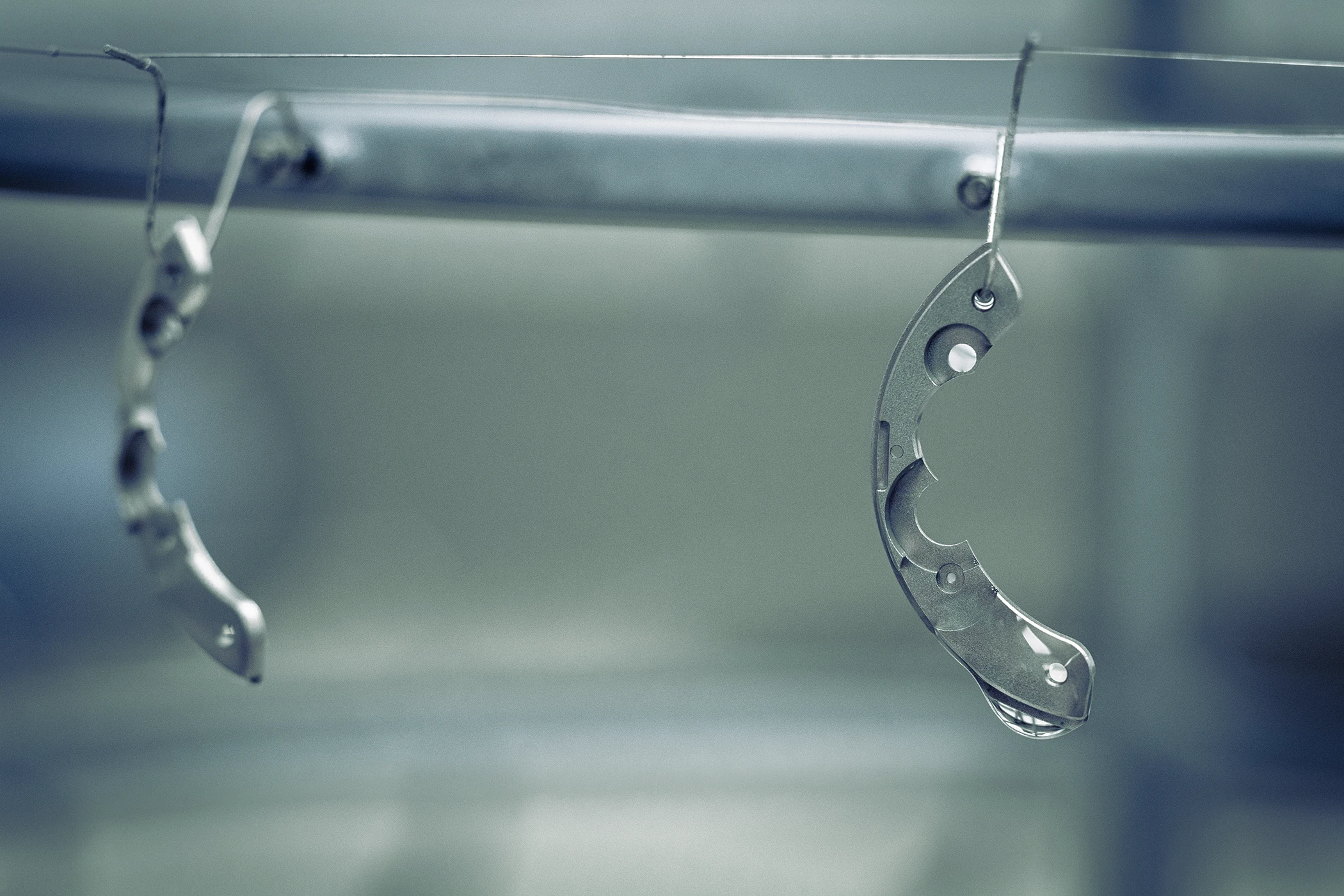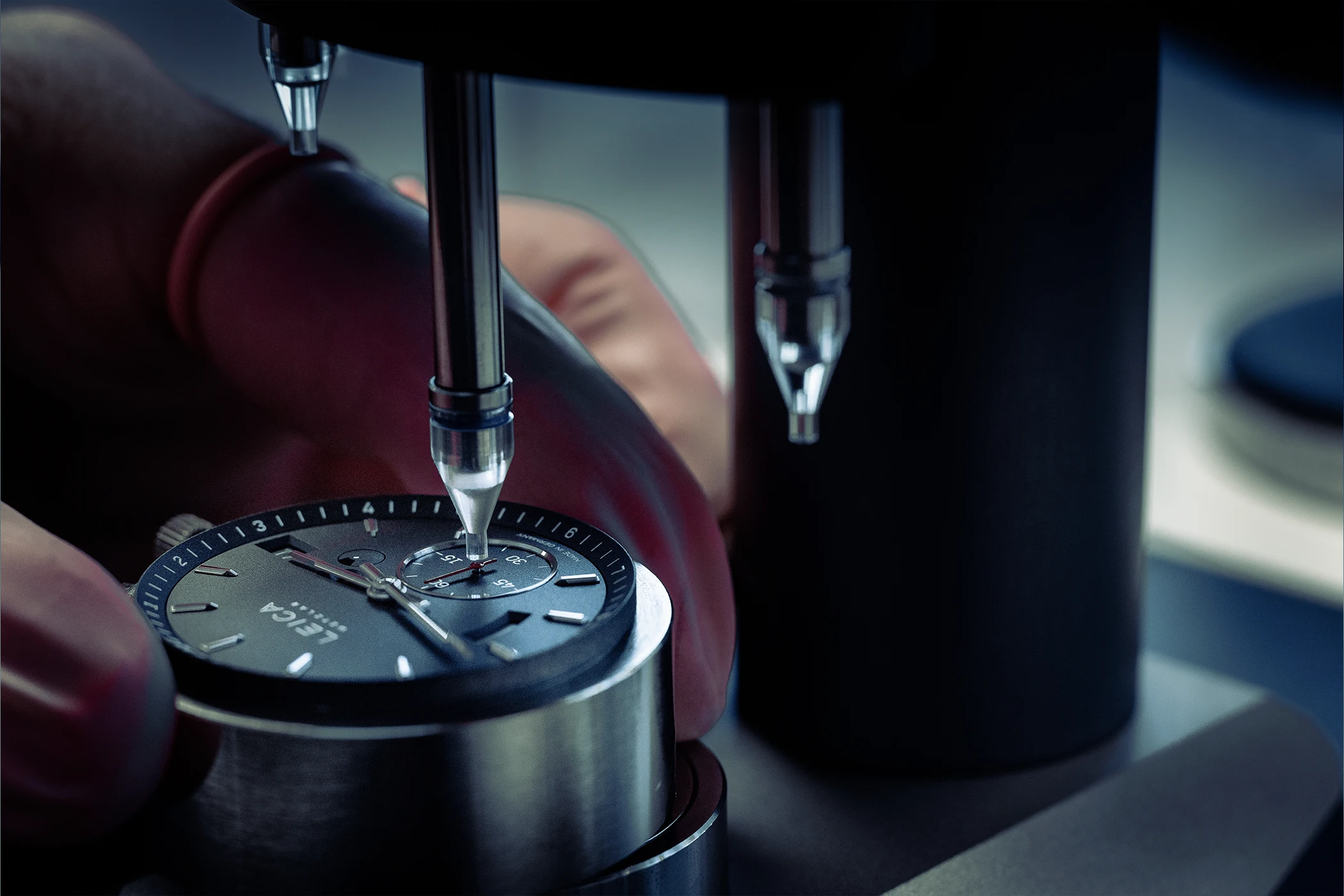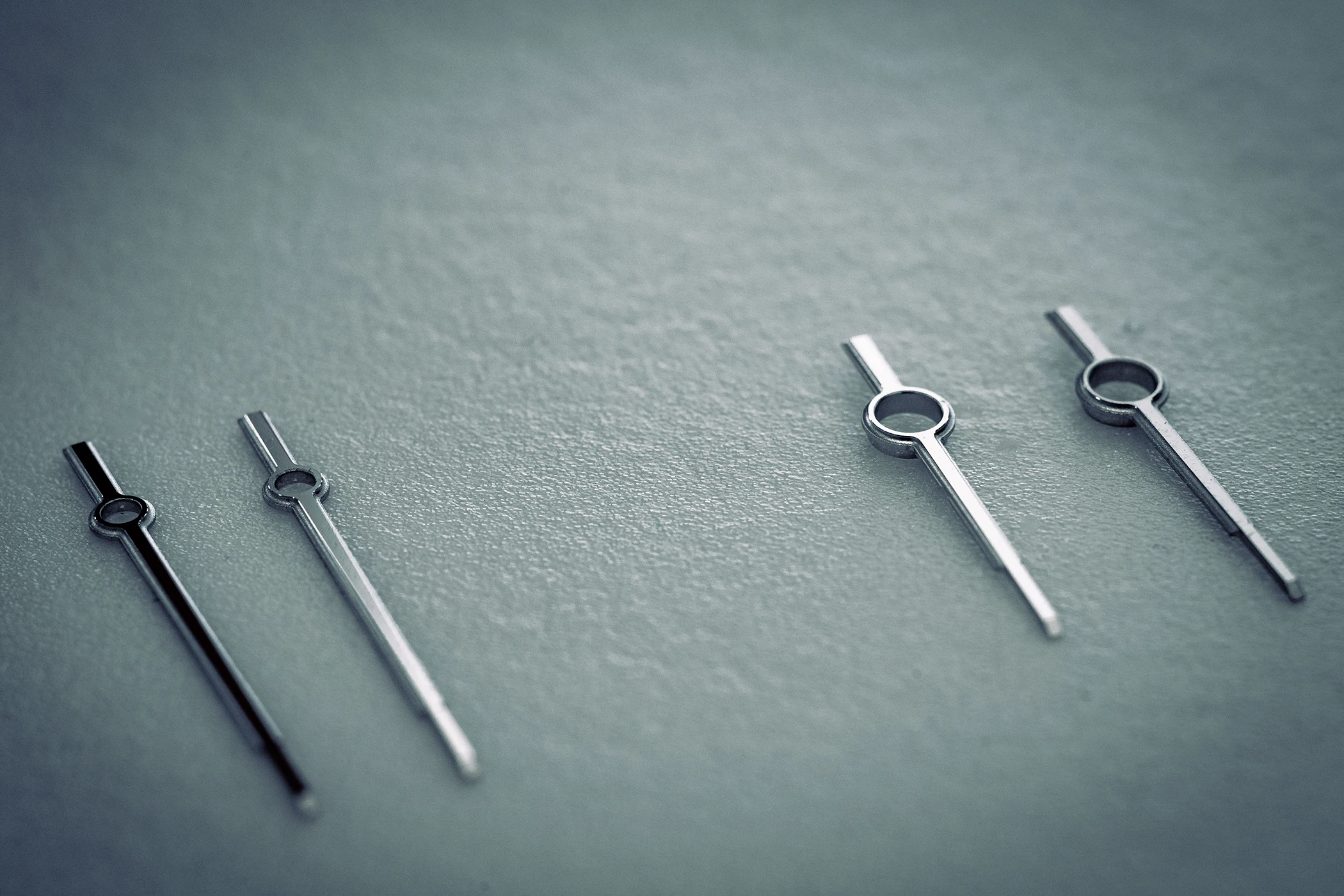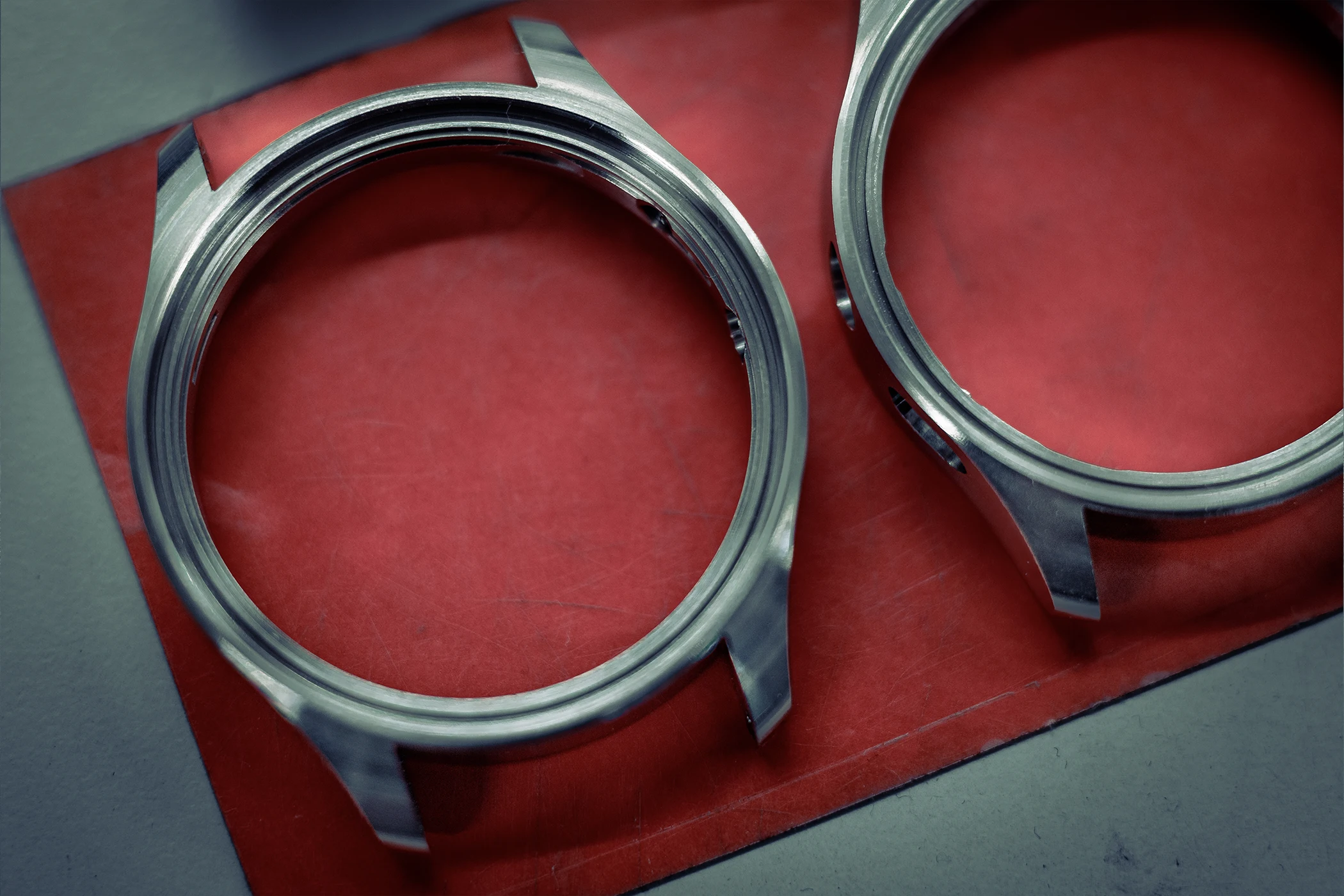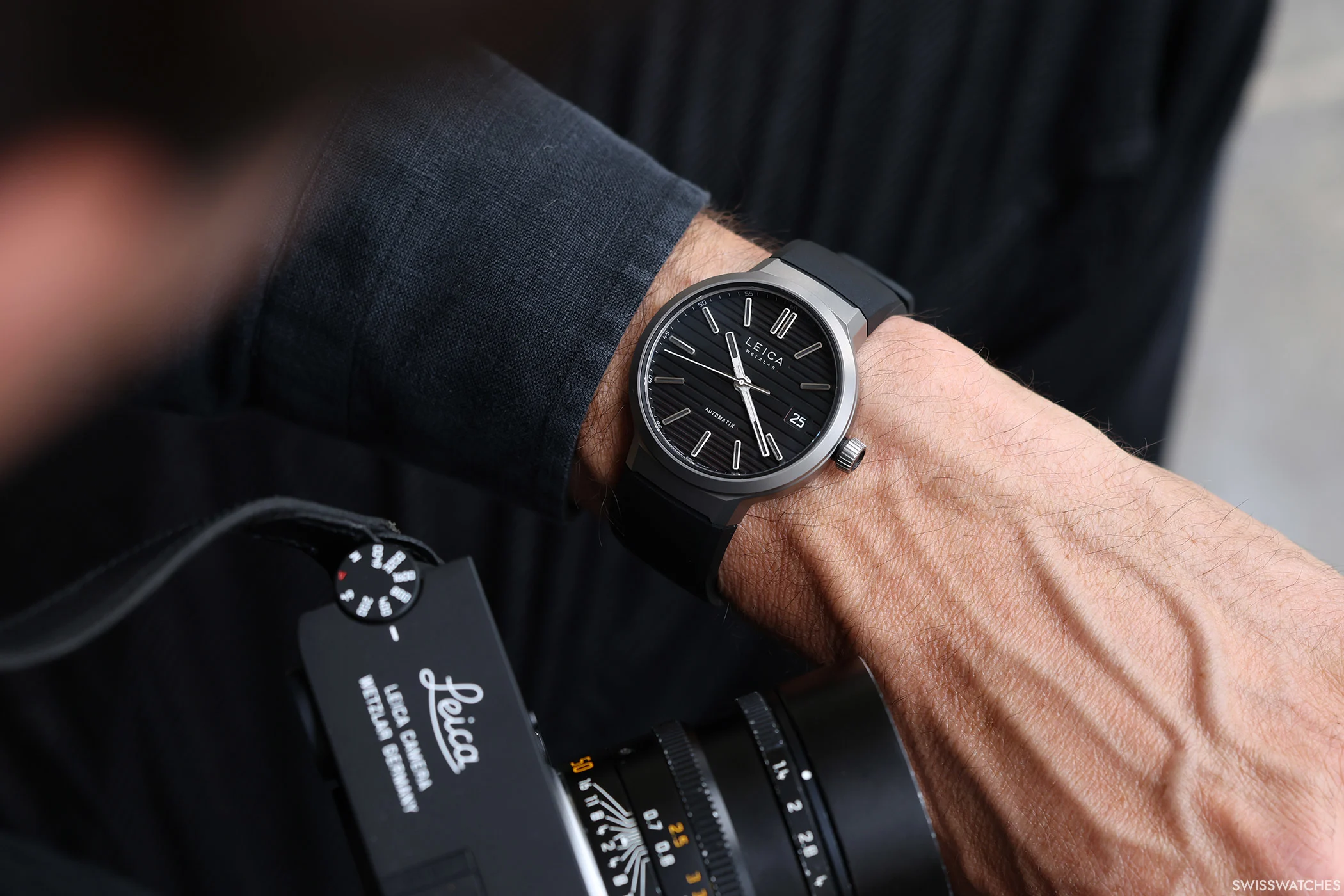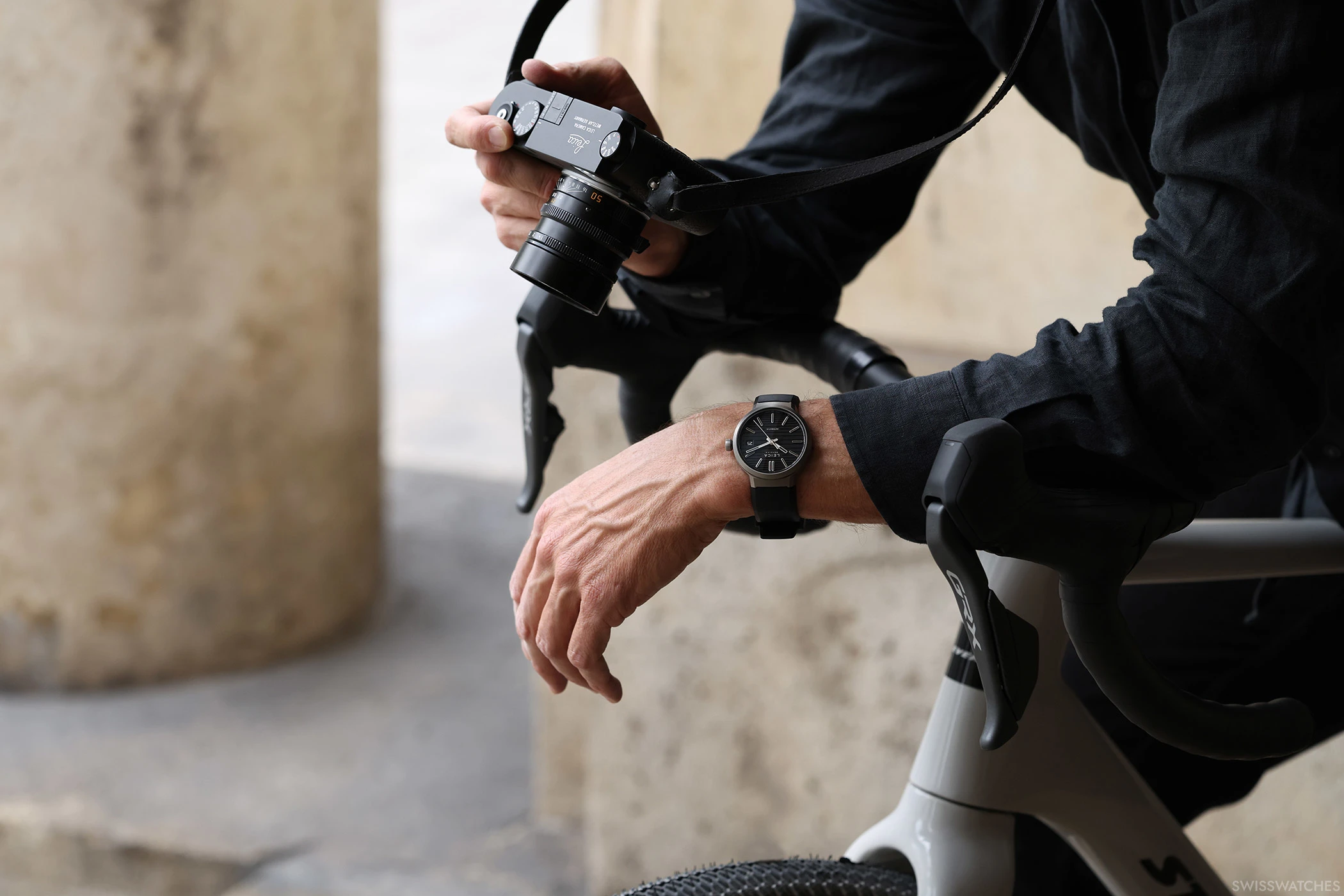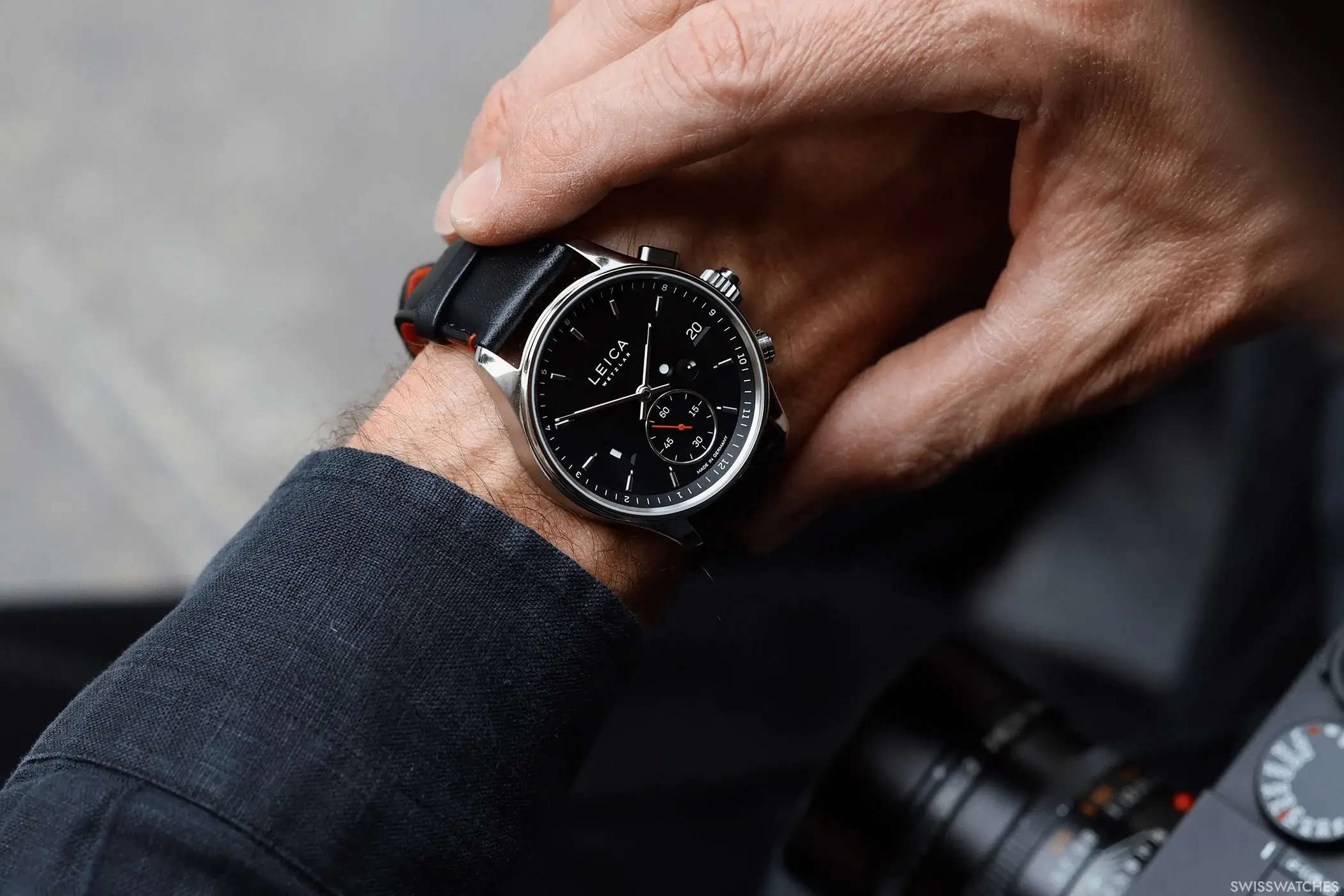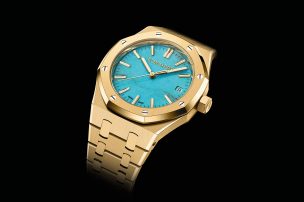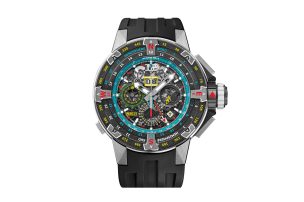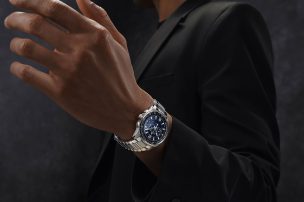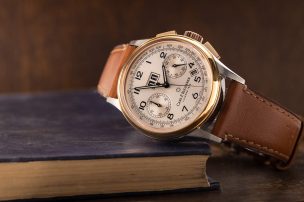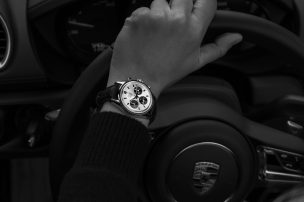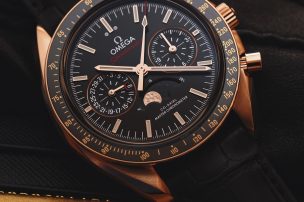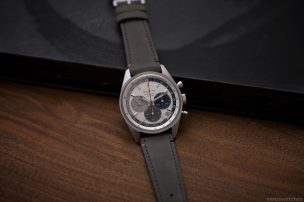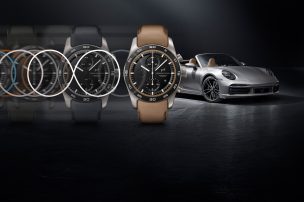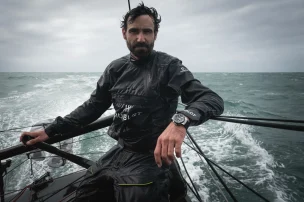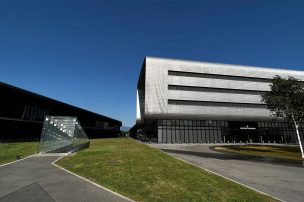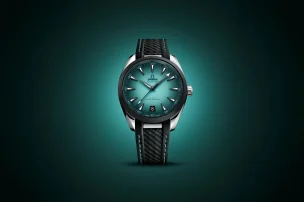
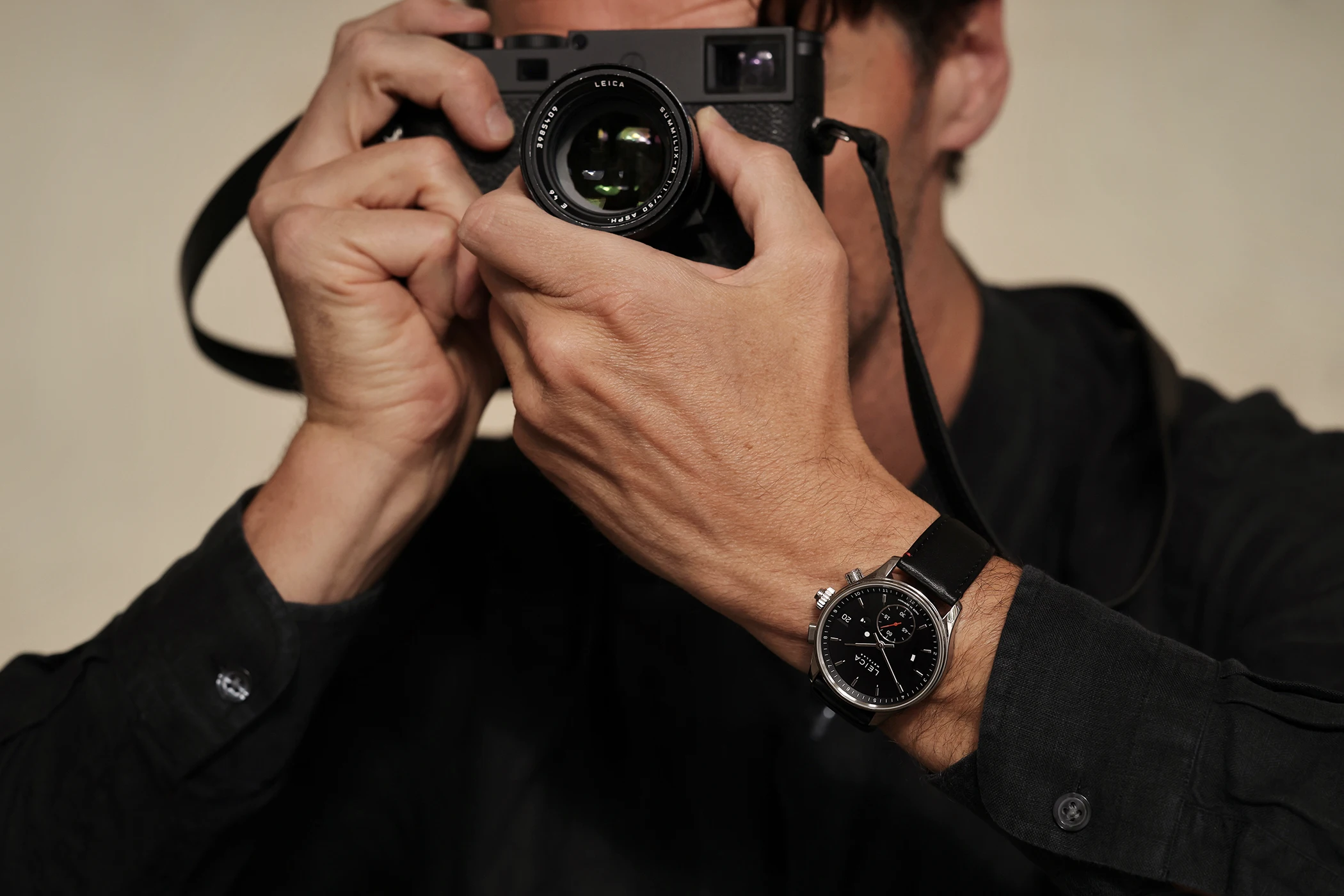
Leica Watches And How Every Leica Camera Holds a Piece of Swiss Watchmaking History
Leica, renowned for its outstanding role in modern photography, has been engaged in the development of its own mechanical watches for over a decade. The brand’s connection to watchmaking dates back to the 19th century, when company founder Ernst Leitz trained in the craft — a legacy that continues to shape Leica’s technical approach to this day. In 2022, Leica unveiled its first models featuring in-house manufactured components.
Montblanc, Hermès, Louis Vuitton – many luxury brands have now recognised the lucrative business of mechanical watches. Whether as a diversification strategy, a means of generating revenue, or simply a way to create lasting status symbols, each brand has its own reasons for producing luxury timepieces – and each has found its own path.
The rationale for the customer as to why a pen manufacturer or a luggage brand should be selling mechanical wristwatches isn’t always immediately apparent. But the success of these ventures often proves the brands right: people want to connect with strong, emotionally resonant names and are therefore happy to wear products from their favourite brand. Those with little connection to the history of watchmaking often try to compensate for their lack of credibility with multi-million investments in their own manufactories, aiming to charm collectors with unusual mechanisms.
Leica Watch Highlights
At first glance, the German camera manufacturer Leica seems to be following in the footsteps of other brands, and perhaps arriving rather late to the party. It wasn’t until the midst of the Covid pandemic in 2022 that the iconic camera brand presented its first mechanical timepieces. The hype around mechanical watches, which practically doubled in value overnight at one point, is long gone – the watch industry has returned to reality.
Anyone who hasn’t realised this by now is in for a harsh lesson: the watch business is a game that must be played across generations if one hopes to be taken seriously by true collectors. Yet, it is precisely Leica’s strategy as a latecomer that might prove more successful than that of many other luxury brands. This is also thanks to a few intriguing historical facts that could cast Leica in a different light among collectors. We went to see for ourselves, on site in Germany.
Raw Concrete and Bauhaus Dreams
I’m standing amidst raw concrete in the middle of nowhere. An hour’s drive from Frankfurt am Main and surrounded by fields of wheat: industrial buildings made of gleaming grey reinforced concrete – and I think to myself: it doesn’t get more German than this. The access roads are so clean you could eat off them, and the large concrete blocks stand out sharply in the summer sun with their geometric forms. In the distance, traffic hums along a German autobahn.
Last night, I had checked into the Vienna House by Wyndham Ernst Leitz Hotel, named after the company’s founder. Even the wallpaper in the room features design sketches of the first Leica, and the corridors are adorned with quotes from famous Leica photographers. One that particularly stays with me is from Constantine Manos: “It is easy to take good pictures, difficult to take very good ones and almost impossible to take great pictures.” How true, I think, and as I drift off to sleep, I read a line from Robert Frank: “The eye should learn to listen before it looks.” I resolve to begin the next day by listening – and then form my own view (nomen est omen) as to whether Leica not only makes outstanding cameras but also fine timepieces.
Leica – The Inventor of Modern Photography
Welcome to Leica, the camera manufacturer widely regarded as the inventor of modern photography – a company whose history is so extensively intertwined with modernity that, unfortunately, much of it must be skipped over here. For anyone unfamiliar with Leica and the influence a single brand and its products have had on our contemporary understanding of the world, a visit to at least one exhibition (online or ideally in Wetzlar) is essential. The exhibition 36 out of 100 says it all, even for the general public.
To mark Leica’s 100th anniversary in 2014, the archivists undertook the task of selecting just 36 photographs to represent 100 years of world history (a nod to the 36 exposures possible on a roll of 35mm film – for the digital natives among us). Over the decades, many renowned photographers have used the world’s first commercially successful 35mm camera to produce valuable historical documents. Whether it was Henri Cartier-Bresson, who bought his first Leica in 1932, or countless other legendary photographers – the crème de la crème of the photographic world has always worked with Leica cameras.
From the early black-and-white days to the era of colour, names like René Burri, Inge Morath, Marc Riboud, Elliott Erwitt, Robert Lebeck, Bruce Gilden and Martine Franck are music to the ears of photo enthusiasts like myself.
Iconic Images That Changed Our Understanding of the World
More than anything, this photo installation includes iconic images that have profoundly shaped our perception of world events. Among them is Robert Capa’s Falling Soldier from the Spanish Civil War, the famous portrait of Cuban revolutionary Ernesto ‘Che’ Guevara taken by Alberto Korda – the original of which I had the privilege of viewing in the archives. A true goosebump moment.
Unforgettable, too, is the image of the injured, fleeing girl Kim Phúc, taken during a napalm attack in the Vietnam War. The moment was captured with a Leica and arguably contributed to the war’s swifter end. Every era is represented; truly everything is here: the Hindenburg airship conquering the skies, Soviet troops entering Berlin, James Dean winning hearts, and Muhammad Ali’s fist captured in breath-taking black-and-white. Emotionally, it doesn’t get more powerful. It’s no wonder, then, that Leica fans often have such a deep connection to their cameras, and with the brand itself, as perhaps only a musician has with their instrument.
Priceless: A Brand Whose Ambassadors Are Icons
Speaking of which: this brand doesn’t need official ambassadors. Superstars come to Leica of their own accord. Last year, Wolfgang Niedecken, frontman of the German rock band BAP and a long-time Leica photographer, came to visit.
Two years ago, Andy Summers from The Police, who once played alongside Sting, came to Leica. Another passionate Leica user, he was even given his own exhibition at the museum. Last year, Bryan Adams unveiled a show of his own here.
He didn’t appear as a singer, but purely as a photographer – and signed copies of his photography books. Few people know that he has shot brand campaigns for companies such as Hugo Boss. His series Wounded, portraying US war veterans, was most recently on display in Berlin.
Leitz Park: A Swiss Watch CEOs Dream
Seemingly in the middle of nowhere, there’s a certain magic that visitors can feel in this place. It is a place brimming with creativity that has helped shape world history. My guide explains the understated architectural language: the first phase of the building complex known as Leitz Park was completed in 2014, followed later by the hotel where I spent the night.
Today, the entire site comprises 12,000 square metres of building space across a 35,000 square metre site. Many watch companies would envy such an experiential paradise, complete with its own manufacturing facilities. Incidentally, during the Cold War, the site was earmarked for a tank-washing facility, to be used in case of nuclear contamination. I’m relieved that history here is now only made in the form of the cameras that capture it.
Camera Details Hidden in the Architecture
The Frankfurt-based architectural firm Gruber Kleine Kraneburg designed the structures using elements as minimalist yet lovingly crafted as Leica cameras and their superb lenses. At times convex, at others concave, the concrete curves and flows around the volumes of the buildings. The architects were tasked with designing Leitz Park as a tribute to Leica’s products – and the exposed concrete architecture is steeped in the spirit of Bauhaus. In fact, Leica’s product design has followed the principles of this radical design and art movement for more than 70 years.
Cameras, Lenses, Binoculars – and More
From above, the company headquarters appears like a giant circular camera lens. The building to the left resembles the outline of an upside-down pair of binoculars – which is fitting, though few realise that binoculars are a long-standing part of Leica’s product range. Under the category ‘Sport Optics’, Leica not only offers binoculars but also rifle scopes. It’s important to note that Leica Camera AG does not produce any products for military use, but rather for sport shooters and hunters. Every detail is considered: the shapes of the headquarters building’s top two rows of windows echo the perforations on analogue film. To be precise, they resemble the sprocket holes that enable the film to advance.
Across from them, the large window of the Leica Museum with its panorama terrace unmistakably plays on the design of a Leica viewfinder. Downstairs in the Leica Store, it’s only 9 a.m., yet globetrotting guests from the US and Asia are already admiring cameras with price tags comparable to second-hand cars.
Are watches assembled here?
But where are the watches? They’re located in the building marked ‘Ernst Leitz Werkstätten’, which houses the Lifestyle Accessories business unit and whose managing director, Henrik Ekdahl, I’ll be meeting for lunch later (you can read our in-depth interview with him here). Further to the left, large steel doors lead into a vast photo studio. It’s used for events and workshops – primarily for Leica cameras, but increasingly also for smartphone photography. Watches are not currently assembled here – but high-end cameras certainly are.
The very fact that Leica still exists in the age of smartphones seems like a miracle.
The very fact that Leica still exists today is something of a miracle – especially in an age dominated by smartphones. Much of that is thanks to one man: Dr Andreas Kaufmann. In 2004, he acquired a majority stake in Leica Camera AG and has remained its principal shareholder for the past 21 years. Today, he still holds 55 per cent of the company. Leica may be a public limited company (AG), but it is not listed on the stock exchange. Highly profitable and in high demand, Leica’s other key investor is Blackstone, which currently owns 45 per cent of the company. Even Hermès once held a stake back in December 2000, acquiring 31.5 per cent of the shares and later increasing its holding to over 36 per cent. However, in 2006 they sold their shares to Dr Kaufmann.
From 90 Million Euros to 600 Million Euros in Revenue
At the turn of the millennium, Leica was in dire straits. Annual revenue stood at just 90 million euros, and the company had been operating at a loss for over two years. Uncertainty among staff was high, and no one knew what the future would hold. Today, Leica generates 600 million euros in revenue – but how did Mr Kaufmann achieve this? Despite his name – Kaufmann translates as ‘merchant’ in German – he is no businessman by training. He holds a doctorate in literary studies and originally worked as a teacher at a Waldorf school in Baden-Württemberg. A native German, he and his brothers inherited a significant family fortune – and it was in the midst of Leica’s greatest crisis that he stepped in and acquired the company.
A Teacher Turned Entrepreneur Turns Leica into a Globally Coveted Collector’s Brand
He completely transformed Leica, positioning it at the top of the camera industry’s product pyramid with its market-leading lenses, appealing to passionate hobbyists, artists, and street photographers alike – all while staying true to the company’s analogue roots. One in every five cameras produced here is still analogue, with thousands sold each year. And it’s not just professionals or artists buying them: in fact, 80 percent of Leica cameras are purchased by amateur photographers. The reason many Germans struggle to grasp the global cult surrounding Leica is quite simple: nine out of ten cameras are exported. The United States is a major market, I’m later told, but the fastest-growing demand comes from Asia – particularly China, Japan, and the so-called tiger economies such as Singapore and Thailand.
Leica Goes Digital – and Is Inside Many Smartphones
Across the Leica campus and offices, the digital transformation of the brand is evident everywhere. There is now an entire division dedicated to smartphones. Leica’s own camera app, Leica Lux, is available for Apple iPhones, using AI to emulate the signature characteristics of Leica lenses.
Leica has also acquired the Swedish start-up Fjorden, which develops camera grips for smartphones, originally designed for Leica. In Japan, a collaboration with Sharp has resulted in a dedicated Leica-branded smartphone – one that, at least in terms of appearance, could easily make iPhone users envious. And that’s not all: in China, the world’s third-largest smartphone manufacturer, Xiaomi, has partnered with Leica since 2022. Under a licensing agreement, Leica shares its expertise to enhance Xiaomi’s mobile camera systems.
Devices such as the flagship Xiaomi 15 Ultra proudly bear the red Leica dot and the label ‘Co-Engineered with Leica’, using the association as a mark of quality. The phone’s design even nods to classic Leica aesthetics. Leica has become a global leader in automated image enhancement, especially in areas such as image analysis – that is, how light travels through the lens and hits the sensor. Crucial to all this are two things: the optics and the software that translates what the lens sees into digital pixels.
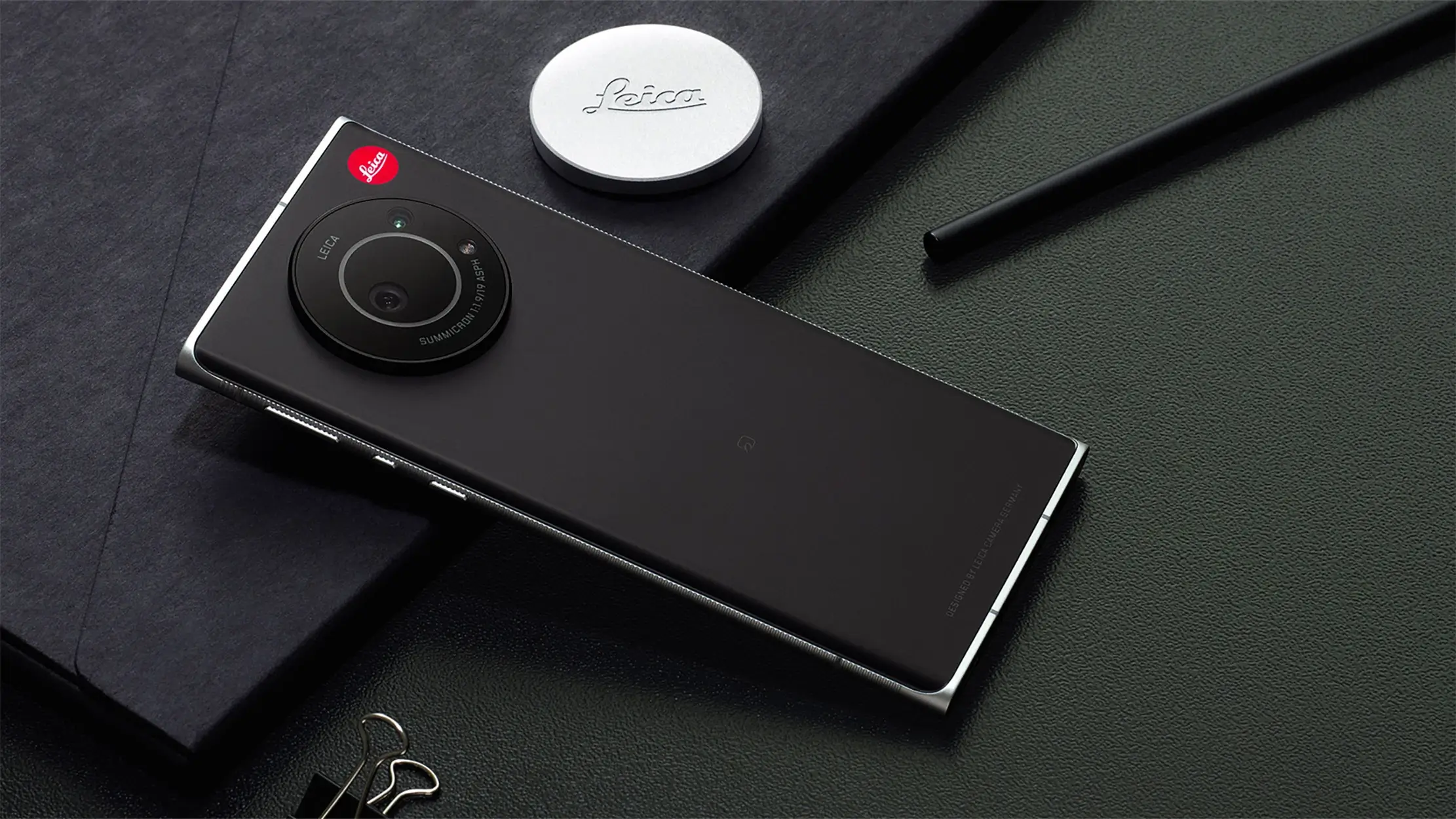
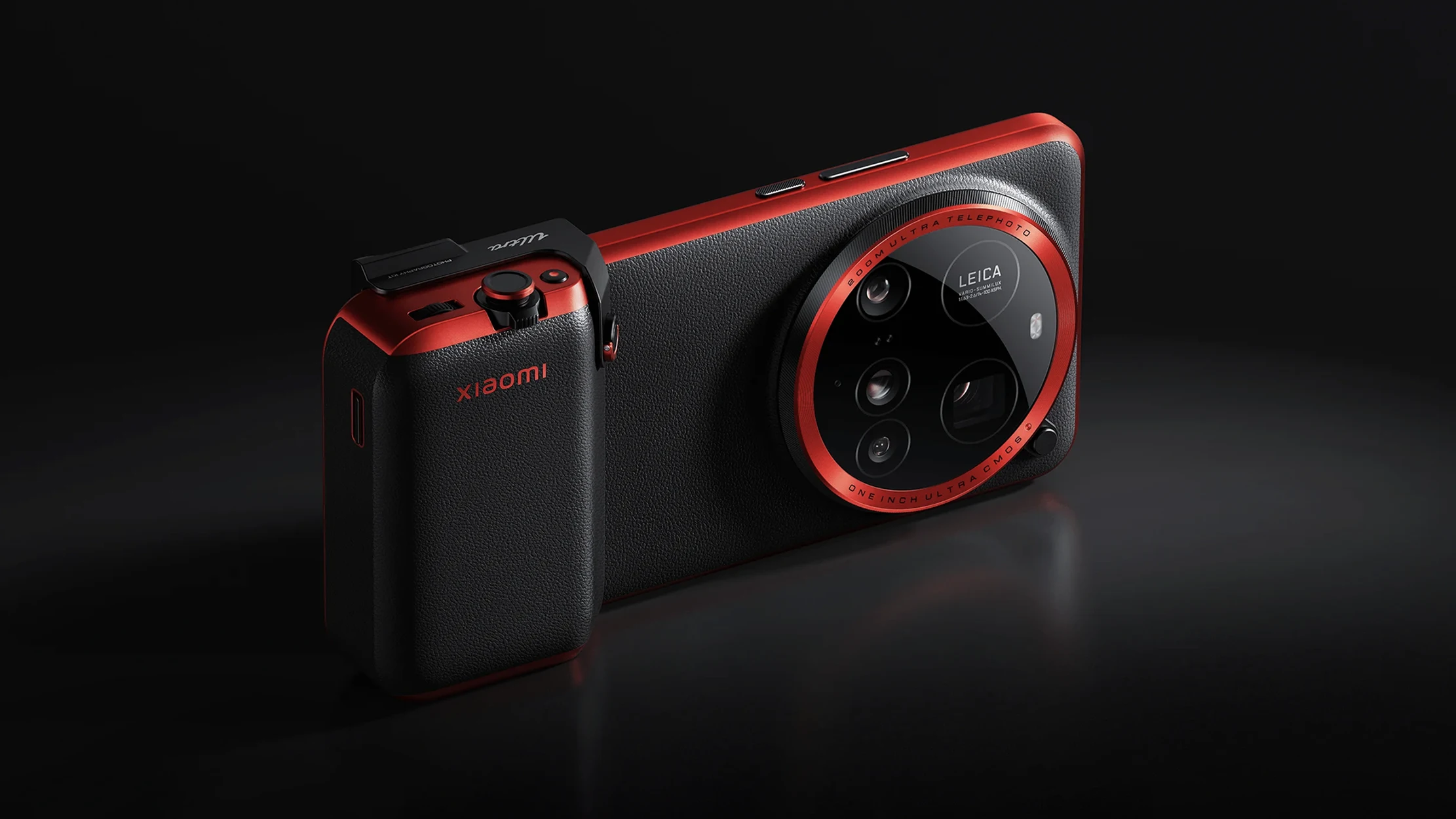
When It Comes to Leica, Things Are Done Properly
Why is all this worth knowing? Because Leica approaches everything it does with strategic precision. And its ambitions go well beyond digital photography. Alongside its foray into watchmaking – which we’ll come to shortly – Leica also launched ultra-short-throw projectors two years ago. These can be placed just 15 centimetres in front of a living room wall or screen, projecting images using Leica’s own laser technology and a Summilux lens. The device is manufactured in partnership with Chinese electronics firm Hisense and is available in screen sizes from 80 to 120 inches. Most recently, a portable version for mobile use has also hit the market.
A Manufacture made of Glass for Lens Production
Looking through the glass panels behind the exhibition rooms, which host rotating photography exhibitions year-round, it becomes immediately clear to any watch enthusiast just how much of a high-tech company Leica truly is, and how closely its manufacturing processes resemble those of mechanical watchmaking. Despite the advanced technology, much of the work here is still done by hand.
I watch an employee in a white lab coat and protective cap carefully trim the tip of a fine brush before painting the top and bottom edges of a glass lens black. It is a process known as ablackieren, which helps prevent internal reflections in the lens. Each year, Leica uses 10 tonnes of real optical glass to produce two types of lenses: spherical and aspherical. These are ground and refined on site. To keep its legendary lenses compact and lightweight, Leica places particular emphasis on the much more costly aspherical lenses – one of which can replace three spherical ones.
There’s no trace of mass production here: 60 employees are dedicated solely to handling individual lenses, components the customer will likely never even get to see inside the camera. It all recalls the meticulous finishing of movement parts in fine watchmaking – parts which, once assembled, will never again see the light of day, let alone be noticed by collectors. Optical engineering has been a core discipline at Leica for 150 years – initially in the production of microscopes, followed by binoculars, and eventually for the famous first Leica camera.
What Does Leica Actually Manufacture In-House?
Leica operates a second production site in Portugal, north of Porto, where the camera bodies are made. Each housing is milled from a solid block of aluminium, step by step. These semi-finished housings are then sent to Wetzlar for final assembly. Leica does not produce its own image sensors – nor, of course, any computer chips.
Leica’s domain is mechanical engineering, optics, and the harmonious interplay between all components. One thing becomes apparent very quickly: when you examine a finished Leica lens, which can easily cost over 10,000 euros and contain more than 170 individual parts, it doesn’t seem any less complex than a finely crafted watch movement or luxury watch case. The assembly of lenses is carried out in stages, just like watch movements in the horological world.
The lens components sit in black trays and are moved from station to station – either via a small conveyor belt or fetched manually by the technicians. 80 per cent of the assembly staff are women, a fact that mirrors the watch industry, where women often excel at precision tasks requiring the utmost care and dexterity. Across both Portugal and Wetzlar, 1,100 employees work in production.
You can also glimpse Leica’s third and newest business division through the showroom’s windows: Leica EyeCare. Just a few kilometres away is a brand-new production facility dedicated to premium plastic lenses for glasses, the material from which 90 per cent of all modern eyewear lenses are now made of.
One Window Is Covered: A New Leica Product?
Only one window remains deliberately obscured from view. A new camera product is clearly in development. A next-generation digital camera, perhaps? On social media, YouTube photography channels, and Leica-focused rumour sites, speculation is already rife.
This buzz itself is another strong indicator of the brand’s relevance and future potential, reminiscent of the rumour mill that surrounds new Apple product launches. Increasingly, these forums are openly speculating whether Leica might release its own smartphone for the European and US markets next year. In Japan, Leica already collaborates with Sharp under the name Leitz Phone 3. Yet so far, it’s only available there.
CPO at Leica – Parallels with the Watch Industry
My tour ends with a stop at the Classic Store, which is essentially a Leica Certified Pre-Owned outlet. Here, the team purchases historic Leica cameras from private individuals, carefully restores and cleans them, and then offers them for resale. The business is thriving, which is hardly surprising when a brand-new Leica camera can cost several thousand euros, and that’s without a lens. Leica’s transformation has been so successful in part because the company made a timely and deliberate move into the premium segment, alongside entering new, lucrative lines of business. The newest venture – mechanical watches – is now set to unite both.
How This Article Received Its Title
Before diving into the development story of Leica’s watchmaking, there are a few historical facts that must be mentioned as they directly inspired the title of this piece. Looking at the early life of Ernst Leitz I, the company’s founder, many watch collectors may be surprised to learn where he first developed his expertise in microscopy: at the age of just 20, in 1858, he travelled to Switzerland to train as a watchmaker. And not just anywhere: he trained under the renowned chronometer-maker Matthäus Hipp in Neuchâtel.
As Henrik Ekdahl later told me over lunch, it was there that Leitz learned the fundamentals of serial production and micromechanics. In 1870, he took over the Carl Kellner Institute and founded a company dedicated to producing microscopes.
The First Prototype of 1913 – A Revolution On Hold
You won’t find any microscopes in the Leica lobby today, but what you will find is a replica of the very first Leica camera prototype. The original Leica dates back to 1913 and was nicknamed ‘Liliput’. Behind its invention was visionary Leica engineer Oskar Barnack, who had actually been hired to improve Leica’s early film equipment. A passionate photographer, Barnack suffered from chronic asthma, which made carrying the bulky plate cameras of the time extremely difficult.
So he had a brilliant idea: to use cine film as photographic film. However, a roll of silent film was 20 metres long and, thus, far too long for a stills camera. Being a practical man, he simply used the span of his arms to determine how much of that film should be cut down.
This worked out at about 1.6 metres. When rolled up, it fit perfectly inside the camera he had constructed. Those 1.6 metres of film amounted to exactly 36 exposures. And so, the worldwide standard for 35mm film – still used by Kodak and others to this day – was born.
All that remained was a suitable lens system that could turn the tiny negatives into proper photographs using an enlarger. The original Leica had a focal length of 42 millimetres, quite unusual at the time, but this happened to match the diagonal of the first 24 x 36 millimetres film frame. The camera’s rounded edges reflected the shape and mechanics of the film itself – spooled off one side and rewound onto the other.
As with Watches, Good Things Take Time: 11 Years Later
The first production model, the Leica 1A, sits right next to the original prototype and dates from 1925, eleven years after the prototype had been completed. The delay wasn’t due to huge technical leaps, but rather to the First World War, followed by a severe economic crisis and a period of hyperinflation in Germany. The product launch was postponed by several years. The decision to go ahead with production is documented: on 16 June 1924, during lunch at the family firm, Ernst Leitz II, son of Ernst Leitz, made the call: ‘We’ll take the risk.’ The camera was priced at 280 Reichsmarks, an equivalent at the time to two to three months’ wages for a well-trained skilled worker.
Overnight Photographic Success
The rest is history. The first Leica caused a sensation almost overnight – especially among journalists, who suddenly had a tool that enabled them to capture events as they unfolded, without missing the decisive moment. The truly visionary aspect of Barnack’s invention lies in the fact that one could make enlargements from a tiny 24 x 36 millimetres negative without loss of quality. Newspaper publishers, the fastest form of mass media (radio had only just been invented) at the time, were thrilled: they could now adapt photographs taken the previous day to fit the layout of their publications. The Leica camera changed the world.
Every Analogue Camera Is a Timekeeping Device
So, what has all this got to do with wristwatches? For that, it’s worth taking a closer look at the mechanics of the M6, the company’s flagship analogue camera. Open the case, and even a layperson will instantly recognise the connection between watchmaking and camera engineering. It’s not just visible, it’s audible, too: that mechanical click when the shutter is set to one second, allowing light to hit the film for exactly one second through the lens.
Getting the picture? Henrik Ekdahl is absolutely right when he says: ‘An analogue camera measures precisely one second, even down to exposure times of 1/1000th of a second. It’s not a watch, but it’s an extremely accurate timekeeping device.’ Every mechanical Leica ever made includes bridges, gears, and of course a mainspring to tension the shutter – just like in a mechanical watch. Every mechanical Leica camera is a timekeeper.
It’s a thought worth pausing on: Leica doesn’t just build luxury watches as a means of diversification – it’s offering its global fanbase a symbolic bridge back to the origins of photography. Without the foundational principles of precision mechanics – reliable springs, bridges, and levers, just like those still used in mechanical watches today – neither Oskar Barnack nor Ernst Leitz could have developed the first mass-produced 35 millimetre camera in the world.
Since When Has Leica Made Watches?
All the more intriguing, then, to explore in this second half how Leica approached the subject of wristwatches. To understand this, one must speak with Andreas Kaufmann, majority shareholder and Chairman of the Supervisory Board of Leica Camera AG. One thing is certain: without him, Leica would no longer exist today as a German manufacturer – and more to the point, there would be no Leica Watches. He is the driving force behind the Leica Watch division.
The First Leica Watches Date Back to the 1980s
Very few people are aware of what Kaufmann knows about the development of the first mechanical Leica watches. The history of Leica watches stretches much further back than is commonly believed. ‘Leica has experimented with watches on several occasions over the past 20 years,’ he reveals. There was already a Leica watch produced in the 1980s and 1990s, equipped with the ETA 7750 automatic chronograph movement, some of which were sold as part of special sets alongside select Leica cameras.
He explains: ‘The real catalyst for developing our own Leica Watch was a model we introduced when we moved into the newly built Leitz Park.’ This watch was developed in 2013 and 2014 in collaboration with a company called Valbray. Never heard of Valbray? On the occasion of Leica’s 100th anniversary in photography, the small independent watchmaker from Lausanne created a limited special edition, the Valbray EL1 Chronograph. The watch was limited to 100 pieces and featured an engraving on the caseback that read ‘100 Years of Leica Photography’, alongside the Leica logo.
A Watch with a Real Aperture Like a Camera Lens
The EL1 Chronograph stood out thanks to a special mechanical ‘aperture’ that concealed the dial and could be opened using a rotating bezel. This ‘aperture’ consisted of 16 individual blades, with an internal diameter of 45 millimetres. When fully opened, the blades were no longer visible – just like in a camera lens – revealing an unobstructed view of the chronograph functions beneath. However, even when the ‘aperture’ was shut, the hours, minutes, and stopwatch function remained legible.
The Leica CEO Is Also a Watch Enthusiast
The initiative for the collaboration came from the then CEO of Leica Camera, Alfred Schopf, who is also a fan of mechanical watches. It’s worth noting: at Leica, a passion for mechanics has run through the company’s leadership for decades. It was Schopf who established contact with Côme de Valbray, the founder of Valbray, who in turn was an avid Leica photographer and had been using Leica cameras for many years.
Together, they laid the foundation for the production of the limited Valbray EL1 Chronograph, created for Leica’s 100th anniversary. This chronograph was released in two versions: 50 pieces in titanium and 50 in black DLC coating. In 2014, the Valbray EL1 Chronograph was priced at 17,990 euros.
The Valbray Chronograph Was Only the Beginning
For Andreas Kaufmann, the Valbray watches were the decisive factor. And just like Ernst Leitz once said when it came to building the first Leica camera, Kaufmann thought: ‘We have to do this ourselves.’ That decision marked the green light for one of the most ambitious German watch developments of the last decade: ‘We teamed up with long-time Leica designer Professor Achim Heine from Düsseldorf to explore a key question: “What should a Leica watch actually look like?”’
As any good entrepreneur would, Kaufmann sought out seasoned professionals from the watchmaking world. He connected with Reinhard Meis, the former head of development at A. Lange & Söhne (and author of a well-known book on the brand). A contract was signed with Meis for the development of Leica’s own movement. For those in the know: Meis was the right-hand man of Günter Blümlein, the man credited with reviving A. Lange & Söhne and bringing it back to Saxony.
The Former Chief Developer of A. Lange & Söhne Joins the Project
It was Reinhard Meis who devised the technical hallmarks of the ZM 1 and ZM 2 – and it speaks volumes for Leica’s stature that someone of his reputation was involved. One key innovation: a patented pusher crown, enabling precise time-setting. But who would manufacture the movement? In Germany, all true watch manufactures are either owned by major Swiss groups like Richemont or the Swatch Group, or are independently run, like Nomos.
However, there are still specialists with the right capabilities. Kaufmann eventually, and not by coincidence, contacted the Lehmann company in the Black Forest. Its founder had not only previously built precision machinery for Leica’s camera production but had also, driven by personal passion, established his own small-scale watchmaking operation. Just how complex that production is will be explained further below.
A Team of Watch Experts Develops the Leica Zeitmesser 1 and 2
Back to the origins of the first Leica timepiece – the name chosen for the watches, with ZM standing for Zeitmesser, the German word for ‘timepiece’. Working alongside renowned Swiss watchmaker Andreas Strehler, the technical groundwork laid by Meis was further refined. A former executive from Audemars Piguet also joined the management team. Crucially, the development team behind Leica’s first in-house watches was comprised of true professionals – experts and insiders from the highest echelons of the watchmaking world.
A Development Team Pushing the Limits
The team quickly became enthusiastic about going beyond the original brief. Markus Lehmann and Andreas Strehlerwere determined to raise the bar even higher for a name like Leica. Additional innovations were introduced under the banner of German Engineering, beyond the patented pusher crown. For instance, the Leica watches were equipped with a novel rapid date adjustment mechanism – a response to Dr Kaufmann’s long-standing frustration with the fiddly date settings on many Swiss watches.
German Engineering for Leica’s First Watches
Naturally, this increased the overall complexity of the project. It took considerable time before Dr Kaufmann was satisfied and gave the go-ahead for production. As any watch collector knows, the devil is in the details: ‘We spent a year and a half refining the proportions, fighting over tenths of millimetres.’
Just How Authentic Are Leica Watches?
By autumn 2021, the moment finally came. The project had already spanned more than five years – understandable, considering that the ZM 1 and ZM 2 were to be fitted with entirely bespoke movements. However, the world was still in the midst of a pandemic. Despite this, Leica went ahead and the first models sold out during the pandemic, with waiting lists forming. The watches were officially unveiled to the public in spring 2022.
Looking at the first two models, it’s immediately clear they were the work of a professional. That professional is Achim Heine. He is a designer and professor of design who knows the Leica products inside and out, having designed several Leica cameras. The surprising detail? He had never designed a watch before. Yet this may have been an advantage. Perhaps that’s why so many Leica camera and lens design elements found their way into these watches: the cut-outs on the dial, the power reserve indicator, and even the rounded lugs viewed from the side – all these features reflect the unmistakable Leica spirit.
Impressive: A True Manufacture Watch as a Debut
Design is one thing, creating an in-house movement is quite another. The Lehmann company not only produces the movement, but also the case and the dial, including the indices. Aside from the leather strap and the crystal, everything is made in Germany. Naturally, when it comes to an optical specialist like Leica, the question quickly arises as to whether they produce their own domed watch glass.
However, as Leica’s chief watchmaker convincingly explained to me, they had thoroughly tested the idea of manufacturing their own watch glass. But since lens glass is fundamentally mineral glass, it is not suitable for the daily demands of a 100-metre water-resistant wristwatch. Likewise, the complex coatings used on camera lenses cannot be applied to wristwatches, as they are based on entirely different technologies.
Hand-Wound Watches with Two Patents
The first two Leica watches in the ZM series are, in their own way, truly unique, They hold their own even in a highly developed market. In fact, as a first release, they’re remarkably impressive. Both models are equipped with hand-wound movements offering a 60-hour power reserve. Managing Director Ekdahl explains why they chose manual winding: ‘Anyone who wears a hand-wound watch develops a deeper connection to its mechanism, because the interaction is more involved than with an automatic model.’
Convincing: The Patented Pusher Crown
The patented pusher crown, marked with Leica’s signature red dot, stops the movement of both stainless steel models with a single press and resets the small seconds hand to zero, allowing for precise time setting to the second. Leica celebrates this simple yet effective alternative method of setting the time – and it’s a patented innovation. The Leica ZM 2 also features a GMT function, operated via an outer rotatable 12-hour ring, allowing the wearer to read two time zones with a single set of hands, aided by an integrated day/night indicator.
Many Elements of the ZM 1 and ZM 2 Were Inspired by Leica’s Mechanical Cameras
Another patented feature, the power reserve indicator, is a visual highlight: it opens and closes from both sides like the shutter curtain of an analogue camera. The side profile of the watch with its prominently domed glass and unusually rounded lugs is clearly reminiscent of a top-down view of a Leica camera. But it also has a practical benefit: even wearers with smaller wrists, like the author, can comfortably wear the relatively large 41-millimetre case. The caseback is completely recessed into the body – like a Leica lens with a screw mount.
The entire case is screwed together on both sides, including the bezel, which is secured from above. The milled knurling on the crown is a deliberate nod to Leica camera controls. As with those cameras, each control element is intuitively tactile, with different textures making them easily distinguishable by feel. Water resistance is rated at 5 bar, which, considering the number of pushers and moving parts, is entirely reasonable and more than sufficient for everyday use.
Between 20 and 50 units of the Leica ZM 1 and ZM 2 models are currently produced per month at Lehmann Praezision
The Movement’s Impressive Leica Aesthetic
Leica has done an exceptionally job with the movement: it was a conscious decision to forgo traditional decorative finishes in favour of sandblasting combined with brushed edges and rhodium plating, creating the white-silver industrial look that is also characteristic of Leica cameras. Perhaps a minor criticism: the indices on the hand-wound watches do not feature any luminescent material.
The mechanism of the pusher crown operates via a locking differential. When pressed, the small seconds hand immediately jumps back to zero, and a red marker appears, signalling that the watch has stopped, allowing the wearer to set the time at leisure. Pressing the crown again restarts the movement, and the watch can then be wound in the usual way.
A specially shaped pusher at 2 o’clock allows for rapid date adjustment. On the ZM 2, an additional crown at 4 o’clock is used to adjust the home time on an internal rotating ring. As this is a 12-hour display, a small day/night indicator rotates with it to show whether the home time is during the day or night. The Leica ZM 1 and ZM 2 are priced from 9,950 euros and 13,750 euros respectively.
Leica Goes Black: The Leica ZM Monochrom
In 2023, Leica released the M11 Monochrom, a special digital camera dedicated exclusively to producing high-quality black-and-white photos. Alongside this, Leica introduced its first black watch, a monochrome version, available in both ZM 1 and ZM 2 models, featuring a black PVD-coated case. Milanese mesh straps with safety folding clasps are optional. Even the logo is printed in a grey tone on black to emphasise the minimalist aesthetic. For me, this represents the purest form of wearing a Leica watch to date.
Beneath the anti-reflective, domed sapphire crystal lie black rhodium-plated, diamond-cut, and sandblasted indices and hands. These sit on a dial cut from a solid block of high-strength aluminium, including the feet, to increase shock resistance. Furthermore, the strap of the Monochrom edition matches the surface texture of the grip on the M11 Monochrom camera. It is made of thick, grained black calf leather with a special cut edge, hand-stitched for durability. These watches are not limited editions and are priced at 11,550 euros for the ZM 1 Monochrom and 15,450 euros for the ZM 2 Monochrom. They are also available with a black stainless steel Milanese bracelet for an additional 390 euros.
Limited Edition Leica in Gold and Titanium
In the same year, November saw the release of the first limited-edition Leica watch: the ZM 1 Gold Limited Edition, the very watch Dr Kaufmann wears in interviews. The case is not solid gold but is made of two materials: 18-carat 4N gold and a high-strength grade 5 titanium body.
This watch pays homage to the first Leica camera in gold, the Leica I Model A Luxus, introduced in 1929. Essentially, it is a titanium container with titanium pushers and crown, onto which gold side panels are screwed.
The 50 gold watches, priced at 27,500 euros each, sold out quickly. Currently, these watches are sold online and at approximately 55 Leica stores in major cities worldwide. Distribution through luxury jewellers is currently being developed.
2023: The Second Watch Line, in Collaboration with a Swiss Movement Specialist
Following the ZM 1 and ZM 2, Leica introduced the ZM 11 (2023) and ZM 12, in February 2025. Not only do they look completely different, but they also feature automatic movements and are the first Leica watches to do so. The Leica boutique calibre LA-3001, developed in partnership with Swiss watchmaker Chronode, boasts an accuracy of -4/+6 seconds per day and is tested in five positions.
This finely finished movement features a ruthenium-coated winding rotor and offers a 60-hour power reserve. The alternation of sandblasted, brushed and polished surface treatments once again evokes the aesthetic of Leica cameras. Leica offers these watches in titanium or stainless steel cases, both water-resistant to 100 metres.
100 Per-Cent Swiss Made in the Second Watch Line
Remarkably, these watches are entirely manufactured in Switzerland. From the outset, this series followed a completely different concept: it is not inspired by cameras or lenses, but by the camera’s product itself: the photographs. The focus is more on the play of light and shadow and reflections on surfaces, in other words, the design.
The highlight of the watches, aside from the fully integrated lugs, is clearly the dial by designer Marcus Eilinger, who has worked for IWC and Moser. The dial resembles a venetian blind filtering sunlight. It is constructed in two layers, riveted, and in some editions, painted in different colours. This gives the watches an extraordinary depth, which is difficult to capture in photographs.
The Basis: A Movement from Chronode
The movement is based on a Chronode calibre, exclusively modified and further developed for Leica, including redesigned bridges, central seconds, and complete movement coating. The effort involved is considerable, especially considering the original Chronode calibre. It is important to note that Chronode manufactures only the movements, not the cases or dials as Lehmann does for the hand-wound watches.
These movements are the result of a collaboration with Chronode SA and its founder Jean-François Mojon, an absolute expert in high-precision mechanical movements. Mojon specialises mainly in the research and development of specialised movements, modules and complications. He has developed famous complicated watches for various brands: the Opus X for Harry Winston, the Legacy Machine No.1 for MB&F, and the HYT H1.
Movements for Czapek, Trilobe, and Urban Jürgensen also come from his company. It will be interesting to see what else might come of this collaboration in the future.
Swiss Made, Made in Germany? Made by Leica!
The strategy of manufacturing a hand-wound movement and an entire watch in Germany, while producing the automatic movement in Switzerland, highlights a dilemma faced by almost every German watchmaker: unless you’re A. Lange & Söhne, it’s difficult to produce a luxury model at an affordable price in Germany. Strange as it may sound to some, it’s considerably cheaper to do so in Switzerland.
Another reason for partnering with Chronode and numerous Swiss suppliers is the expected larger production volumes as Lehmann’s manufacturing capacity is simply limited. Leica Watch’s head, Ekdahl, intends to emphasise ‘Made by Leica’ more in the future, much like with their cameras, where they use the best components available in each segment, such as sensors or computer chips.
Leica Watches: Just Like a Chronometer
Speaking of quality, all Leica watch movements meet chronometer standards, even though the company doesn’t particularly highlight or certify this: the automatic models ZM 11 and ZM 12 have a deviation of minus 4 to plus 6 seconds per day, while the hand-wound watches are even more precise, ranging from 0 to plus 6 seconds.
The Caseback Is a Visual Treat: ZM 11 and ZM 12 with Quick-Release Strap System
Turning over the automatic watches, which have a design that clearly takes some getting used to for Swiss watches, reveals the design philosophy behind these models: the technical details reminiscent of Leica cameras are rather discreetly incorporated. One particularly exciting feature is the in-house developed quick-release strap system: by pressing two release buttons marked with red dots, the straps can be detached from the case, similar to the bayonet mount on Leica lenses.
New Models and a Reduced Diameter
In spring 2025, Leica not only launched the ZM and ZM 2 Urban Green, featuring a charming dark green gradient dial paired with a stainless steel Milanese bracelet with a safety clasp. The ZM 1 in this variant is priced at 10,800 euros, while the ZM 2 from the series costs 14,600 euros.
The latest Leica watches are the ZM 12 range, which have a reduced case diameter, shrinking from 41 millimetres to 39 millimetres. The Leica ZM 12 Steel Silver Grey, ZM 12 Steel Olive Black, and ZM 12 Titanium Chocolate Black have been available worldwide in selected Leica stores since late February 2025, but especially through the Leica online store (indeed, all Leica models can be purchased online). The Leica ZM 12 Steel Blue Orange, available since April 2025, quickly became the brand’s bestseller. Its recommended retail price is 6,650 euros.
How a Camera Component Manufacturer Became Leica’s Watch Movement Maker
Finally, a brief insight into the production of the ZM 1 and ZM 2 watches, which deserves a closer look: Markus Lehmann shared in several interviews that as a child he was denied the chance to become a watchmaker, his dream profession. However, this did not stop him from building a 20-year career as a precision machinery engineer in the Swiss watch industry.
Eventually, he returned to his homeland in the Black Forest and founded his own company. Today, Lehmann Präzision is a supplier of complex precision mechanical assemblies for various industries, as well as complete machine tools. Markus Lehmann realised his childhood dream well over a decade before the first Leica watch emerged from his production: since 2011, the Lehmann watch manufactory in the heart of the Black Forest has been crafting mechanical wristwatches. The collection comprises eight model families.
Approaching the subject with German thoroughness, Lehmann drew on his 20 years of experience in the watch industry. He was also supported in the design of his watches by Andreas Strehler, a respected Swiss AHCI watchmaker, who brought his long-standing expertise to Lehmann Präzision’s development team. Lehmann produces only in-house developed watches and movements, which was ideal for Leica. Dual-time mechanisms, pointer date, window date, power reserve indicators – all developments are produced in-house.
Lehmann Präzision’s headquarters have been producing specialised turning and milling machines for the watch industry for many years. It is on such machines that the plates, bridges, and other tiny parts for the high-quality movements of the first Leica watches are manufactured in-house. Cases, dials, and clasps are also produced entirely within the company.
The Height of Manufacture: Lehmann Präzision’s Roots
All ébauche components such as bridges, cocks, and plates are turned, milled, ground, and polished in-house. Particularly noteworthy are the highly precise engravings found on the movement parts and the dials. Most of the components produced undergo elaborate electroplating in a galvanic facility set up in 2019.Markus Lehmann notes: ‘The manufacture of watch parts is carried out to a freehand tolerance of plus or minus one-hundredth of a millimetre.’ Lehmann also masters polissage and finissage, which are clearly visible in the finishing of the Leica watches.
The Crowning Achievement: An In-House Dial Manufacture
The dial makes up 80 per cent of the visible surface of a watch. Many Swiss manufactures still rely on suppliers for this key component. Not so at Lehmann. Here, everything is done independently thanks to an in-house dial manufactory.
Lehmann produces the dial entirely from raw blank to completed component. The prepared blanks are turned and milled on Lehmann’s own machines, which are specifically designed for intricate engraving work.
In the same facility, bridges and other tiny movement parts are coated in galvanic baths. The dials of the Leica ZM 1 and ZM 2 are milled from a solid block of aluminium until only the tiny support posts remain. The resulting milled surface retains a beautiful granular texture, which is then lacquered. The indices are also diamond-cut from solid blocks, giving them their sharply defined, ultra-precise appearance.
A Complex Project but Leica Has the Staying Power
A quote from Leica’s majority shareholder and company saviour speaks volumes about the effort it took to bring a watch line to market that meets Leica’s standards. Dr Andreas Kaufmann reflects on the Leica watch project: ‘The good thing was, we didn’t know how complicated it would be at the beginning.’This is a sentiment shared by many seasoned entrepreneurs around the world who set out to build a successful watch brand out of passion.
Swisswatches responds: All the better that you followed through, Dr Kaufmann because future collectors will speak of stories like yours, and the exceptional craftsmanship will still be evident in each timepiece decades from now.
It’s Far Too Early for a Final Verdict
Attempting to offer a definitive assessment of Leica watches at this stage would be premature. This is still a very small startup that must first prove itself to jewellers and watch connoisseurs across the globe. On Chrono24, there is currently only one Leica watch listed: a ZM 1 from a Swiss owner, and it’s priced at 1,000 euros above the current retail price. That alone bodes well.
A Genuine Story and Timepieces that Deserve Respect
That these watches will resonate with Leica camera fans is, in Swisswatches’ view, beyond doubt. The story of a company founded by a trained watchmaker is authentic, and the execution with in-house movements and complications in the first models commands great respect. As Managing Director Henrik Ekdahl, who previously spent 17 years leading sales at IWC in Northern and Eastern Europe, said: ‘Successful watch brands evolve, not revolutionise.’
And he’s right. The foundations have been laid for Leica to evolve from a cult brand for photographers into a cult brand for watch enthusiasts. Supporting this are Leica’s many fans among watch collectors, including Swisswatches’ friend Kristian Haagen, himself a respected watch expert, who recently made an appearance for Leica in Munich and whom I’ve personally never seen without a Leica camera in hand.
Despite years of effort, Supervisory Board Chairman Dr Andreas Kaufmann is visibly proud of the project today: ‘With the new watches, we’ve made it very clear that Leica watches are no flash in the pan. We will be part of this industry for at least the next 30 years.’Finally, someone who gets it.
This is about generations, not just reaching profitability within a few years. But that hardly needs explaining to a company that has already survived three near-extinction events: first in the 1980s against Japanese competition, then the rapid digitalisation of the camera market, and finally the game-changer that was the smartphone.
